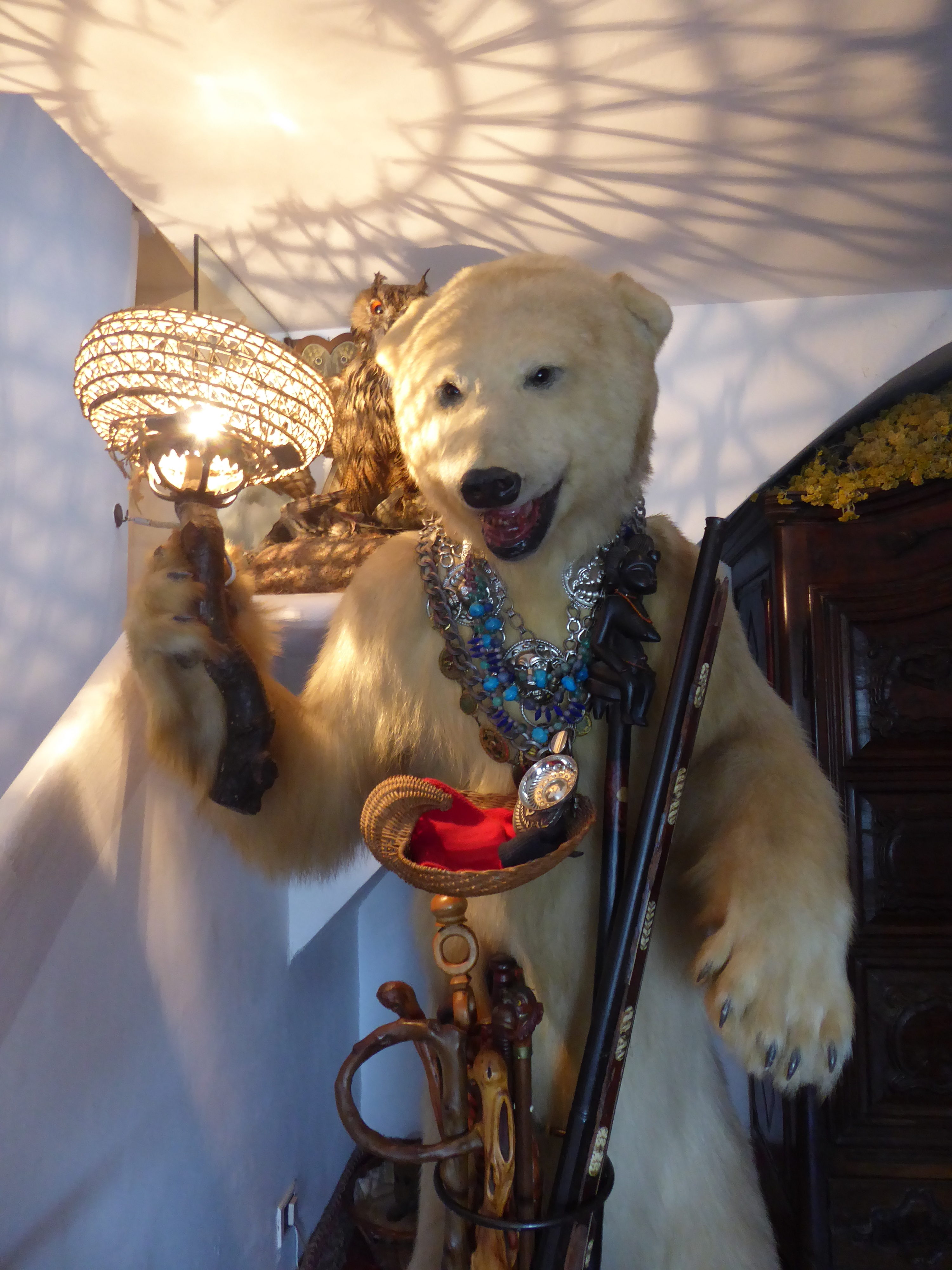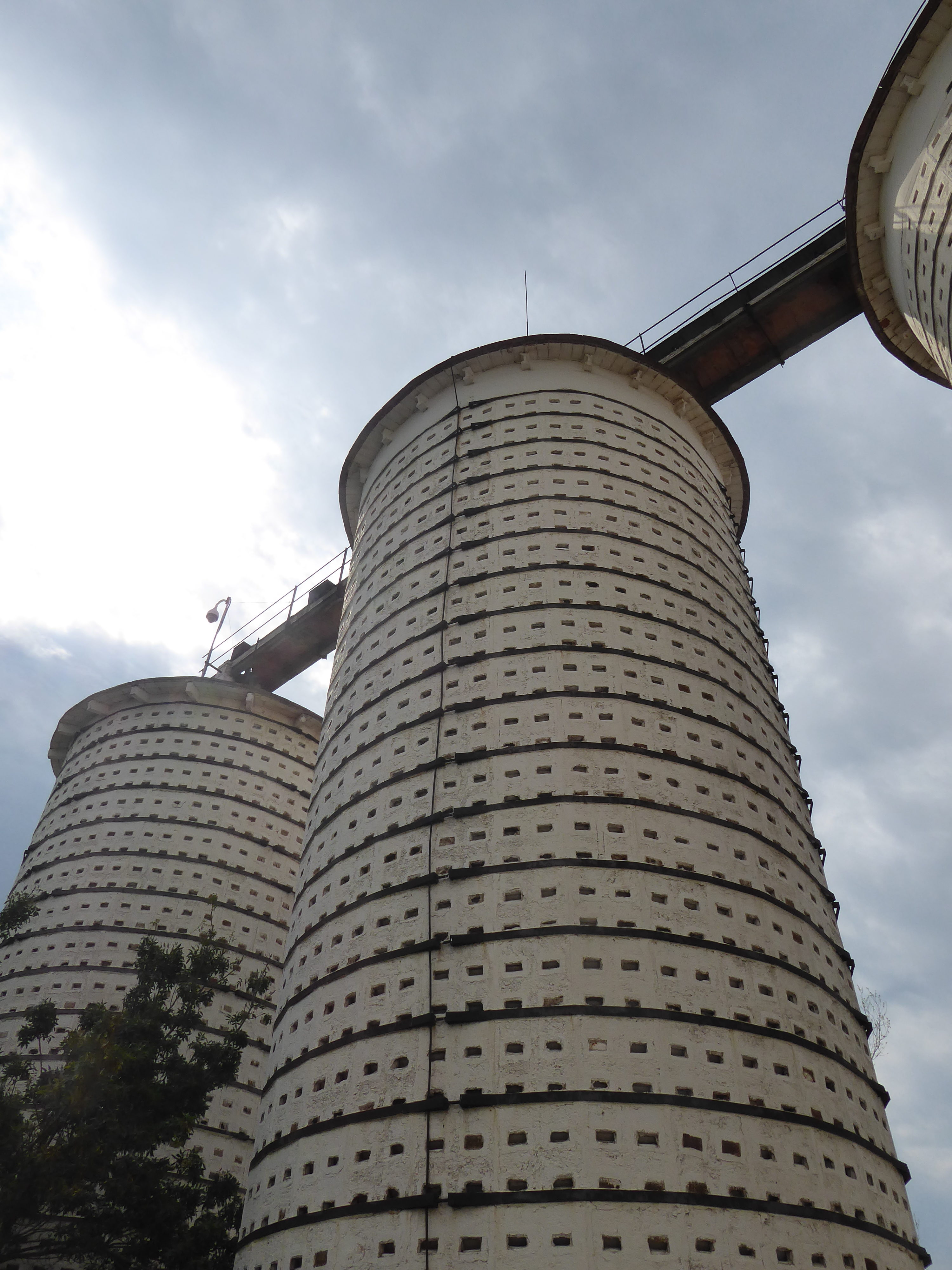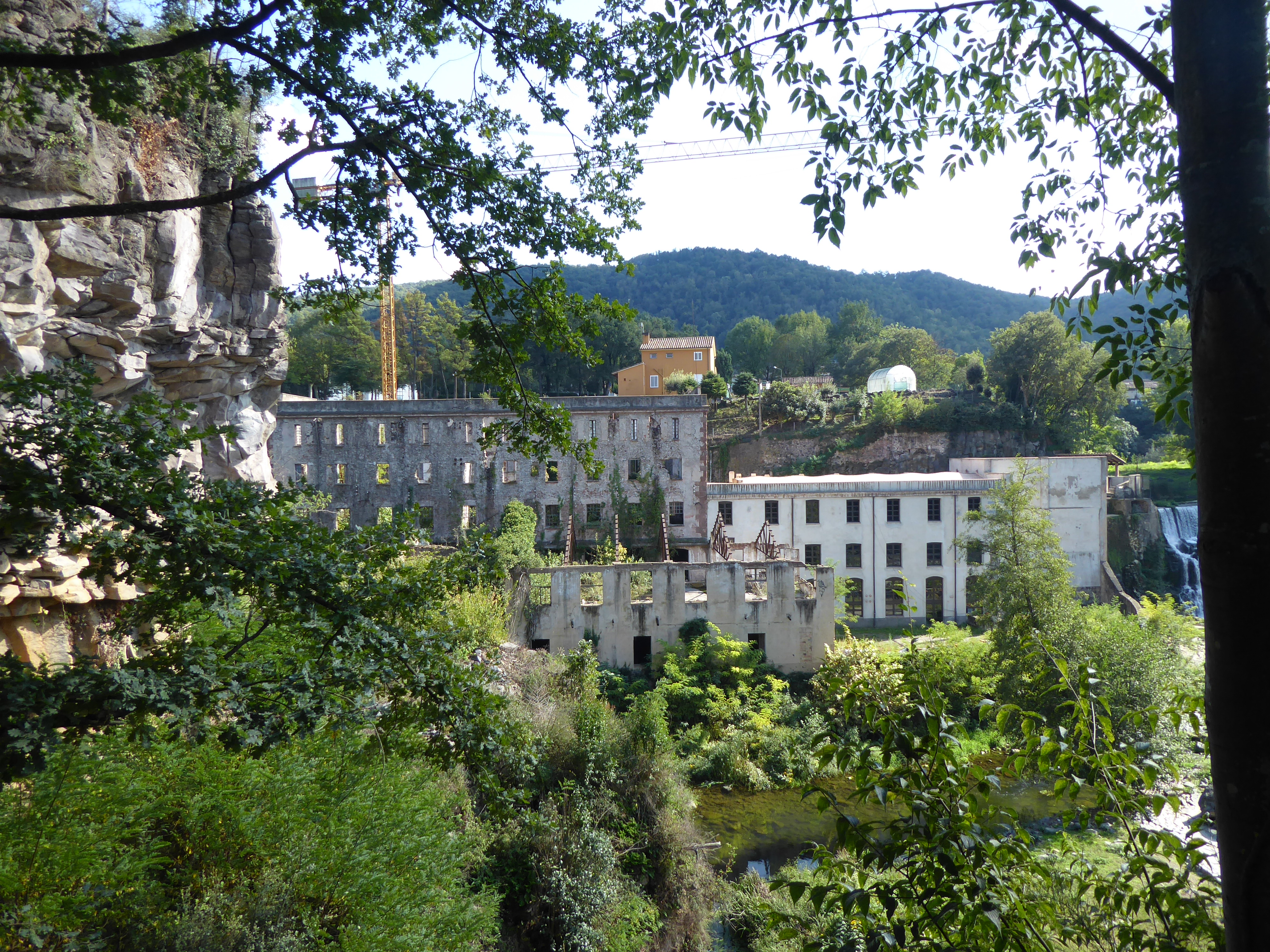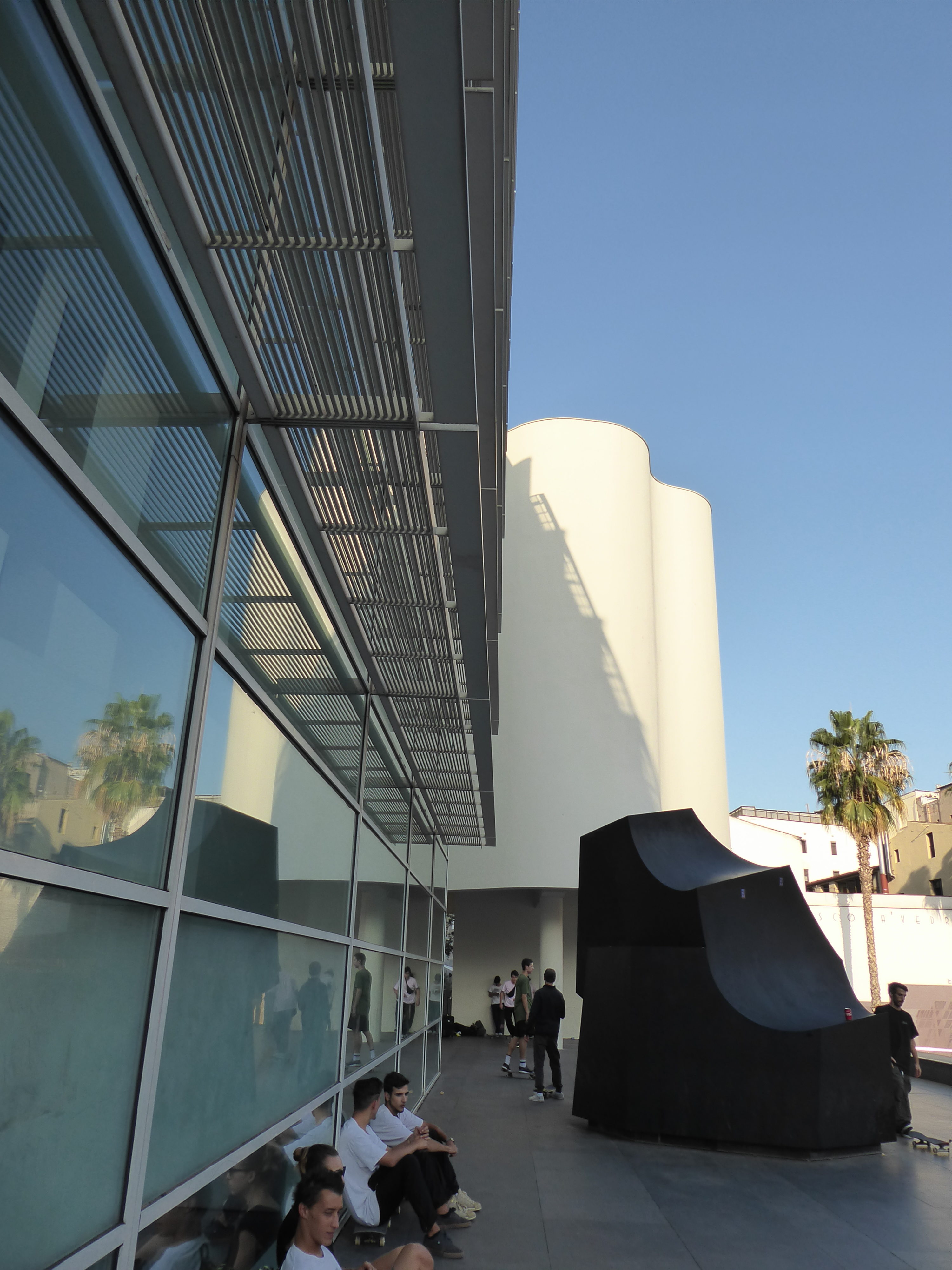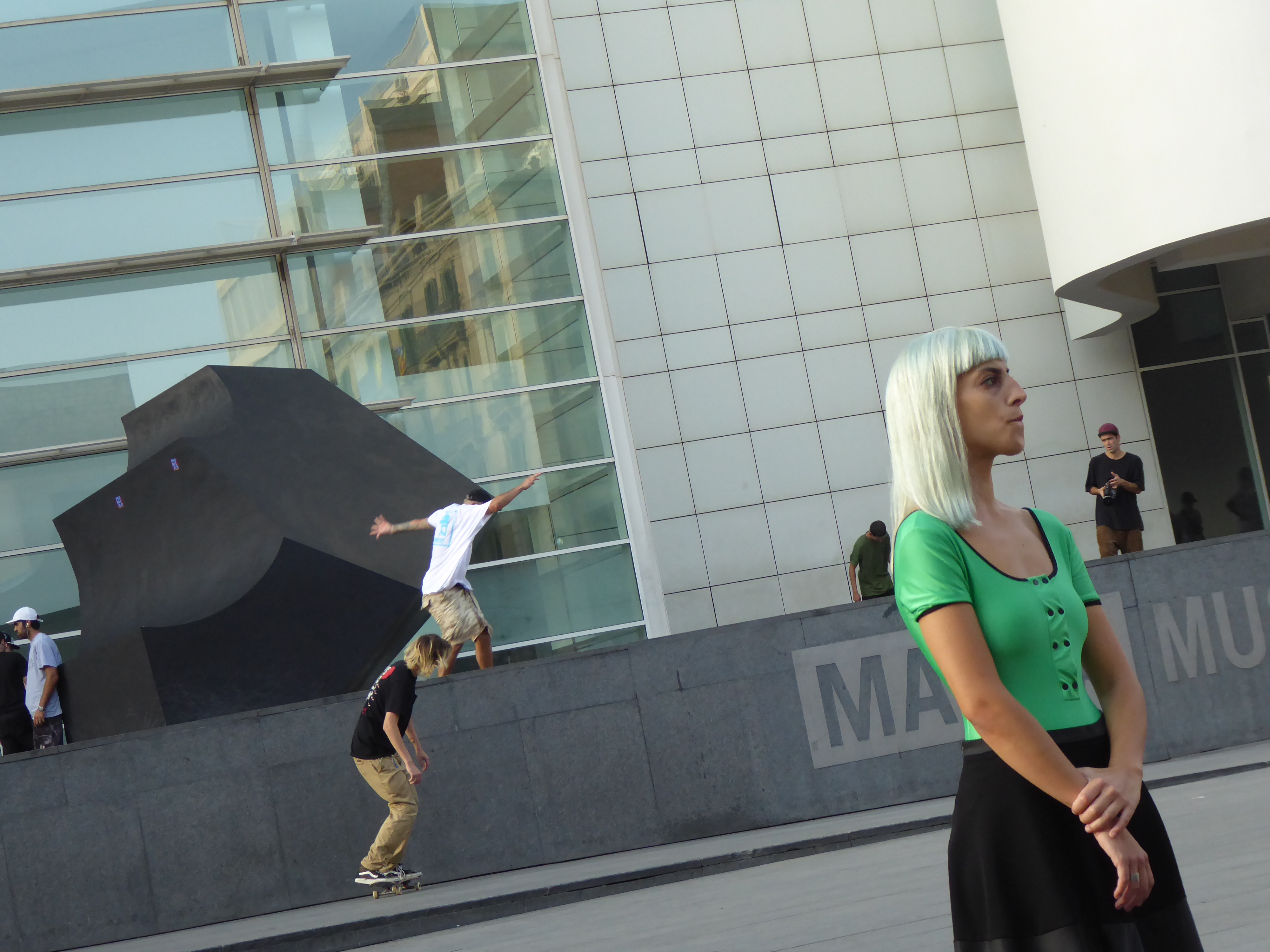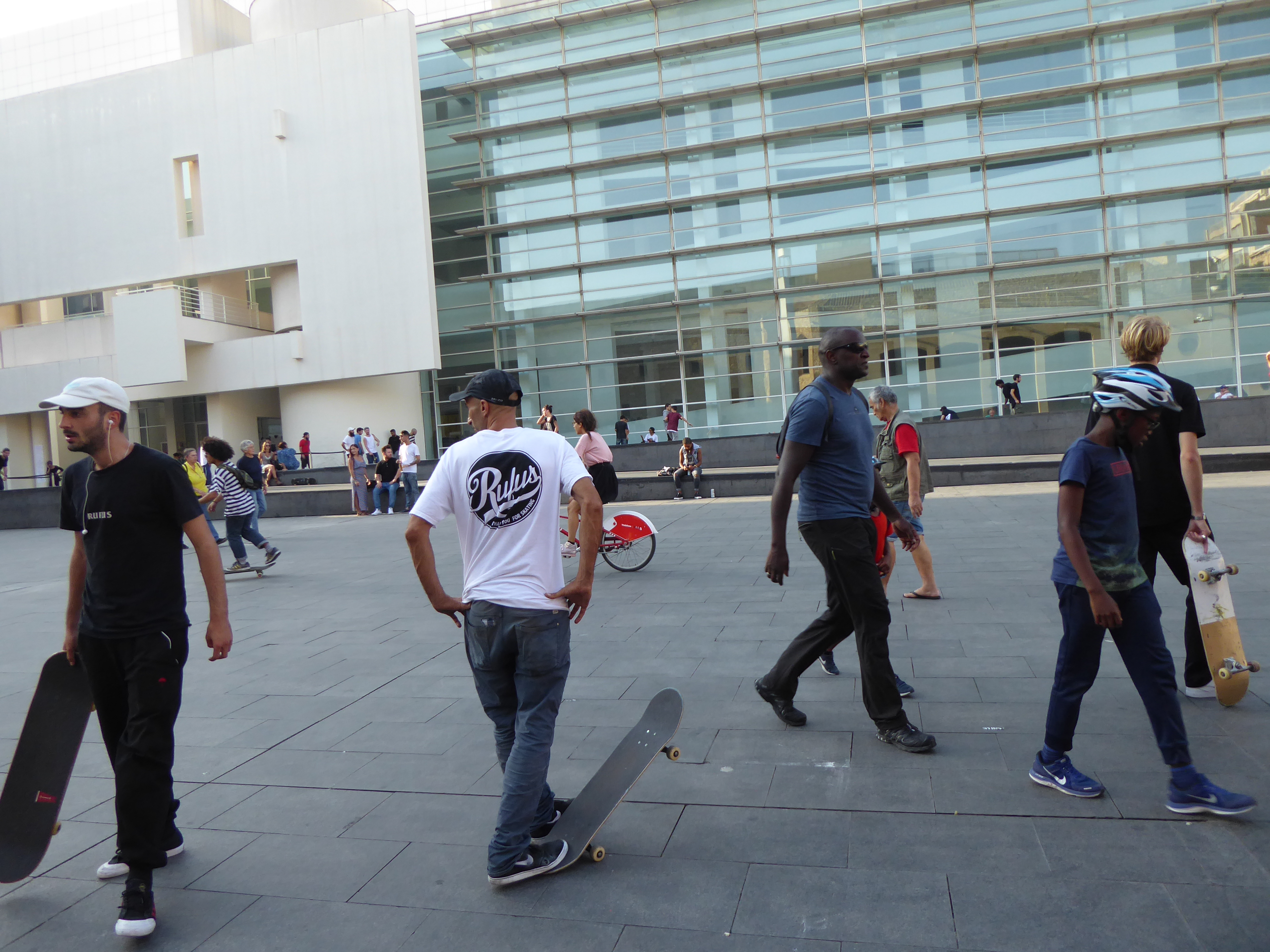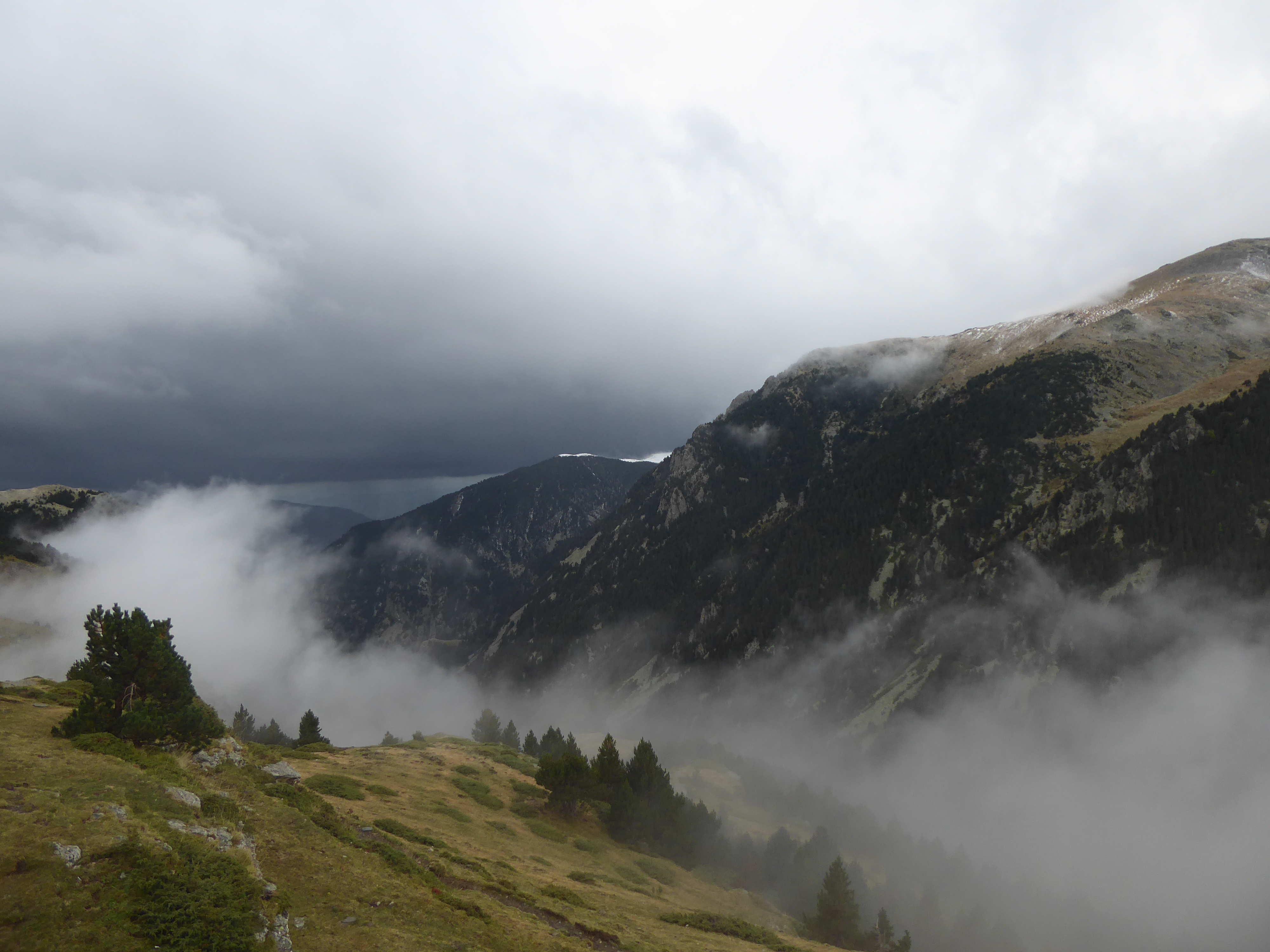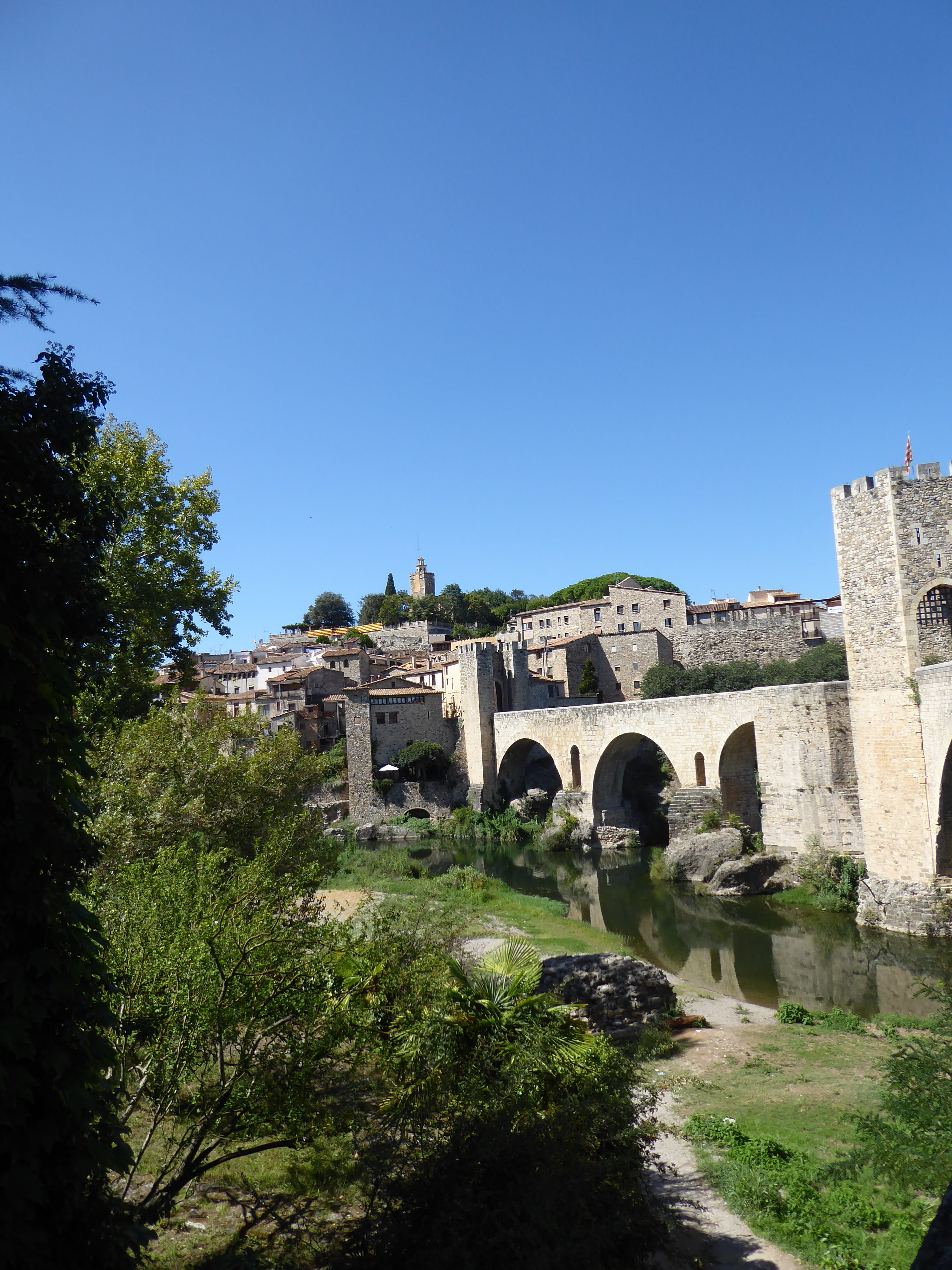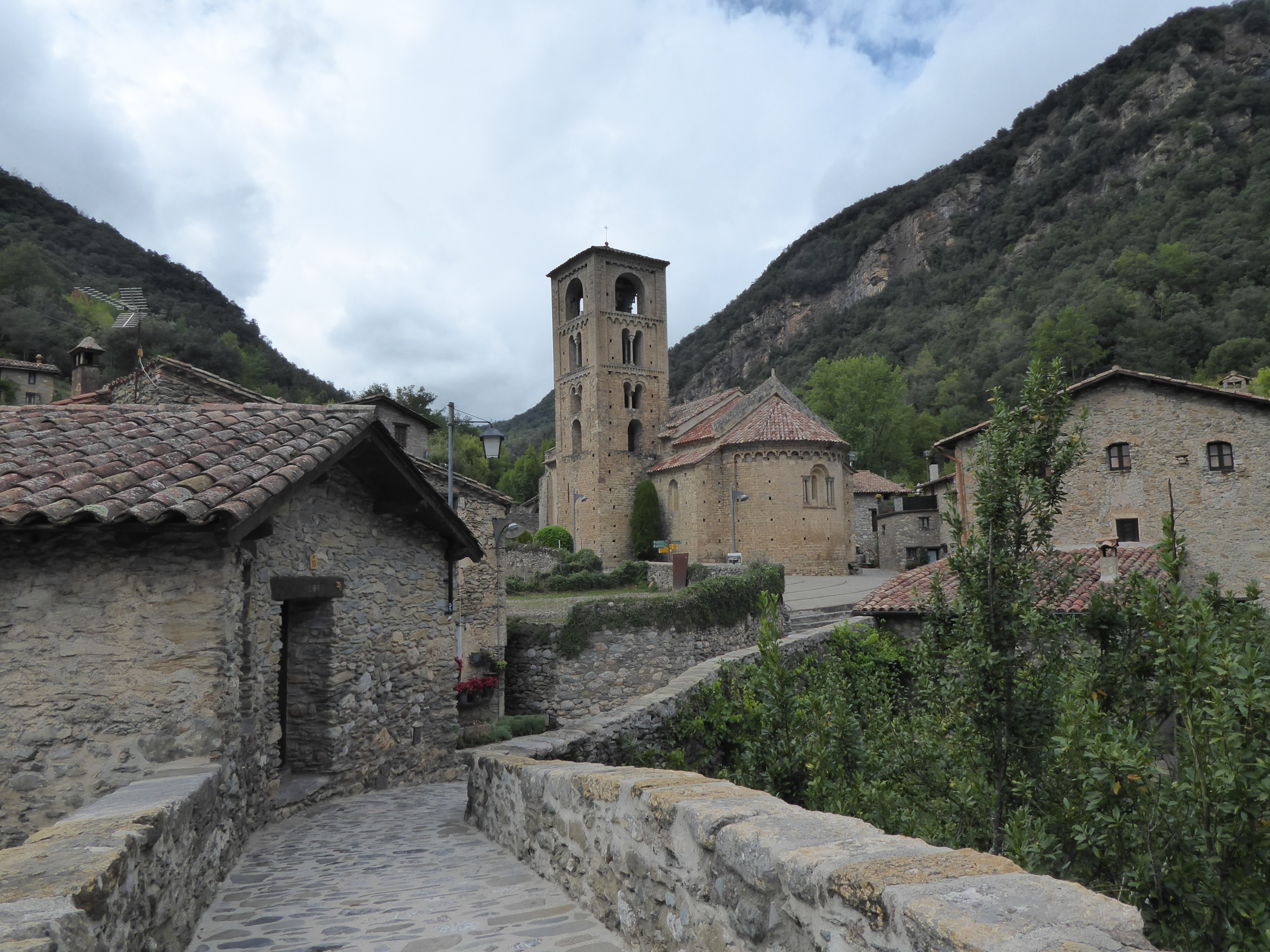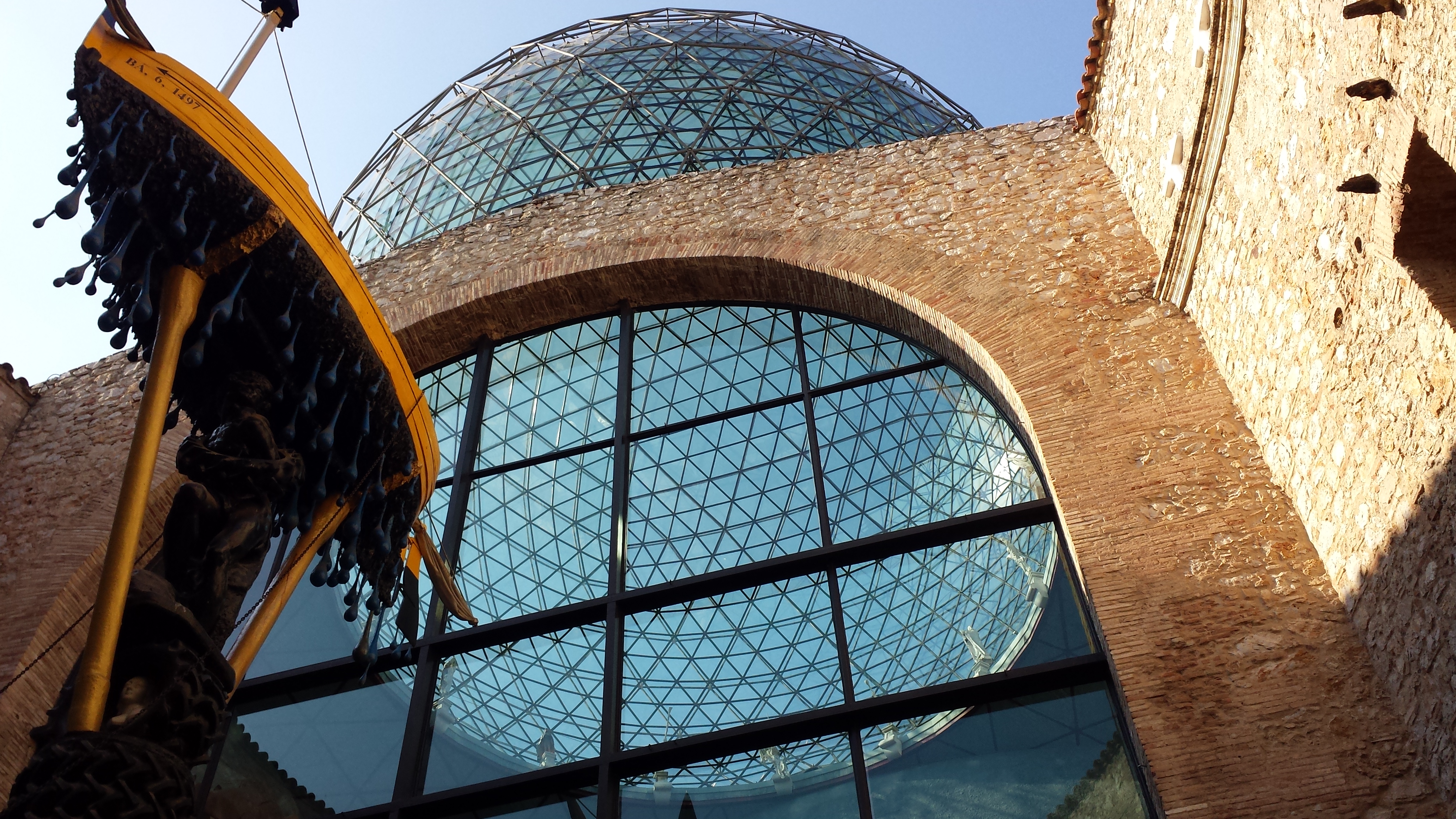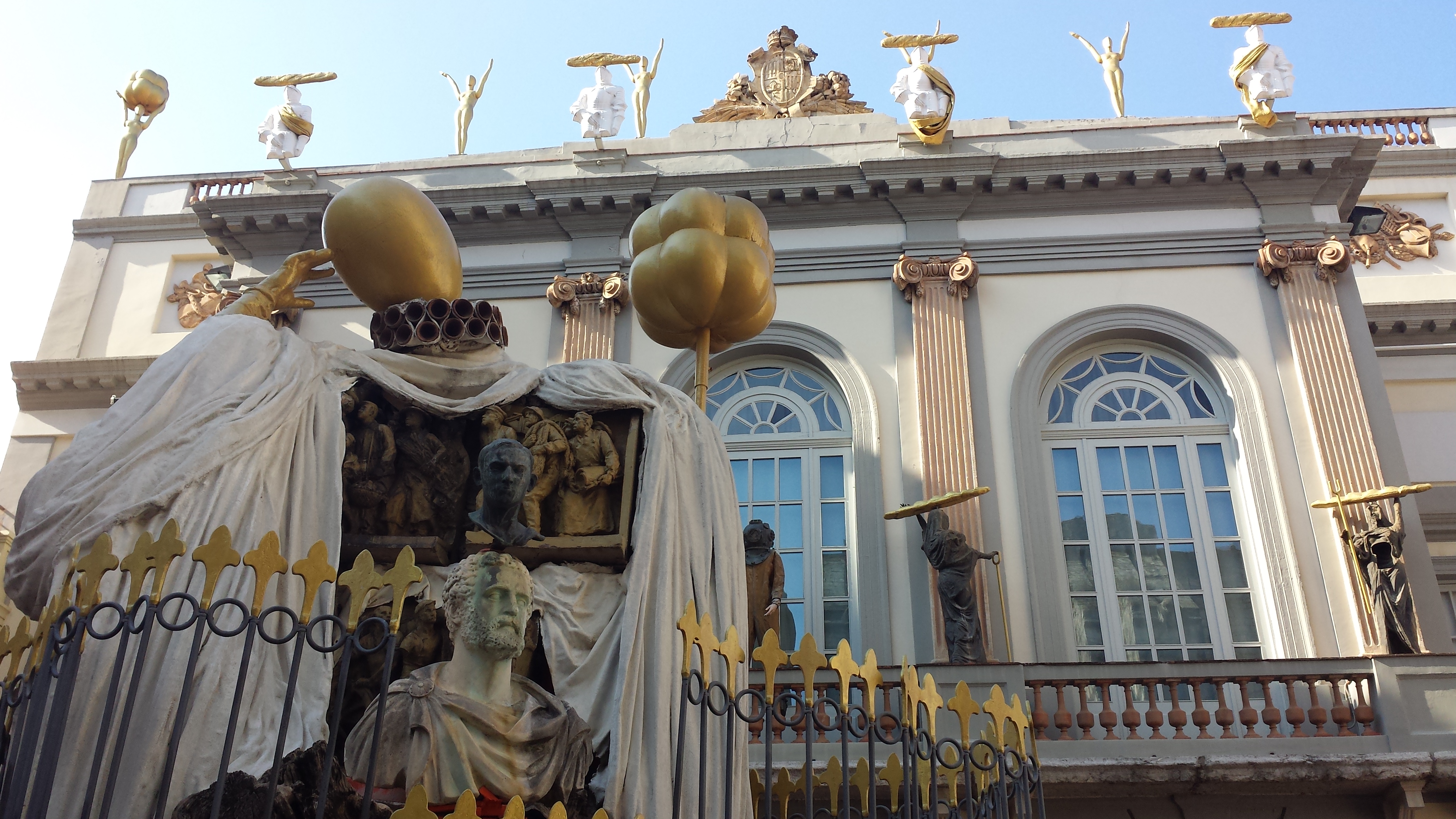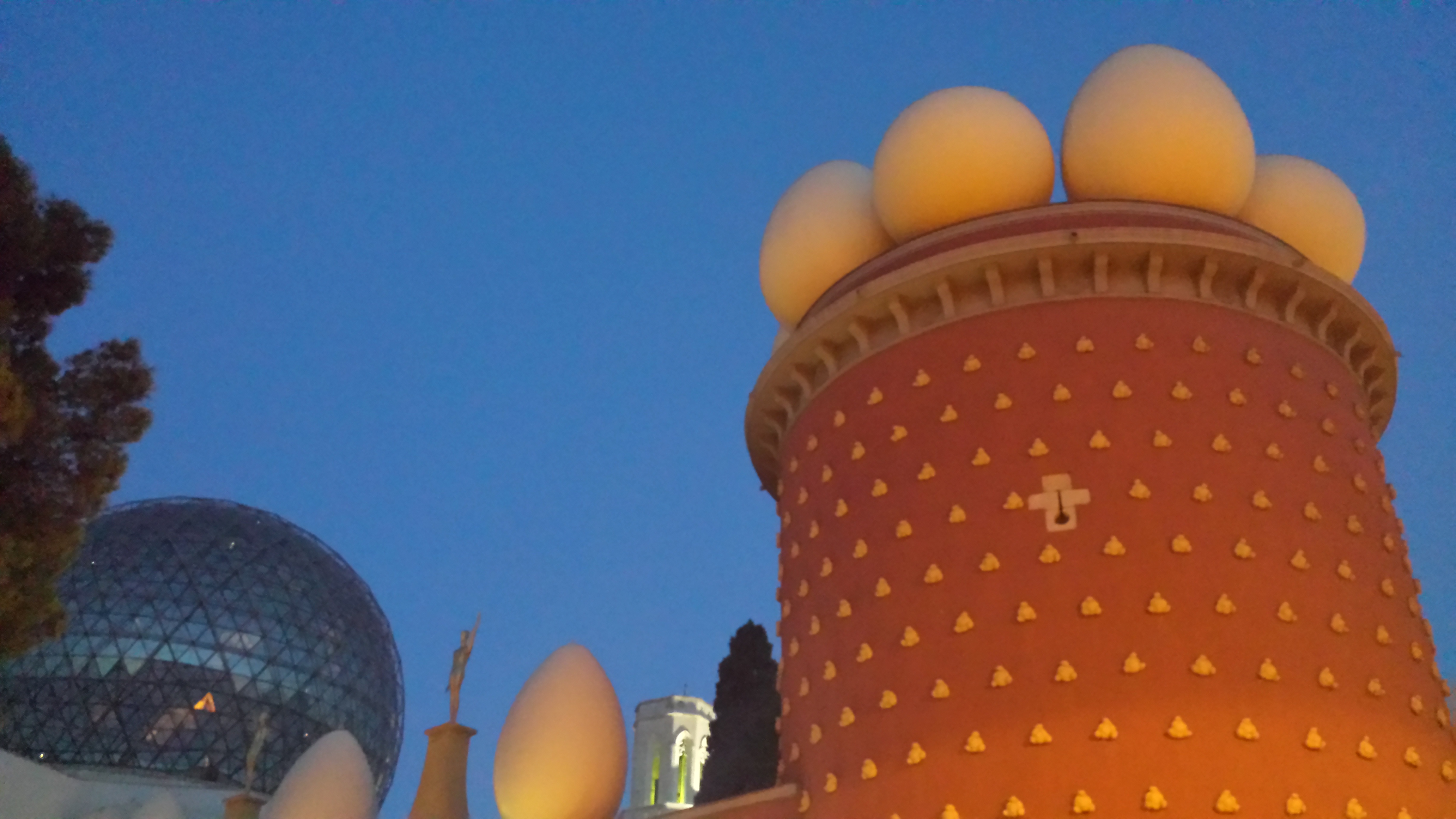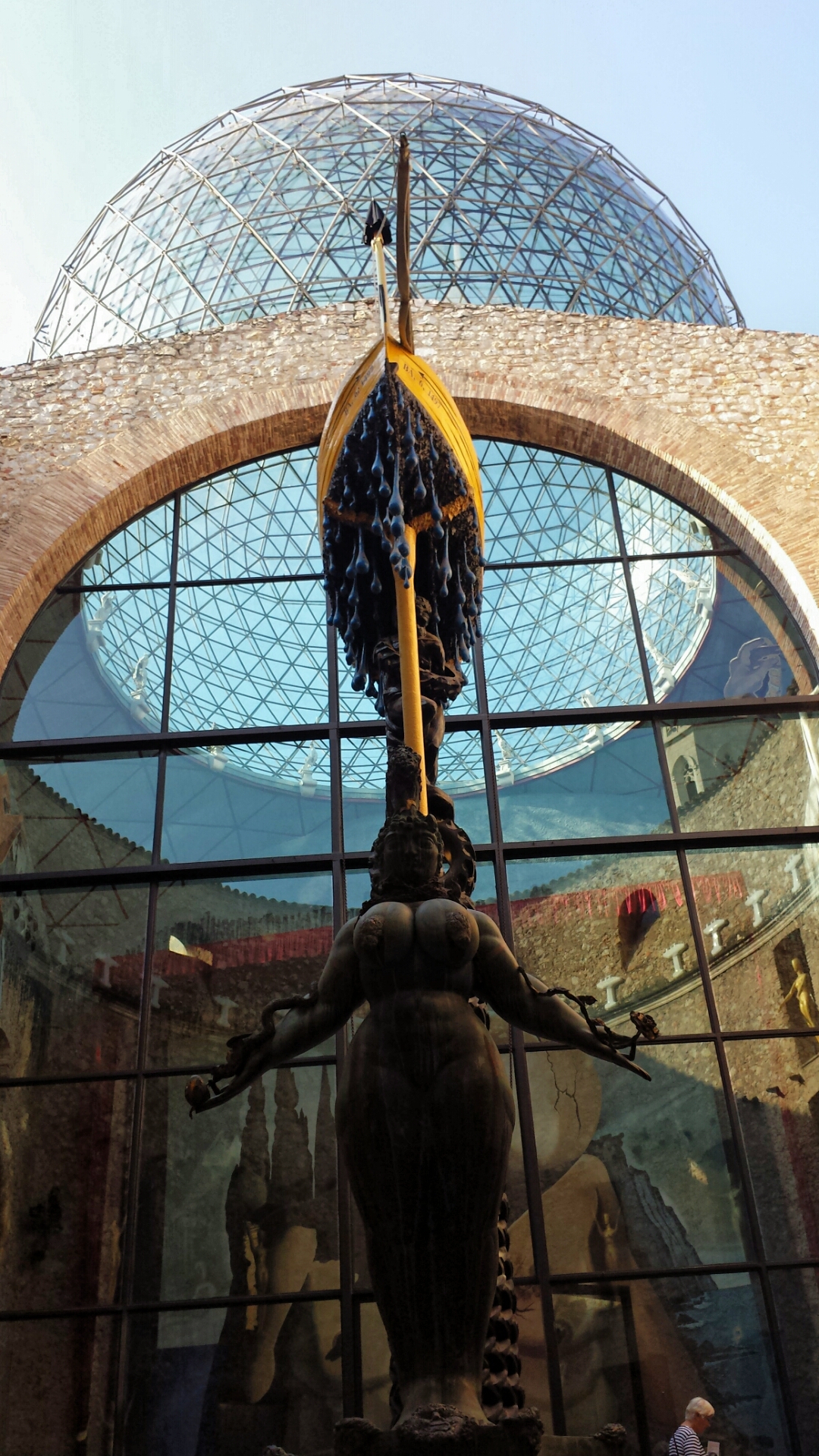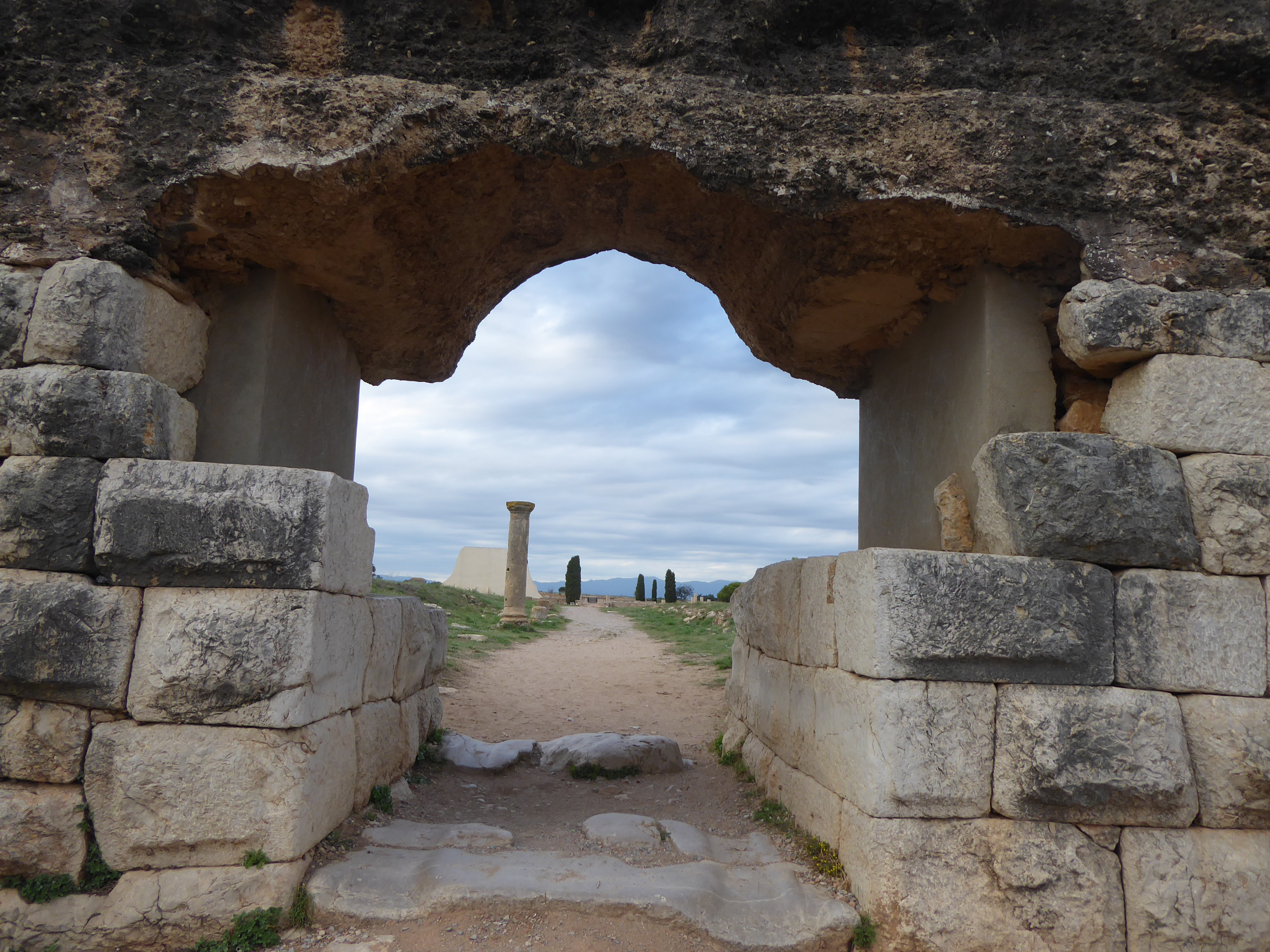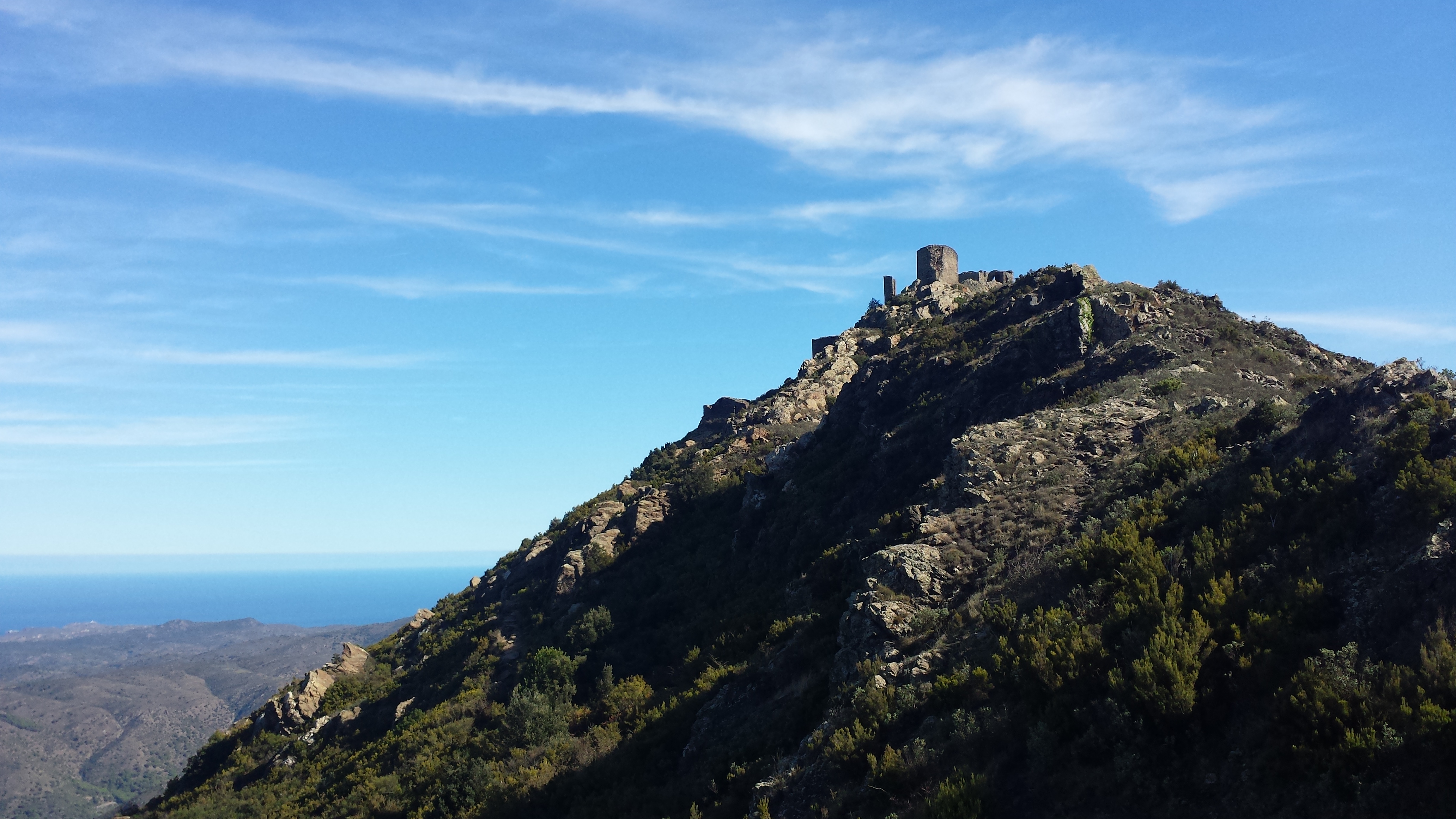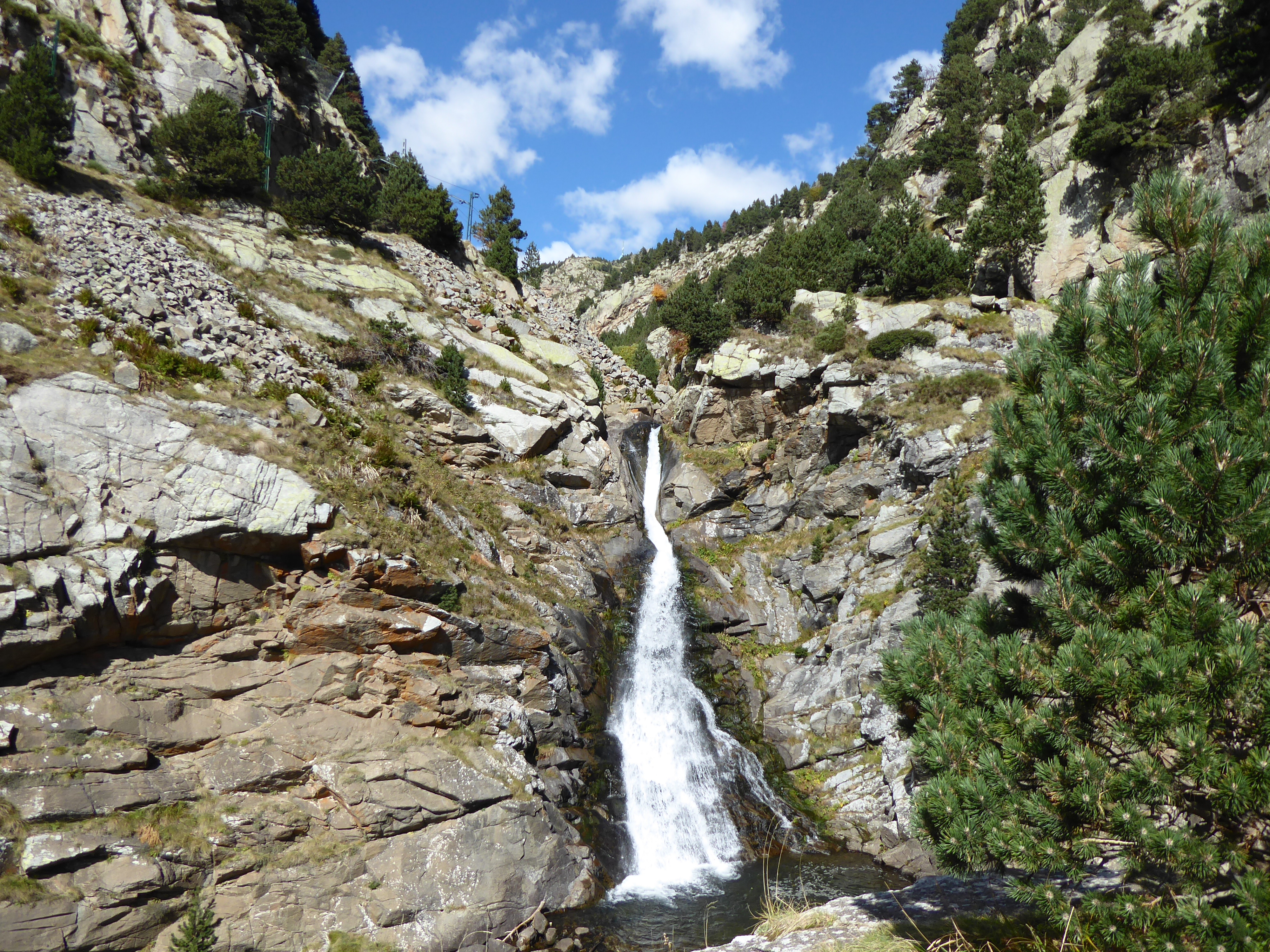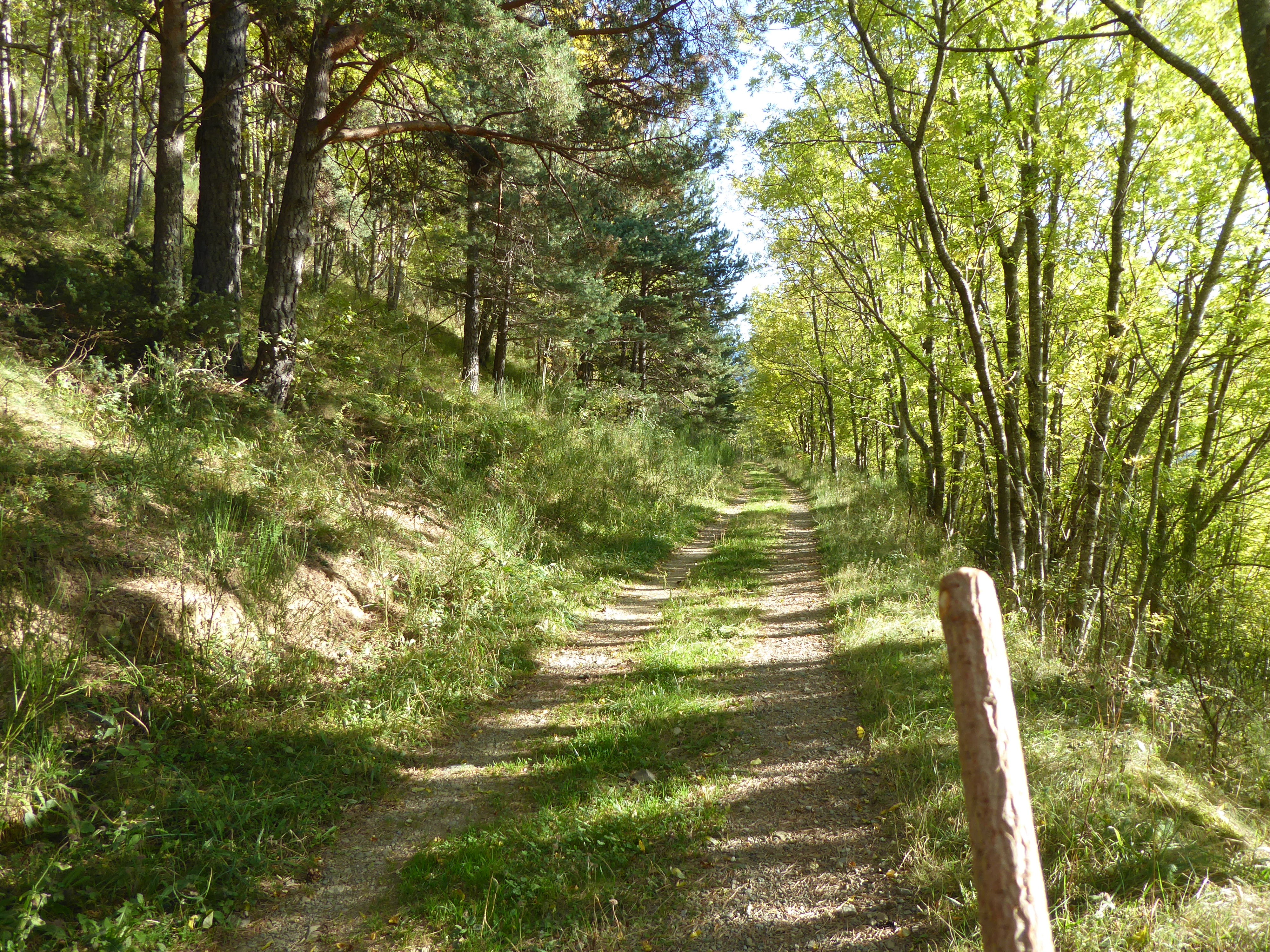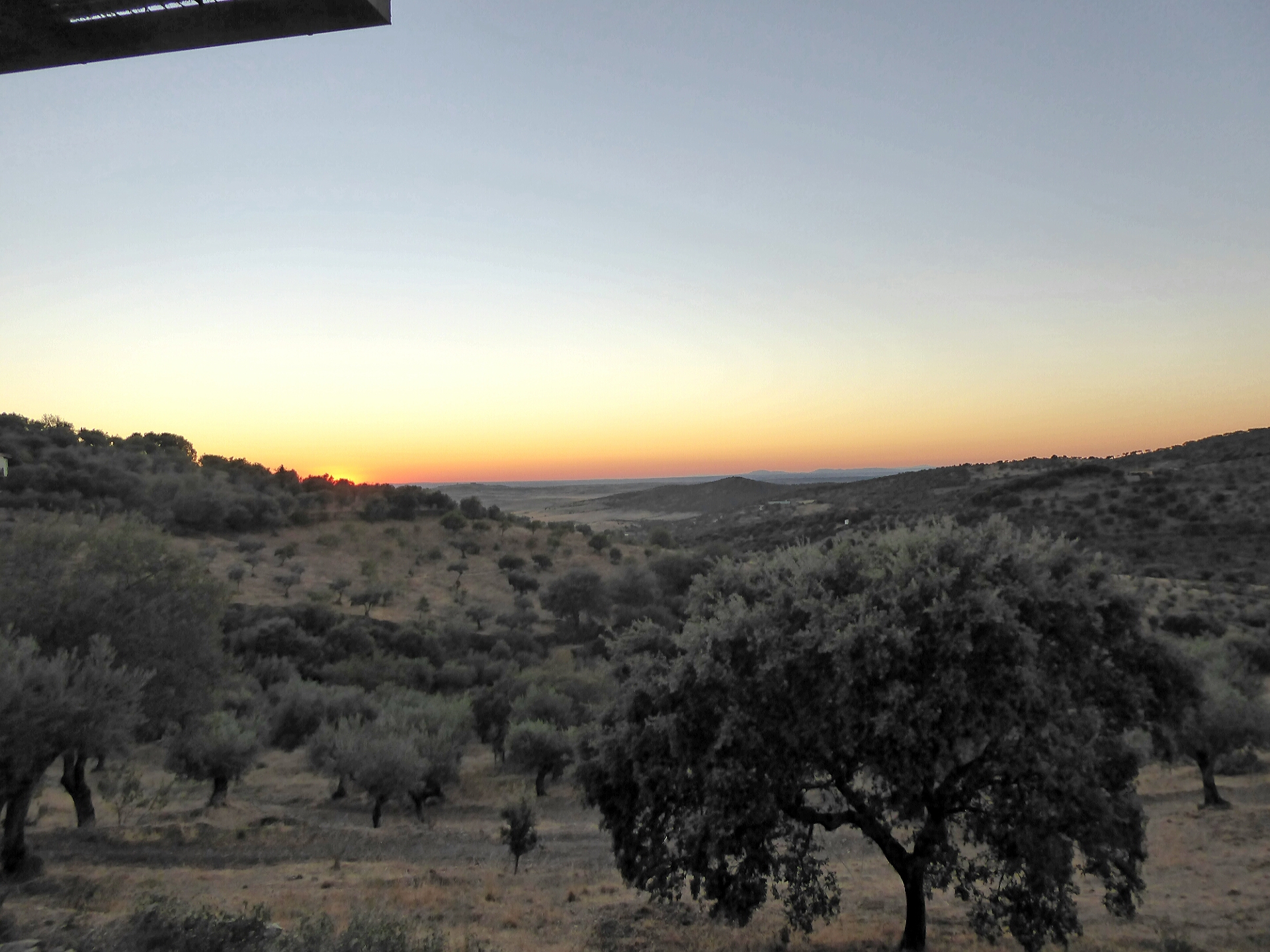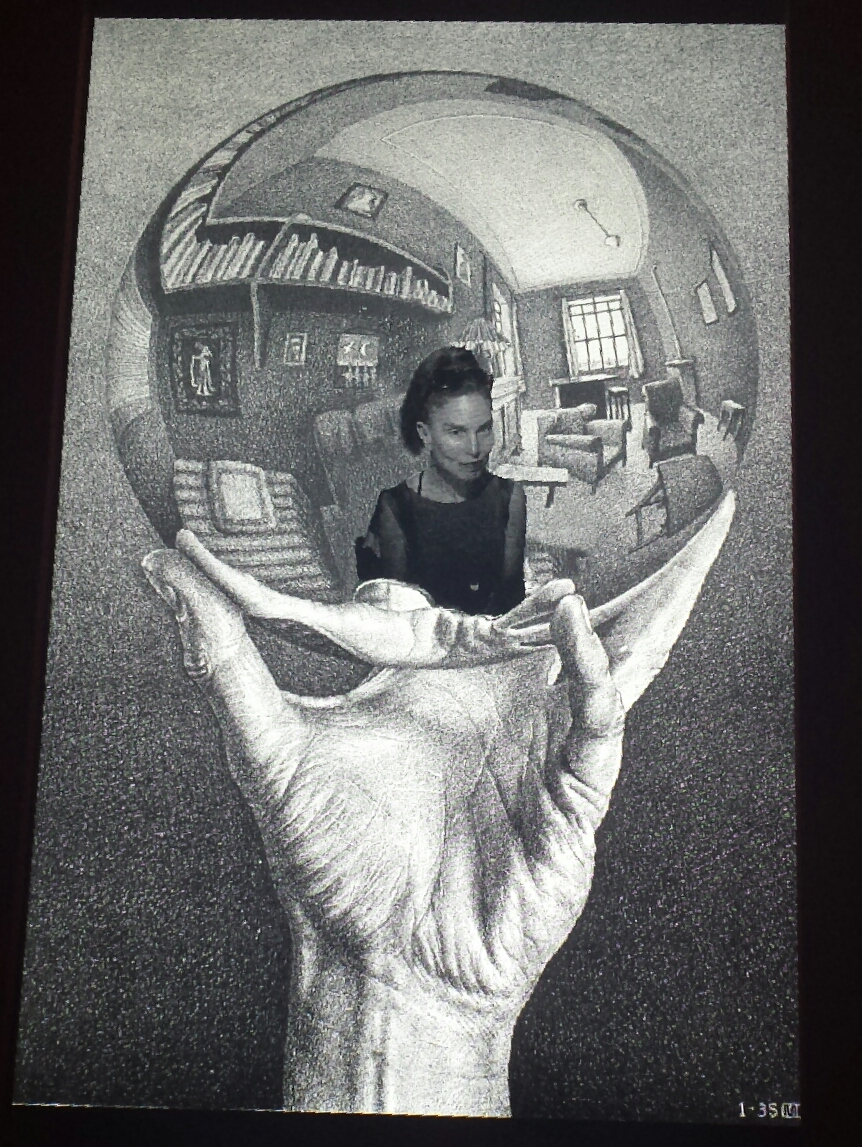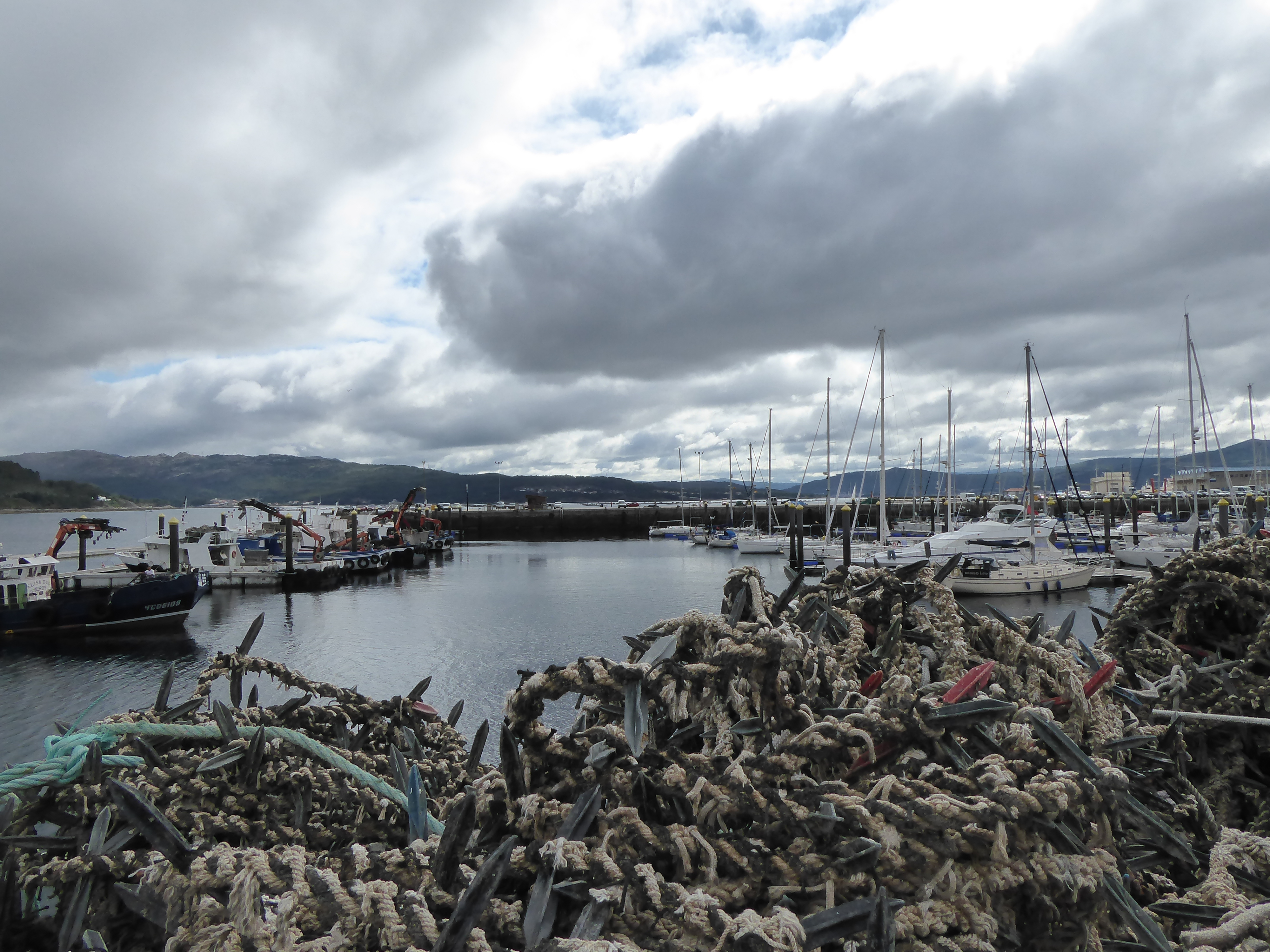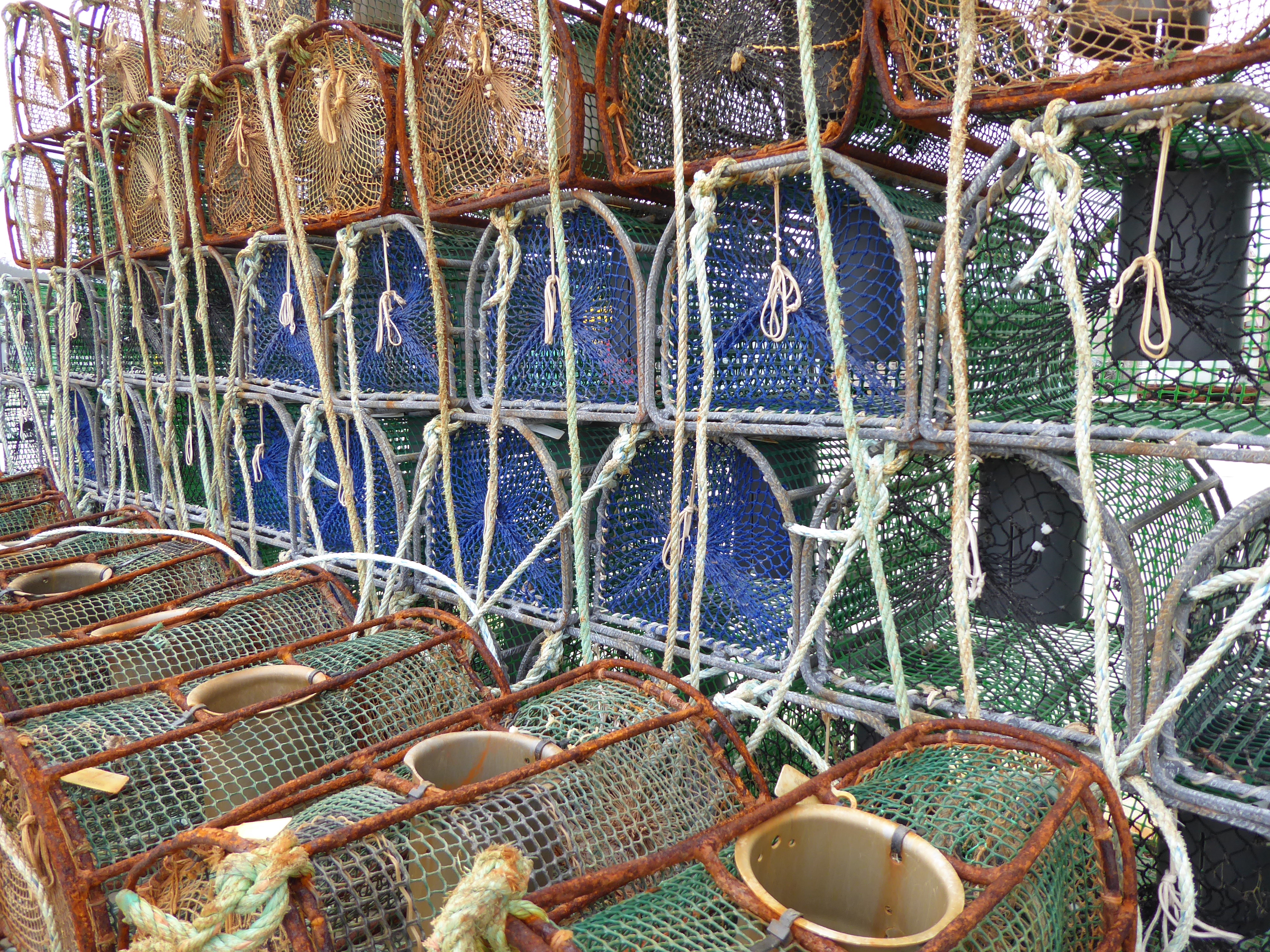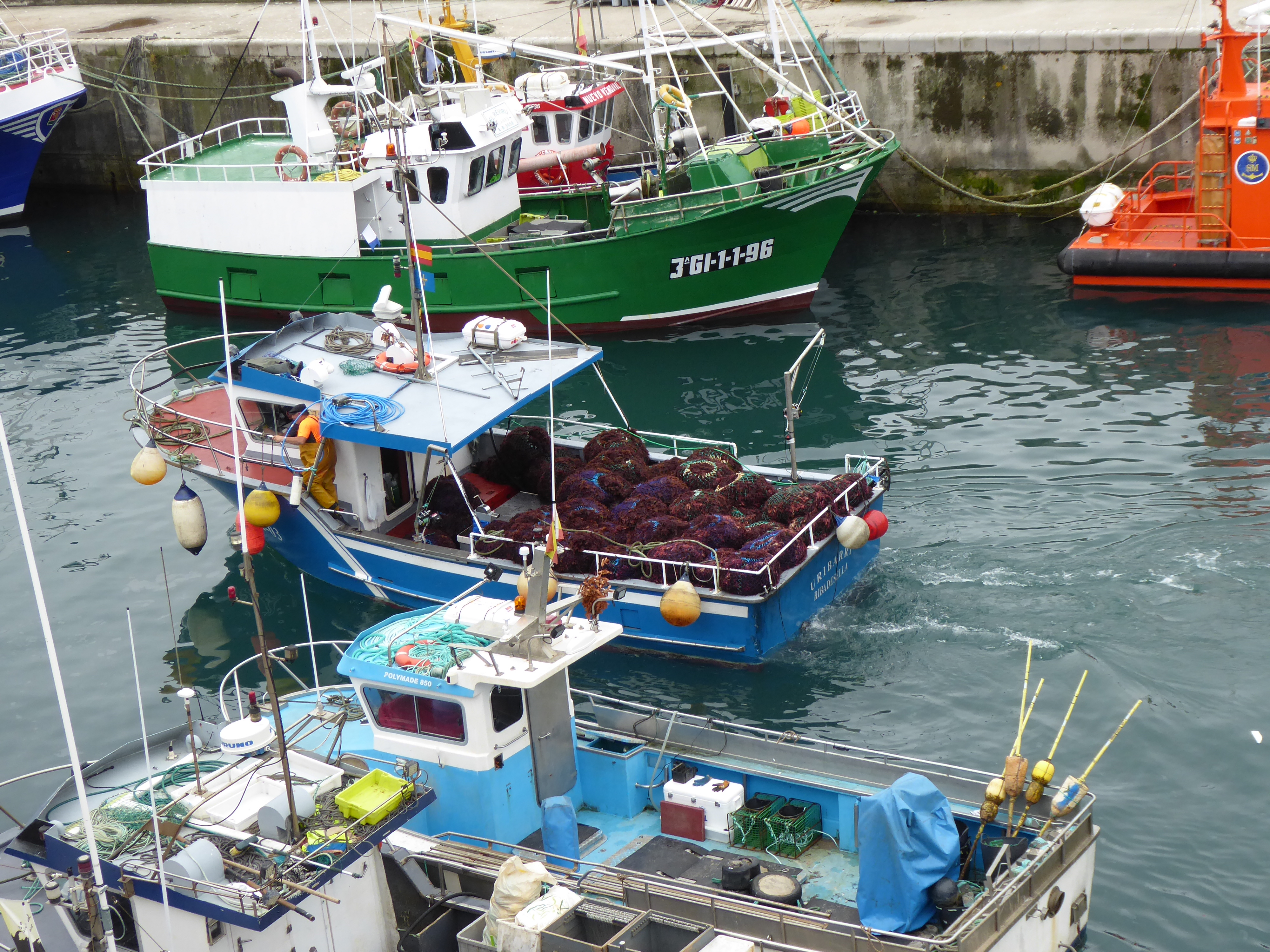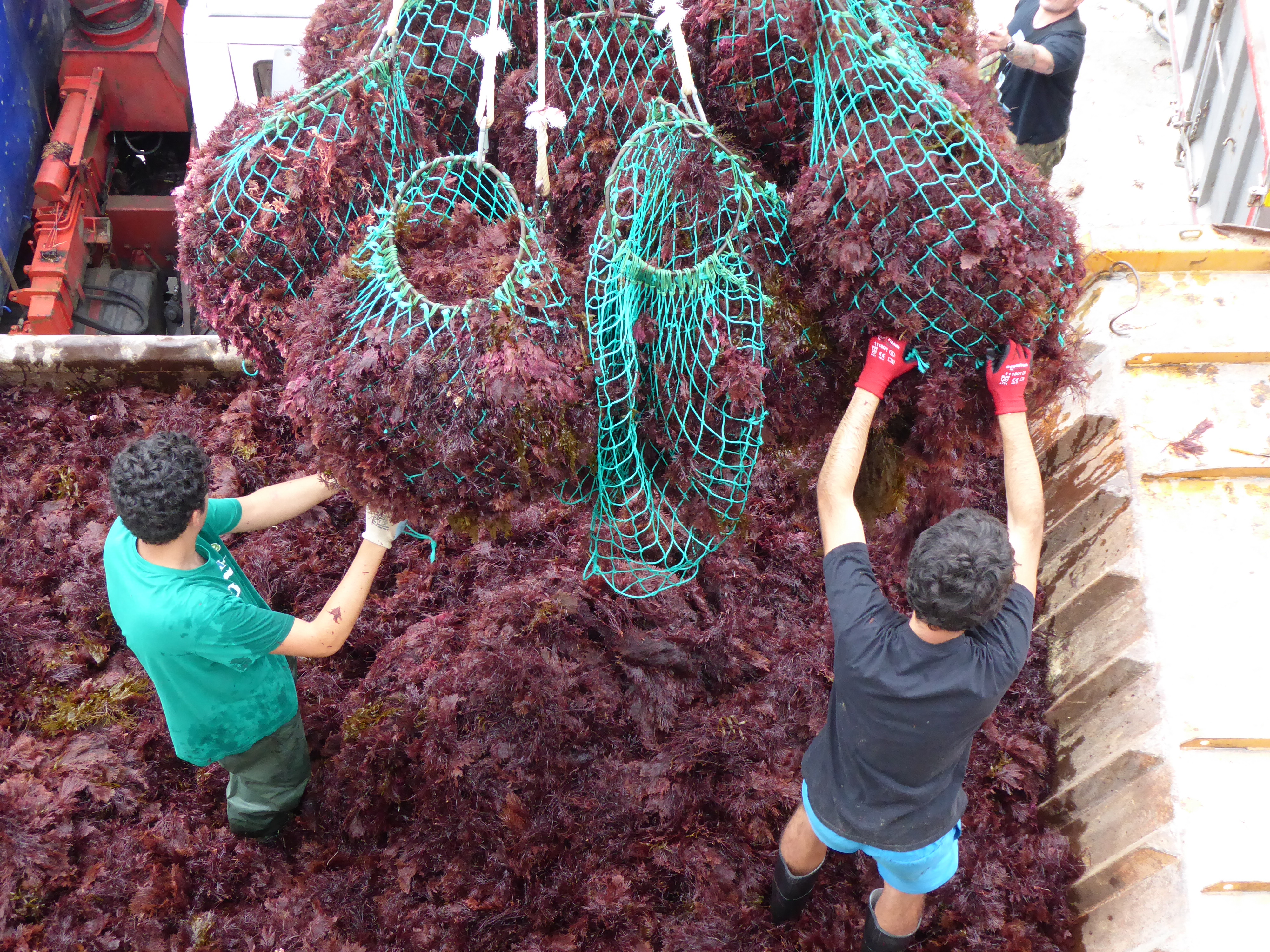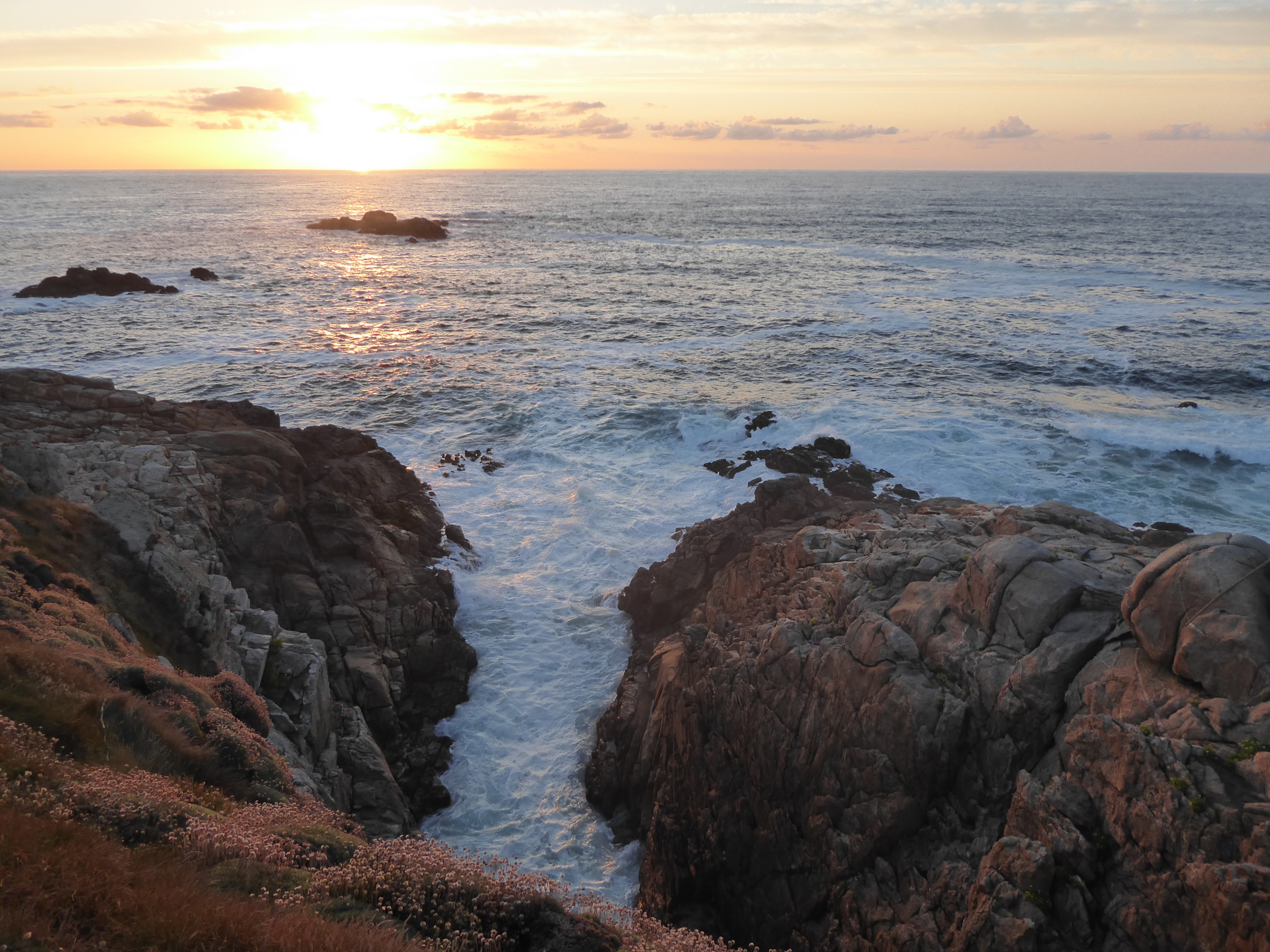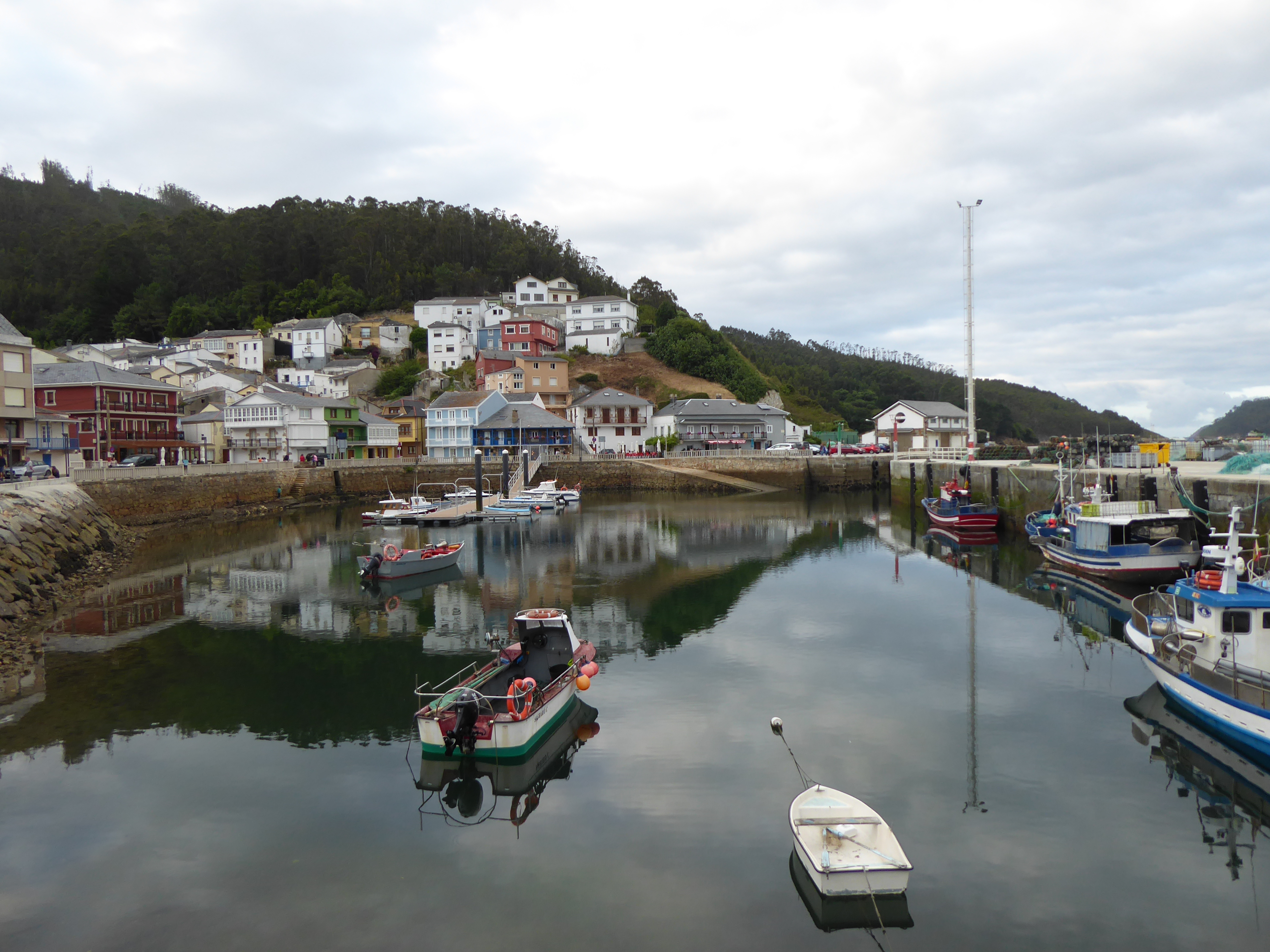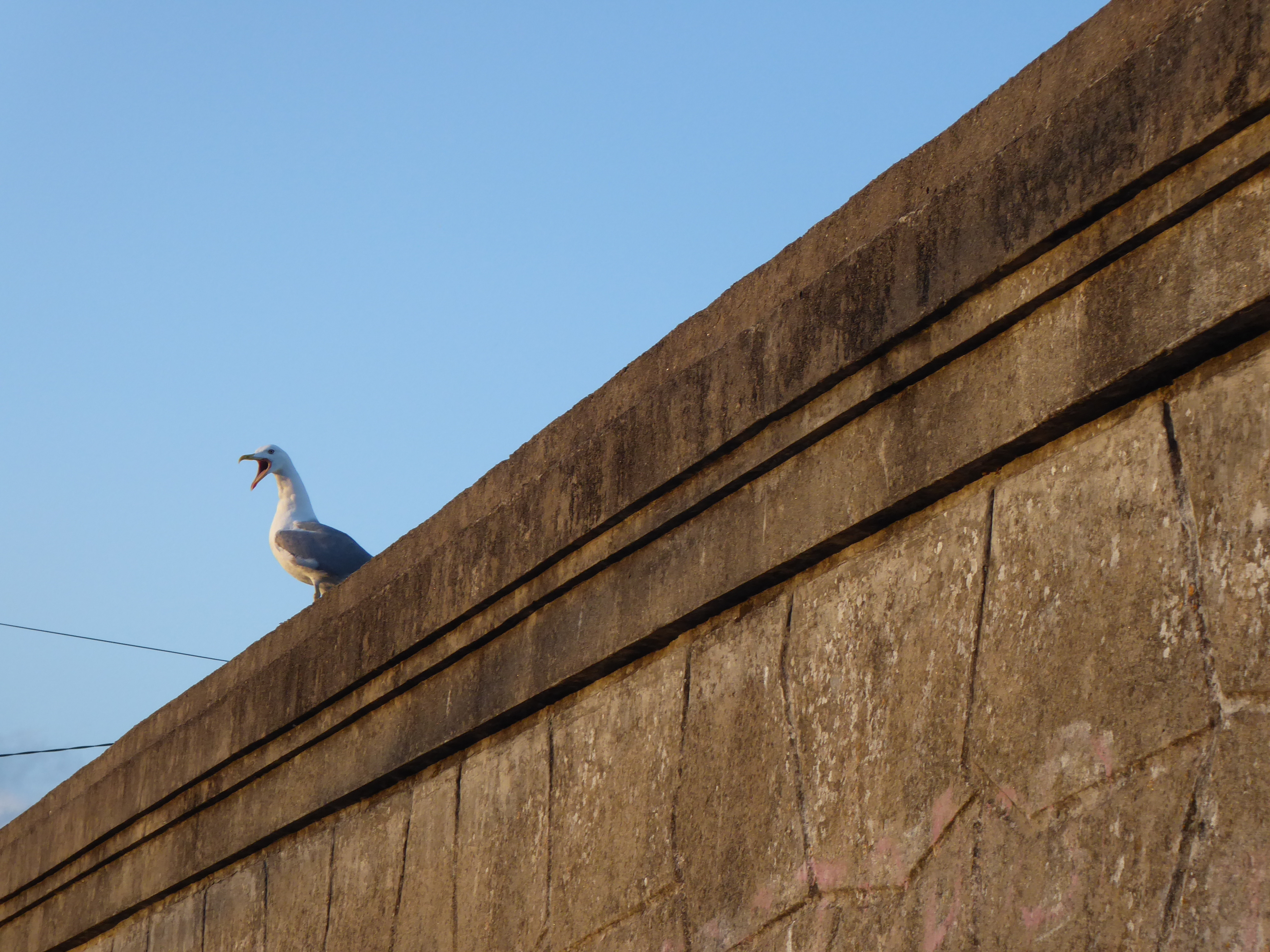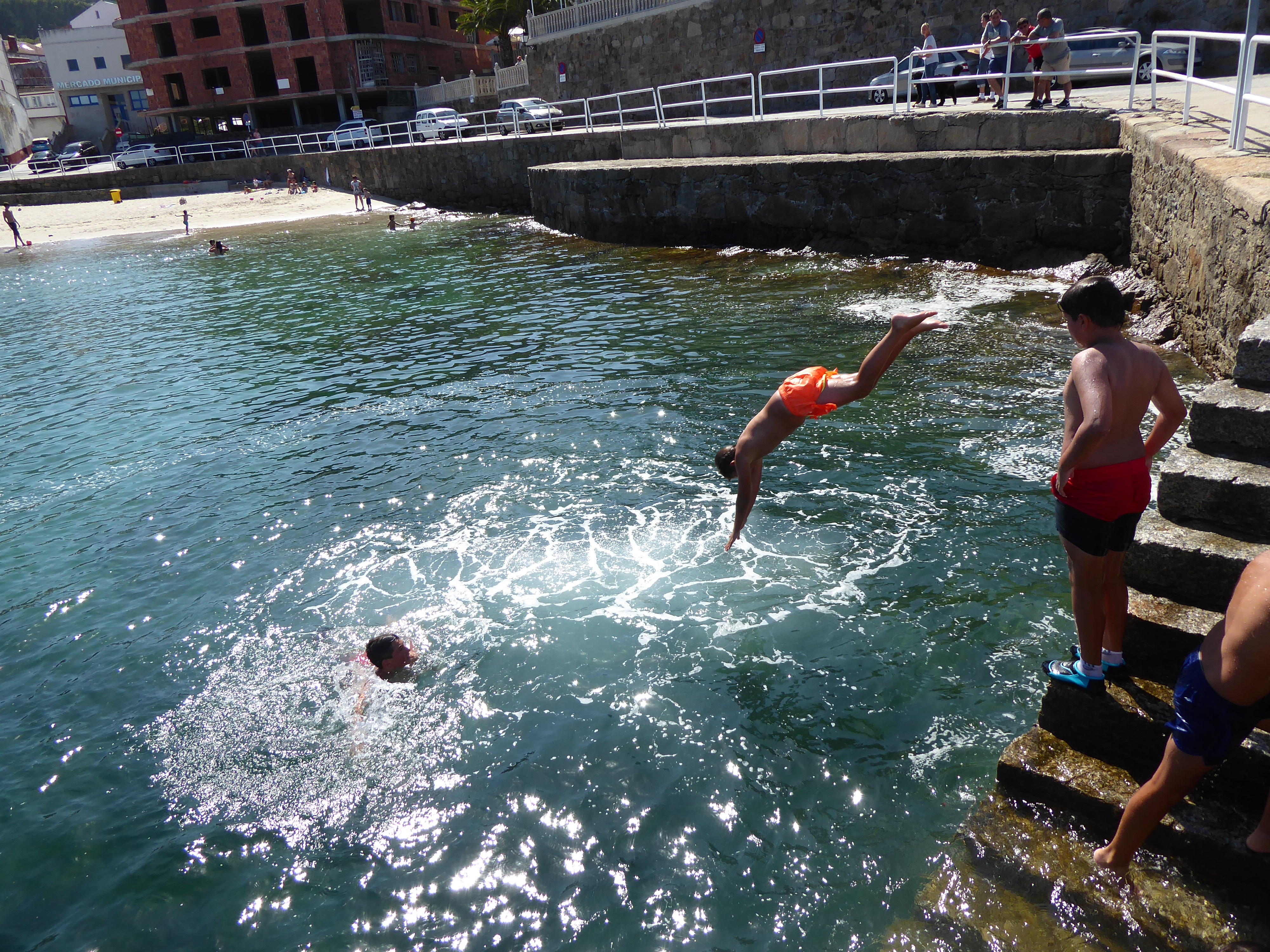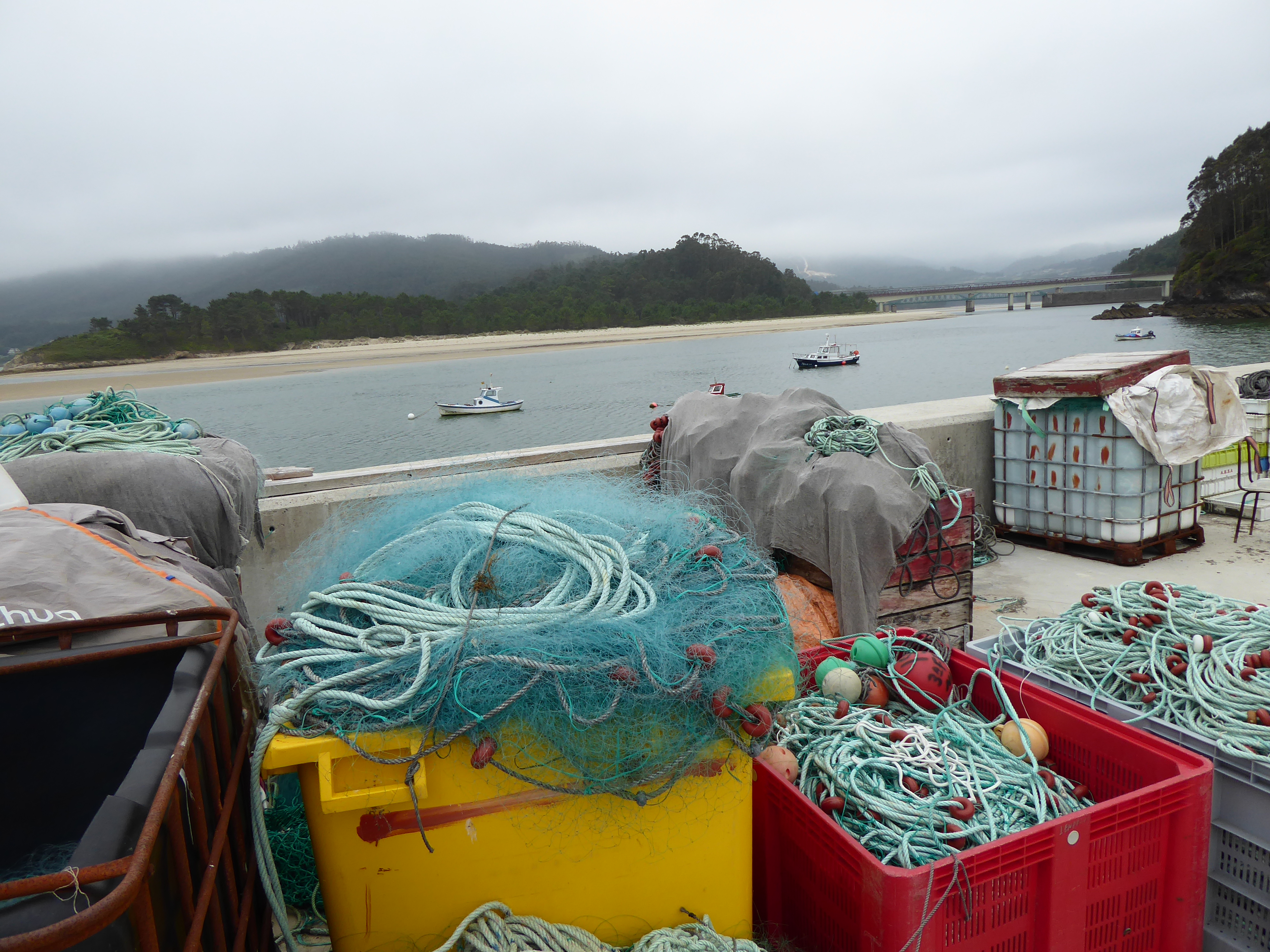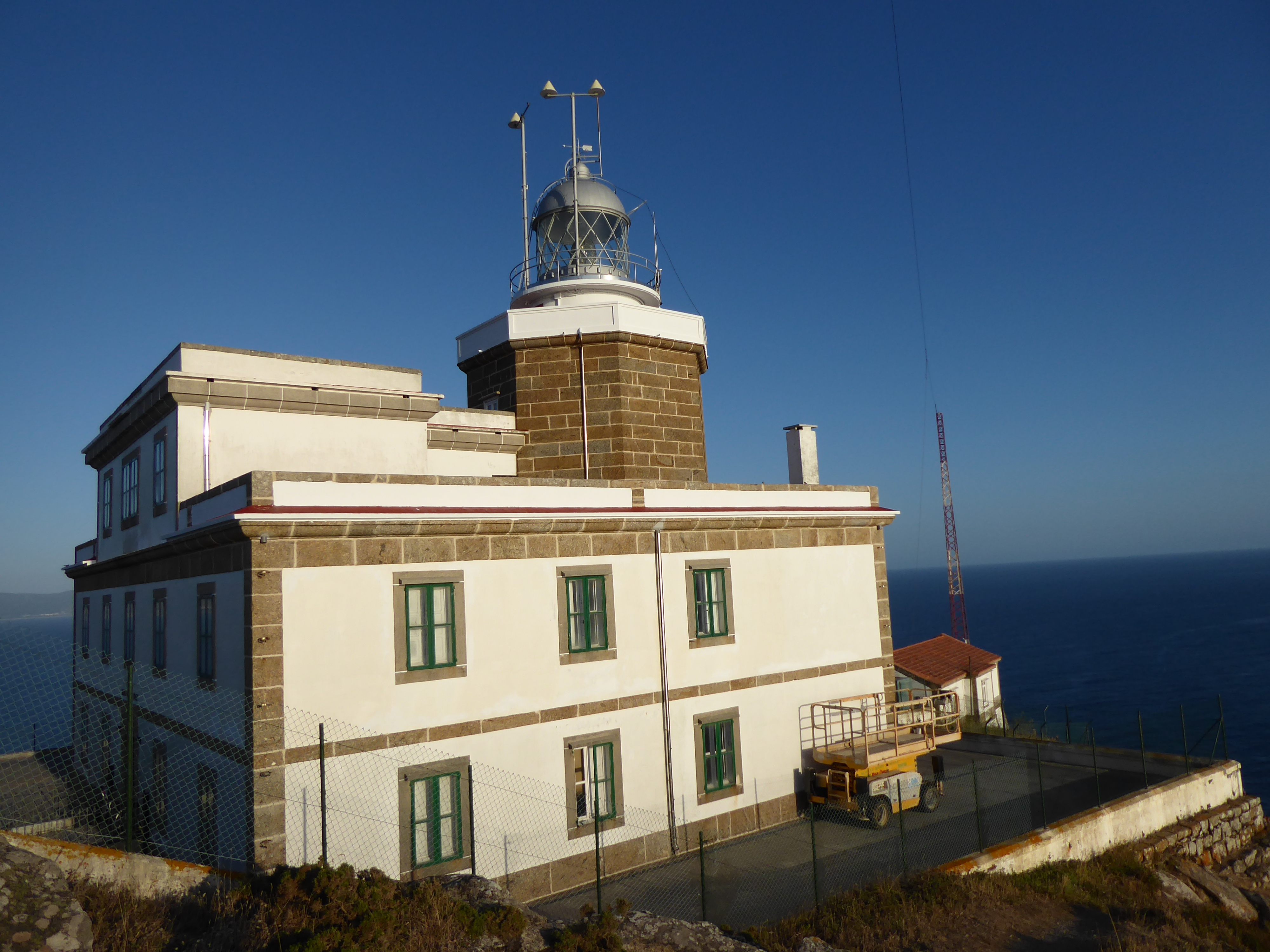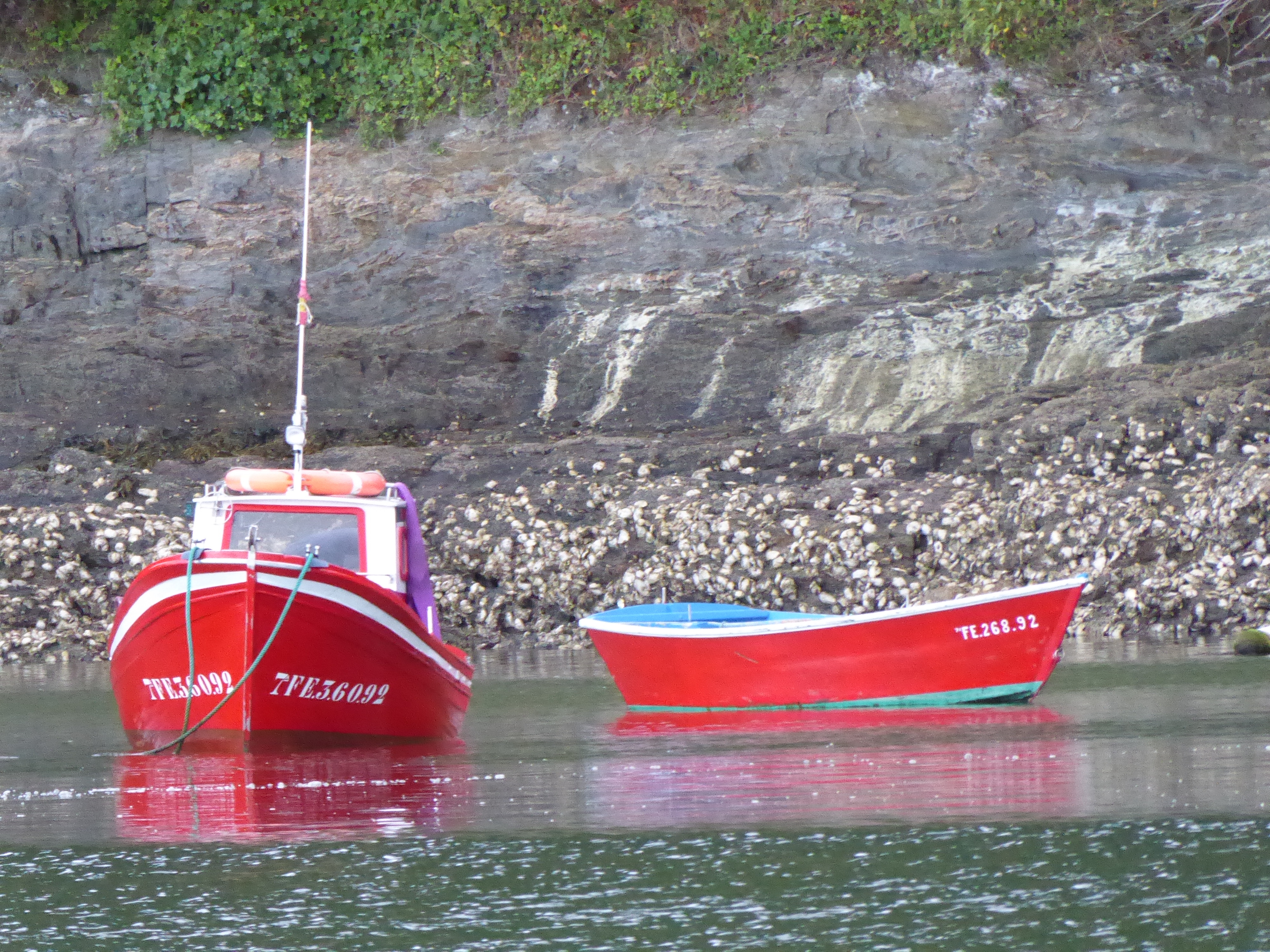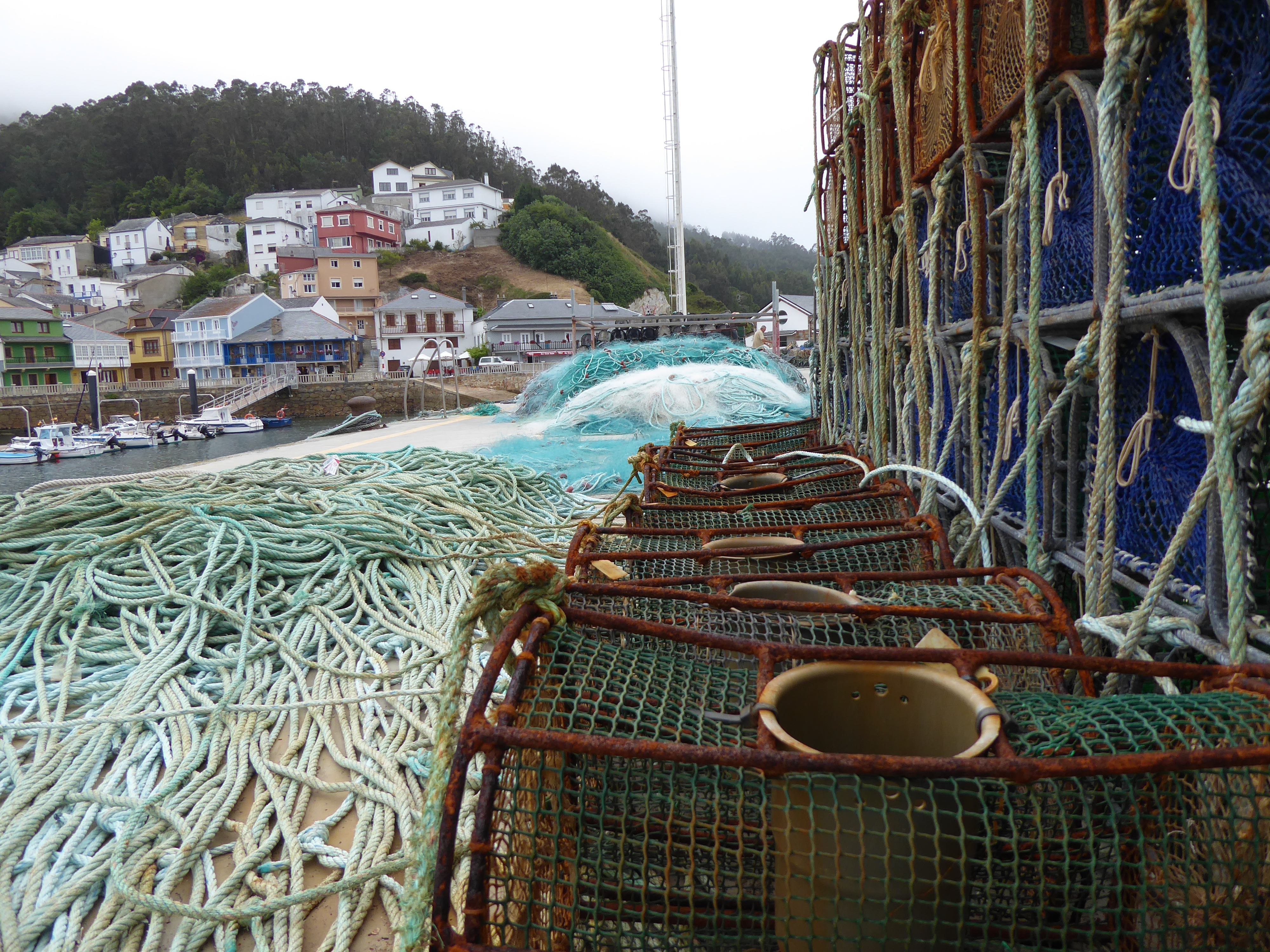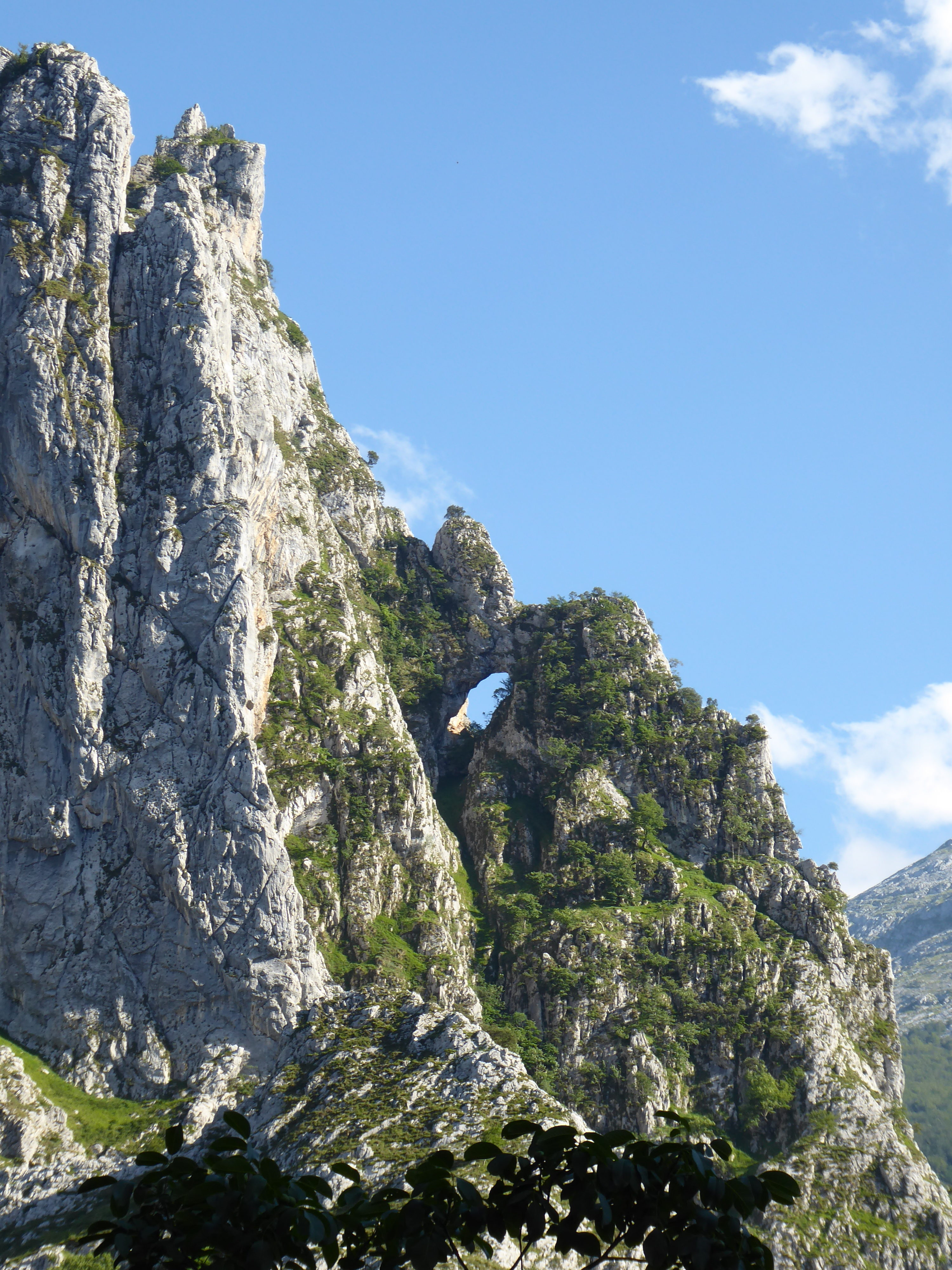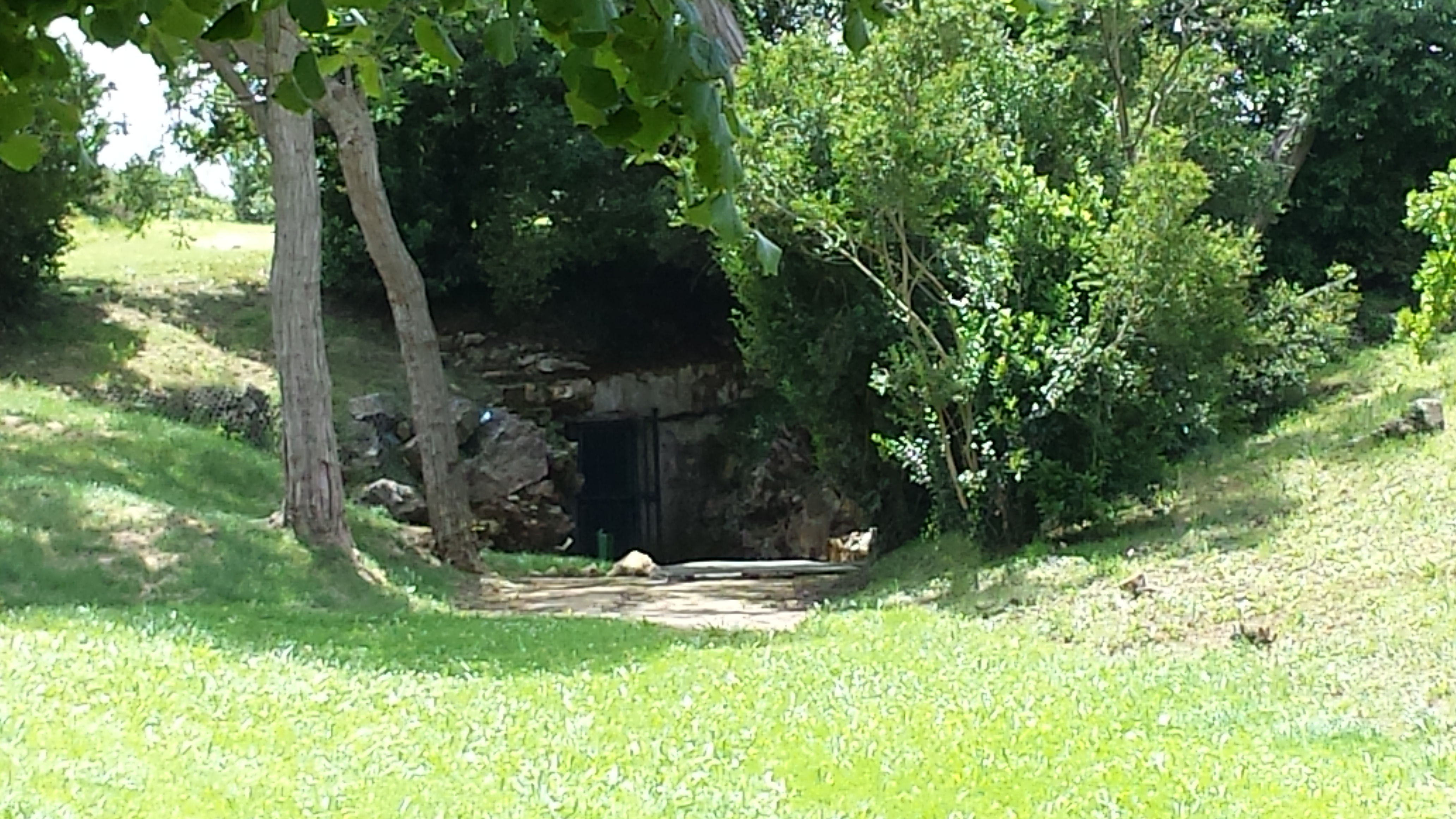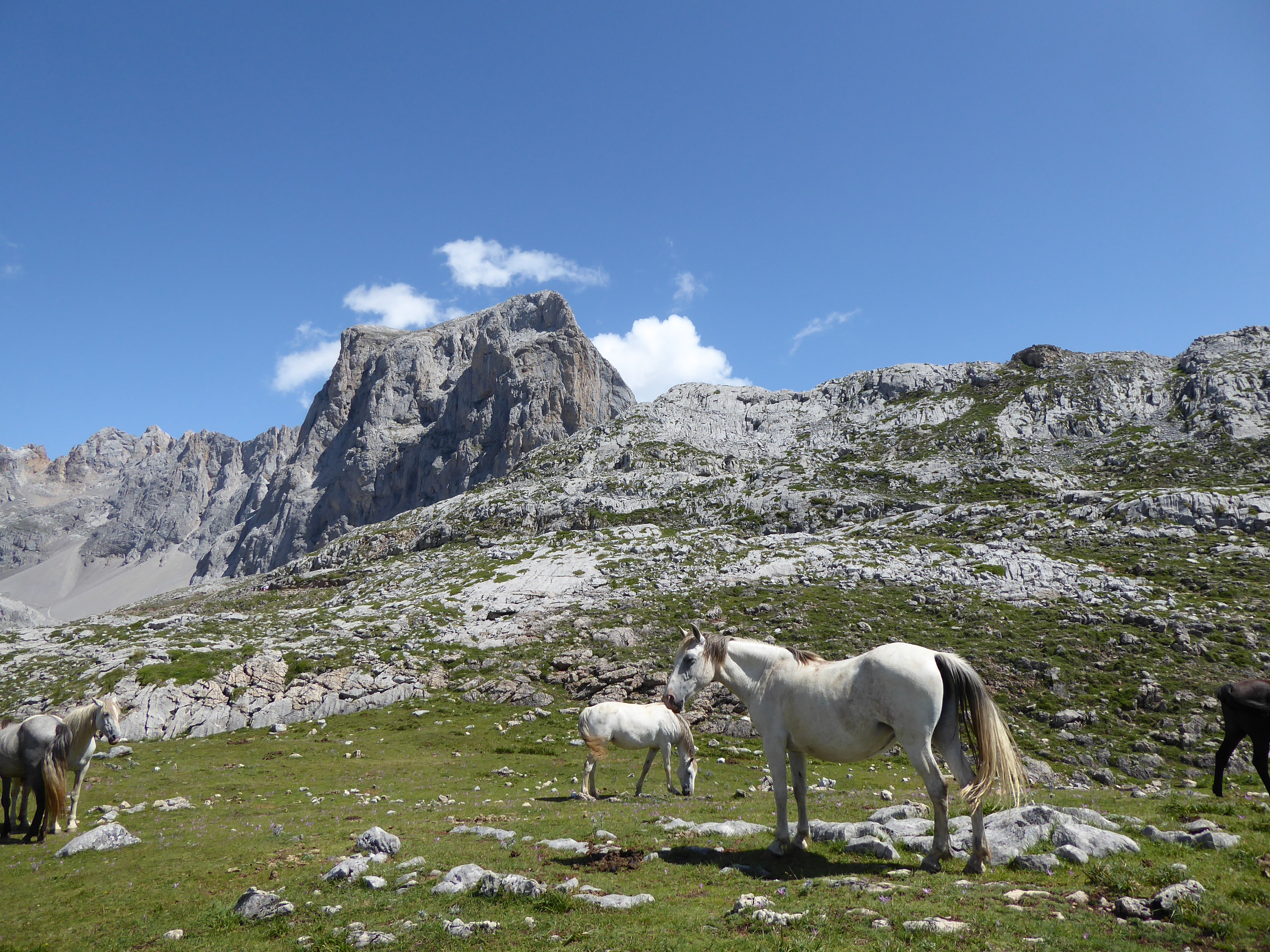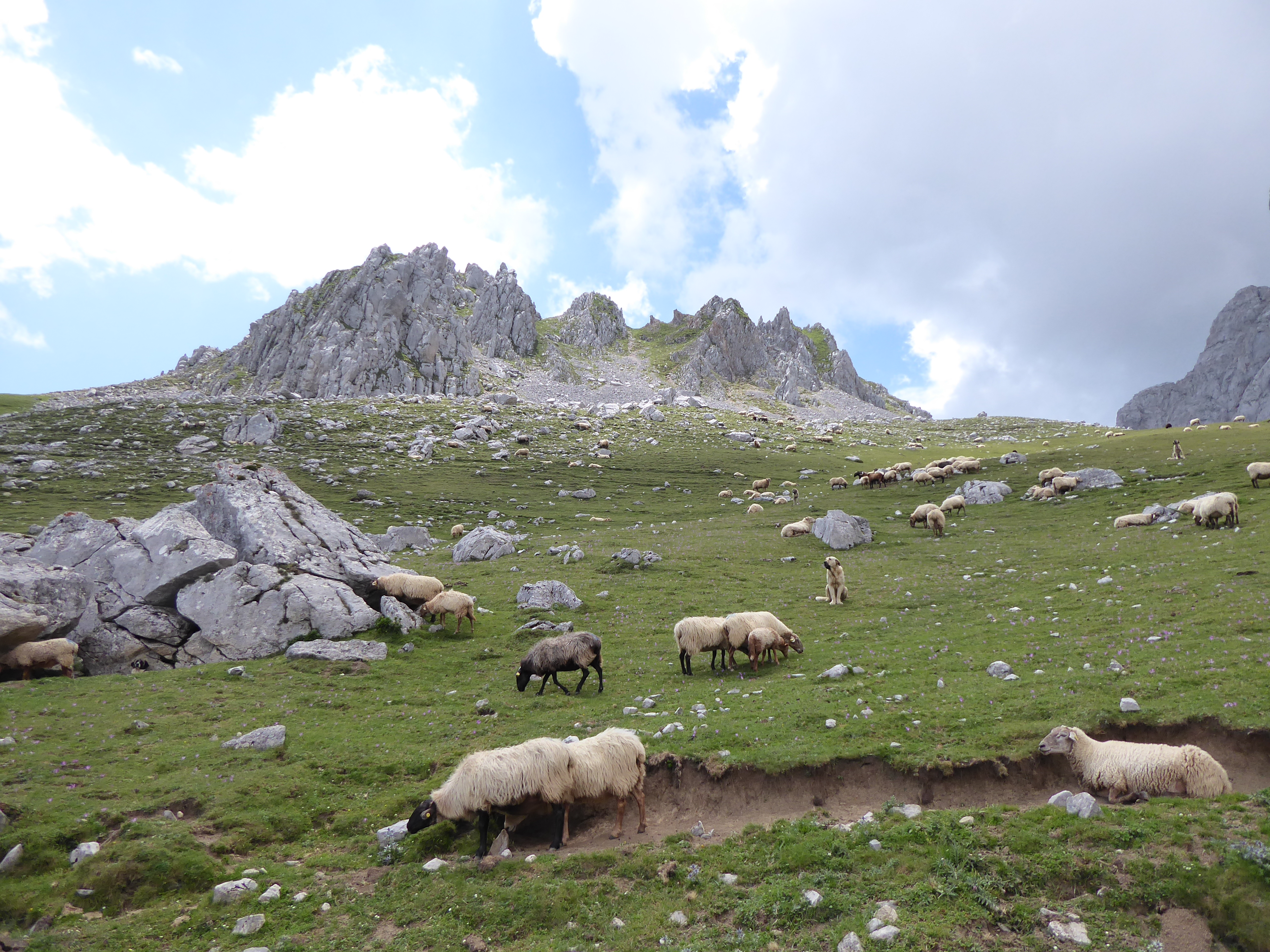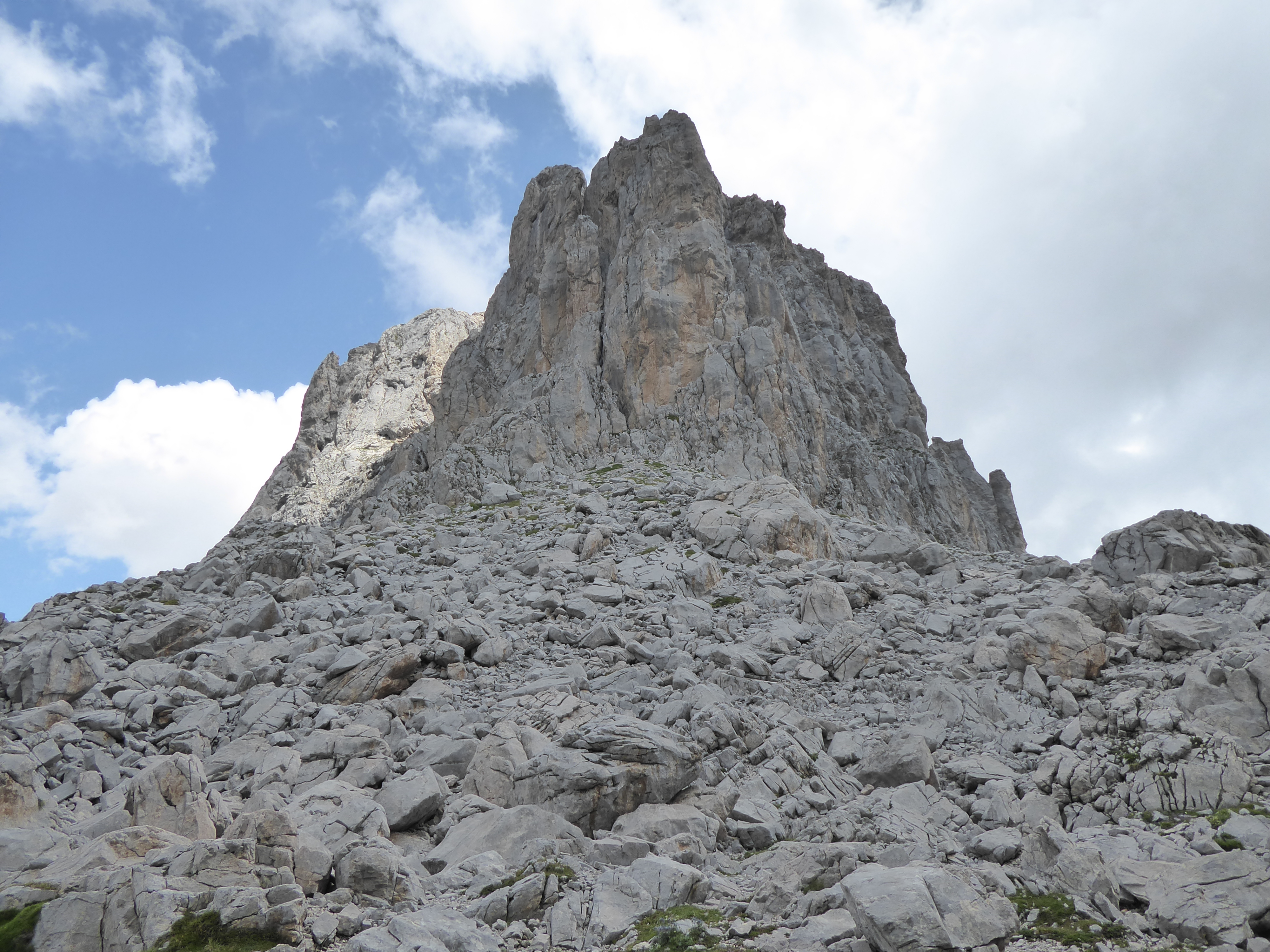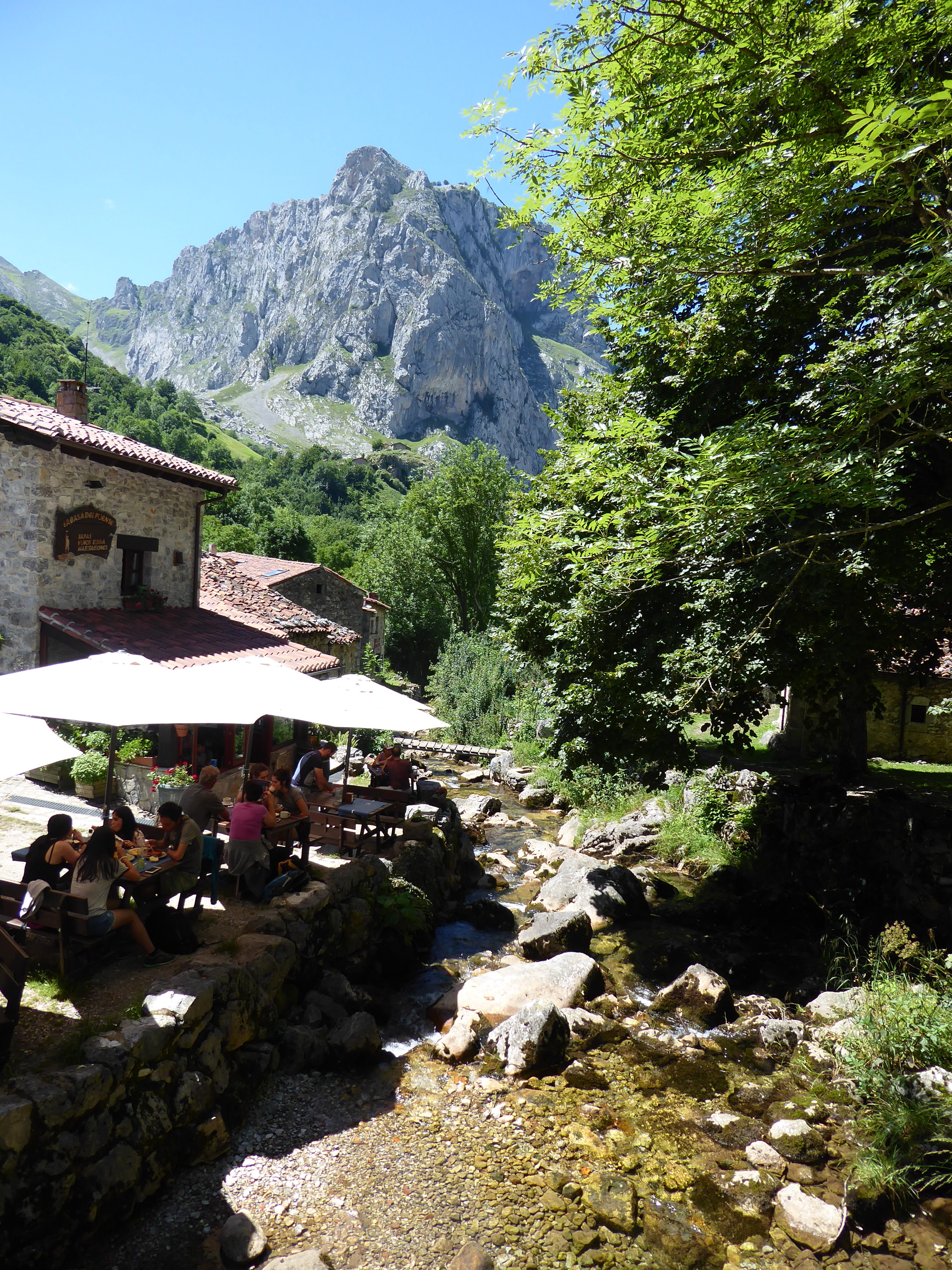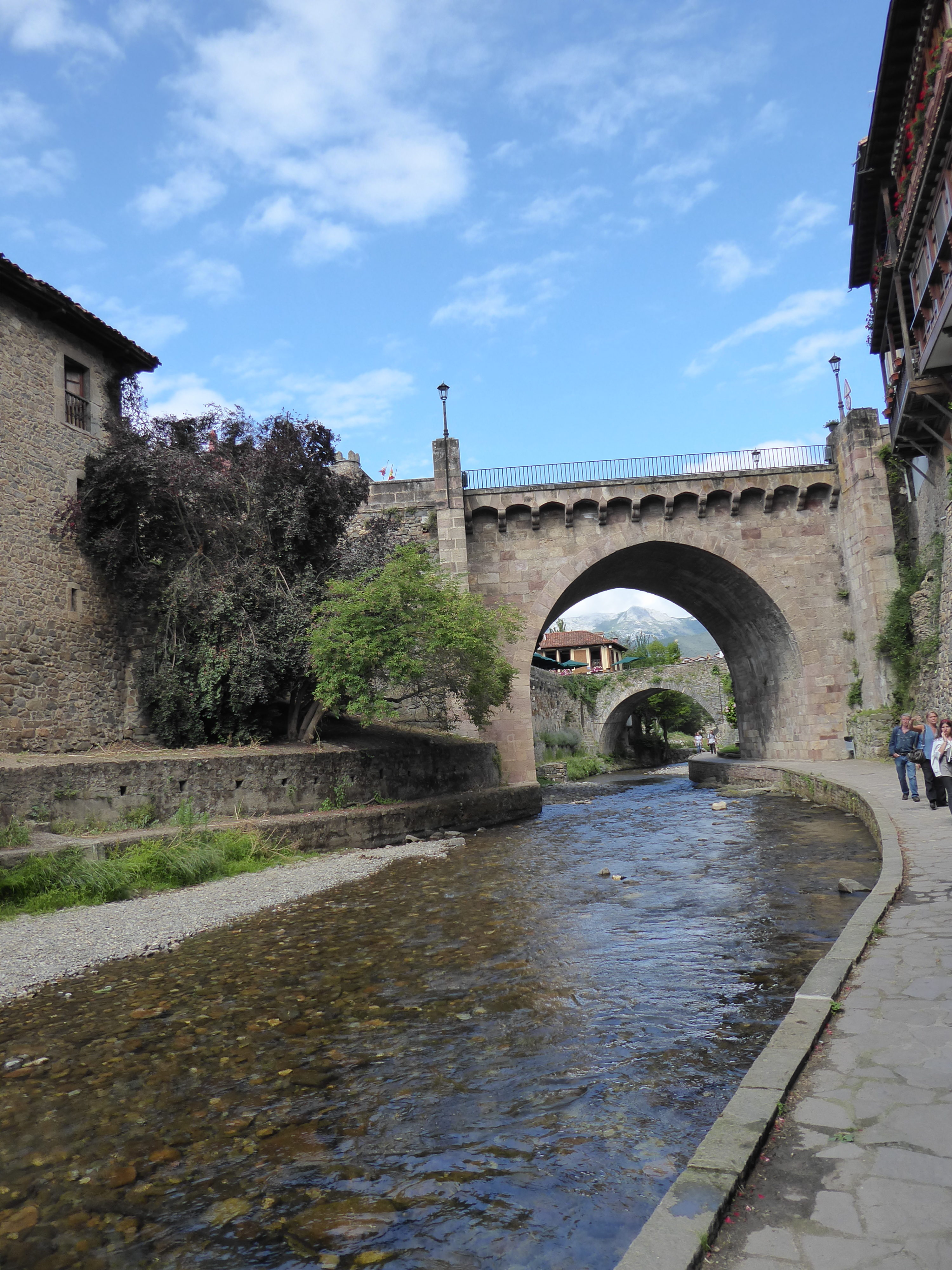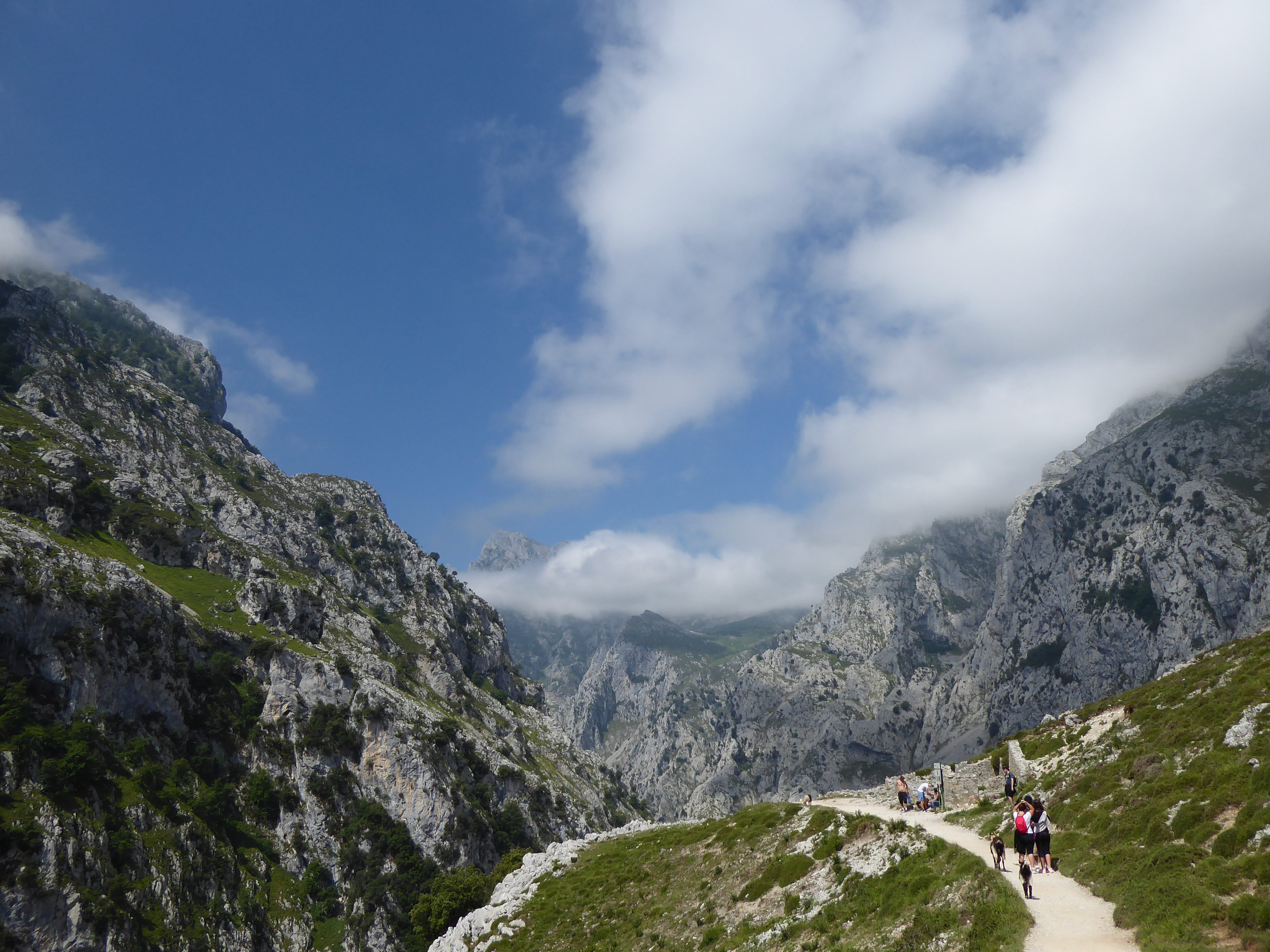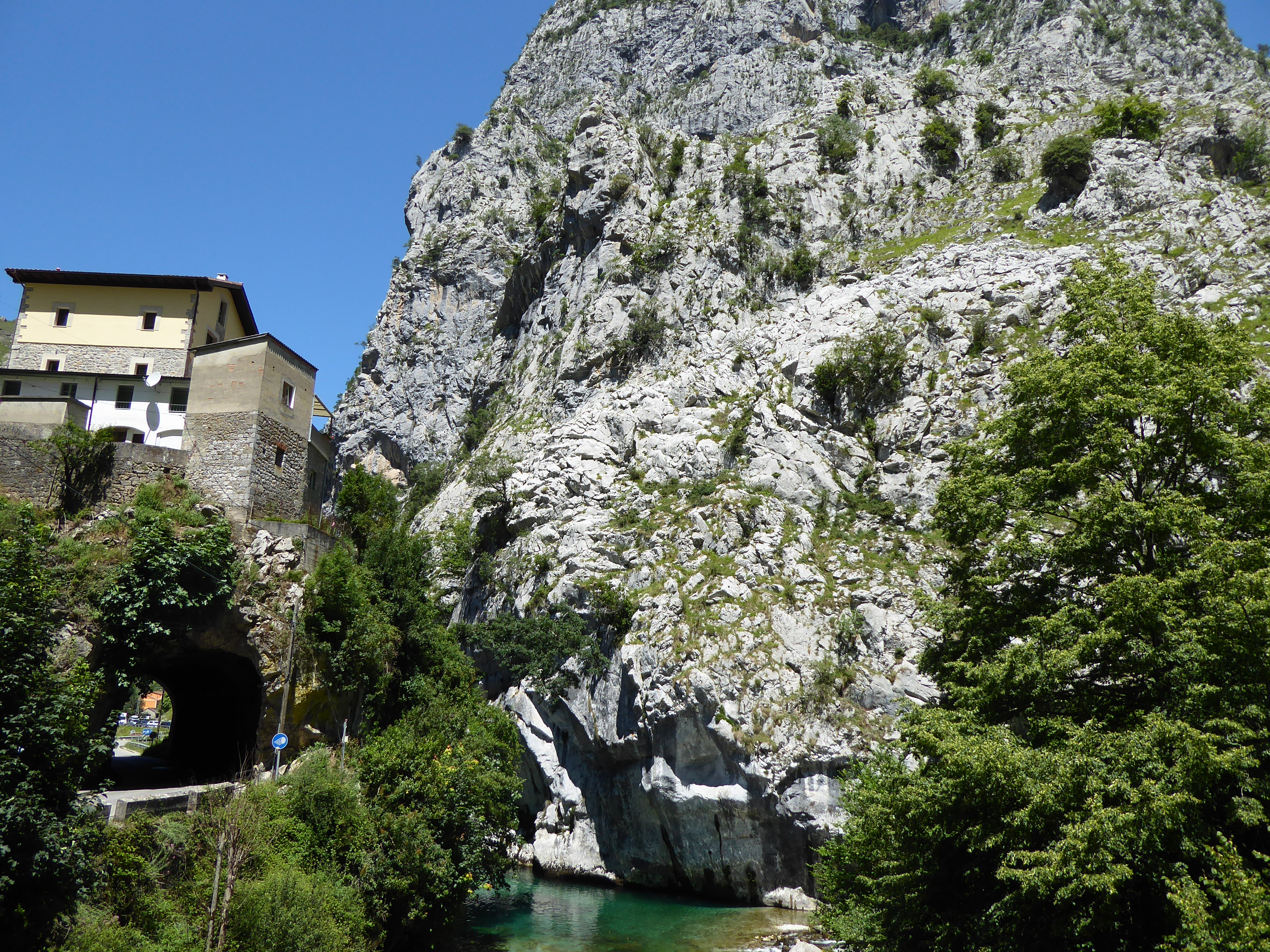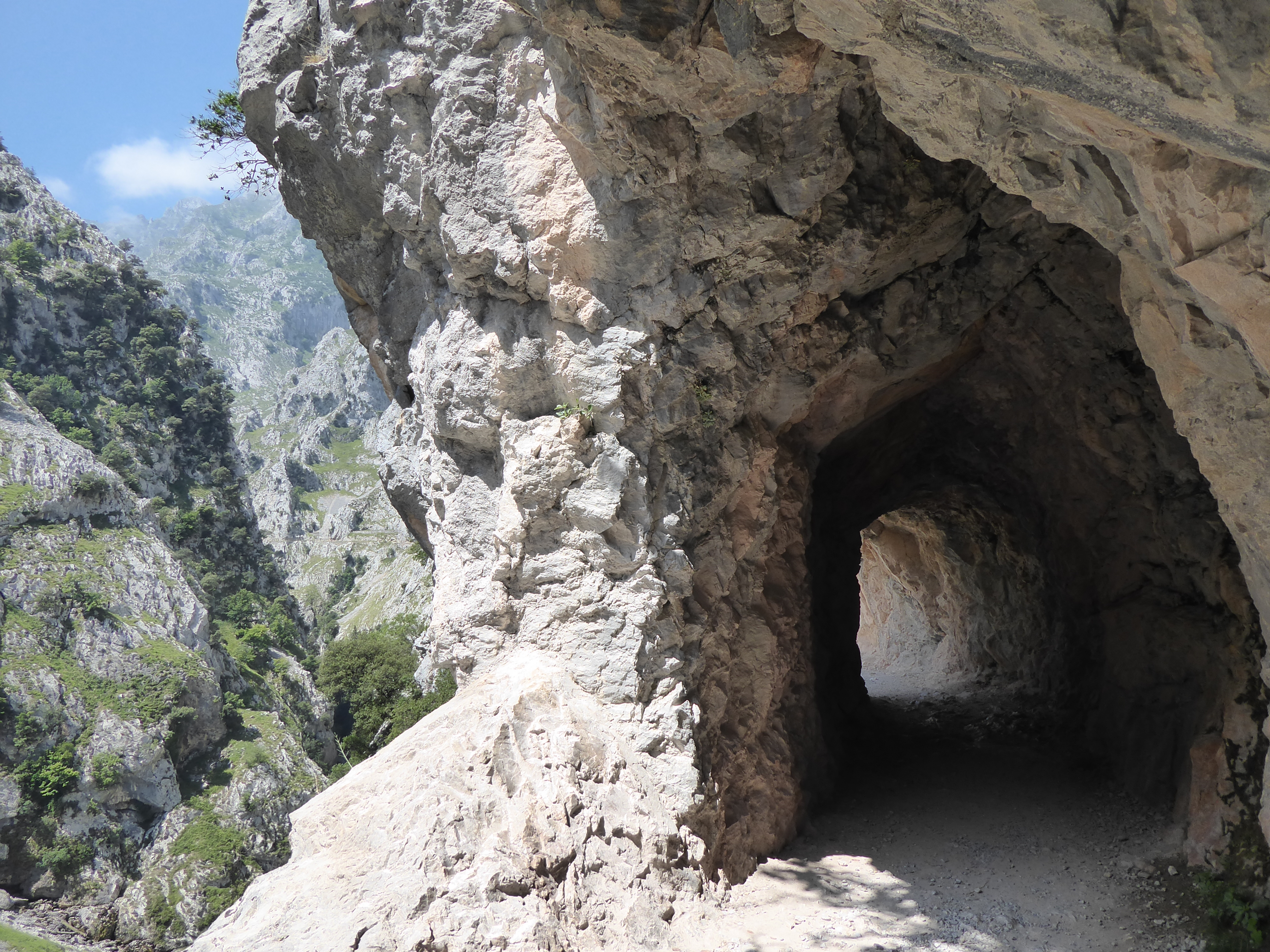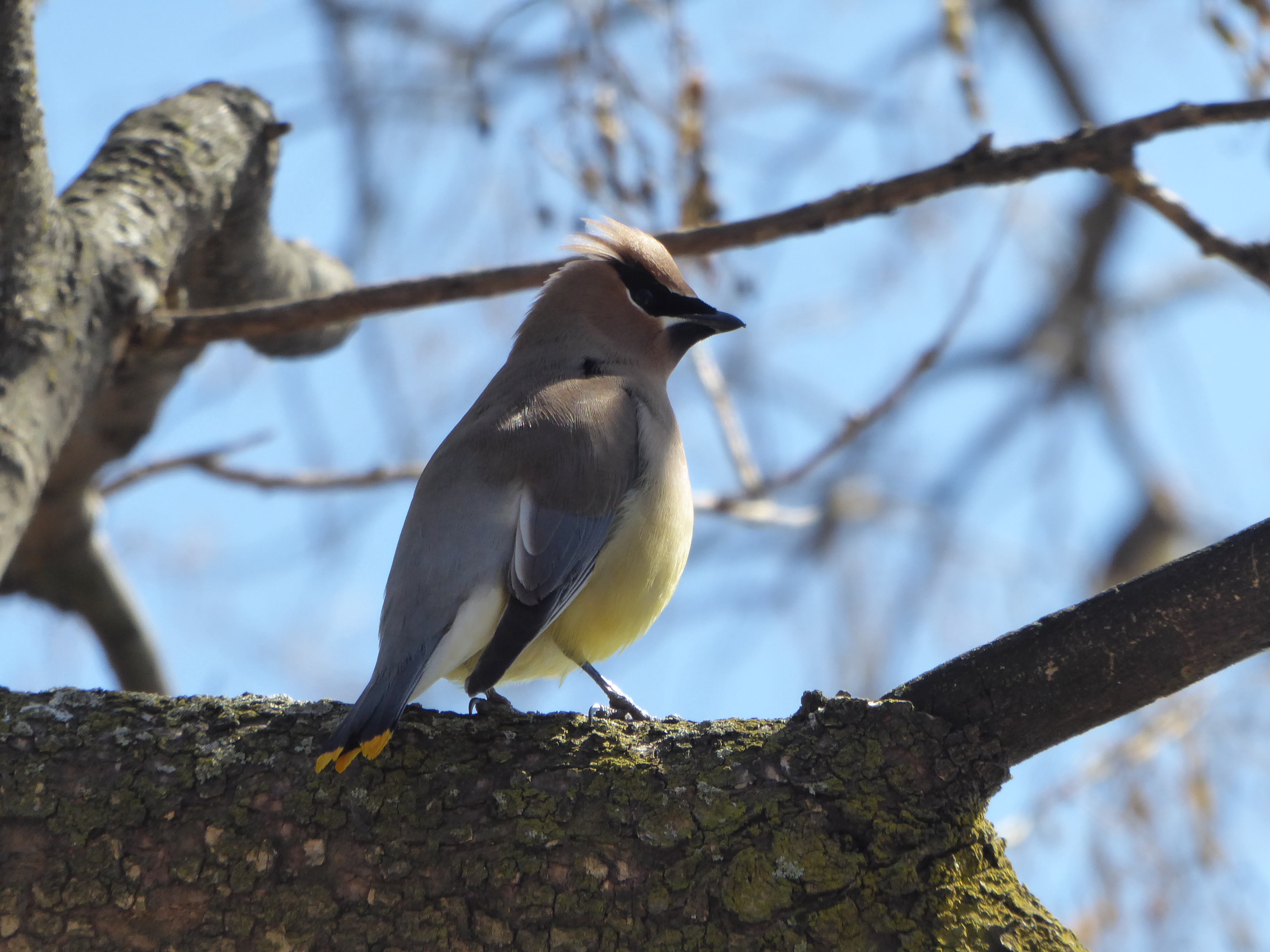
I have no permanent address as I write this. I do have two addresses however, homes of friends, that I use to keep my credit card company and the IRS content.
Having no address, to say I am “homeless” in our society elicits images of those living on the streets or in shelters-we are not a nomadic society. Every night I sleep in a bed, within four walls, under a roof, sometimes with a splendid view in an idyllic setting, sometimes less so. I settle into “my home” by placing my faithful and small Casio alarm clock, eyeshades and earplugs, the book or books I’m reading, on a bona-fide or makeshift night stand, arrange my toiletries-I rarely opt for a shared bathroom these days, and take everything else out, from my day pack and carry-on size bag, as needed. As far as clothing, I live in perpetual wash-and-wear cycle.
I may stay somewhere one night, one week, or at date the longest, six weeks in one place. However, I generally prefer between four nights and two weeks. There is always that chance that I will arrive somewhere and not wish to leave, but that has not yet occurred. I do not imagine being without a permanent home for the rest of my life and I trust my instincts to decide the when and the where.
I am grateful to live in the technological age where physical addresses can be bypassed and contact with loved ones easily maintained via email, WhatsApp, and Skype-of course nothing compares with an actual hug and face to face conversation. All important correspondence comes to me via email. Most of us rarely receive anything of importance in our mailboxes anyway. My bills are paid automatically.
There are those who live off the grid. I do not. I am living more on the grid than ever before. Traveling through various countries I use my credit card to pay for virtually everything and as countries in Scandinavia are moving to a cashless society this is becoming increasingly easier- there are no minimum amounts and although the Big Brother effect is alive and well: virtually every place I visit, eat at, sleep, every item I purchase is documented. I am not concerned. It provides me with an easily accessible record of my days.
To sustain my energy I spend some evenings-no matter how many things there may be to do and see in a particular place- at home, preparing a meal, reading a book, writing, or watching a film on Netflix (I was surprised to see that Paddington the bear was fluent in Norwegian until I realized that Netflix localizes its programming. I ended up choosing another film. I’ve never liked dubbing–even in animated movies.)
Each day is filled with new experiences and things to grapple with. Staying often in Airbnb apartments, I am continually looking to see where the owners put their silverware, dishware, pots and pans, and towels. And where I put the garbage. I have learned how to use several different models of convection stoves-a more challenging task than one might imagine. I negotiate the layout of villages, towns, and cities: where the nearest park, grocer, and desired sites are. I learn to navigate, when driving, narrow passages, windy roads, and major highways, and when not, the local buses and trains. I need to be particularly cautious in countries that drive on the left hand side.
I rely often, like Blanche Dubois in A Streetcar Named Desire, on the kindness of strangers.
It was initially daunting to not know my next destination–a virtually unlimited choice comes with its challenges–but I have developed the confidence to know that an idea will come to me. I do not fret if it’s the best decision, because inevitably there is no wrong decision. Even places which appear unappealing, with a bit of effort, reveal their charm. There is always some fascinating history to learn, a local to speak with or observe going about their day, a street/lane/path/meadow/coast to stroll on. At the very least I think about the people who call the place home and do my best to understand what living there would be like.
I am learning that travel is like knowledge: the more places I visit the more I realize the many places there are to visit and I have always had a thirst for knowledge.
I think of this journey as my odyssey.
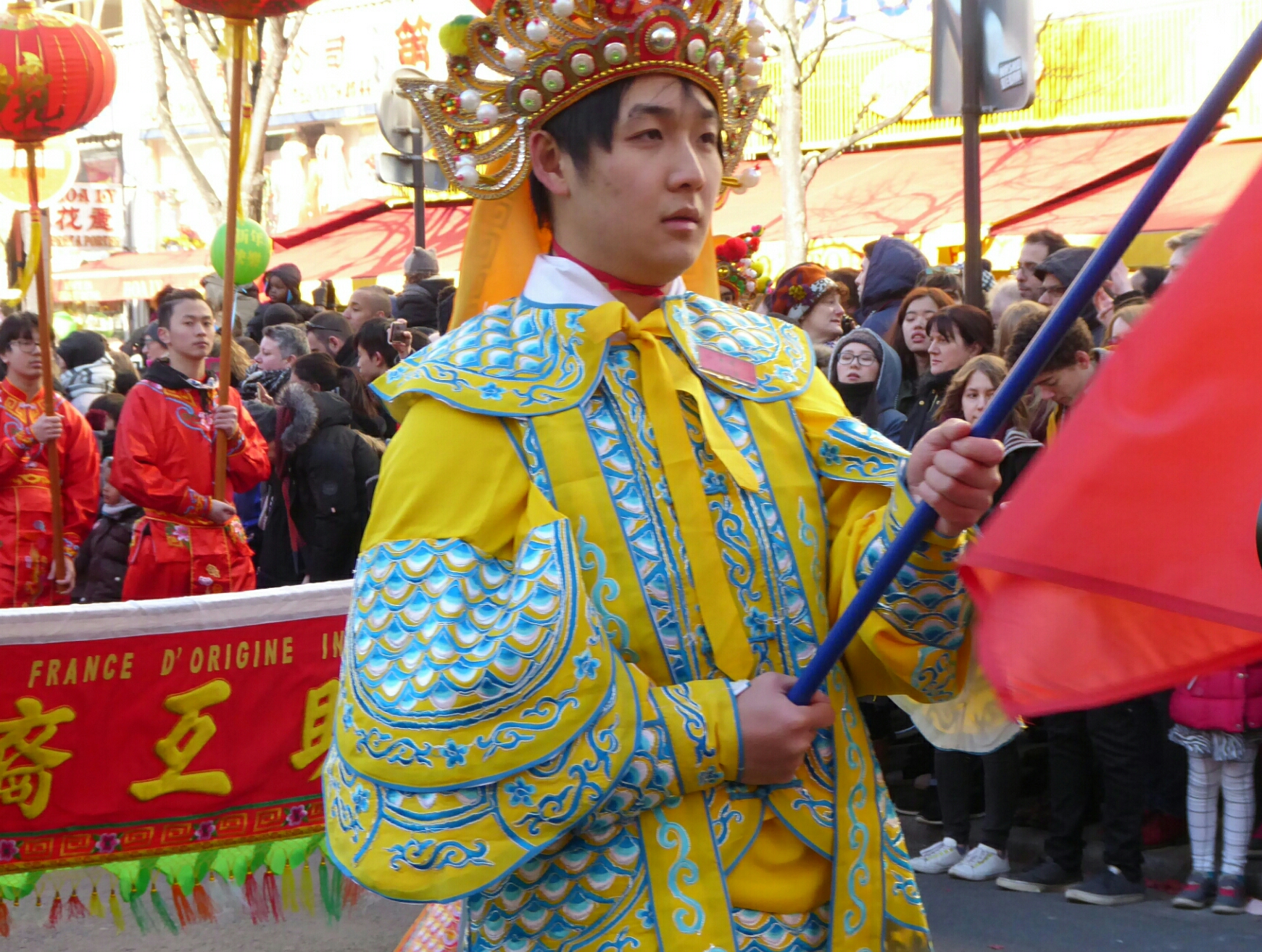
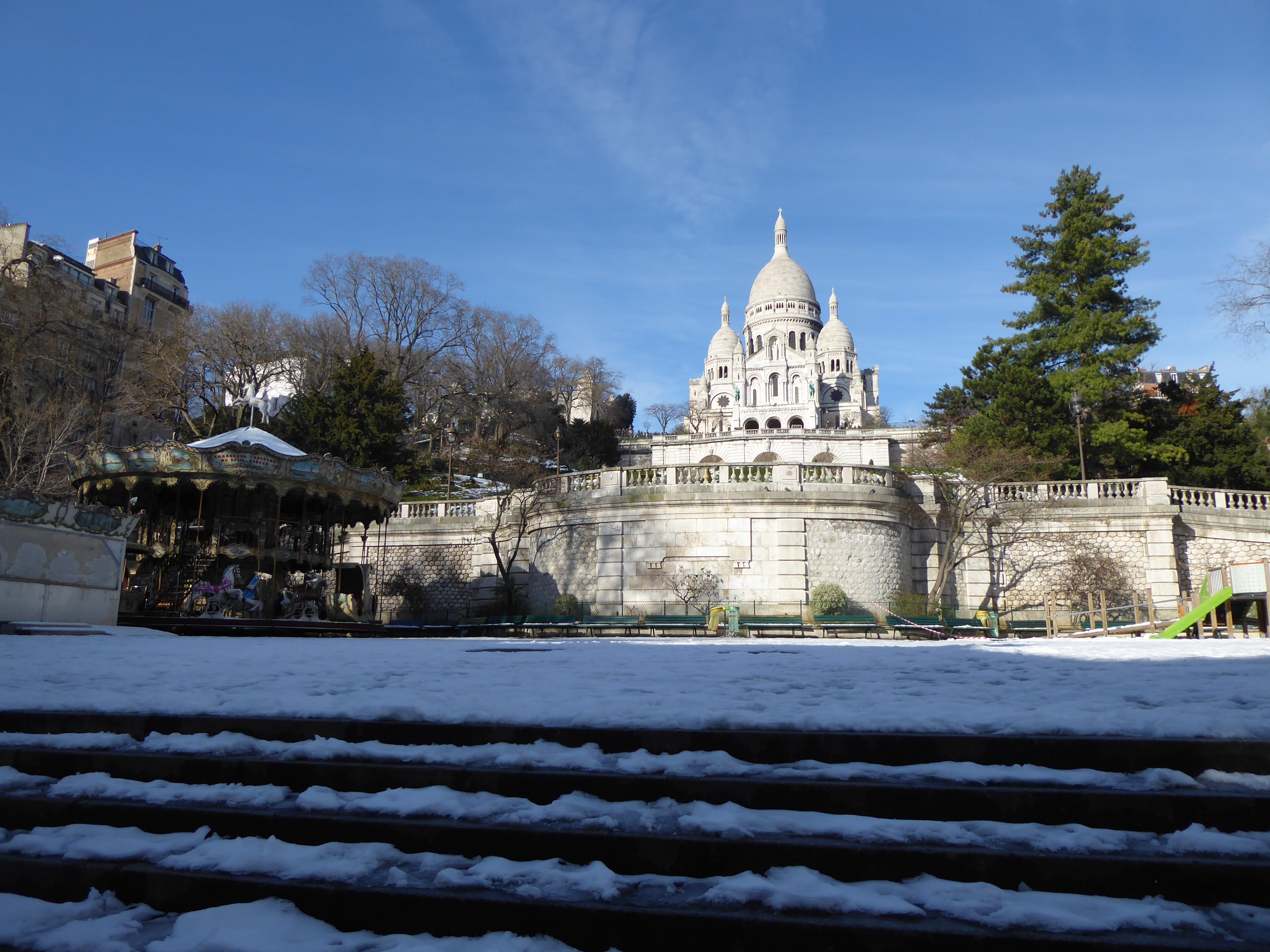
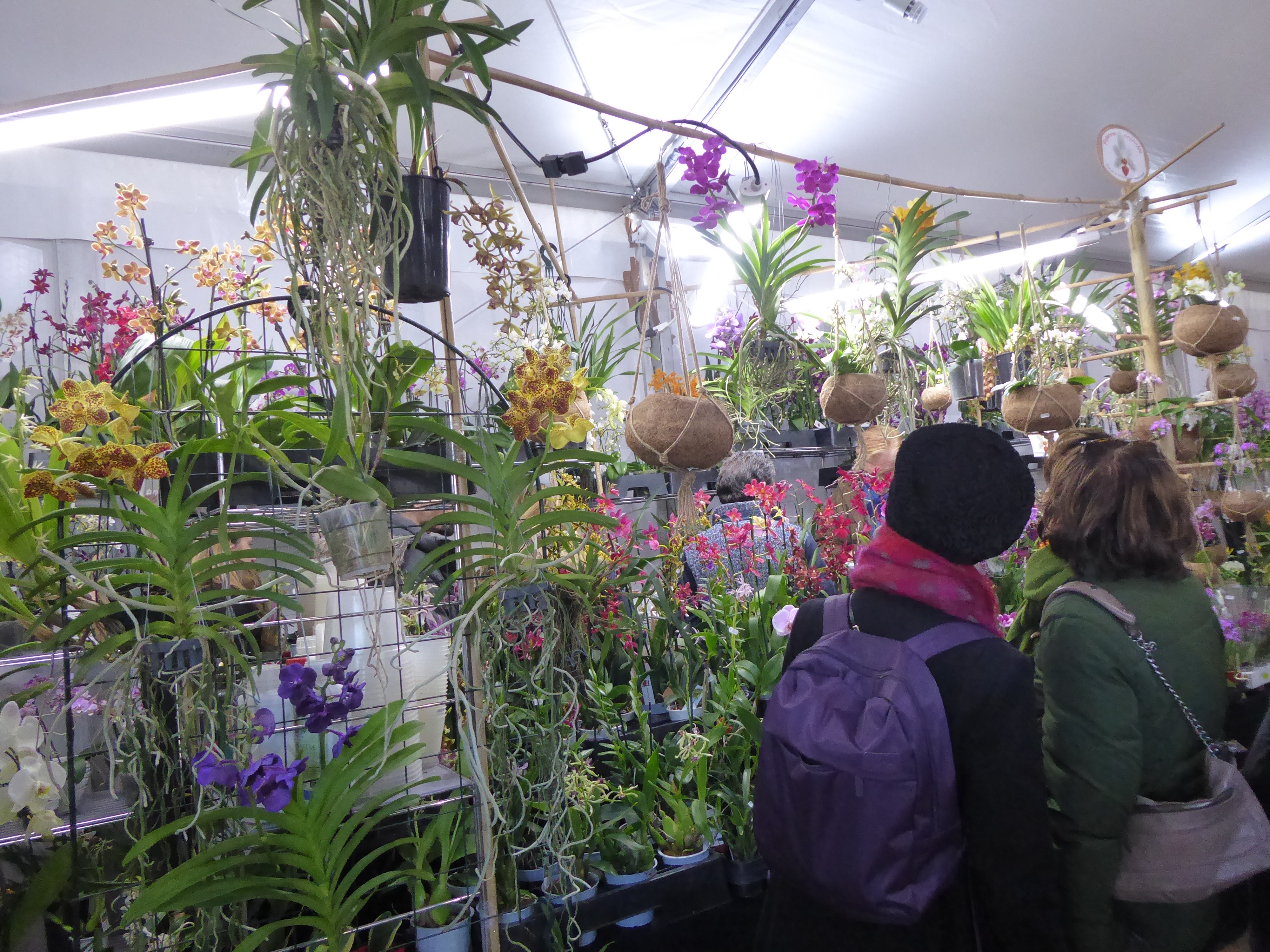
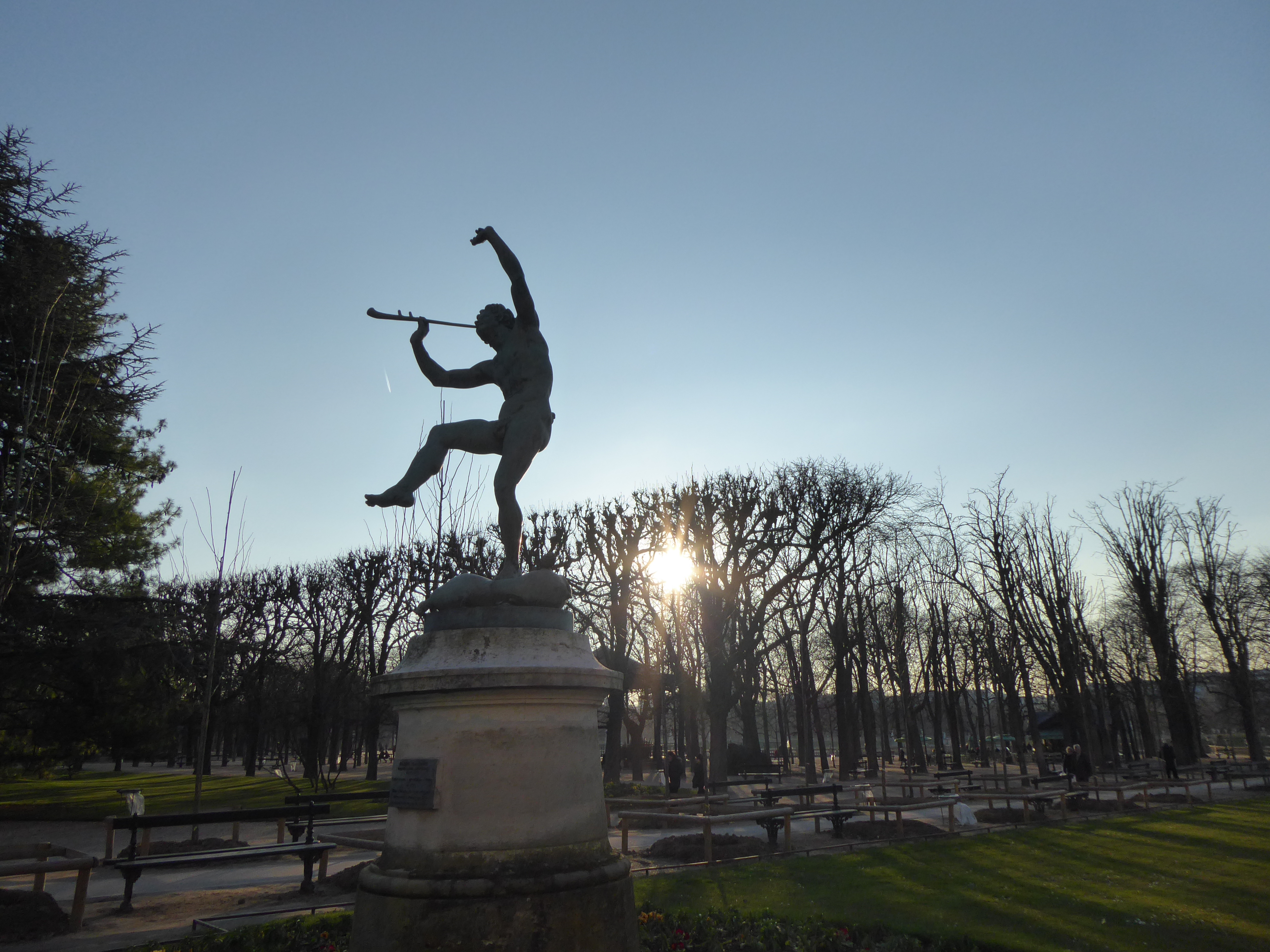
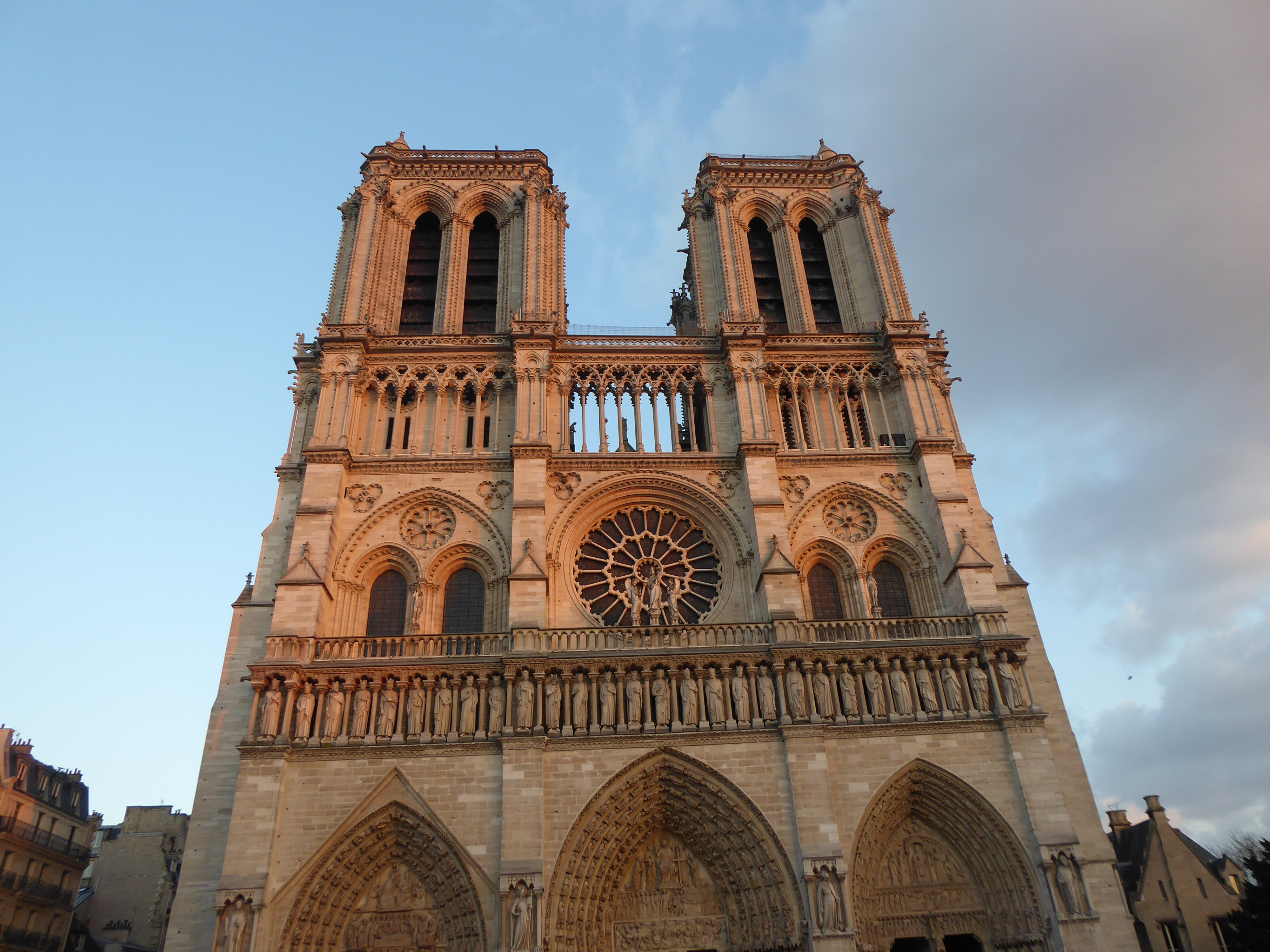
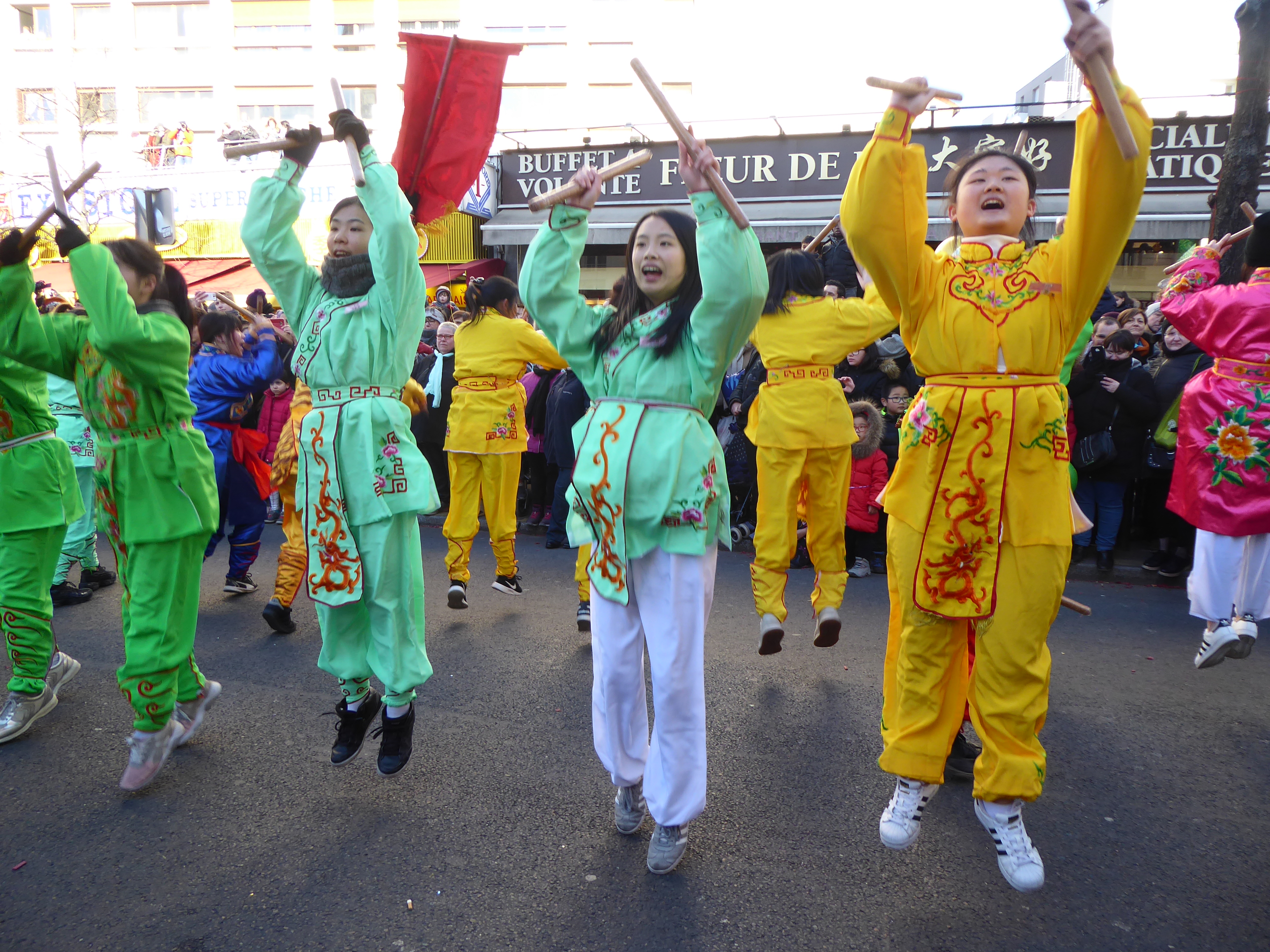
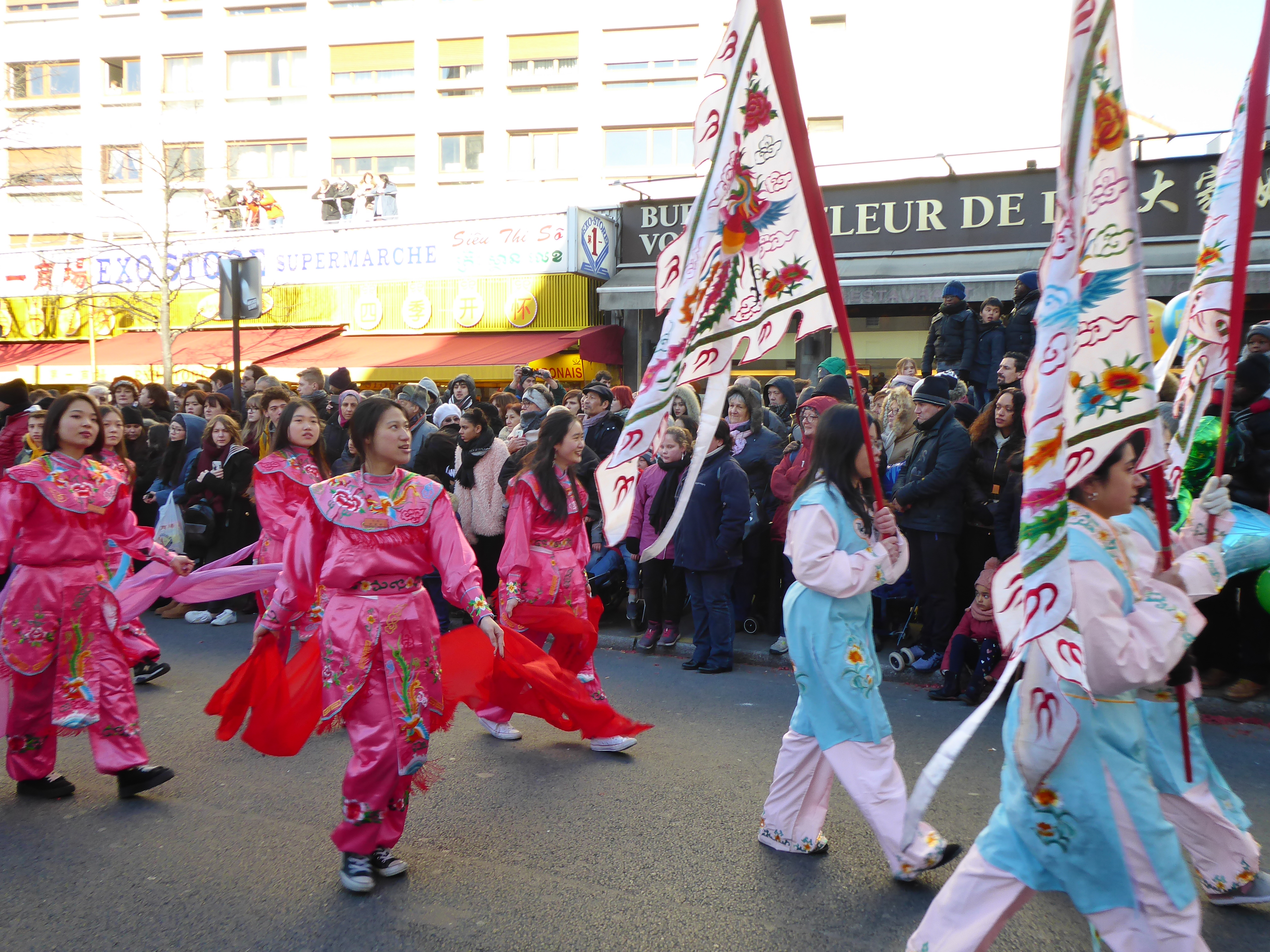
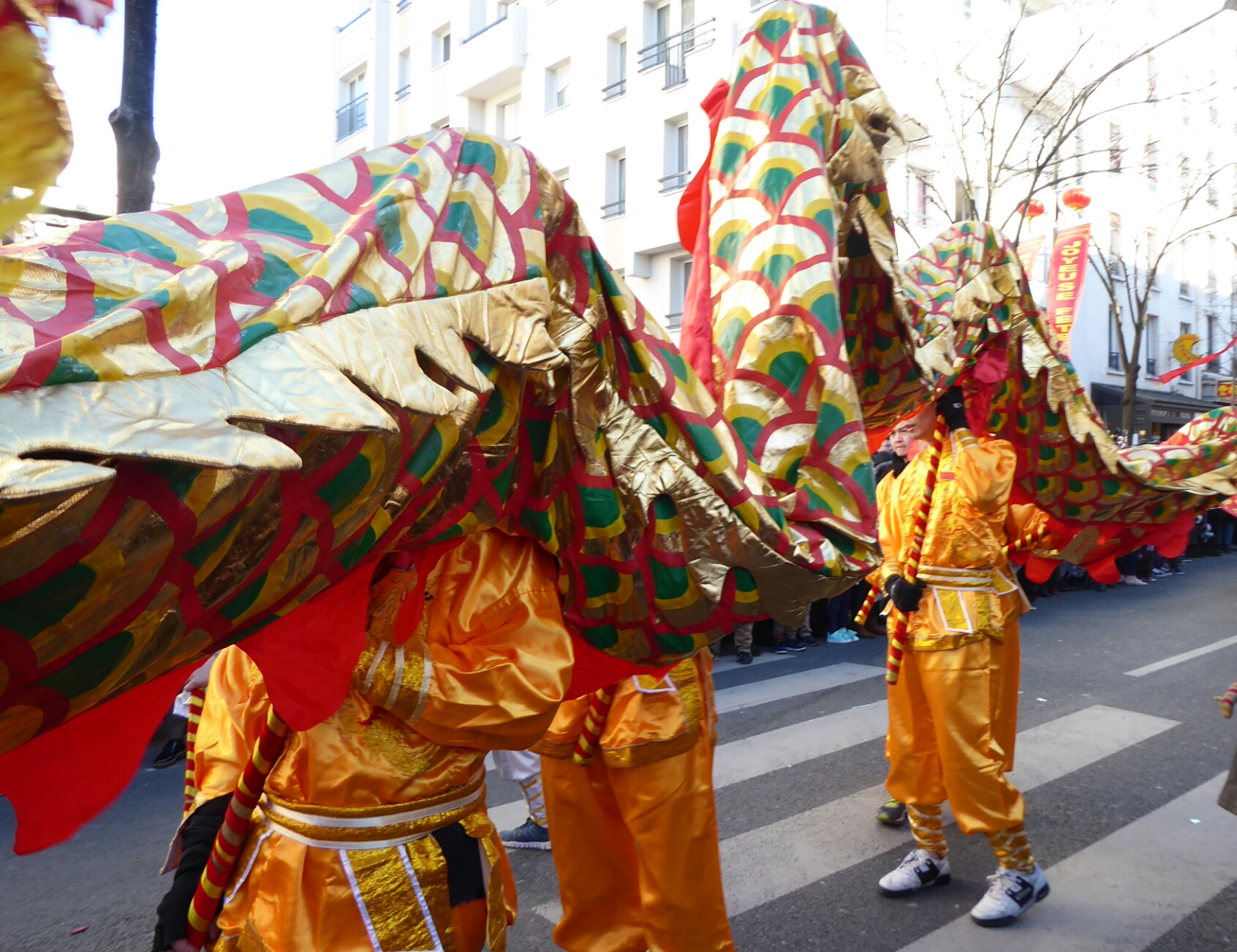
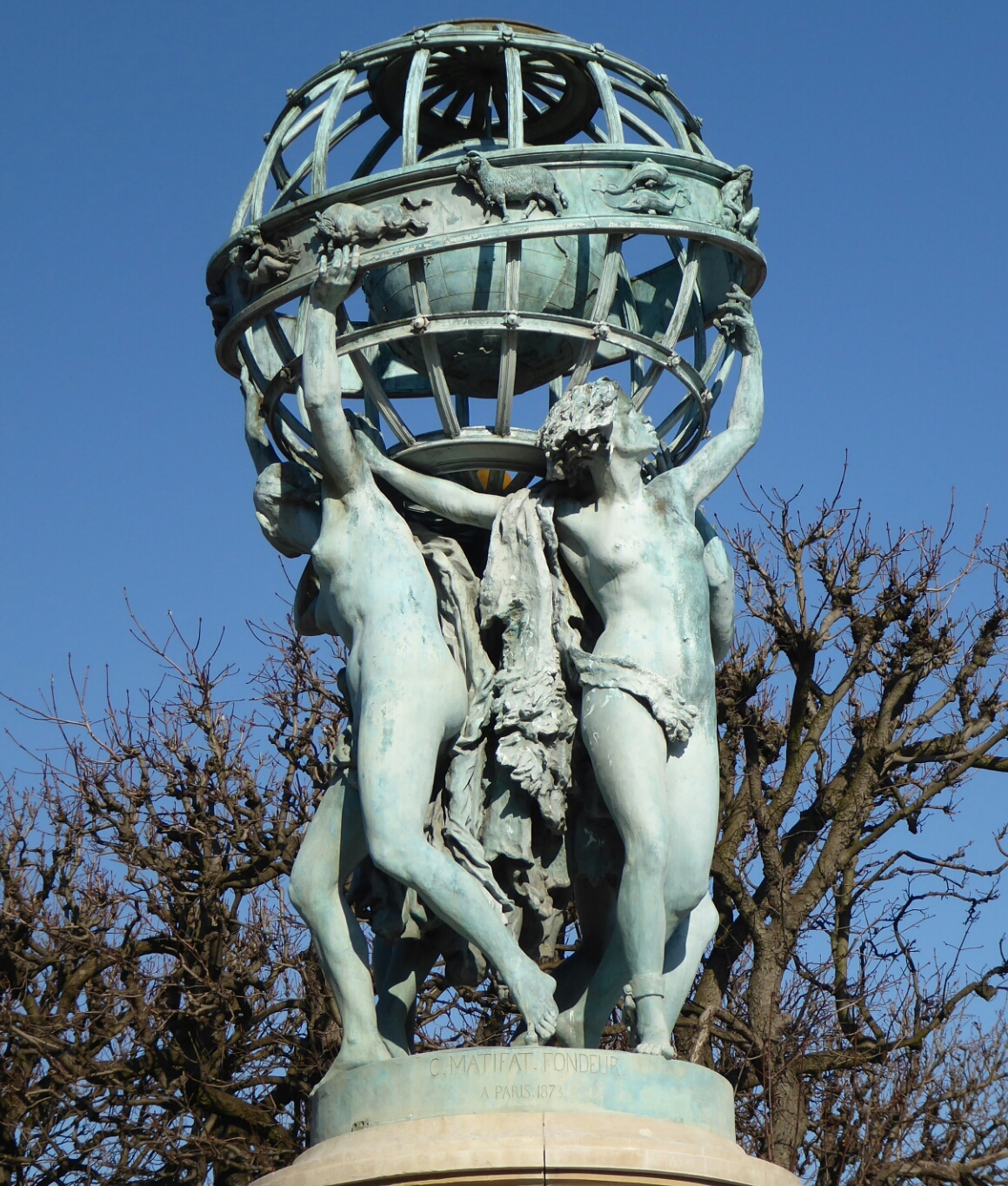
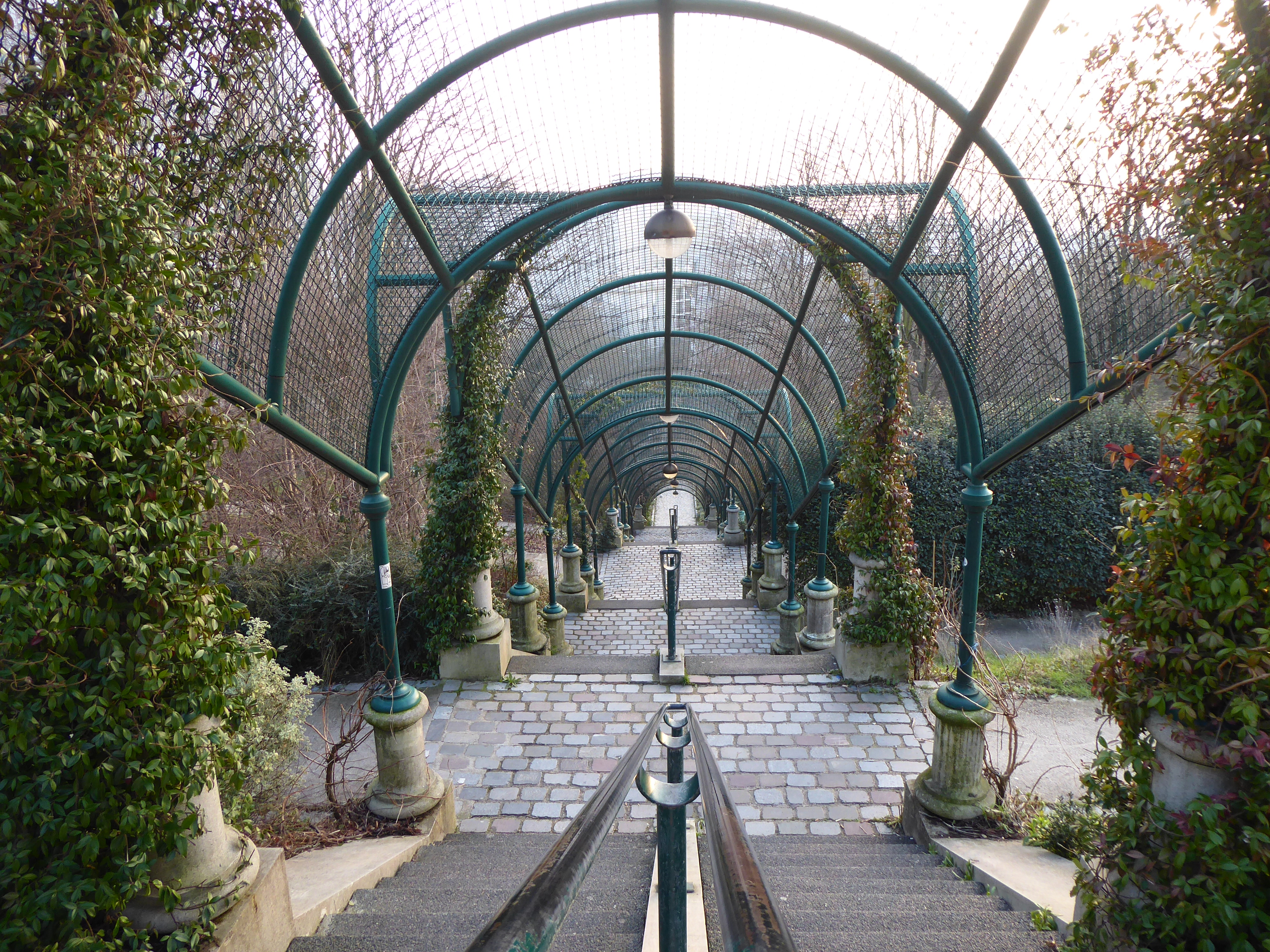
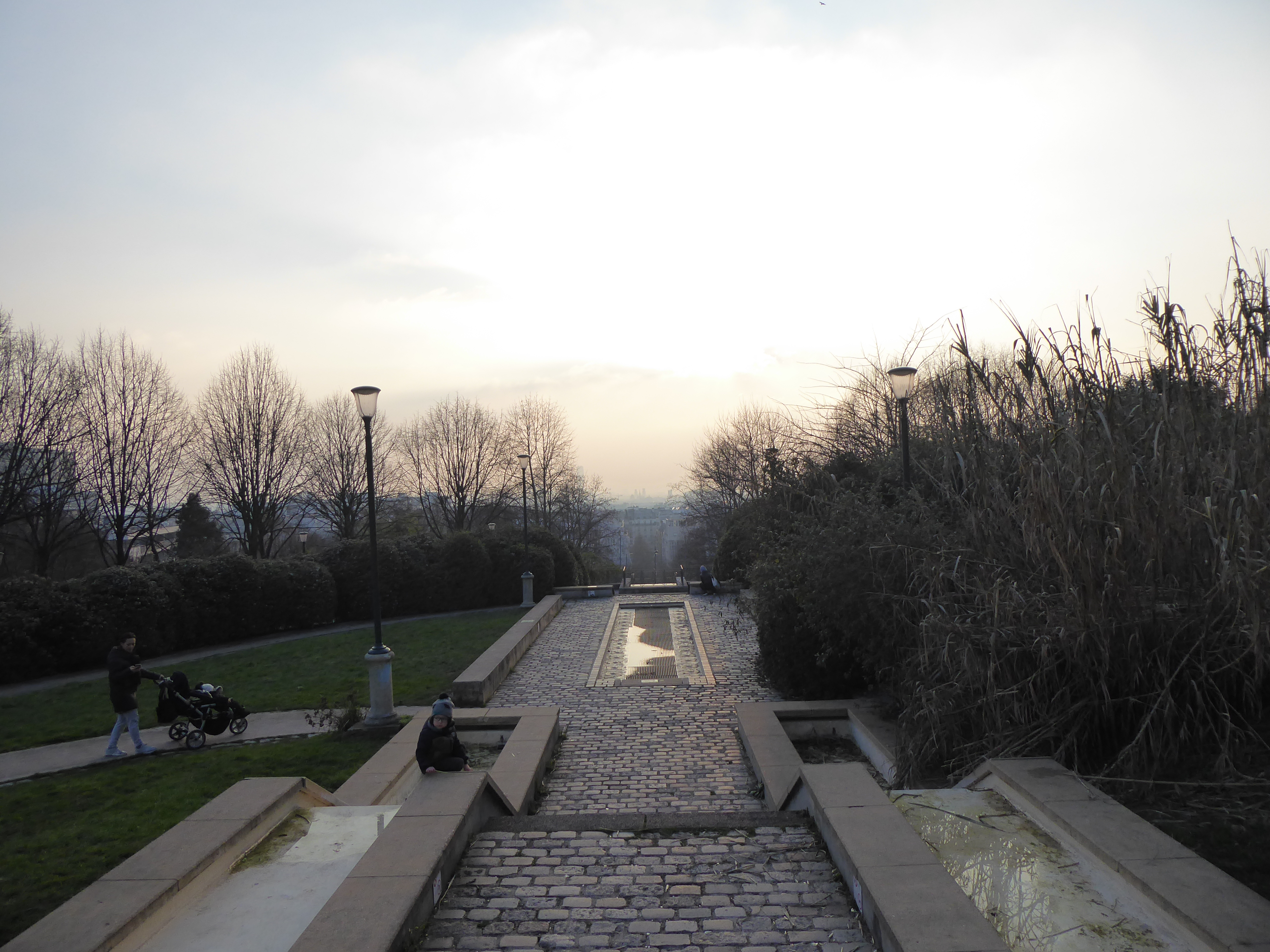
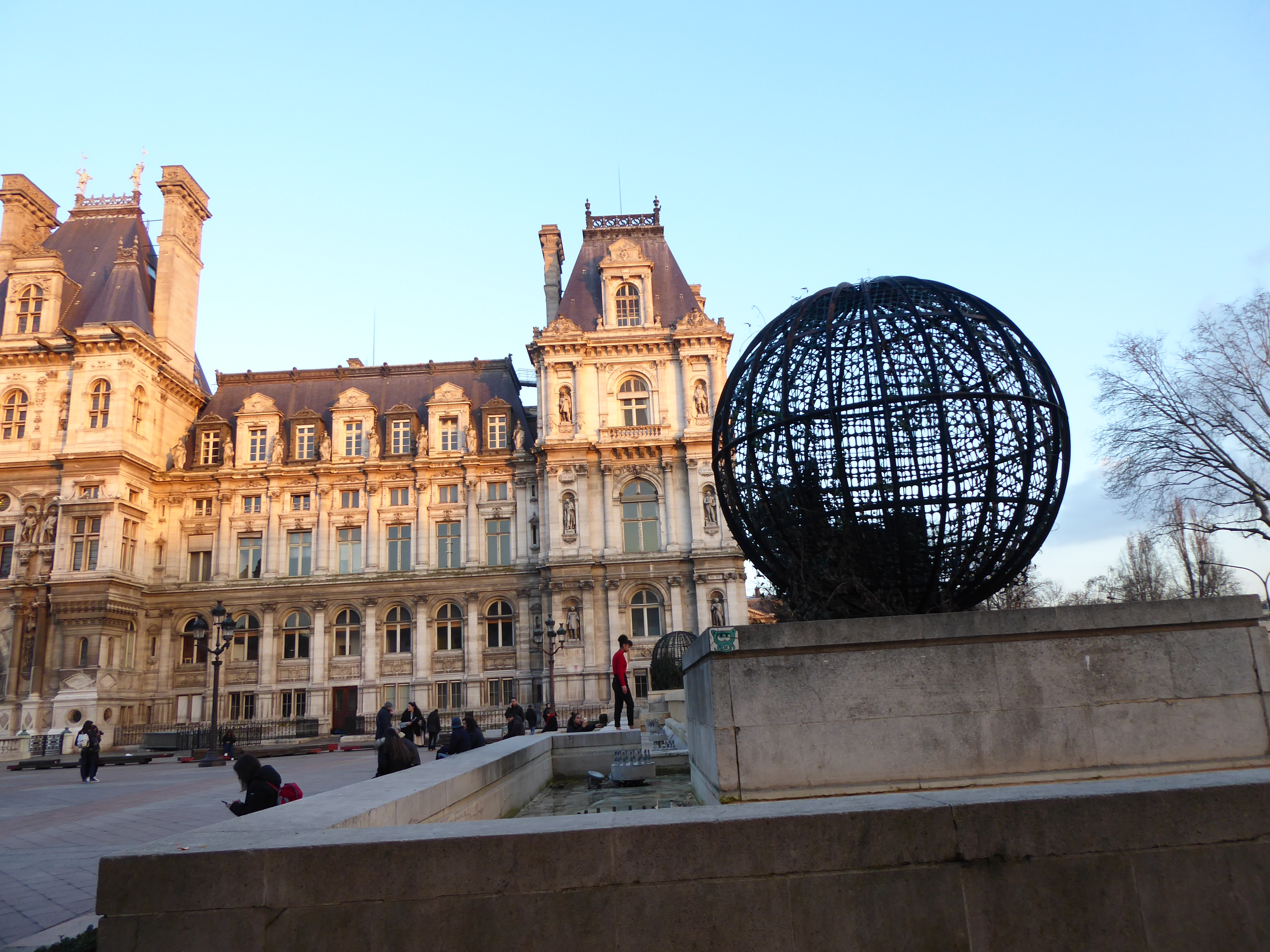
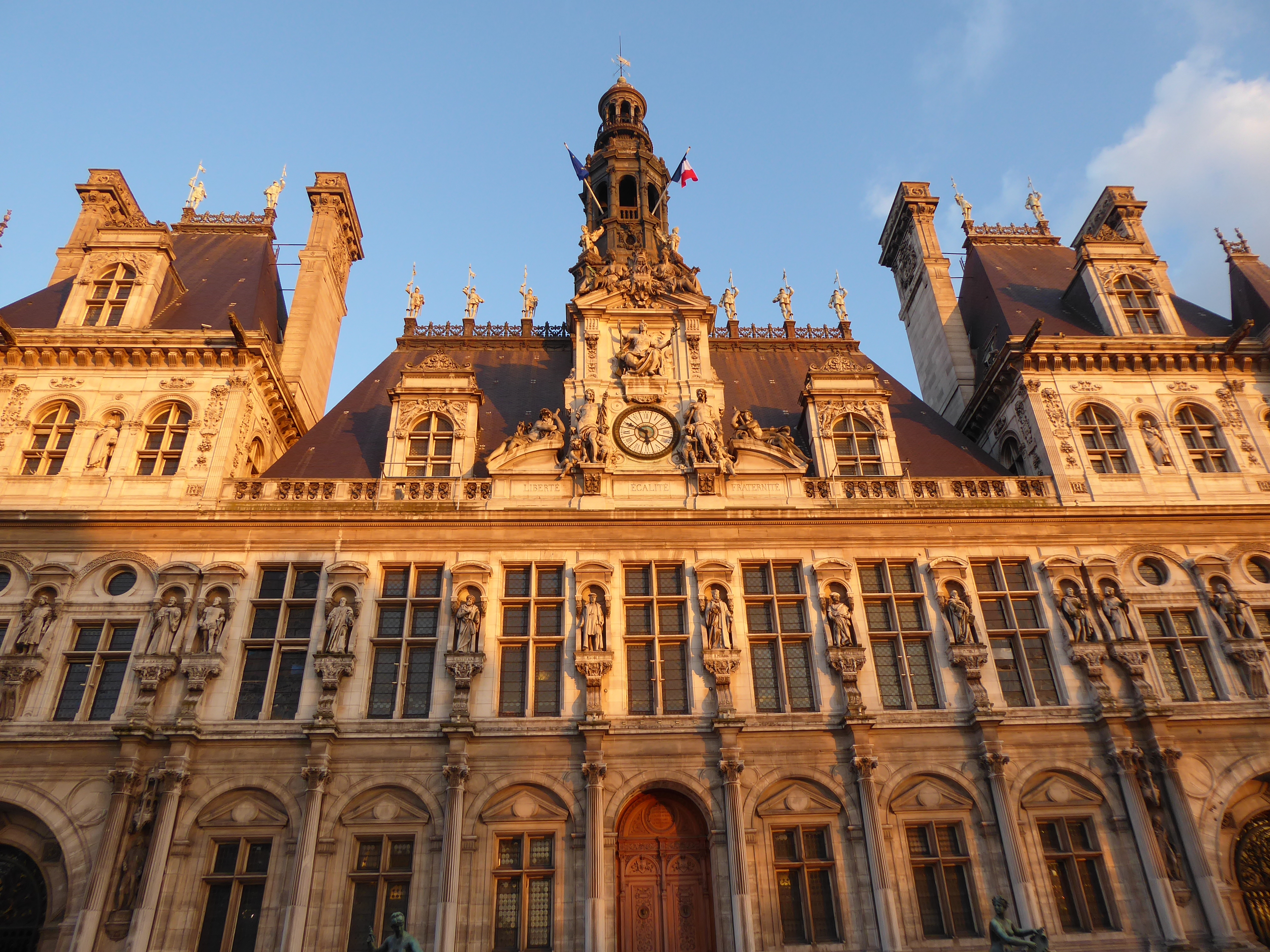
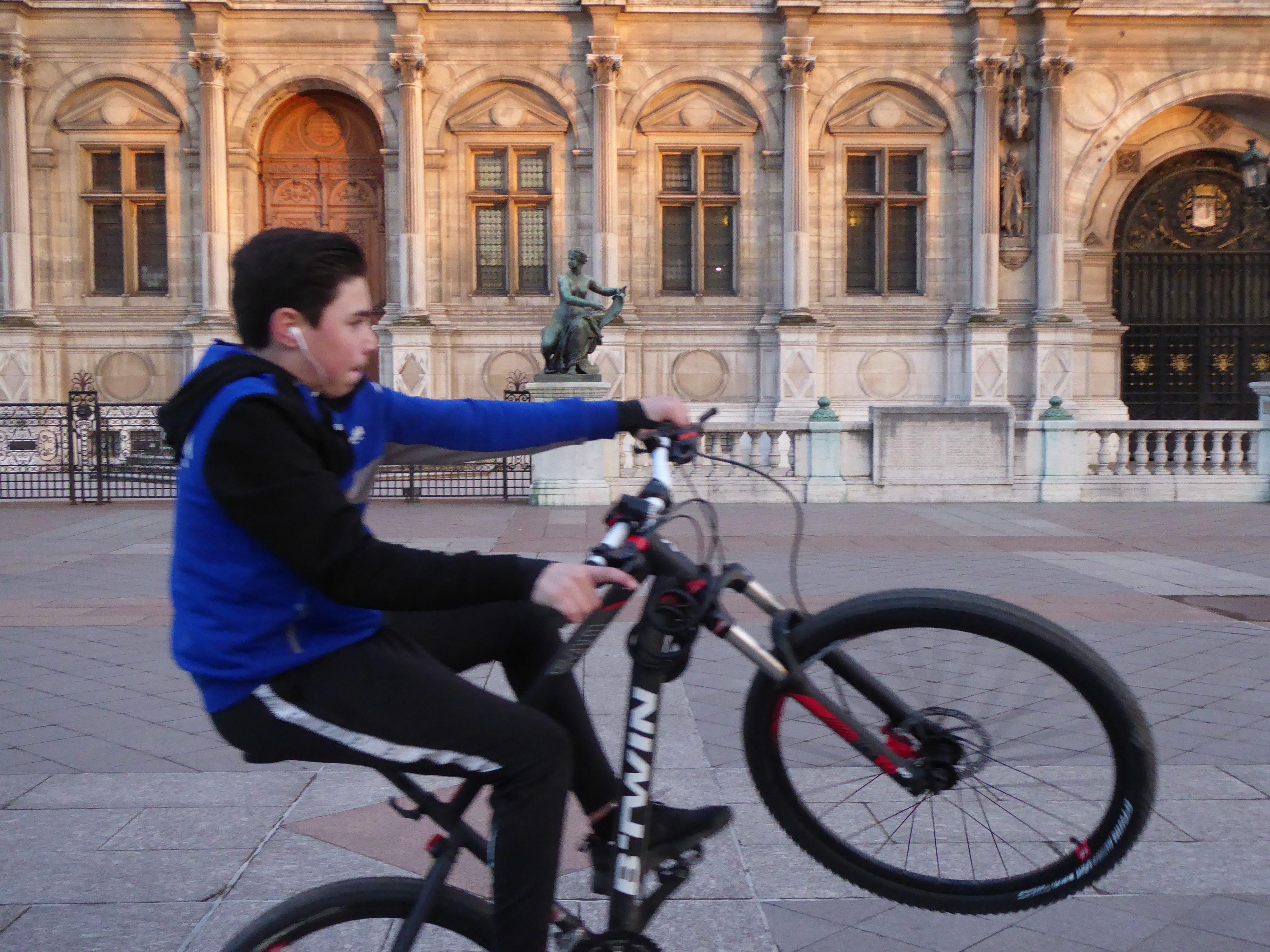
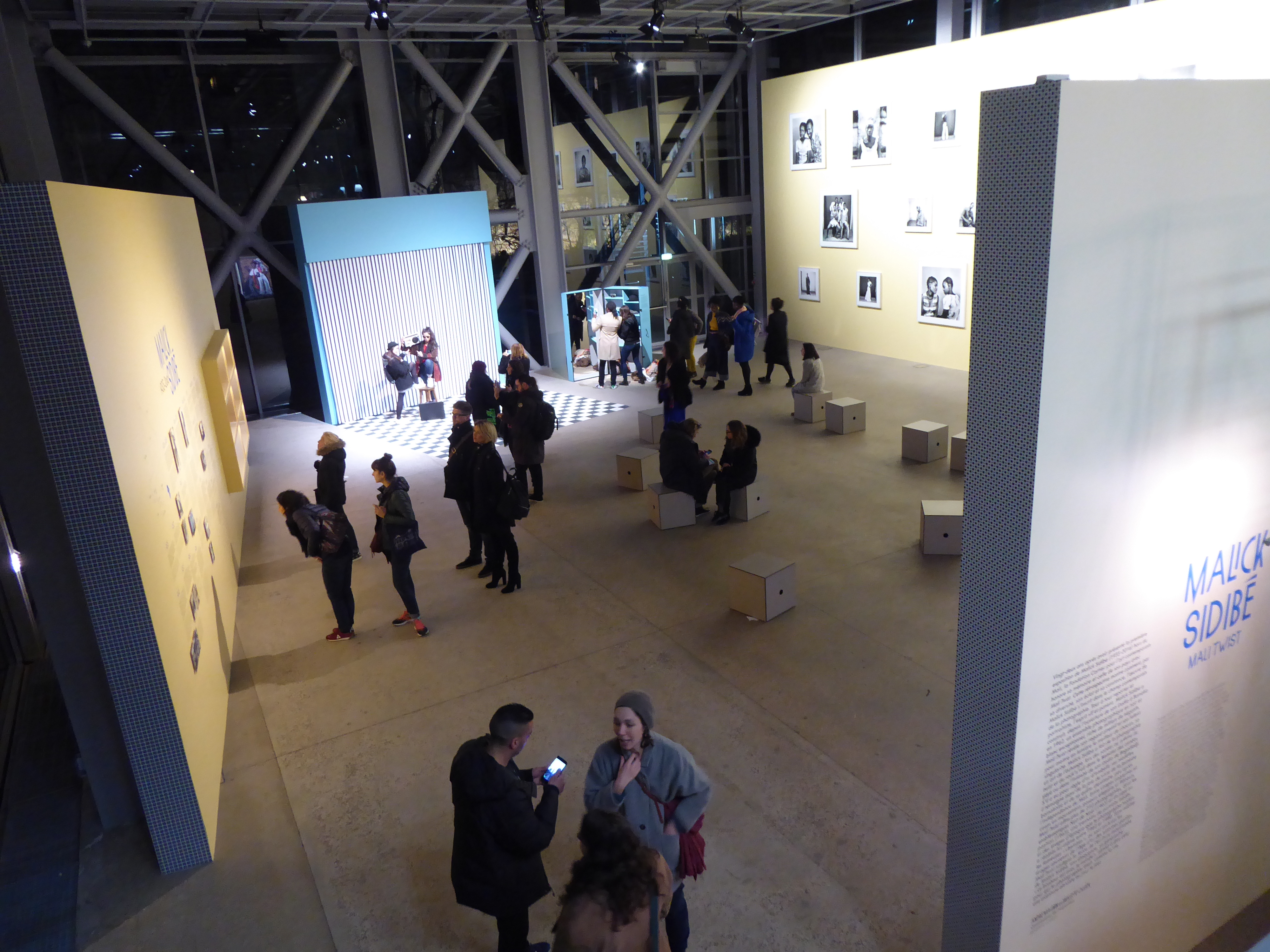
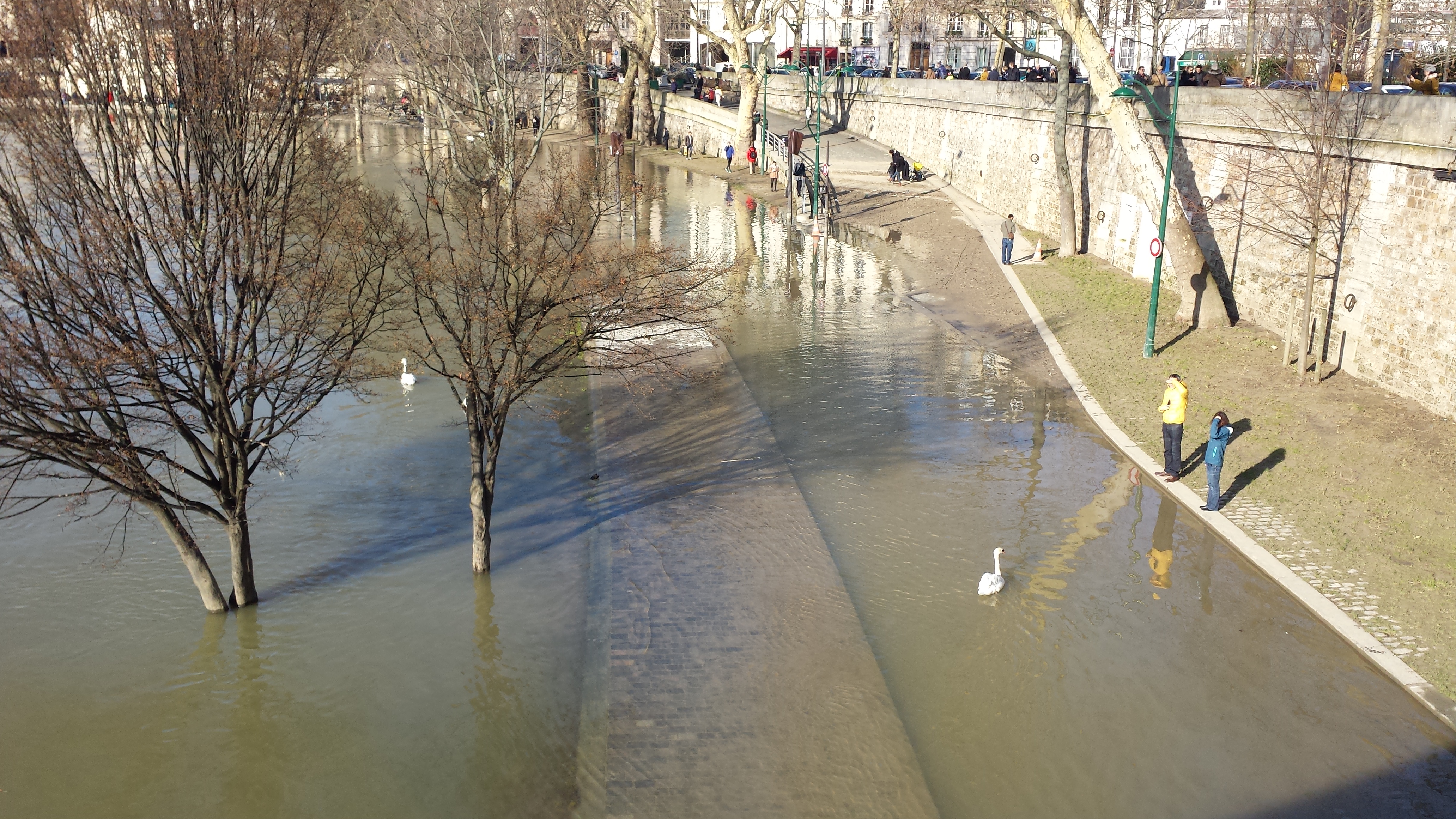
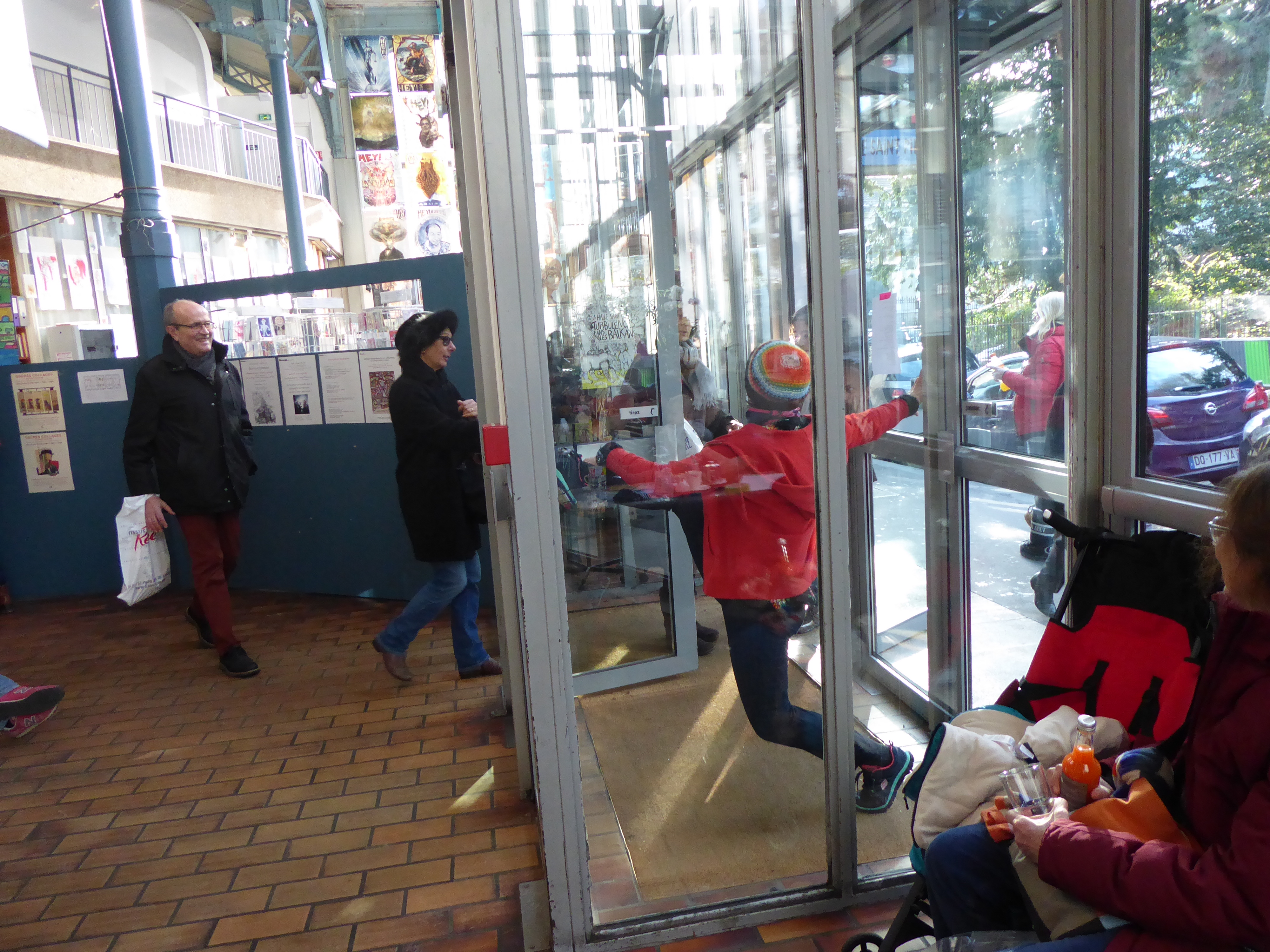
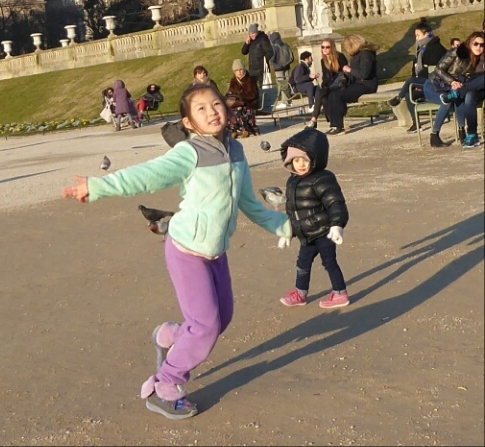
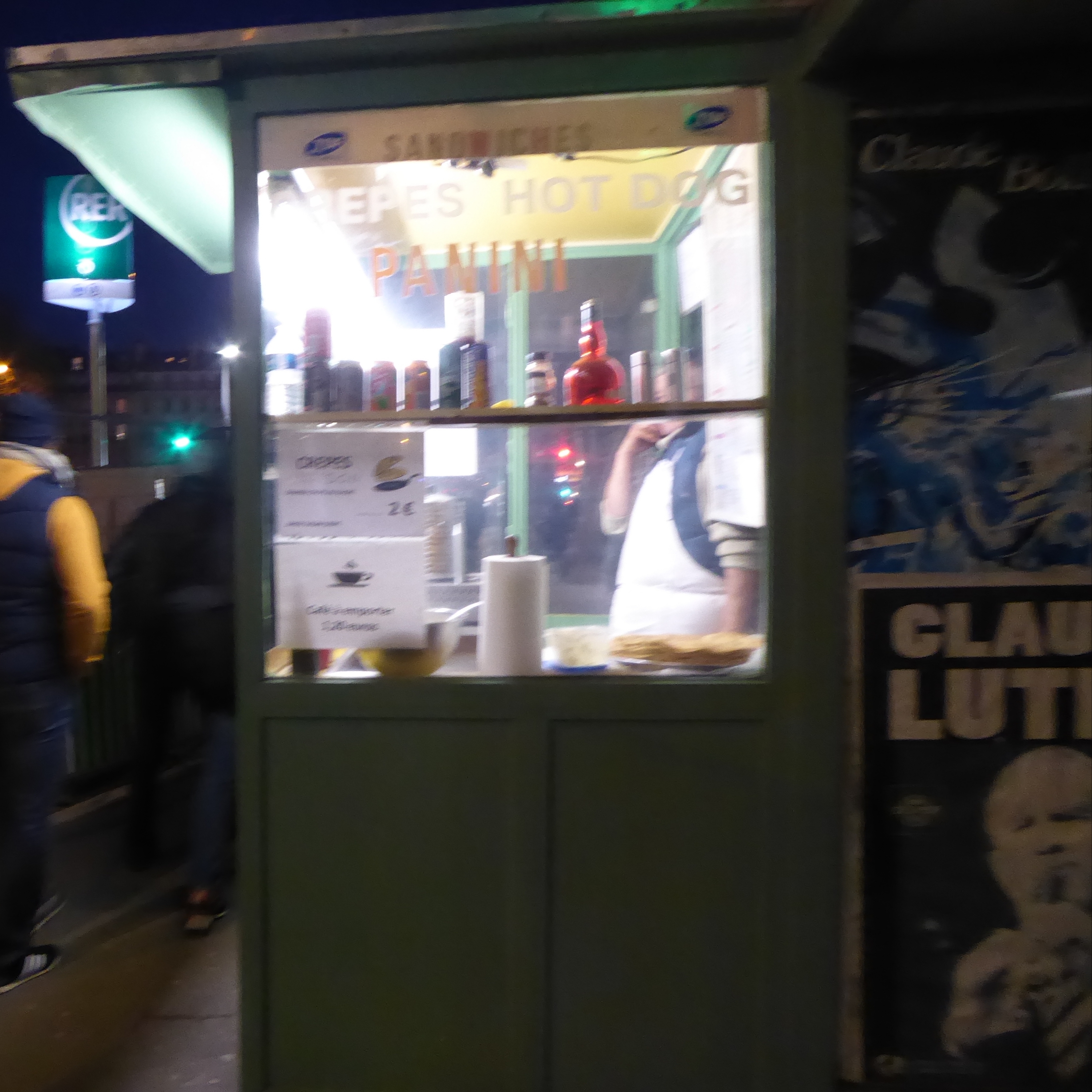
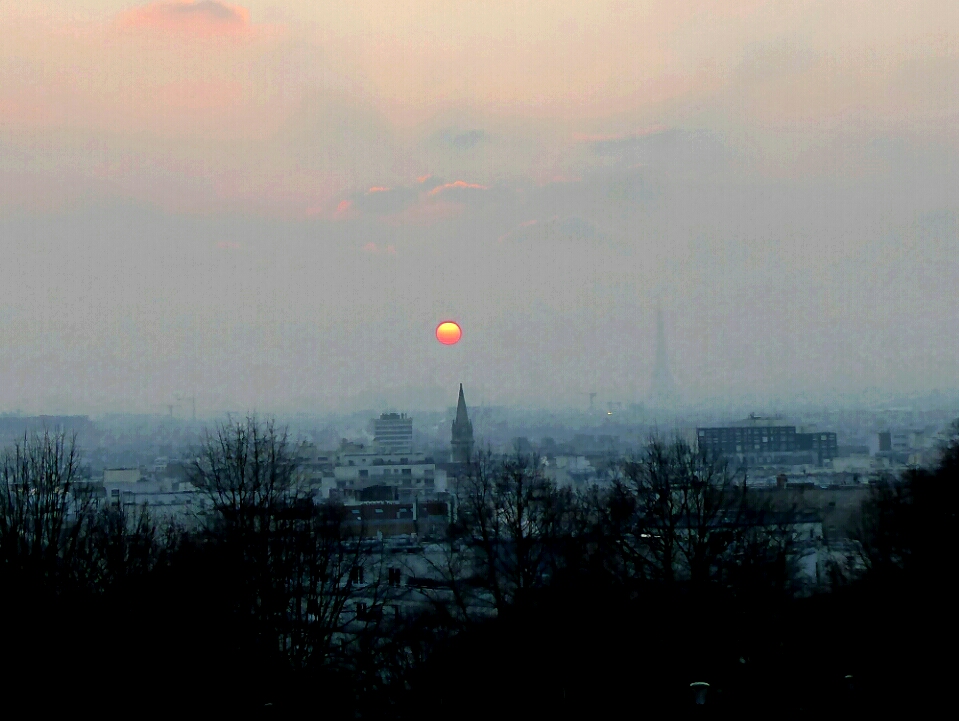
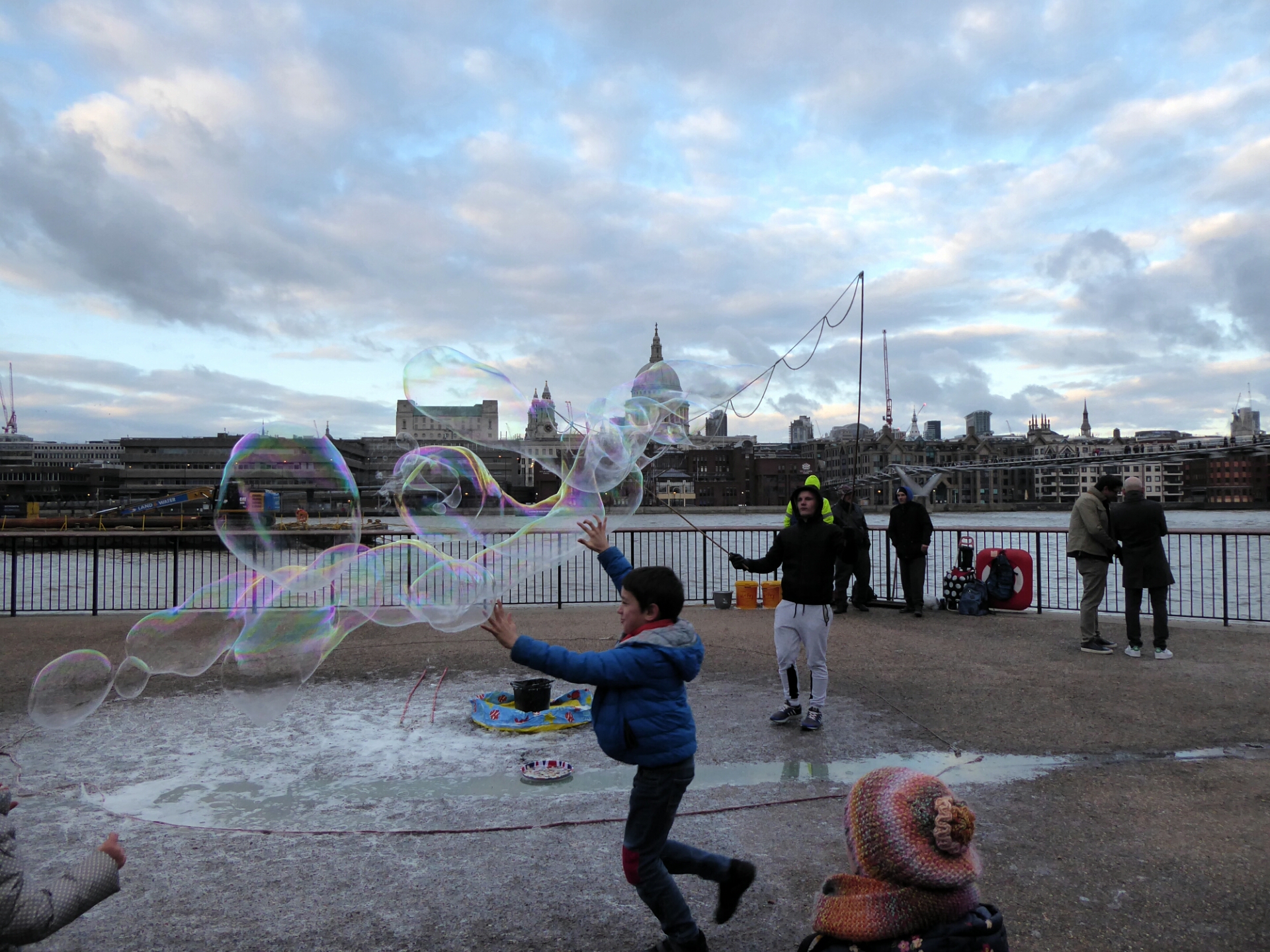
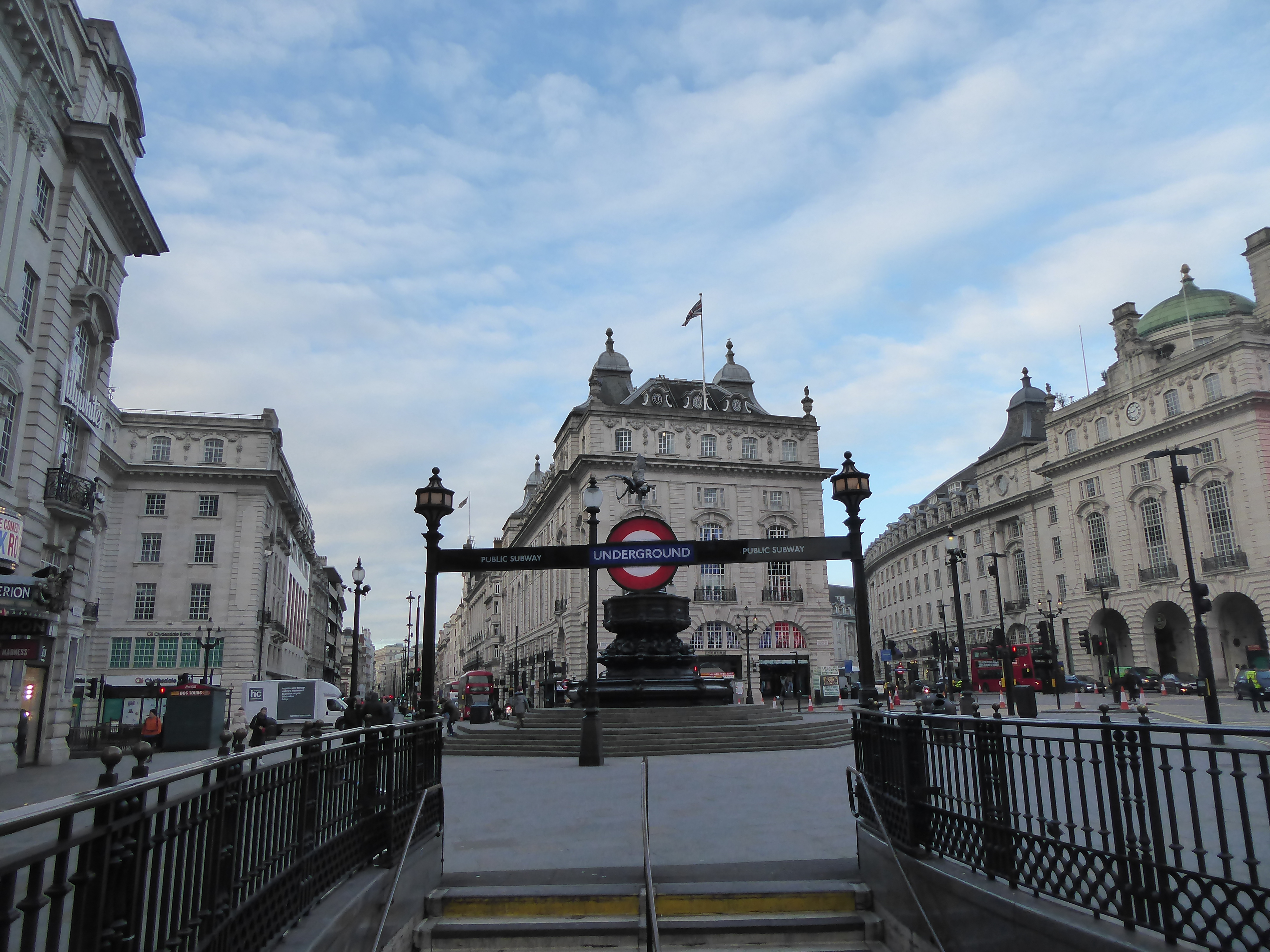
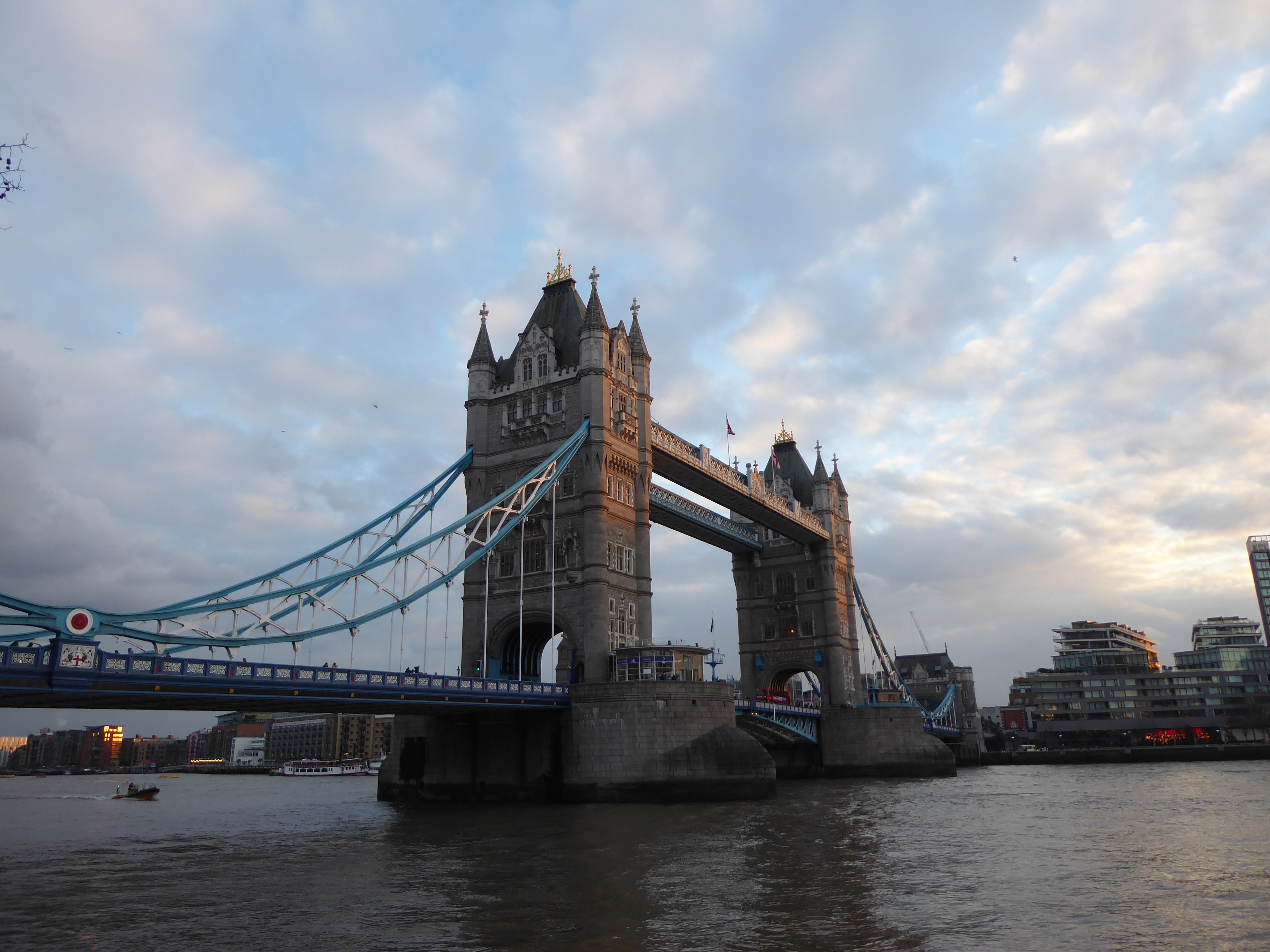
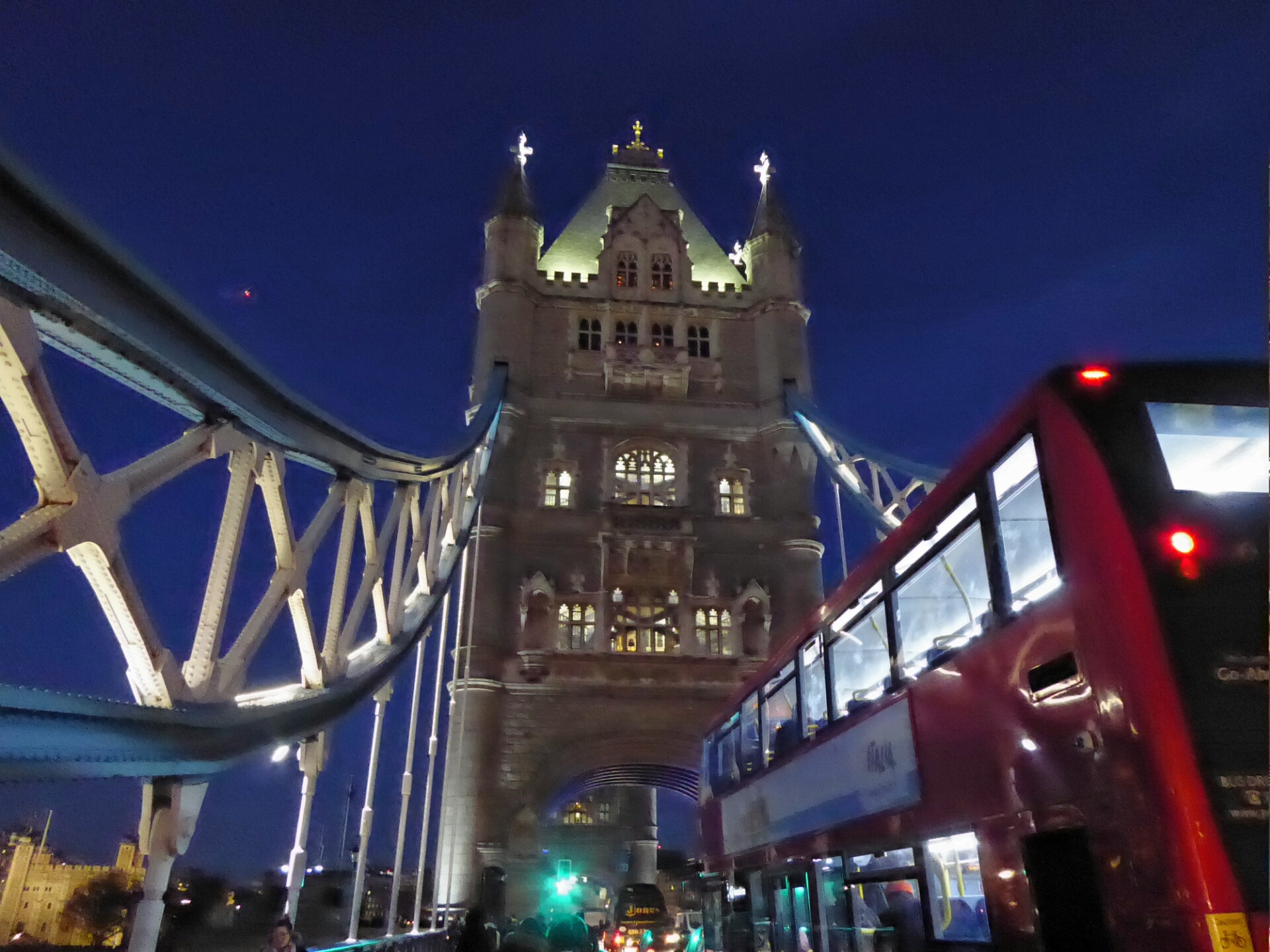
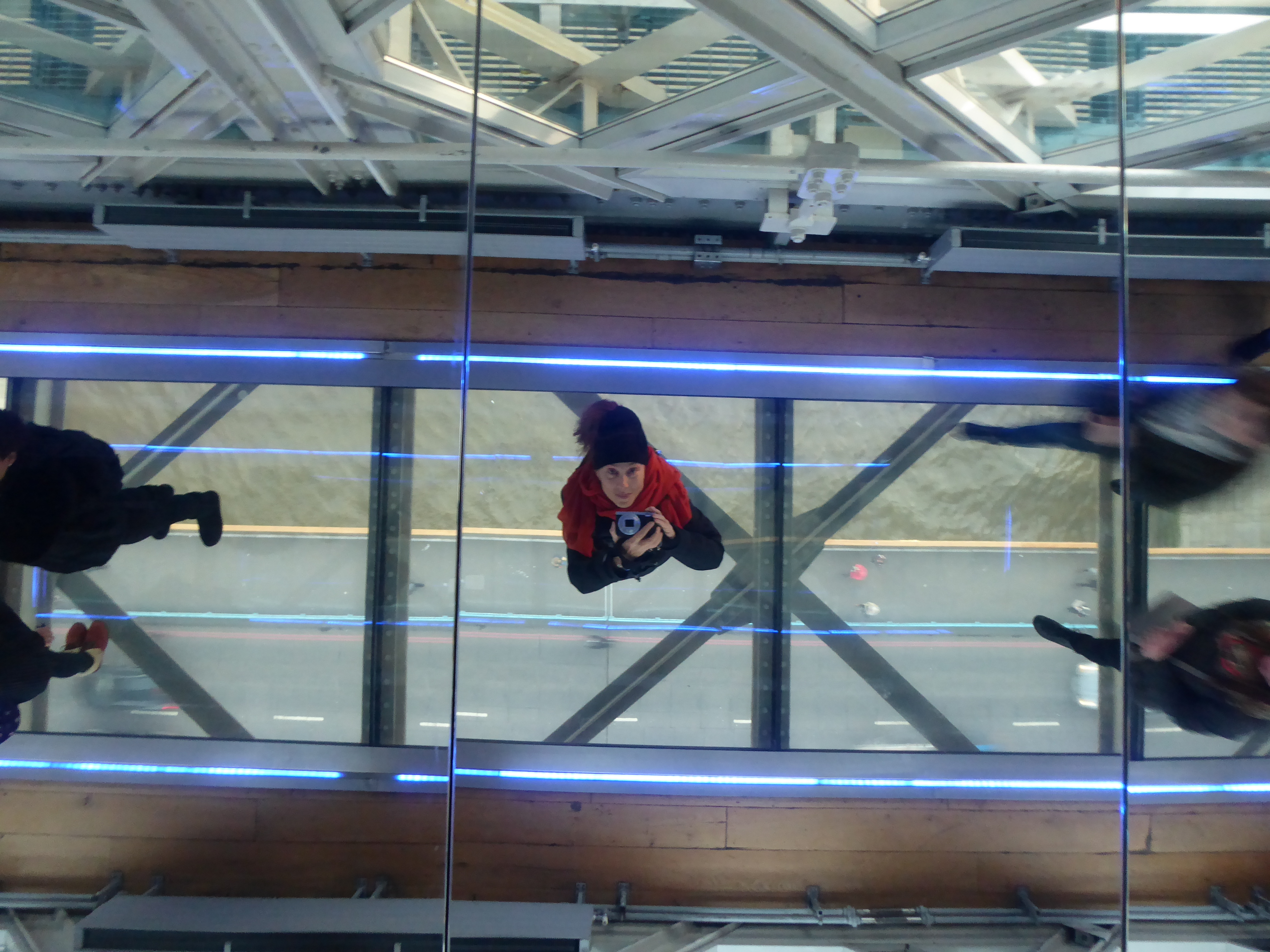
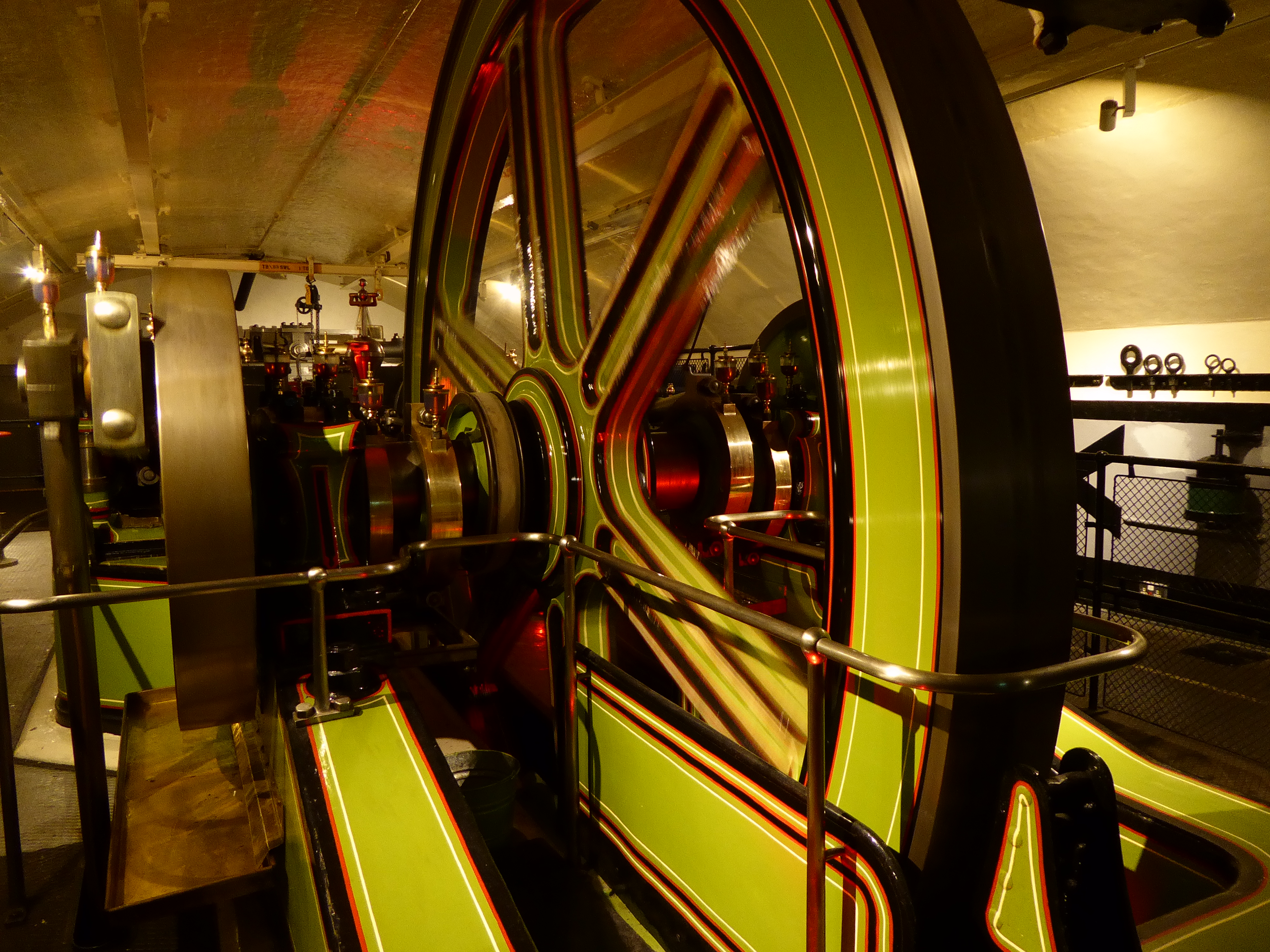
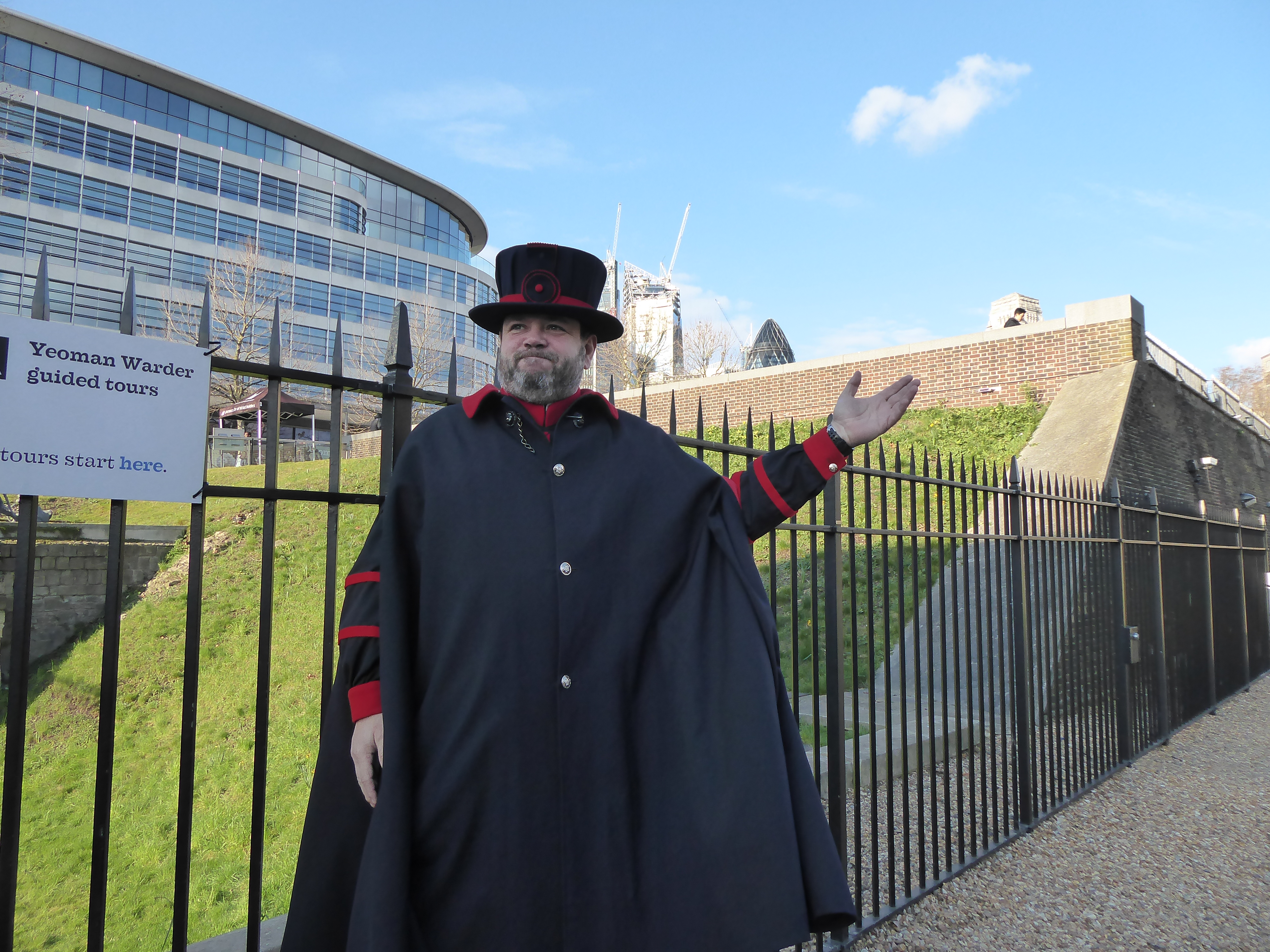
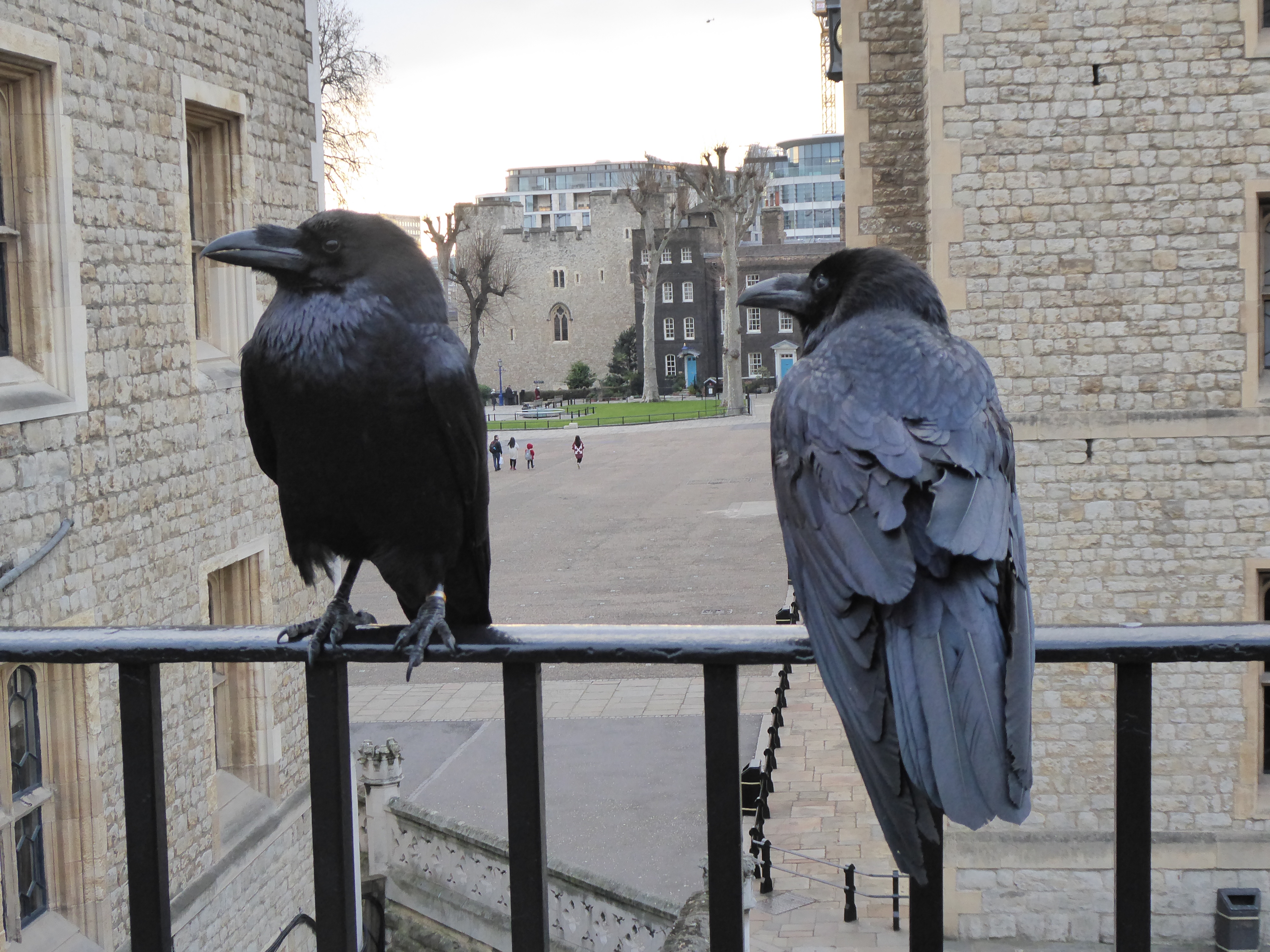
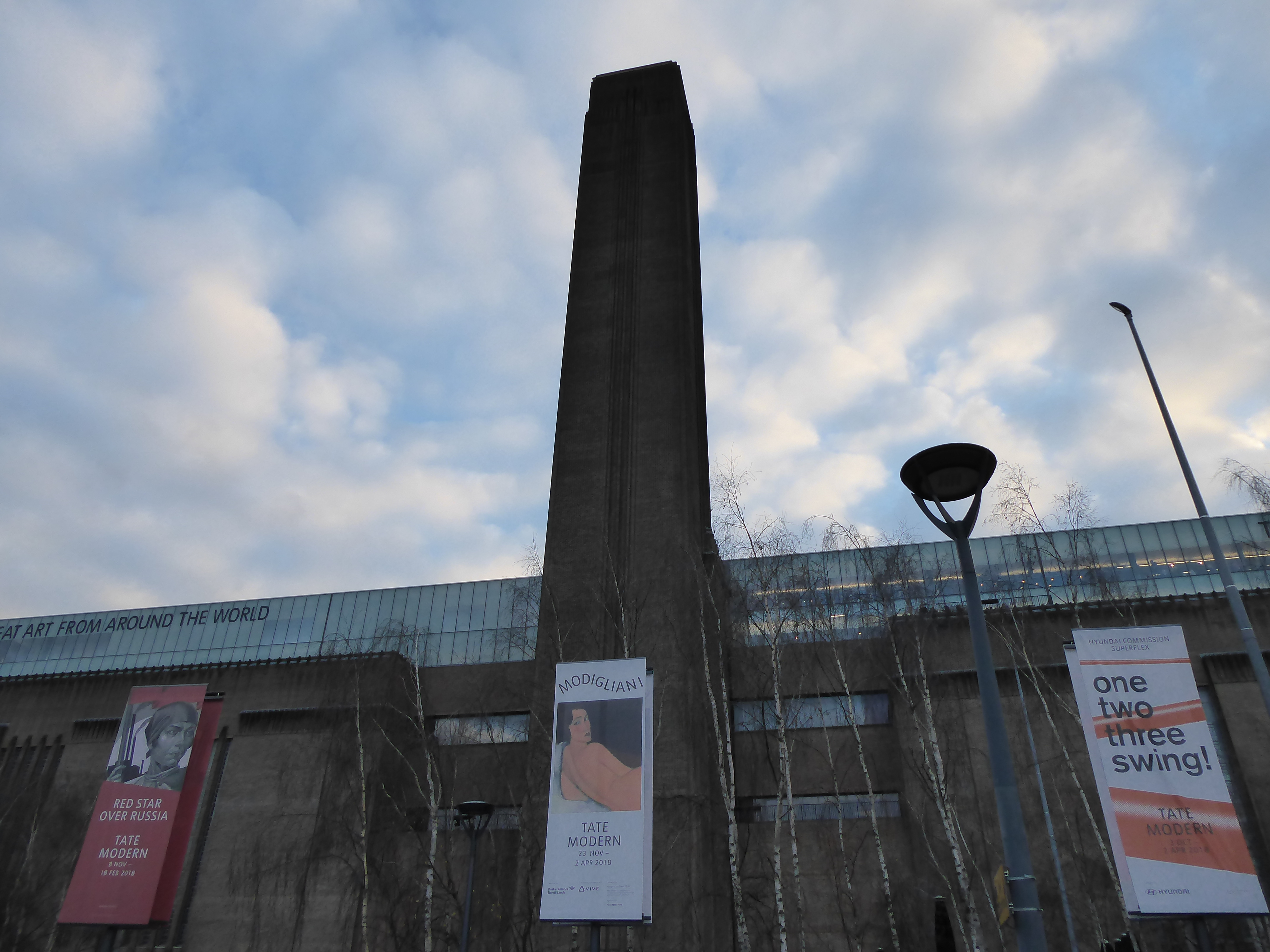
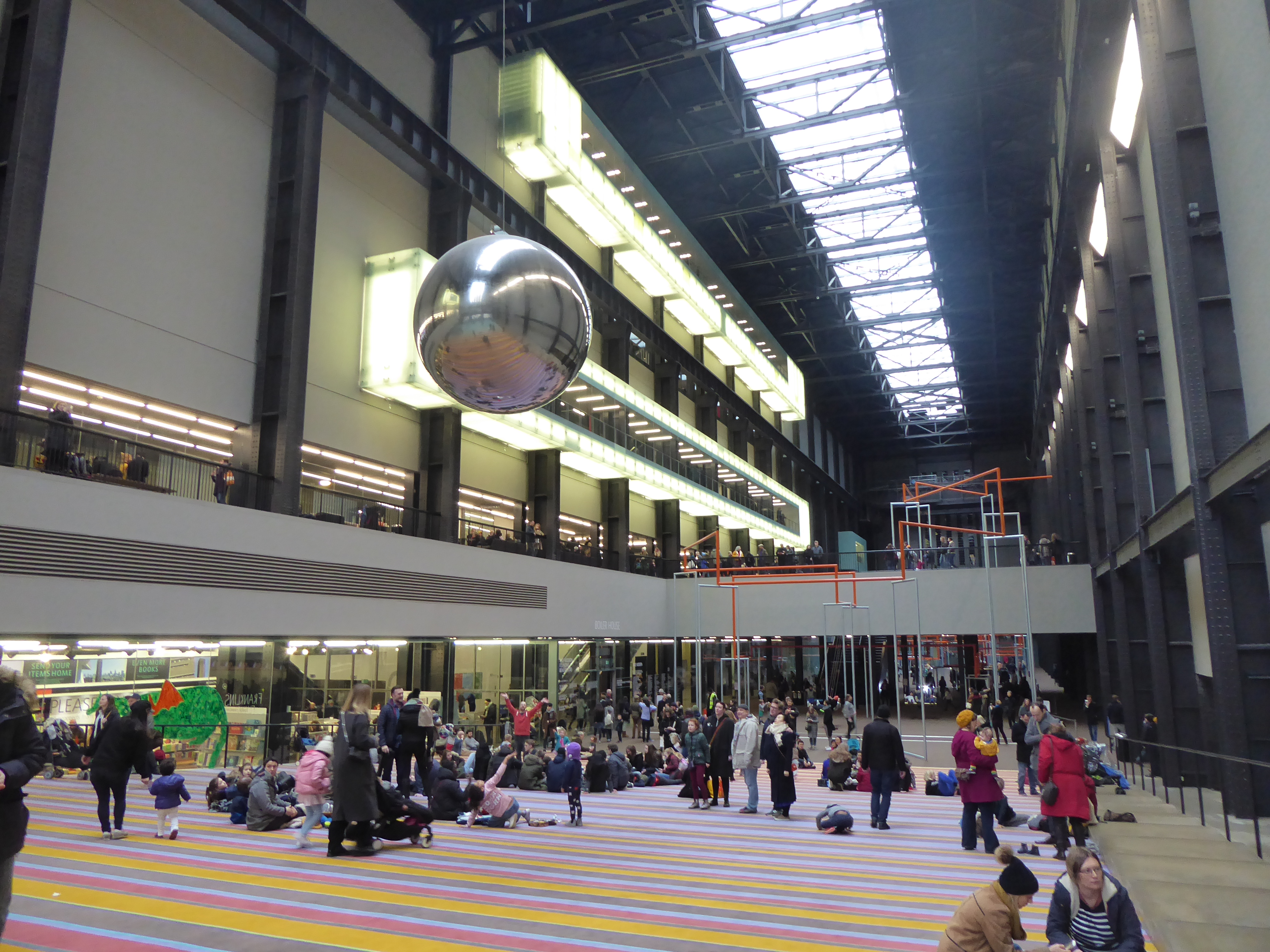
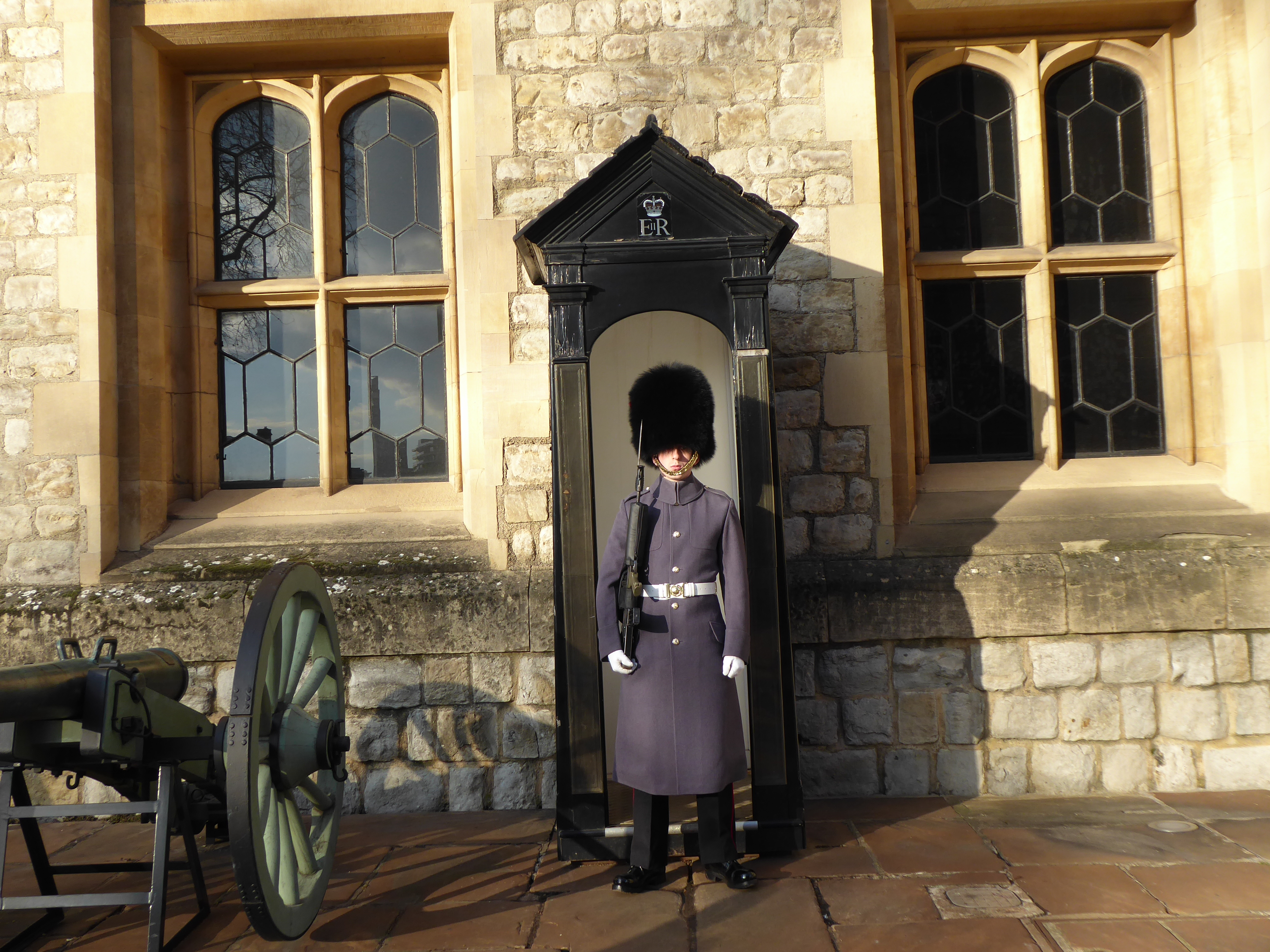
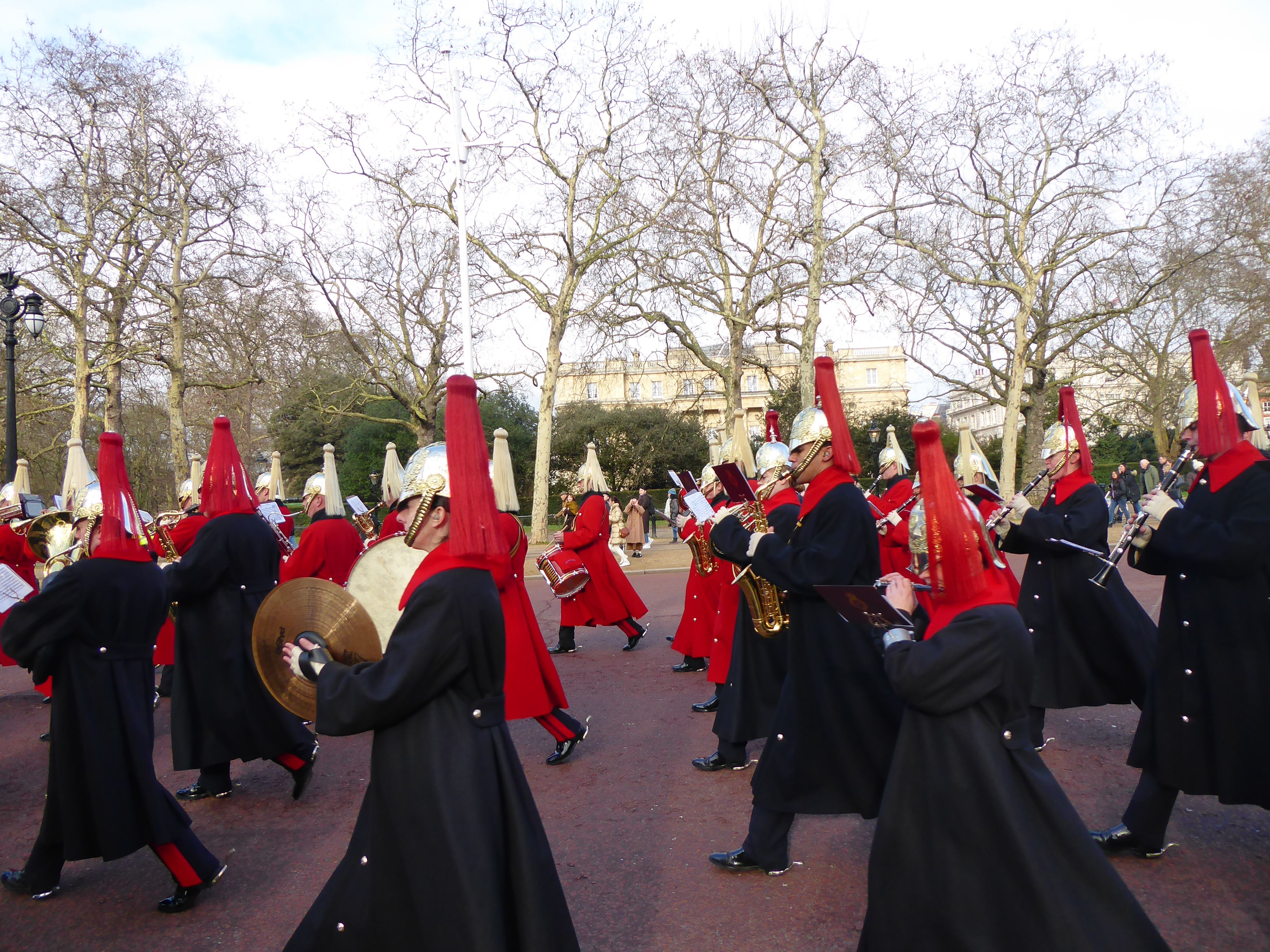
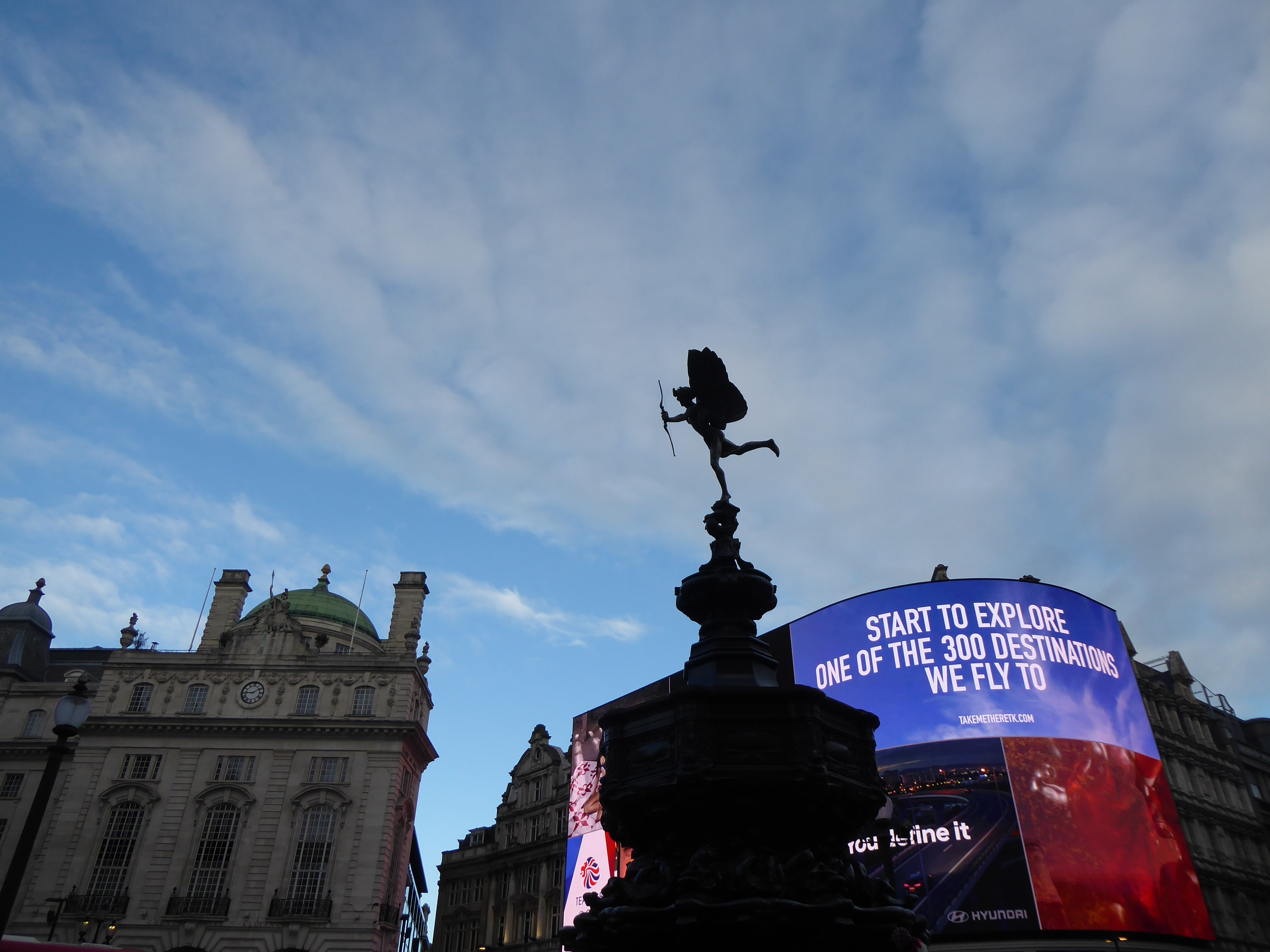
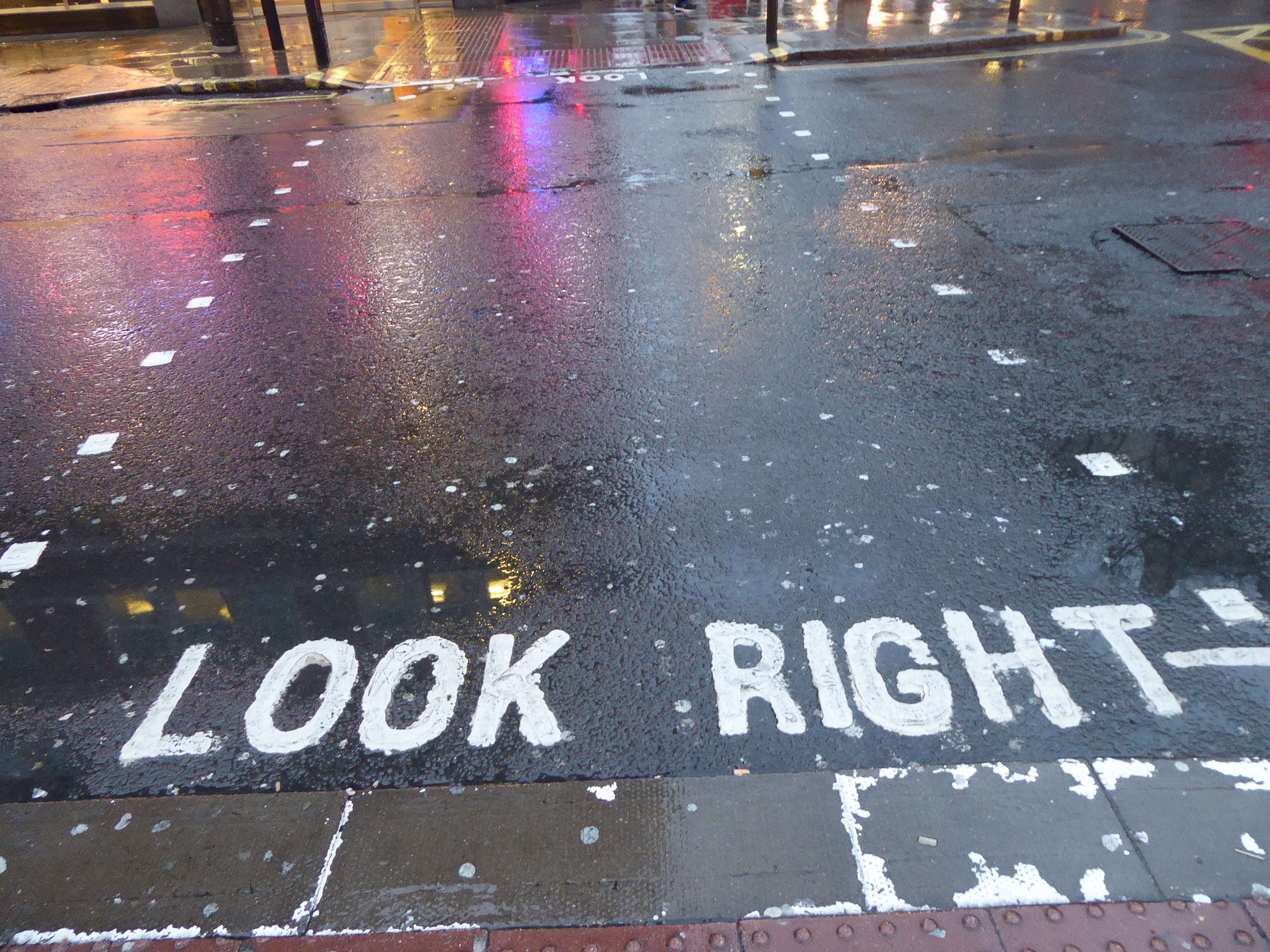
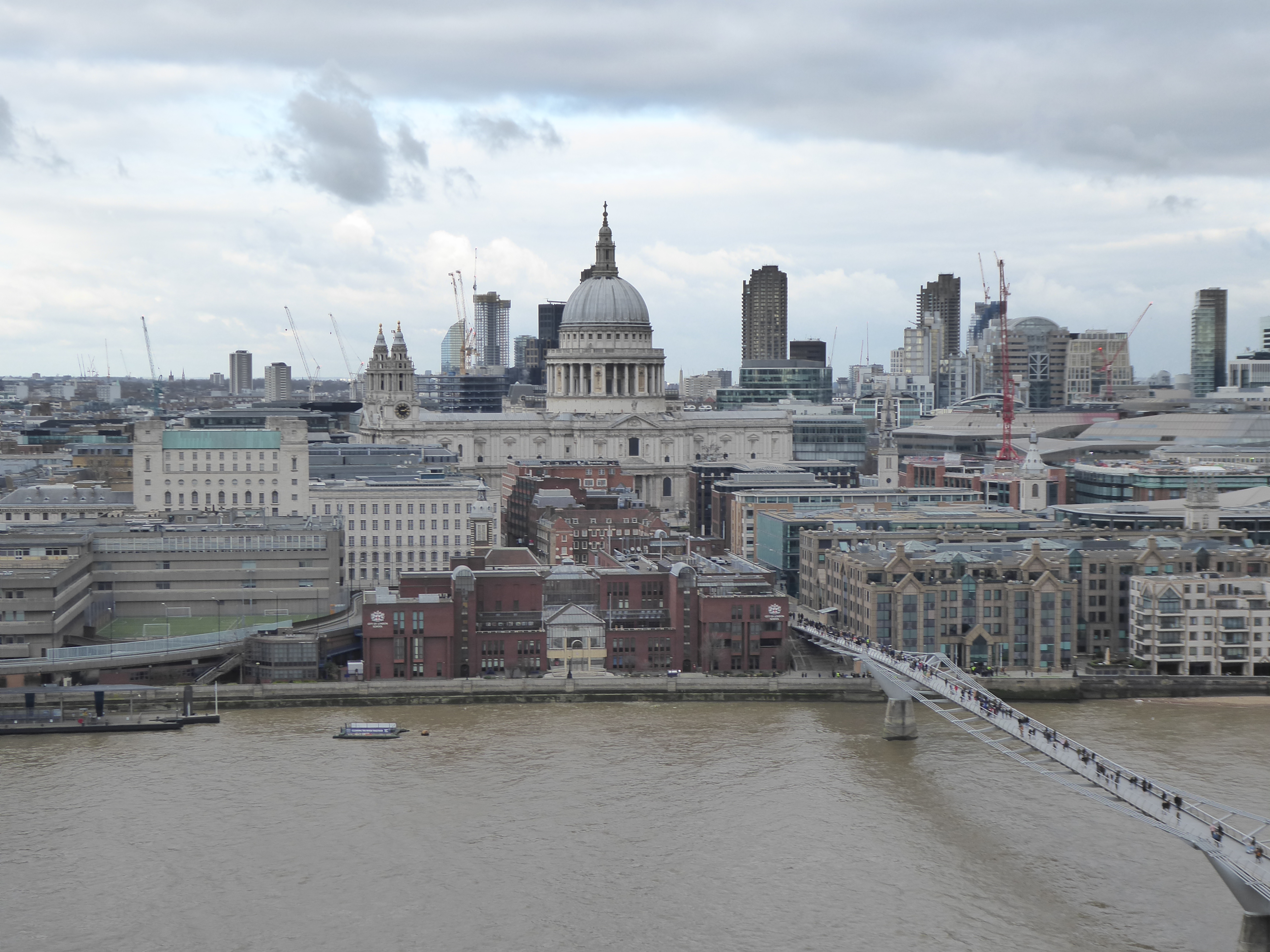
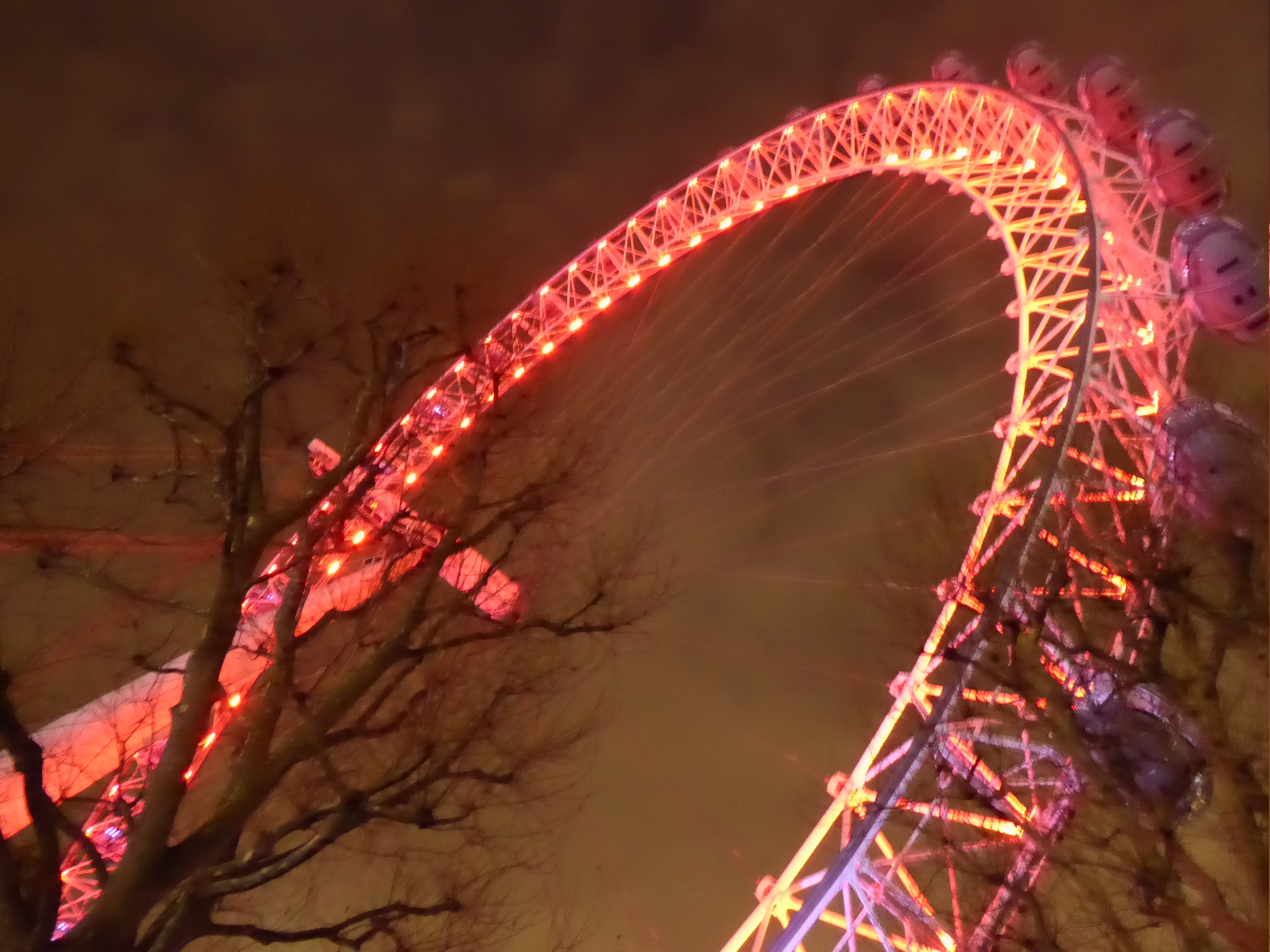
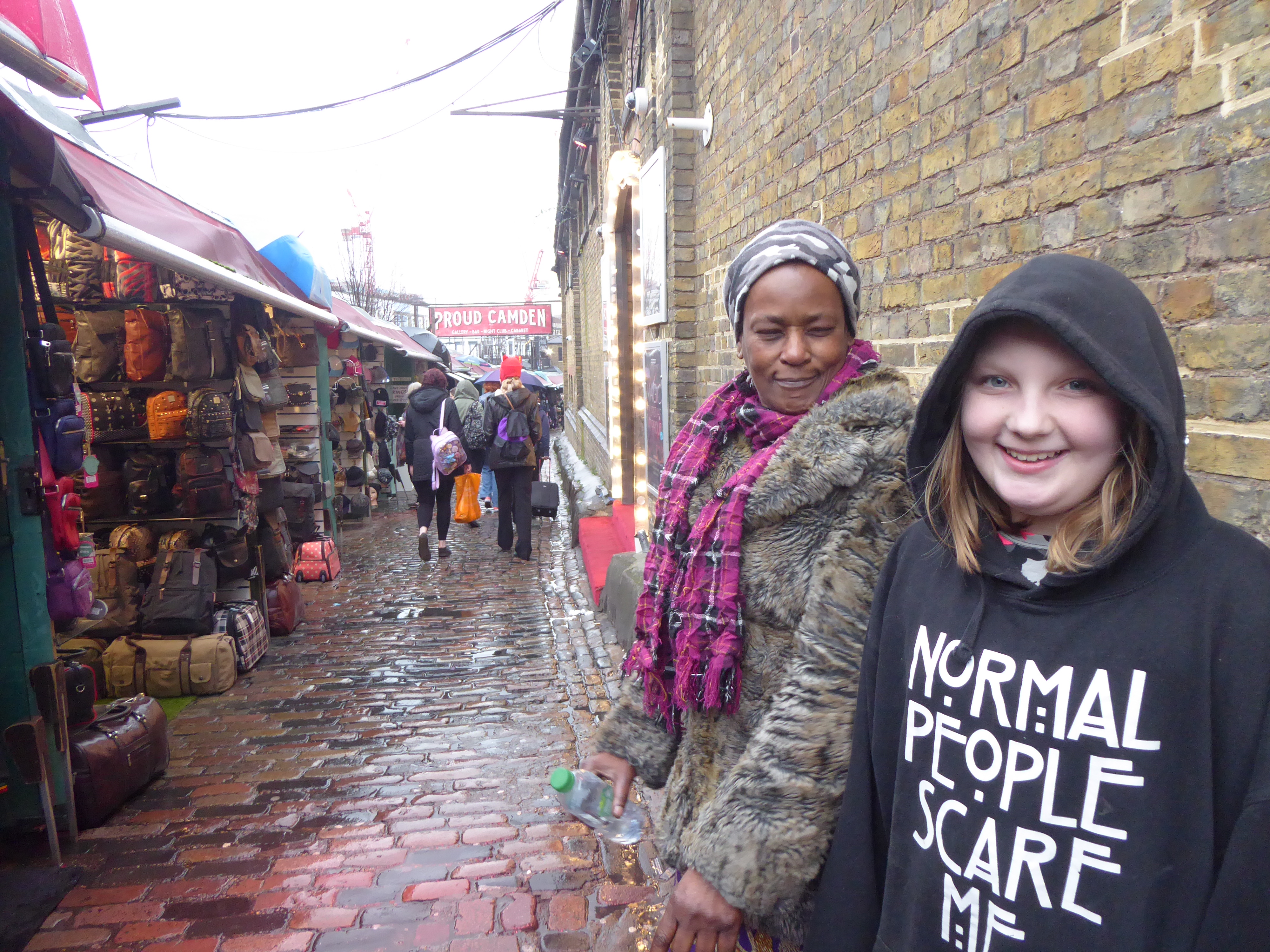
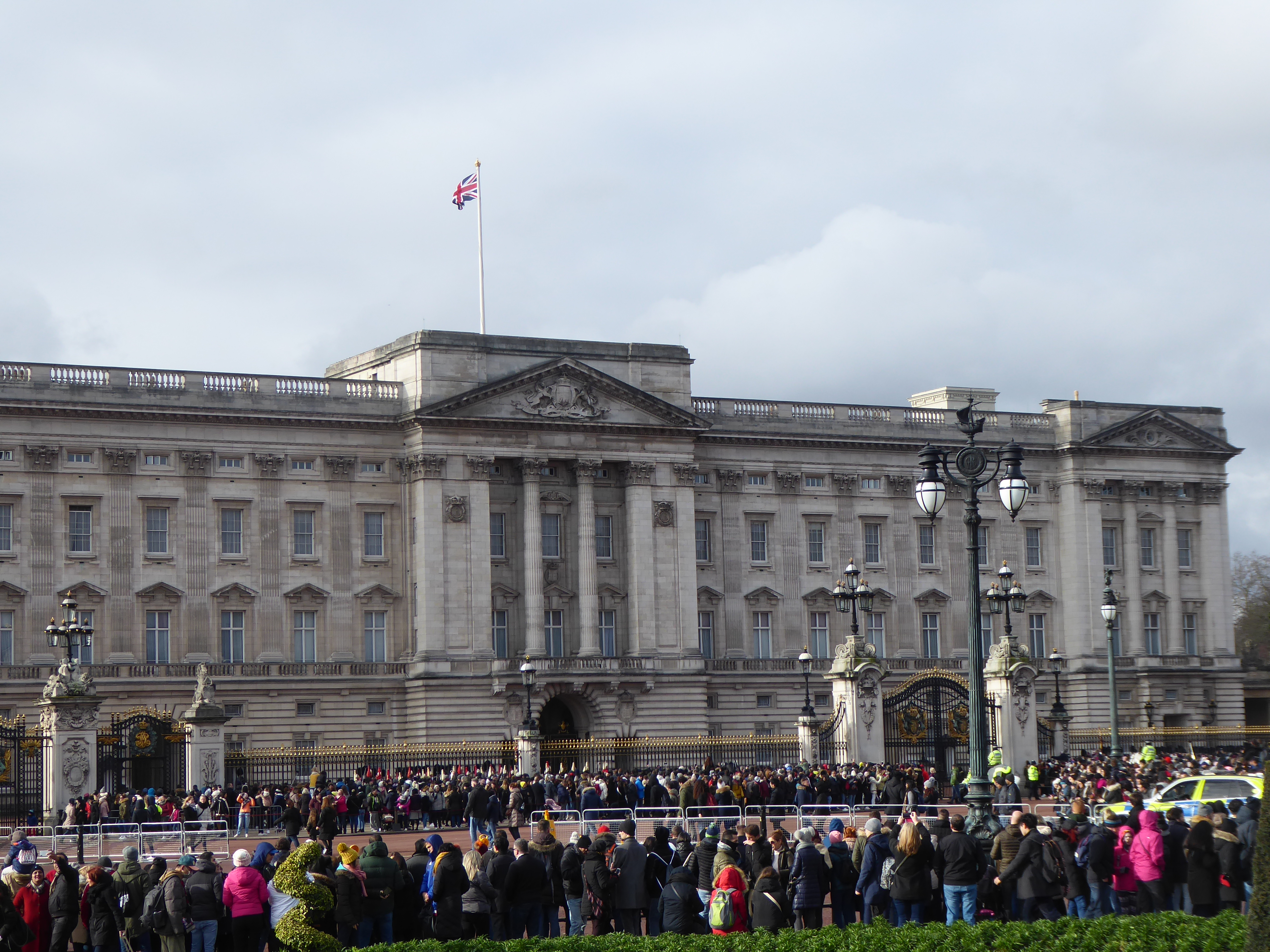
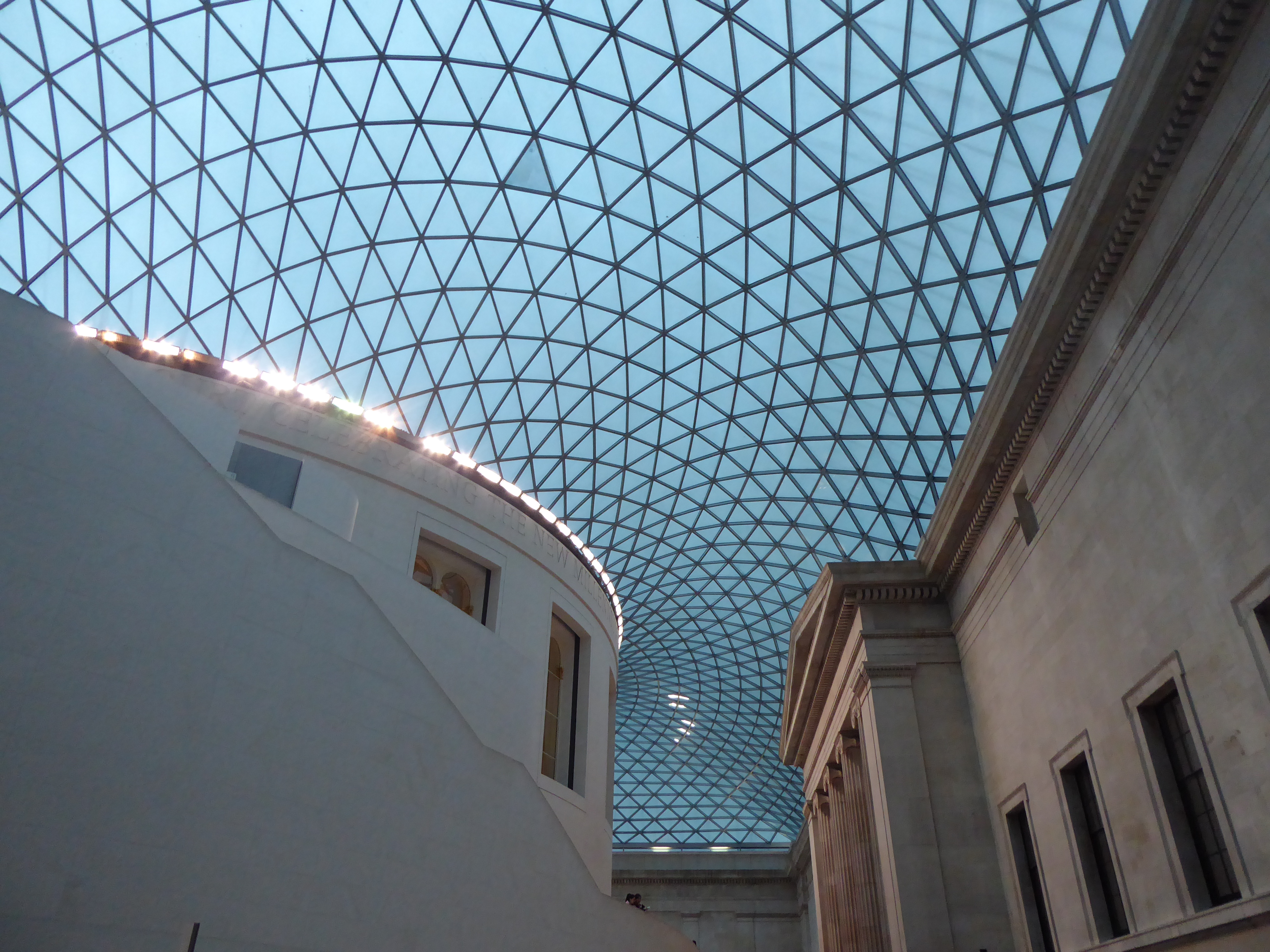
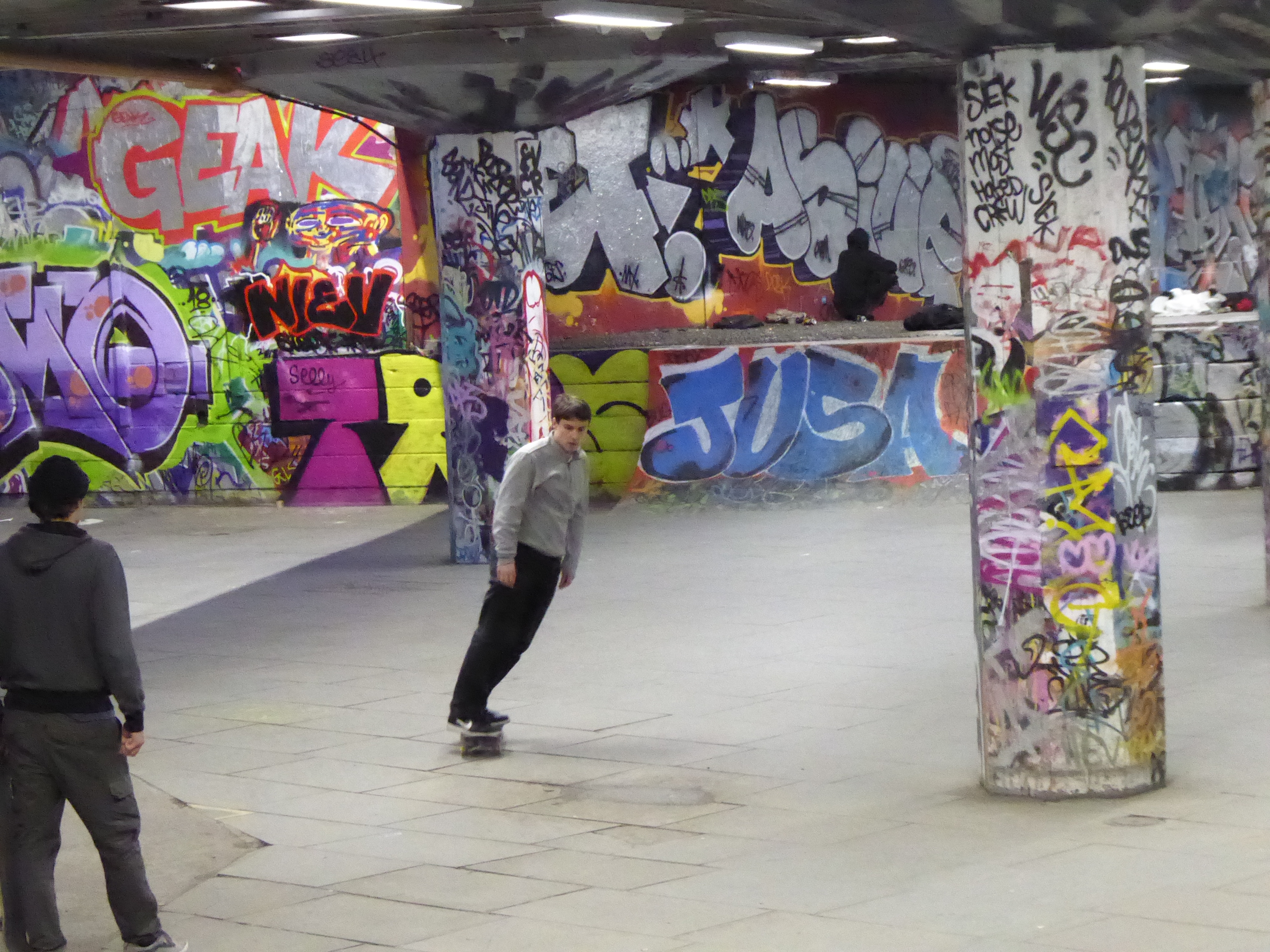
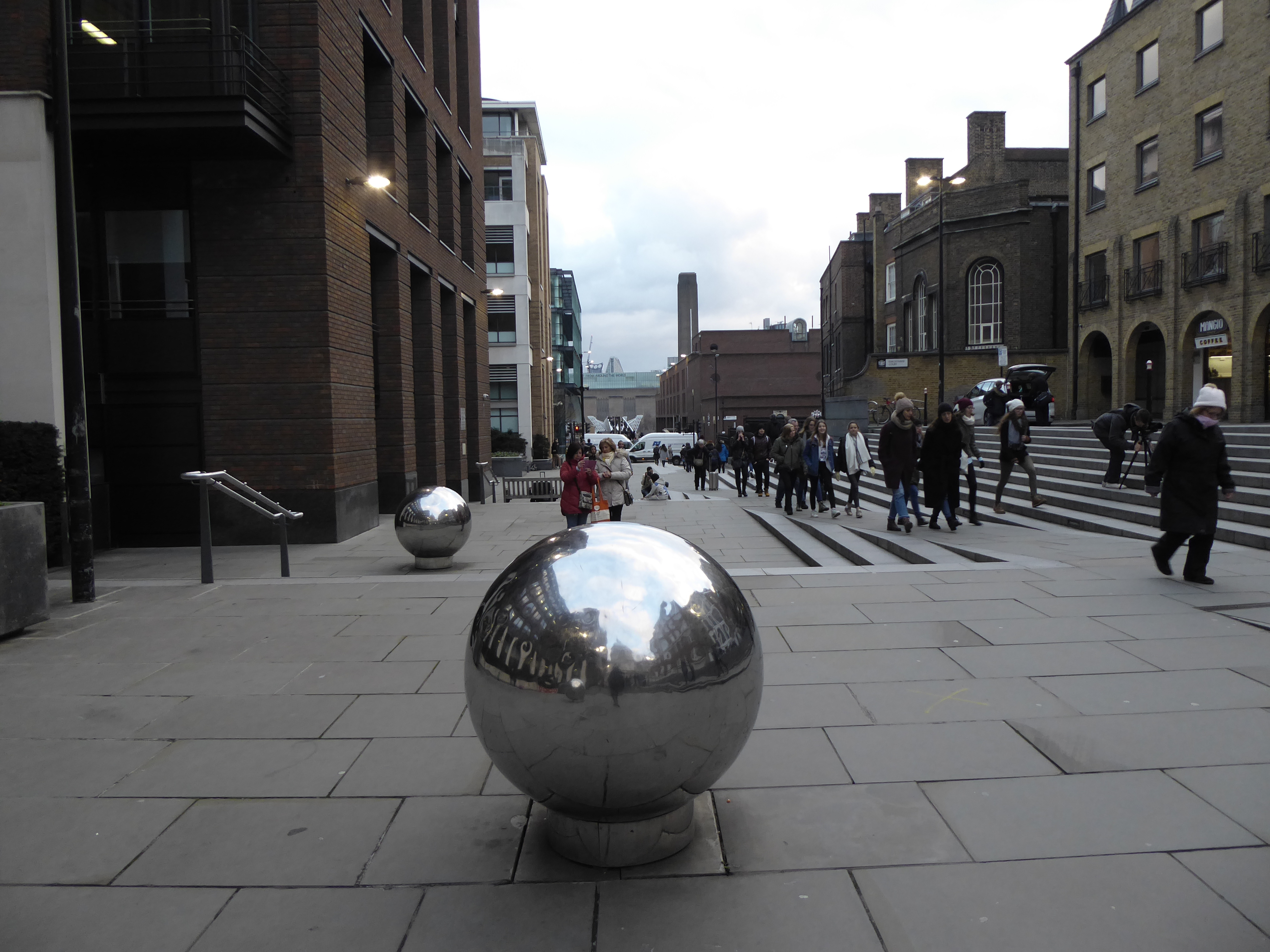
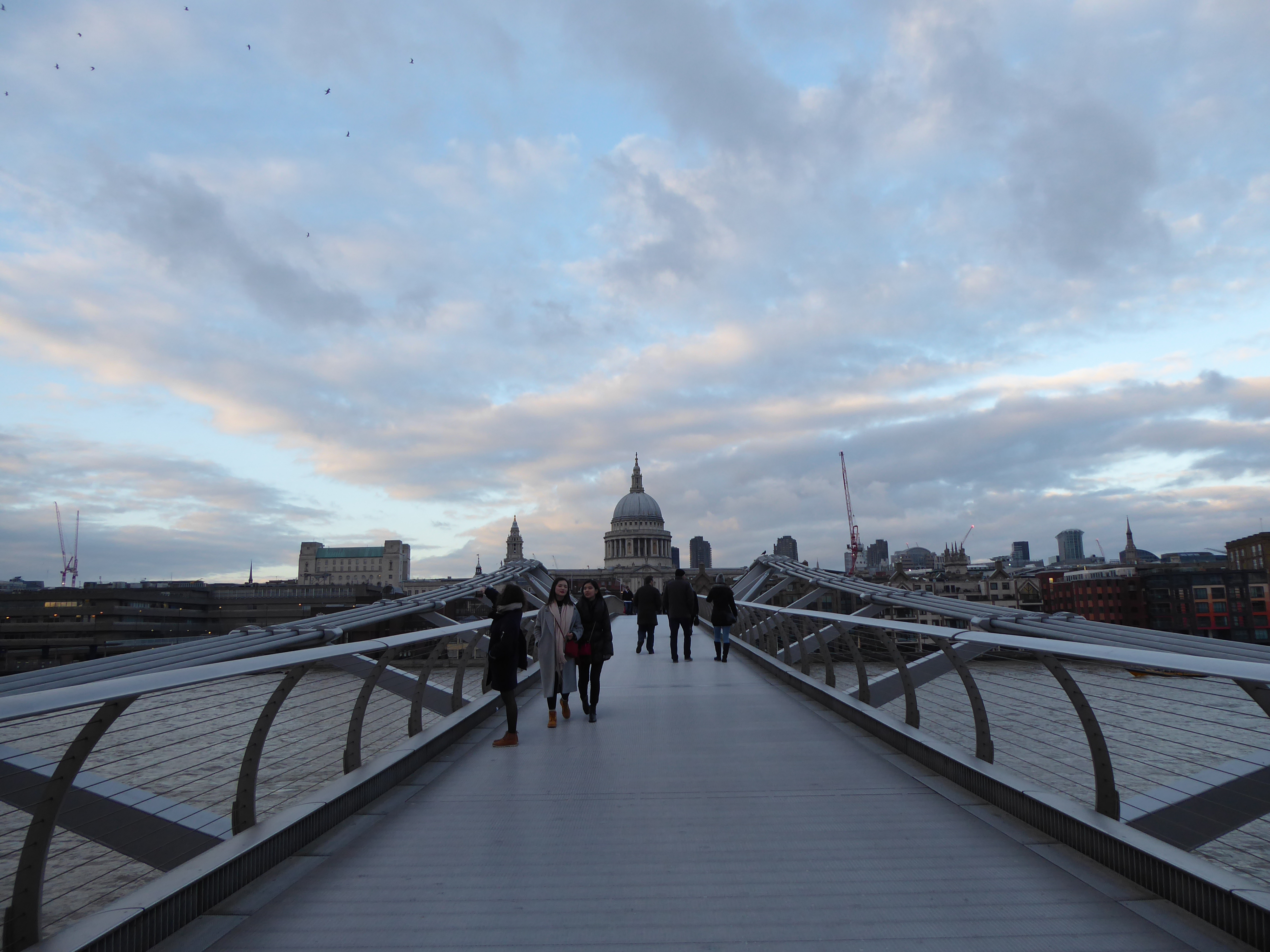
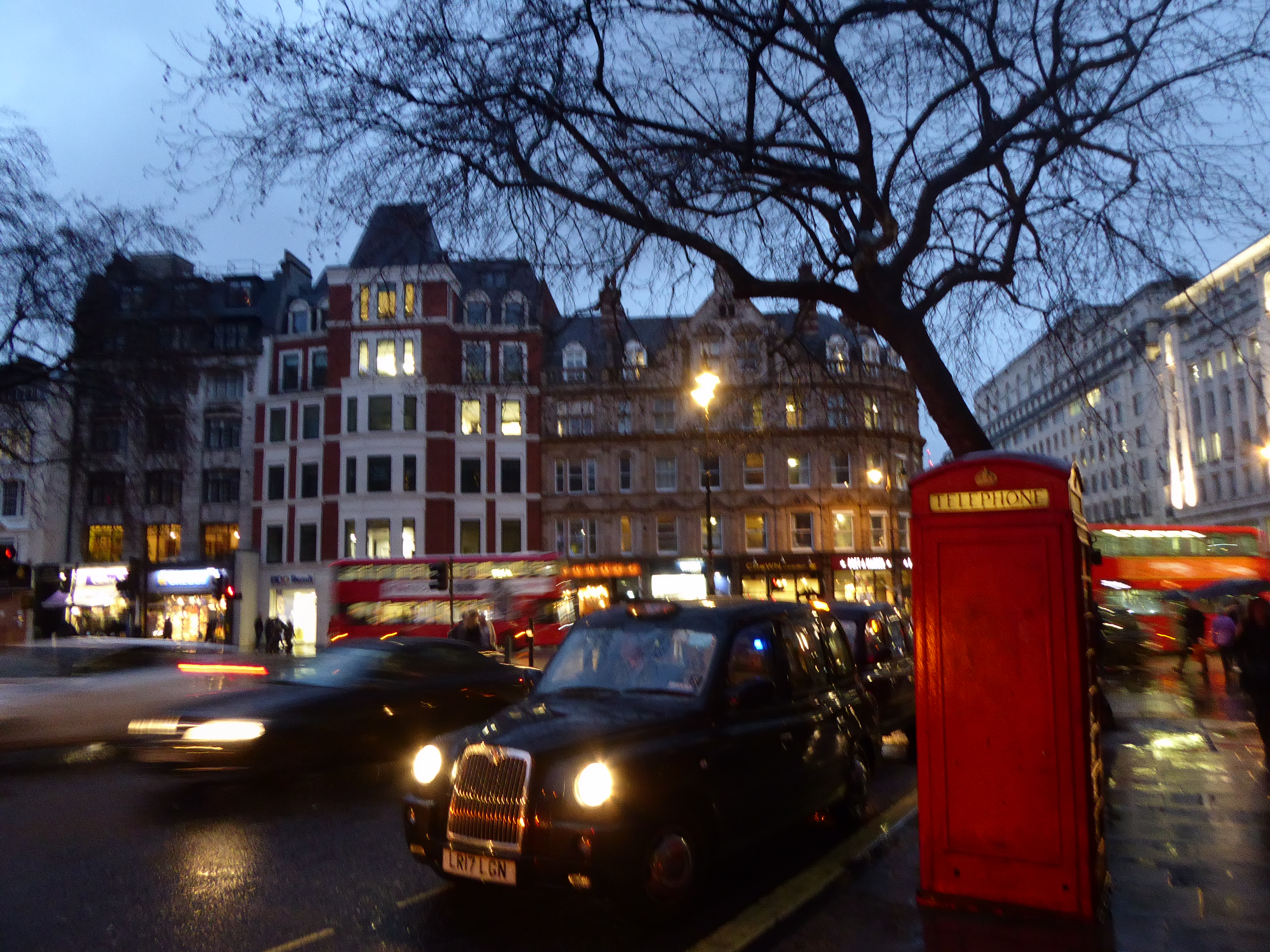
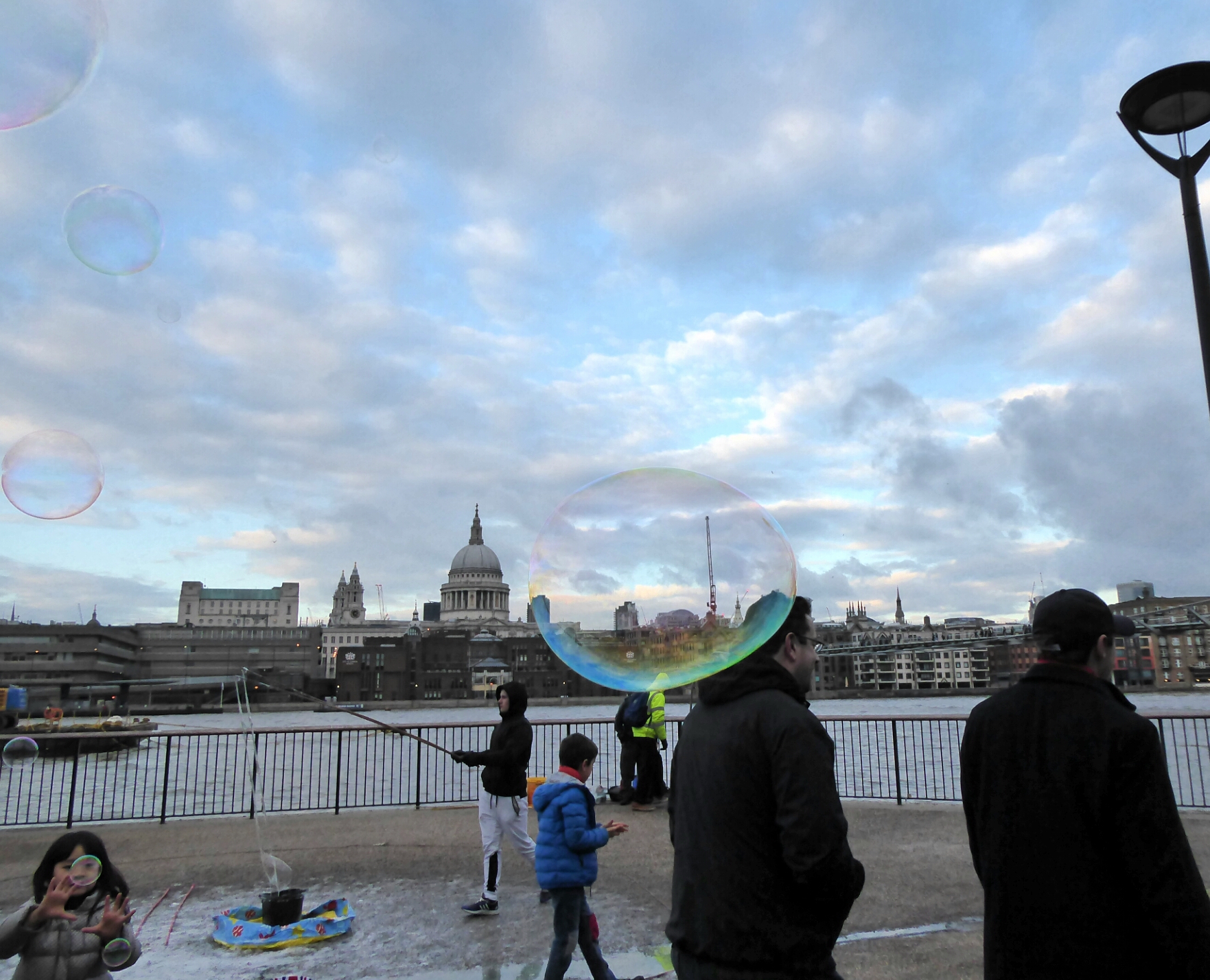
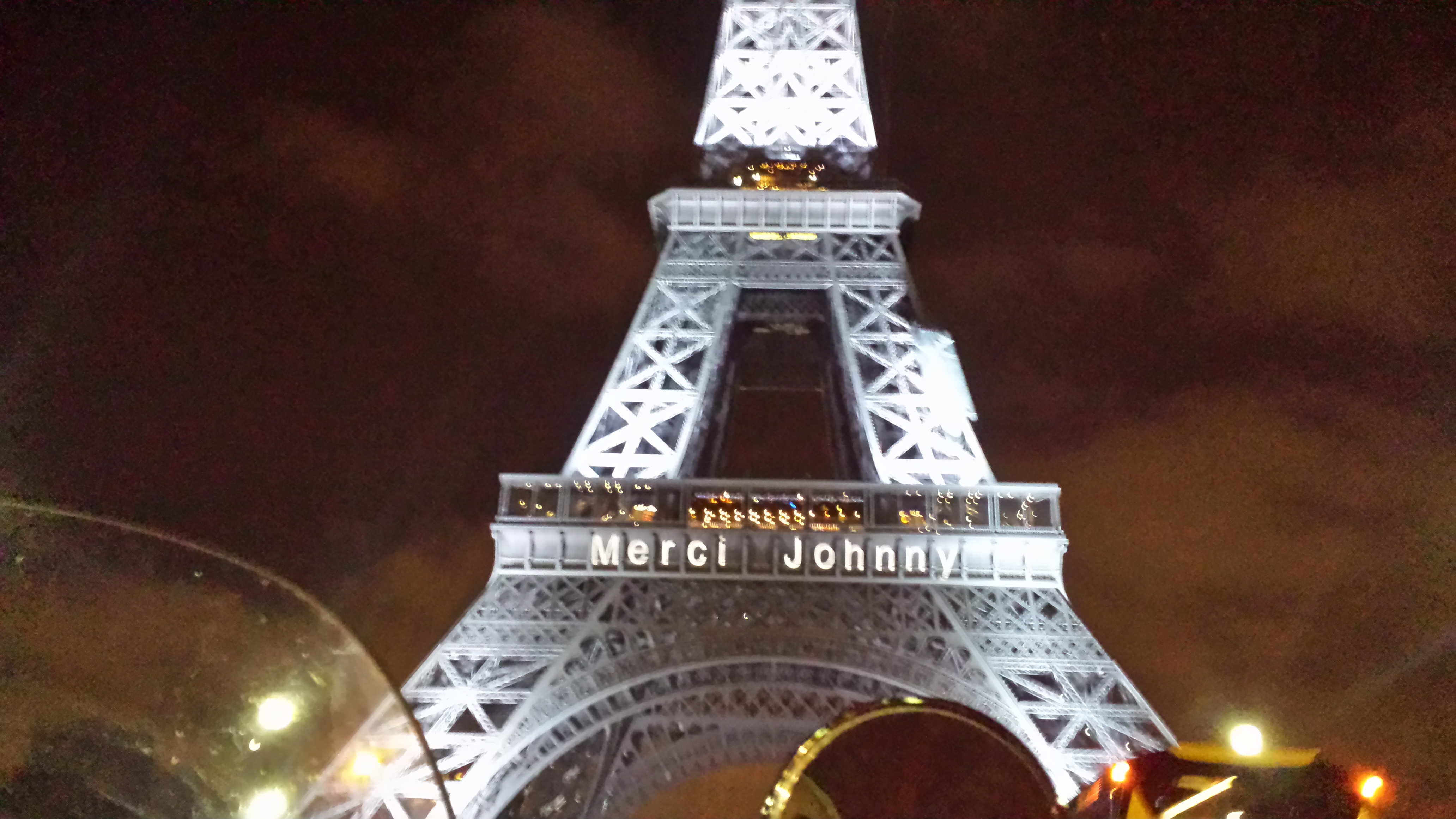

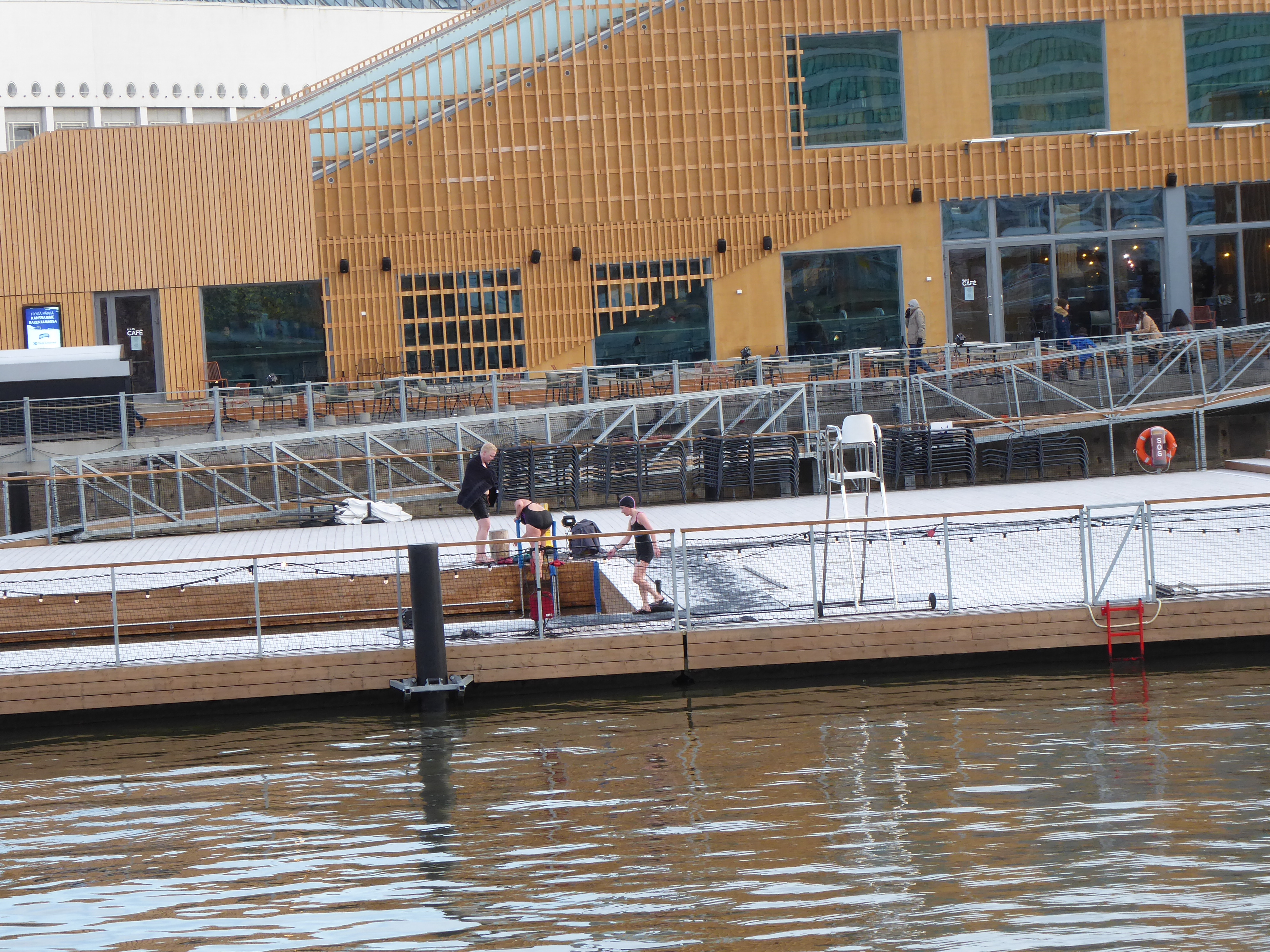
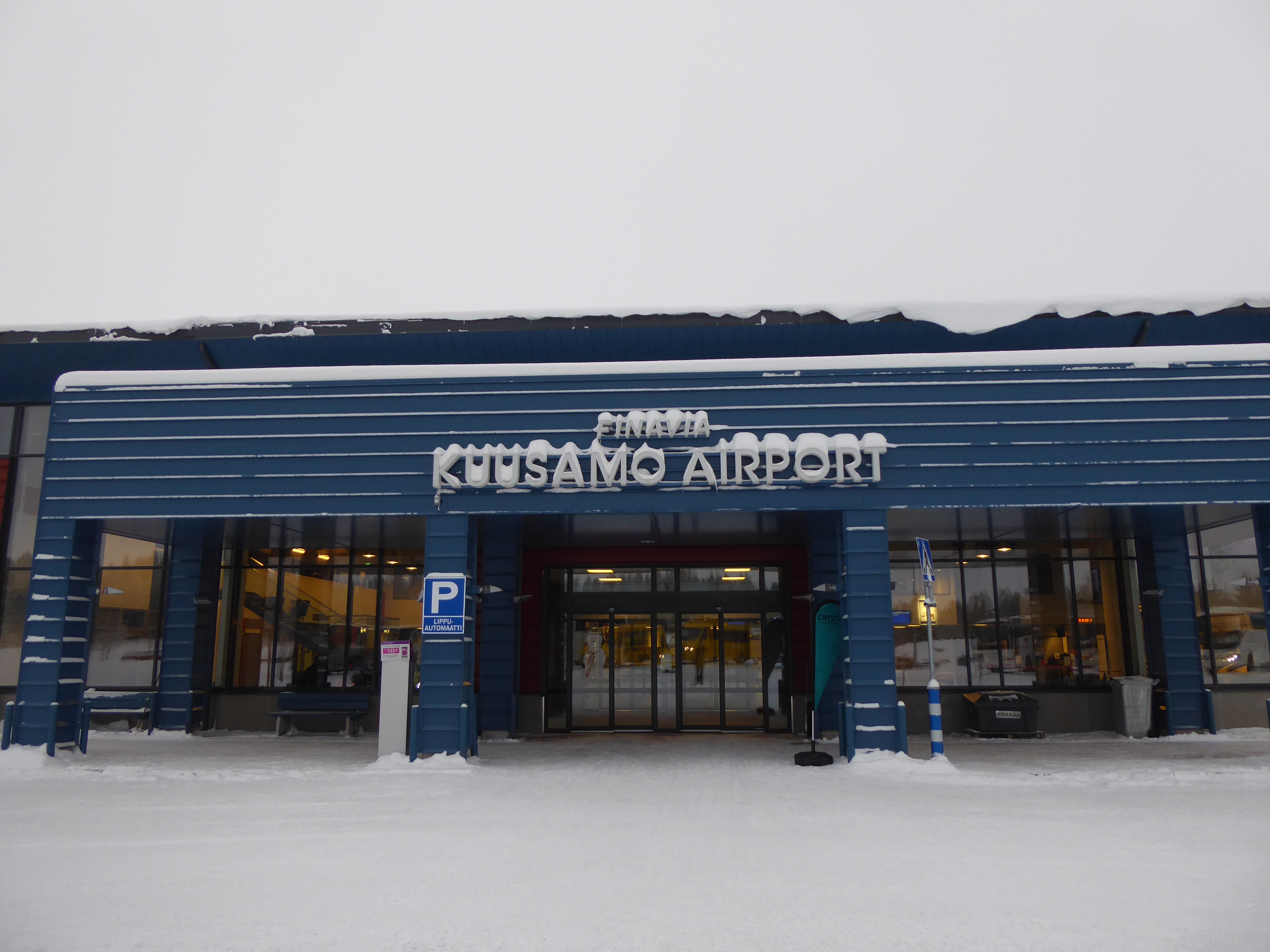
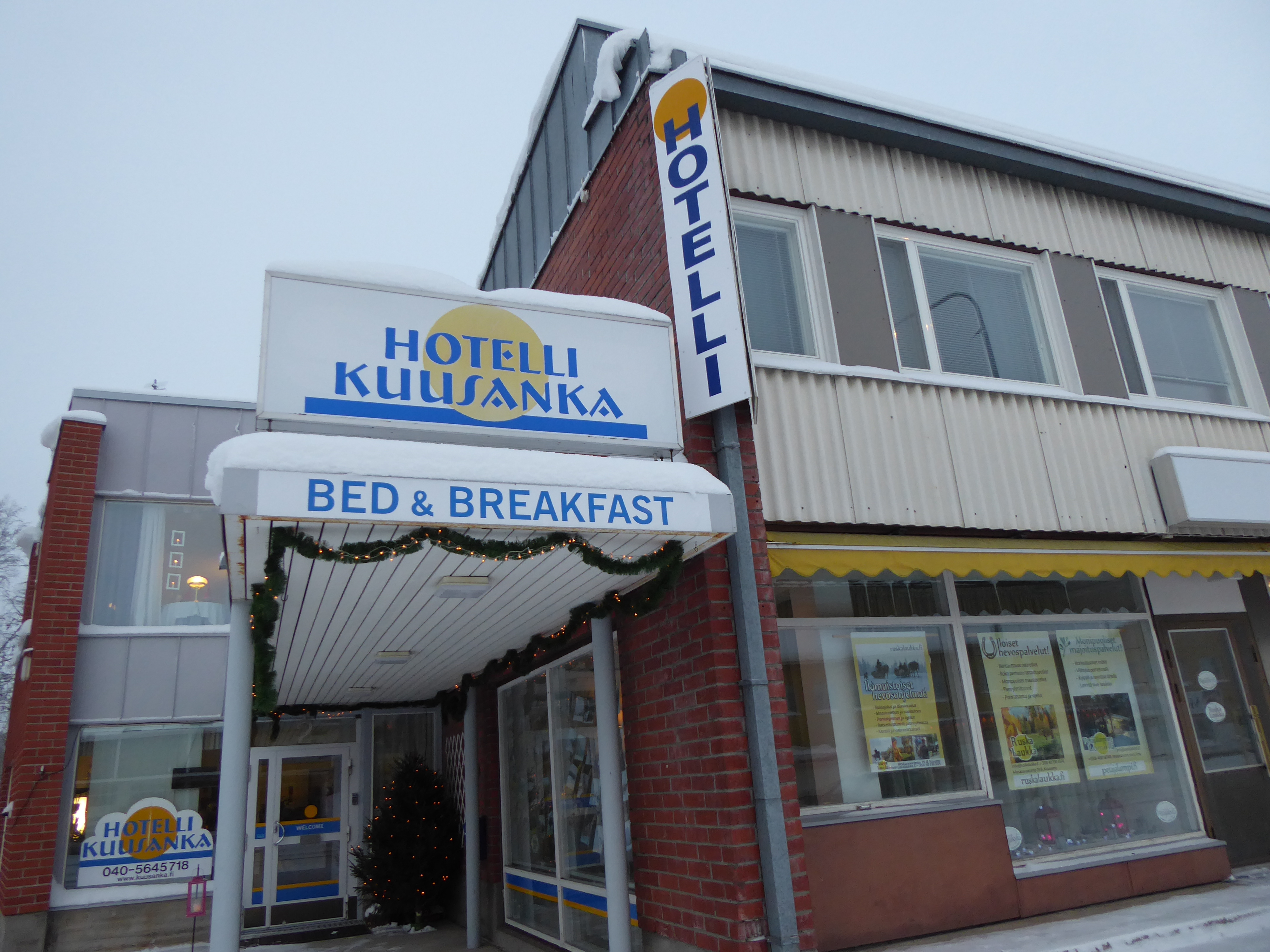
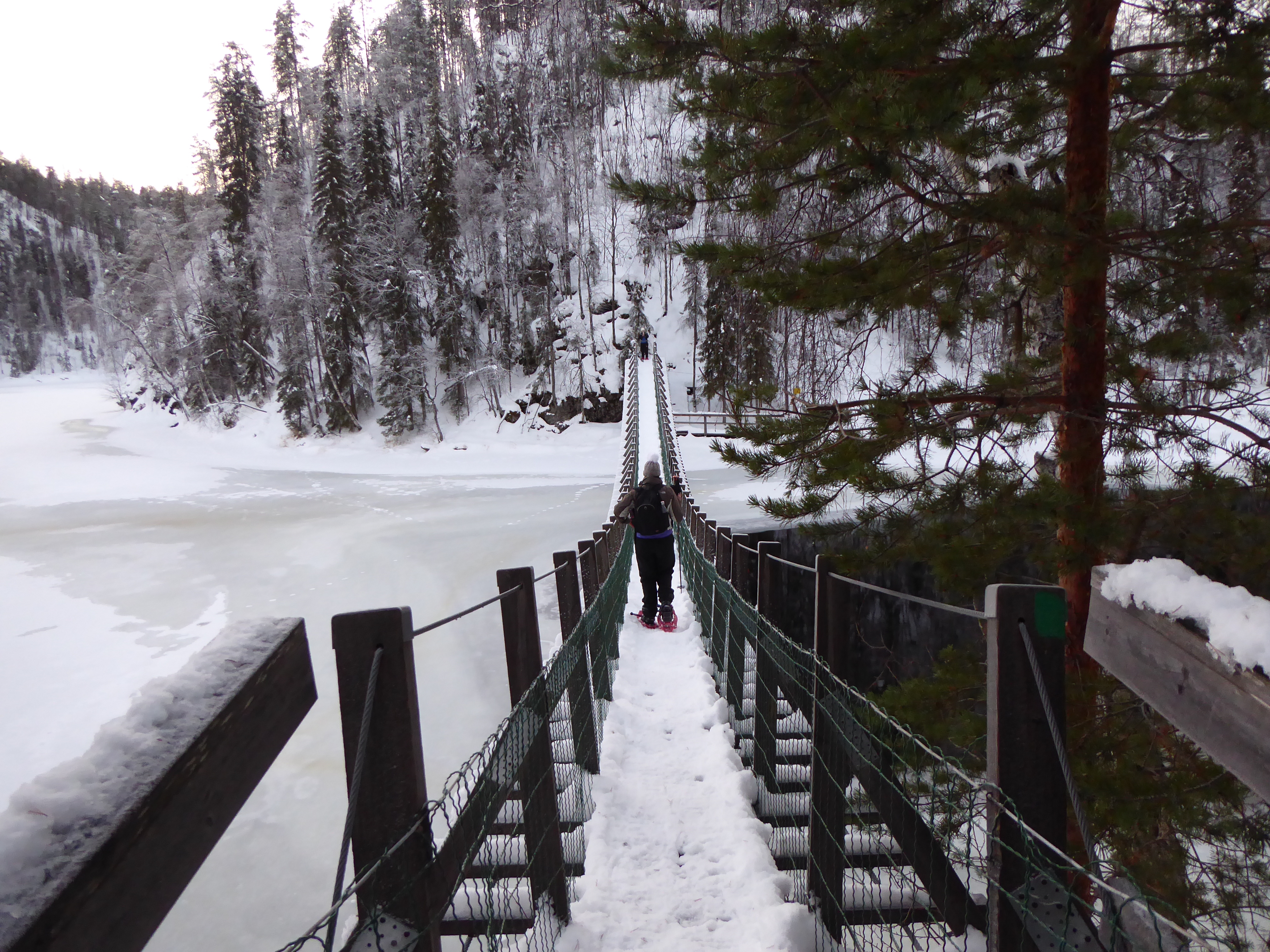
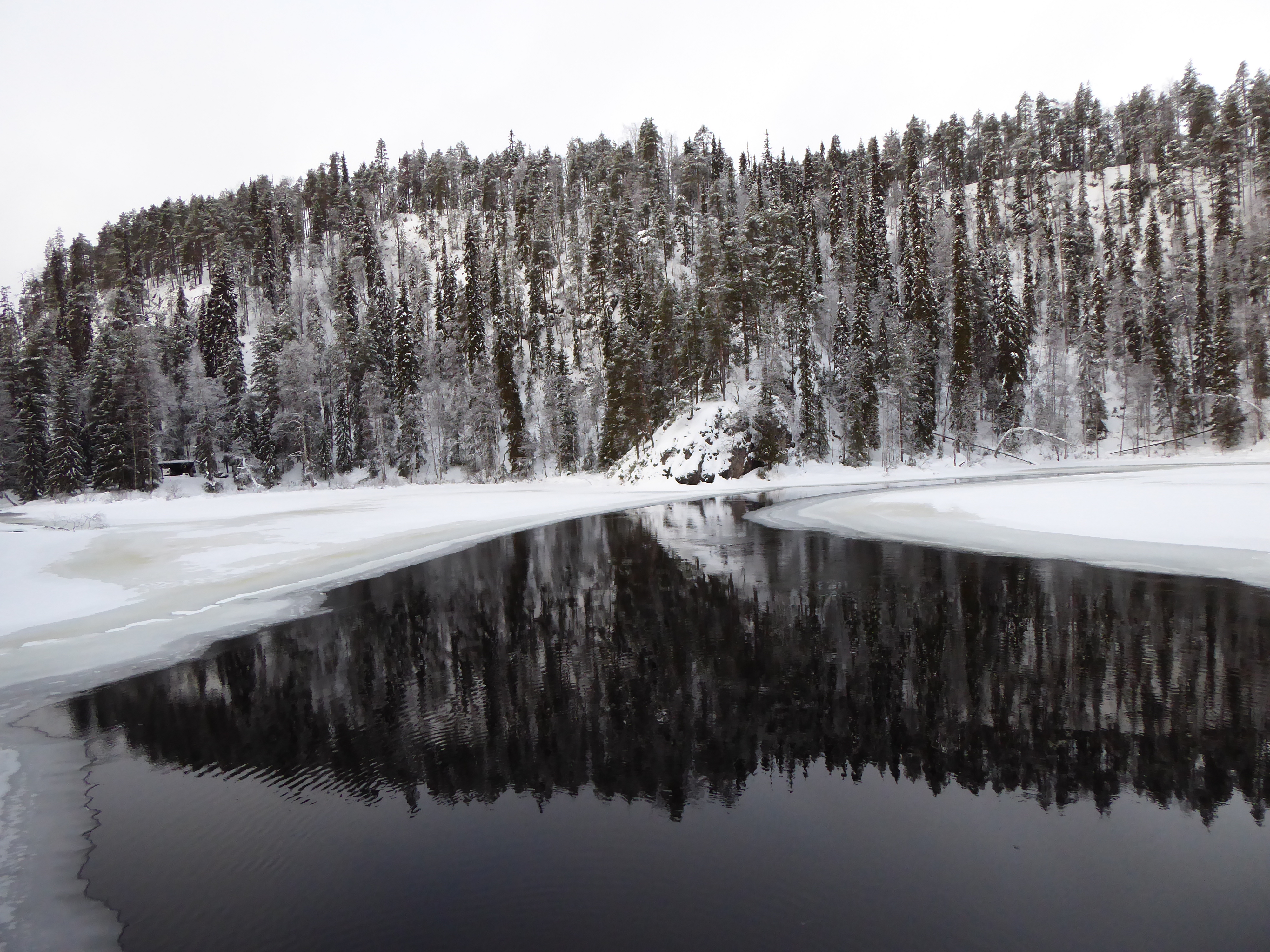
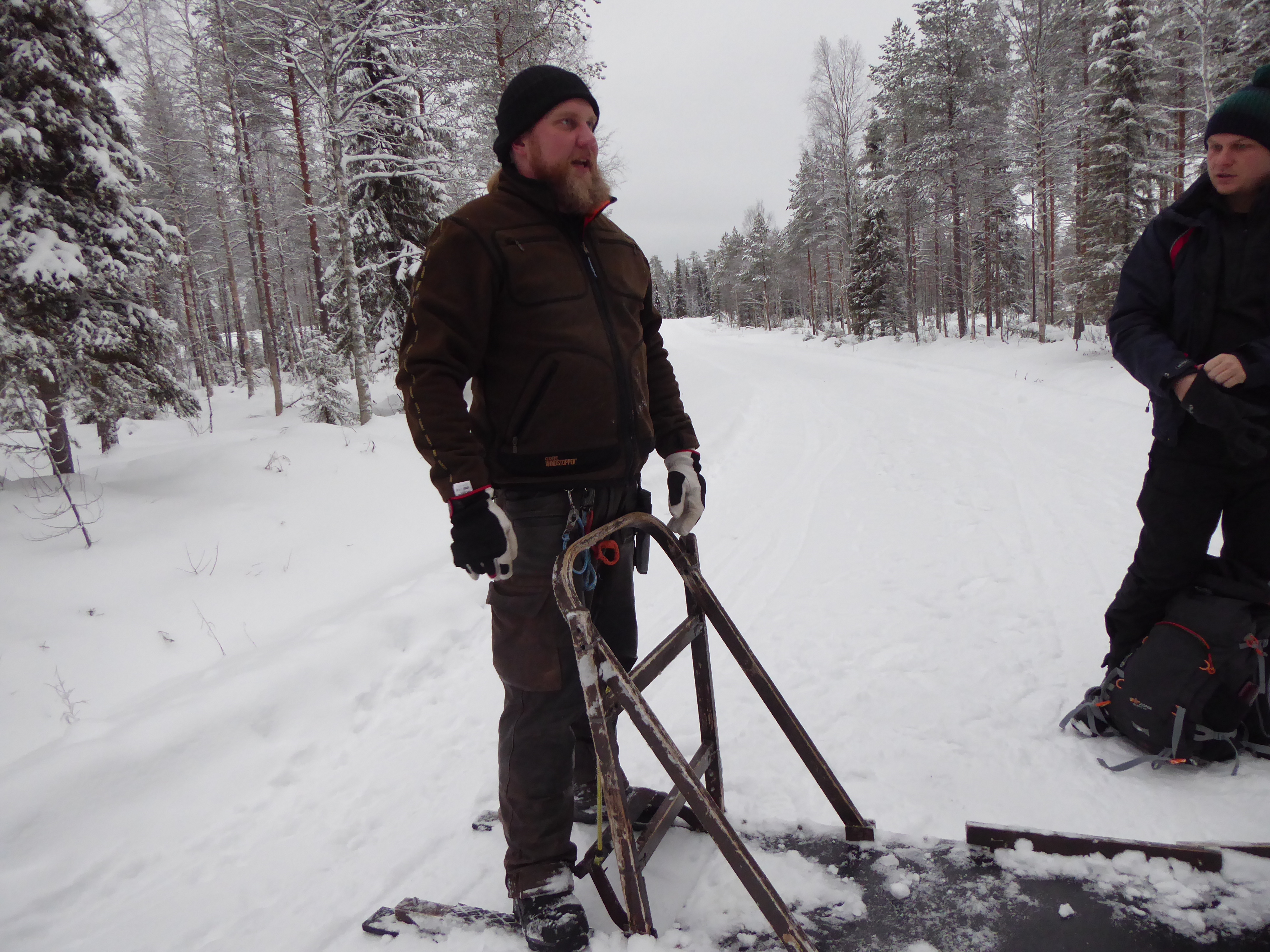

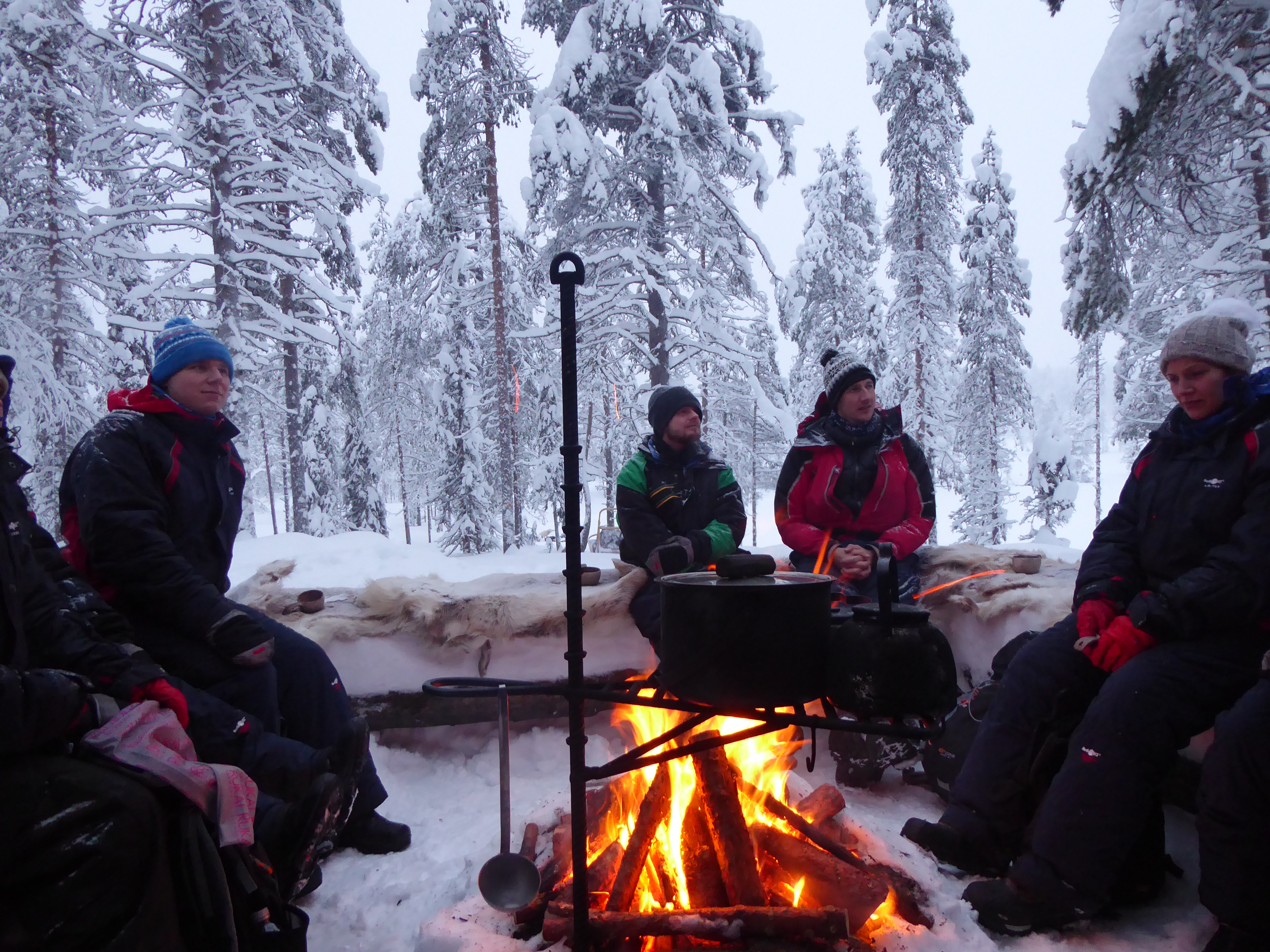
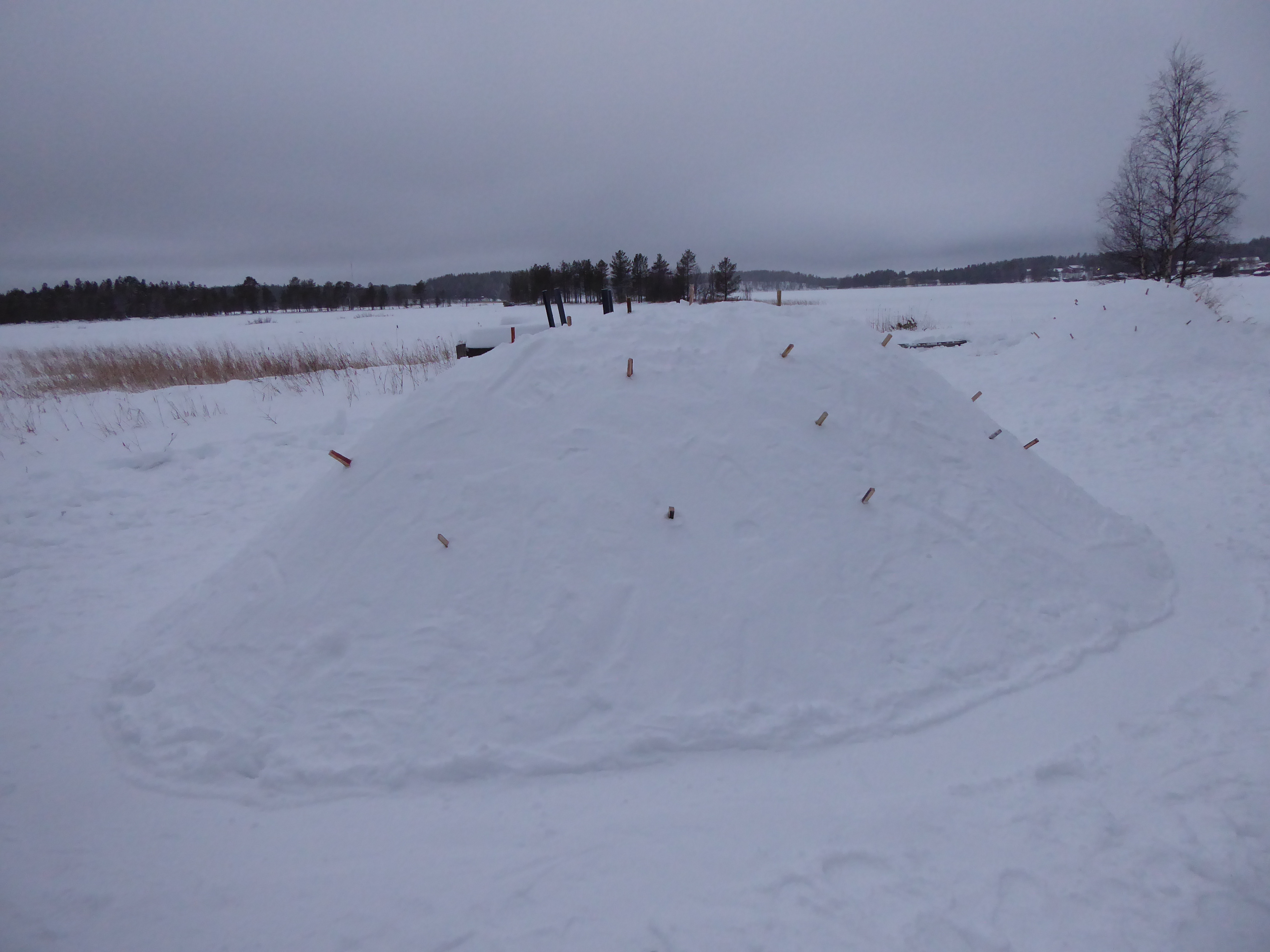
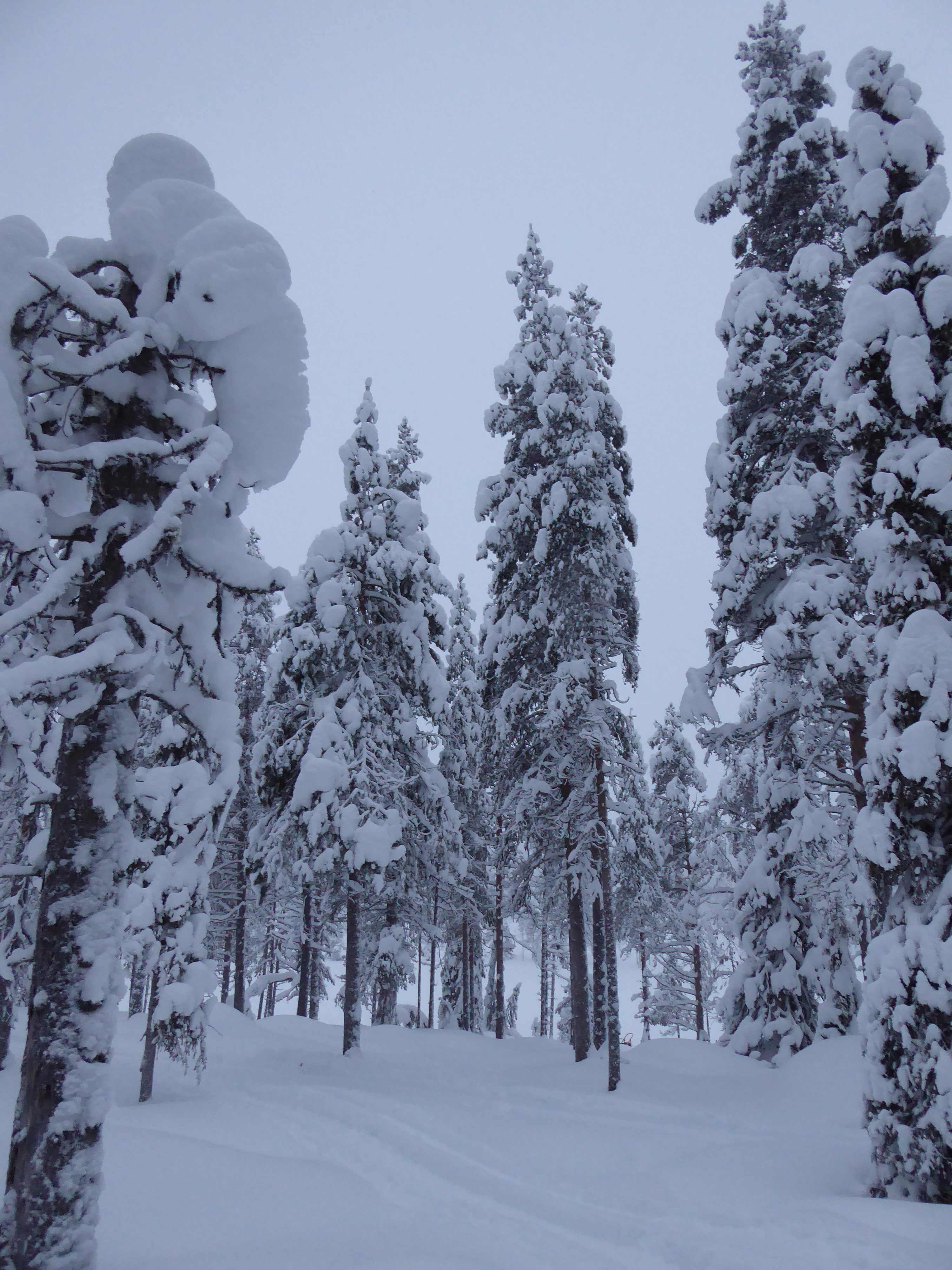
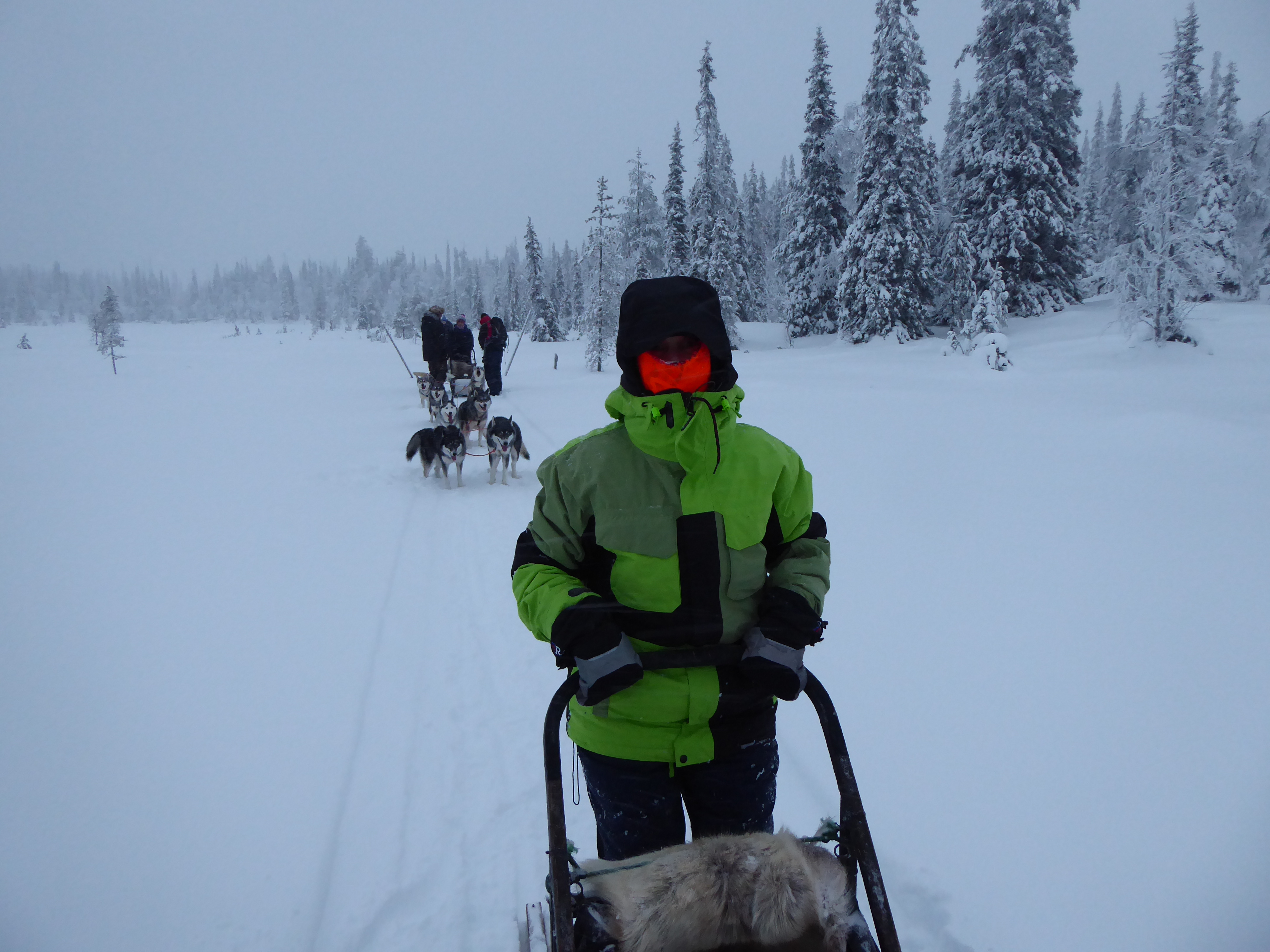
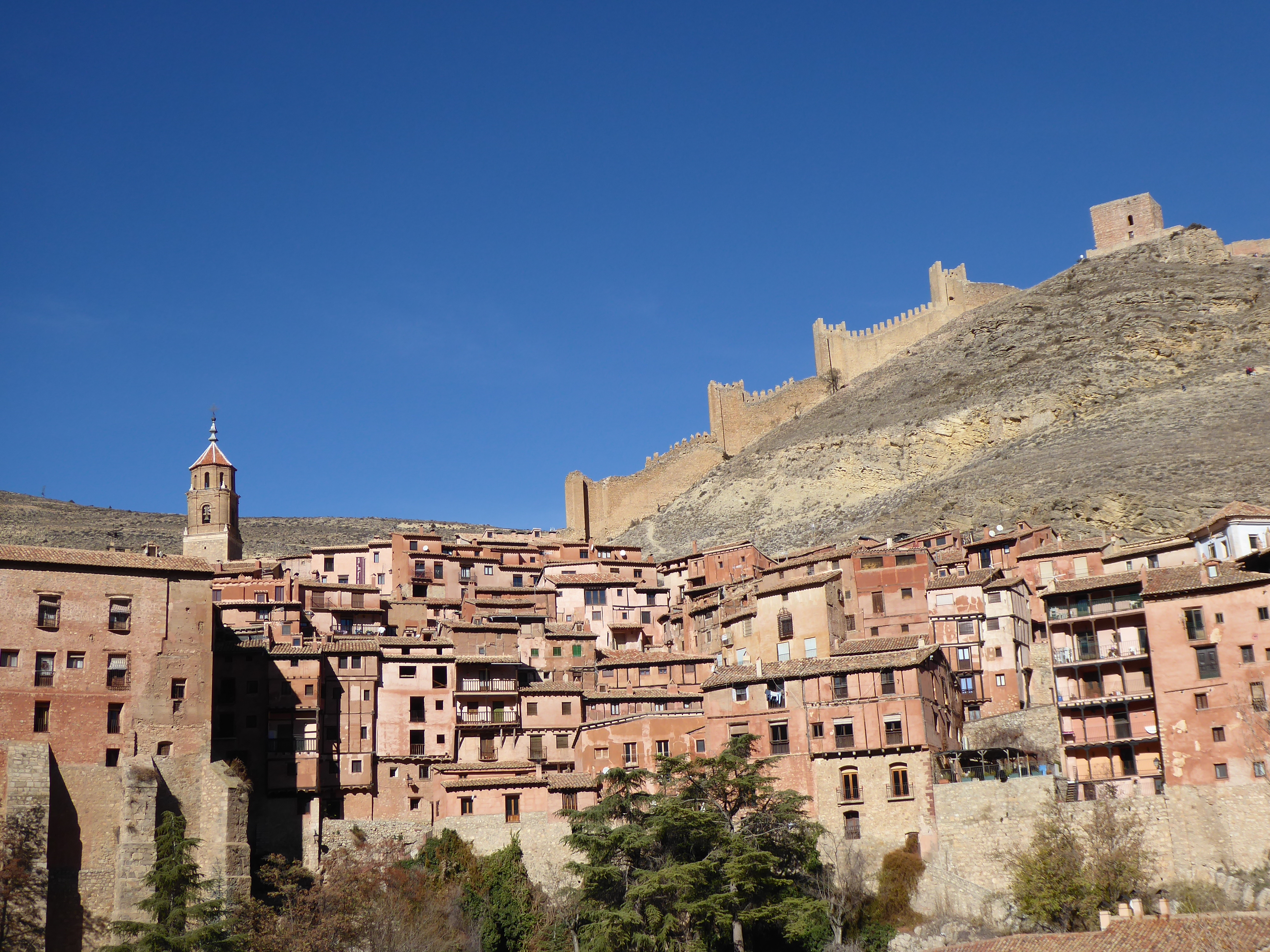
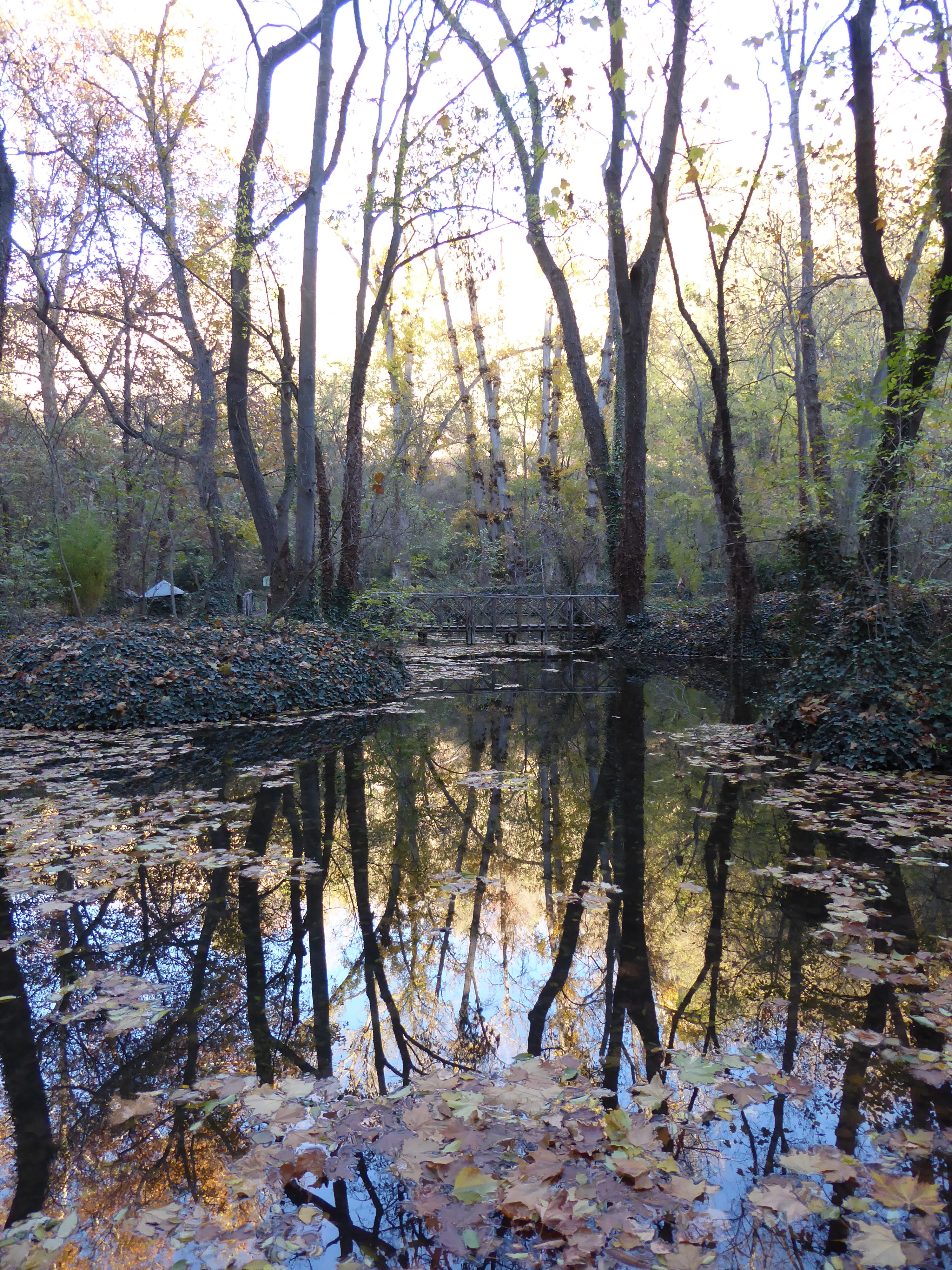
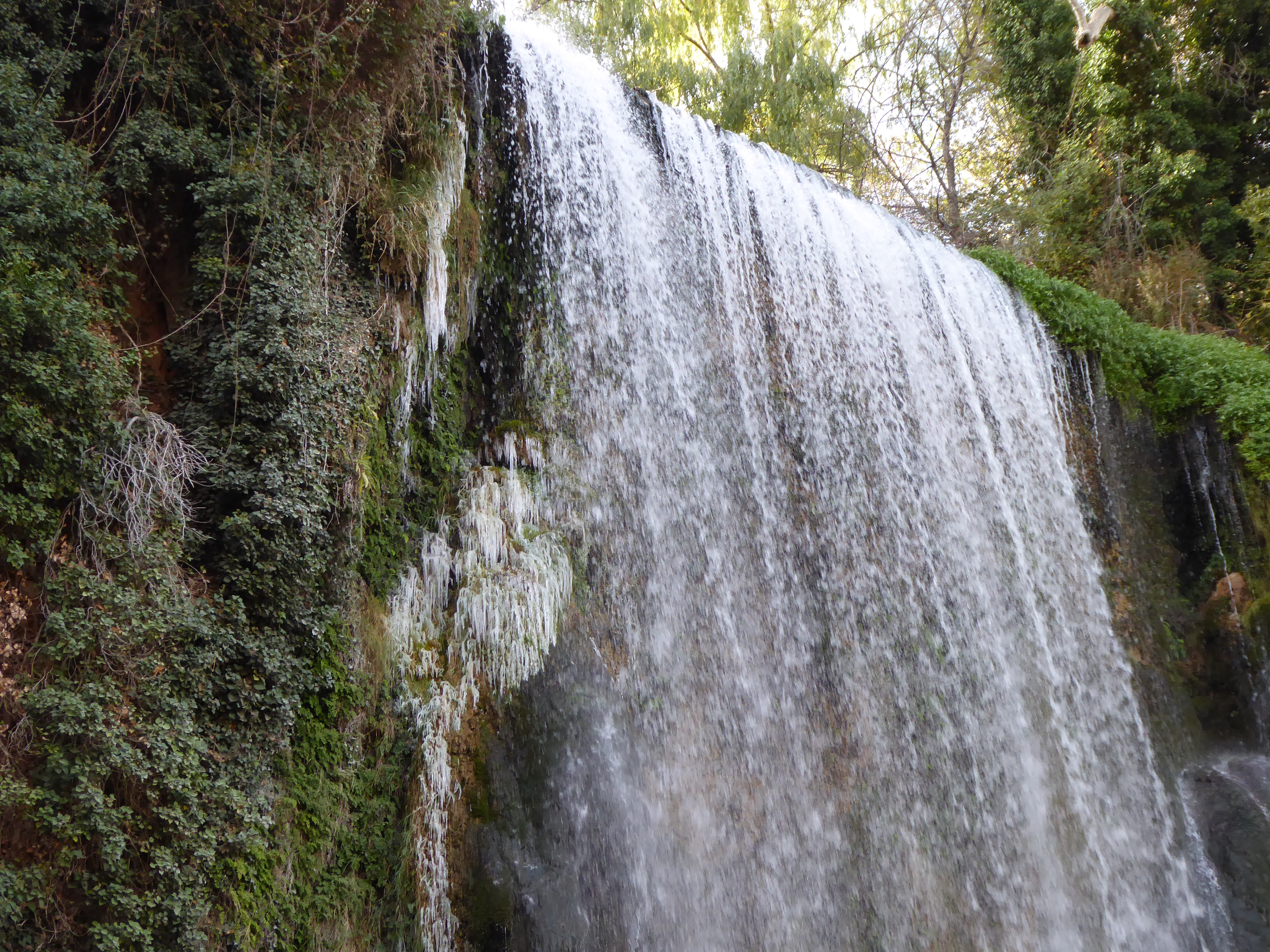
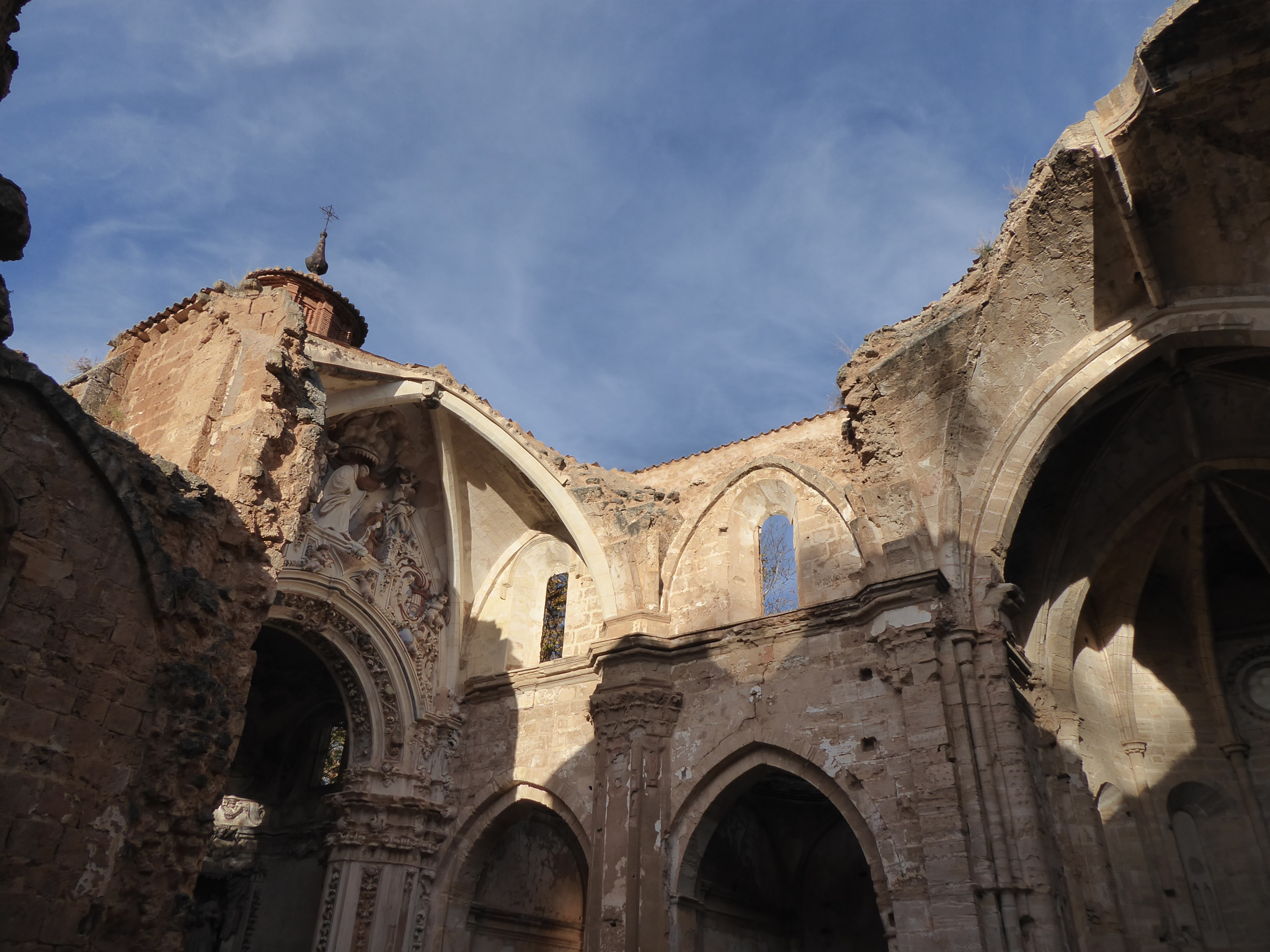
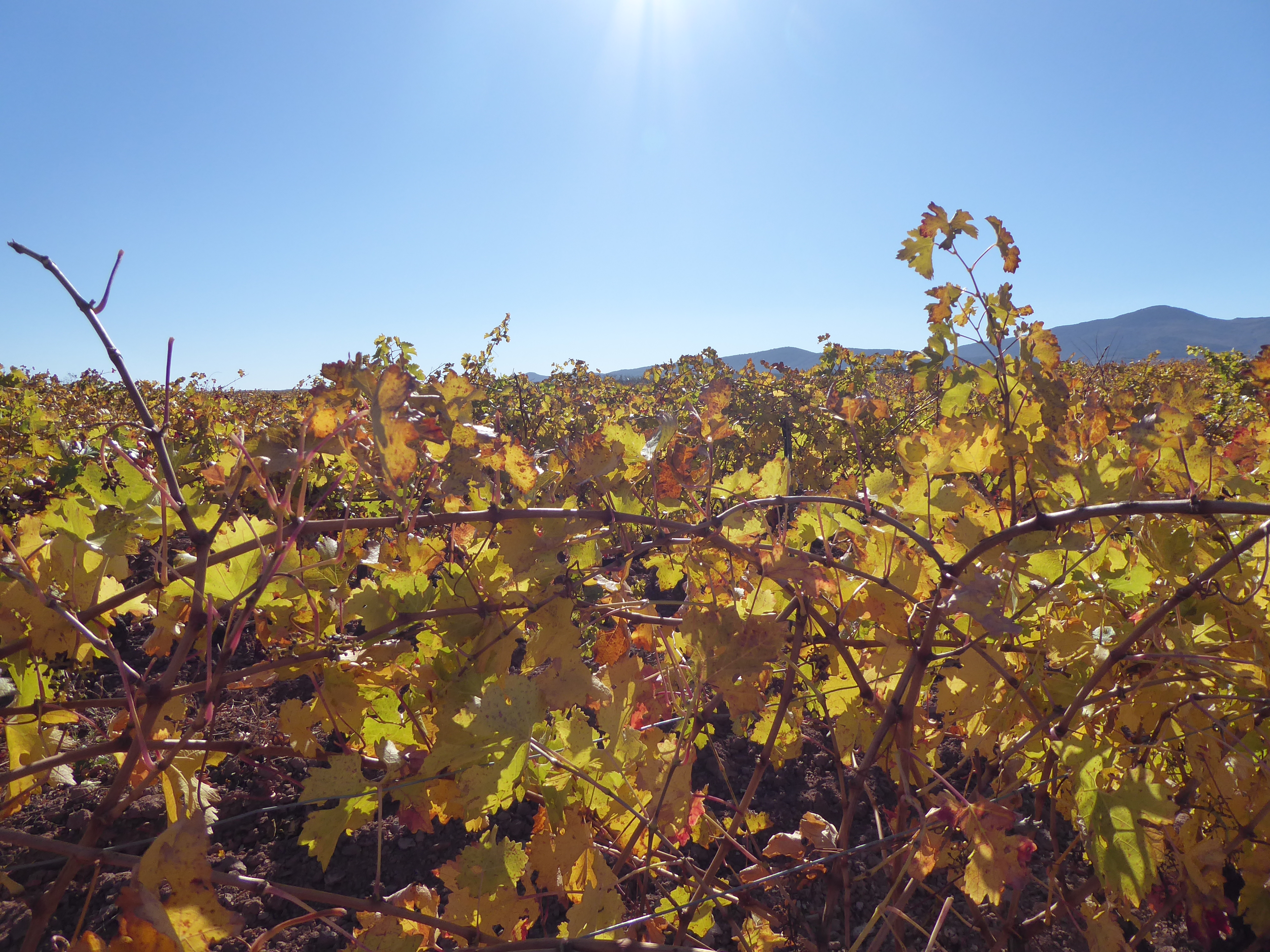
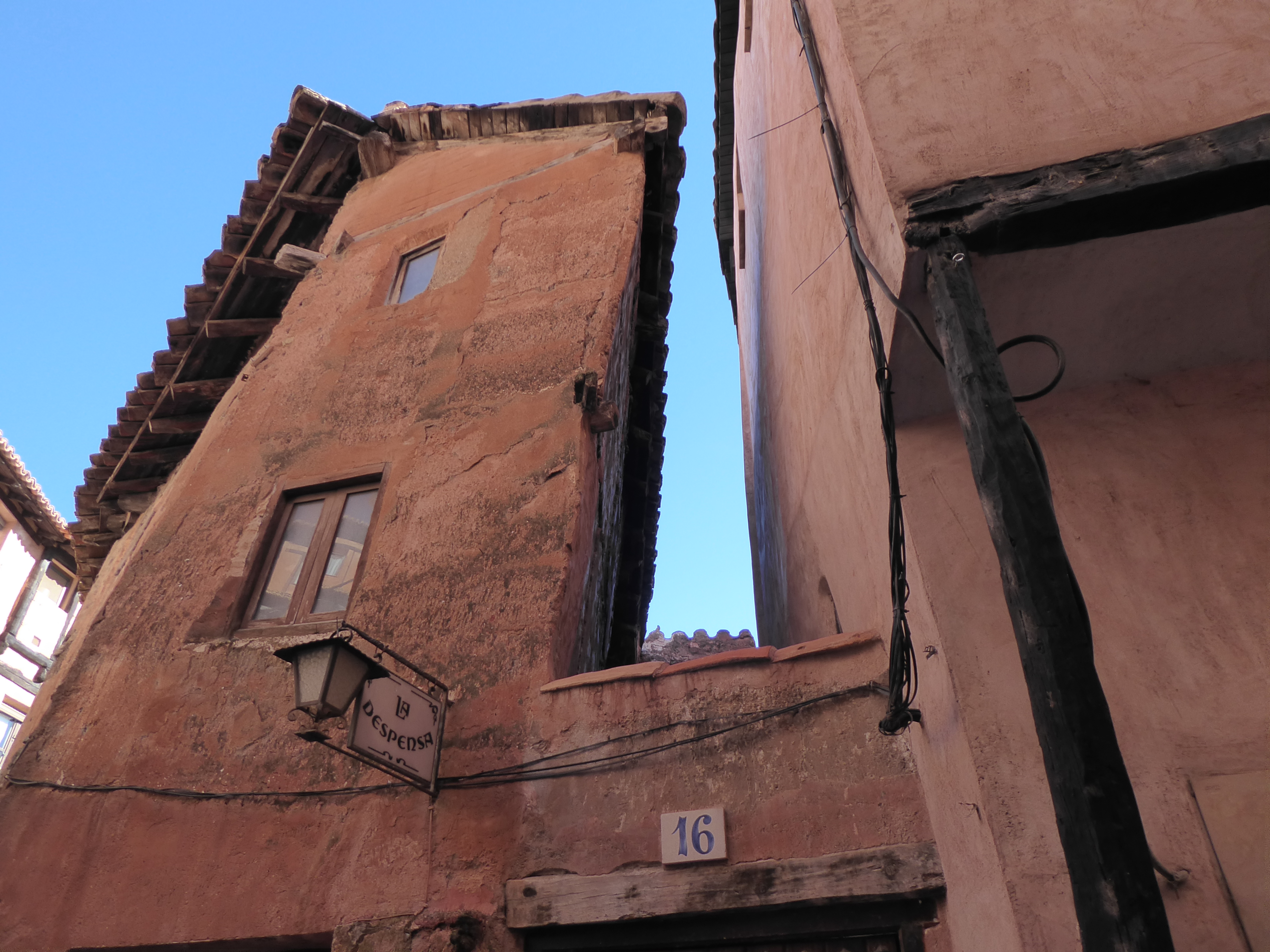
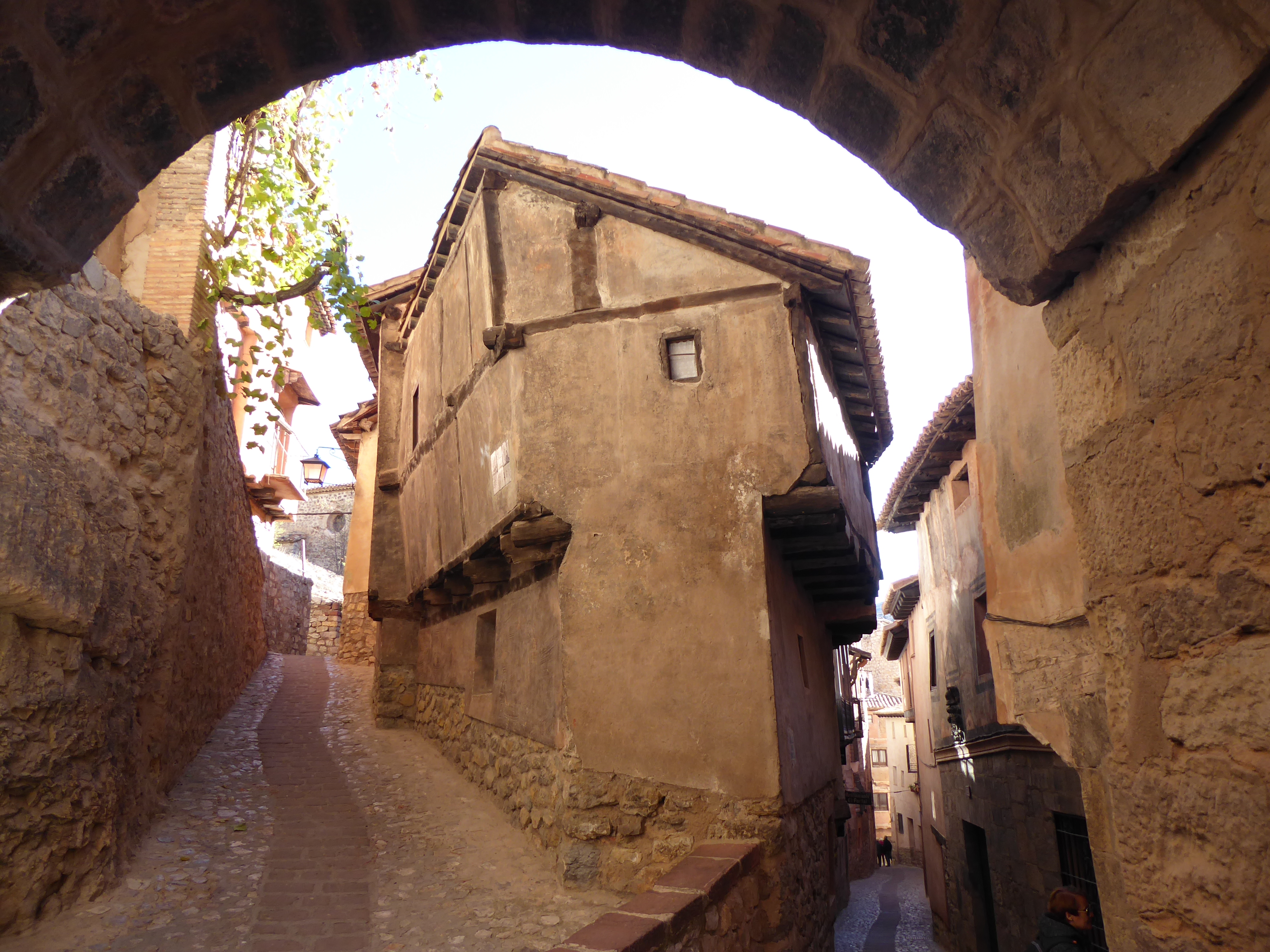
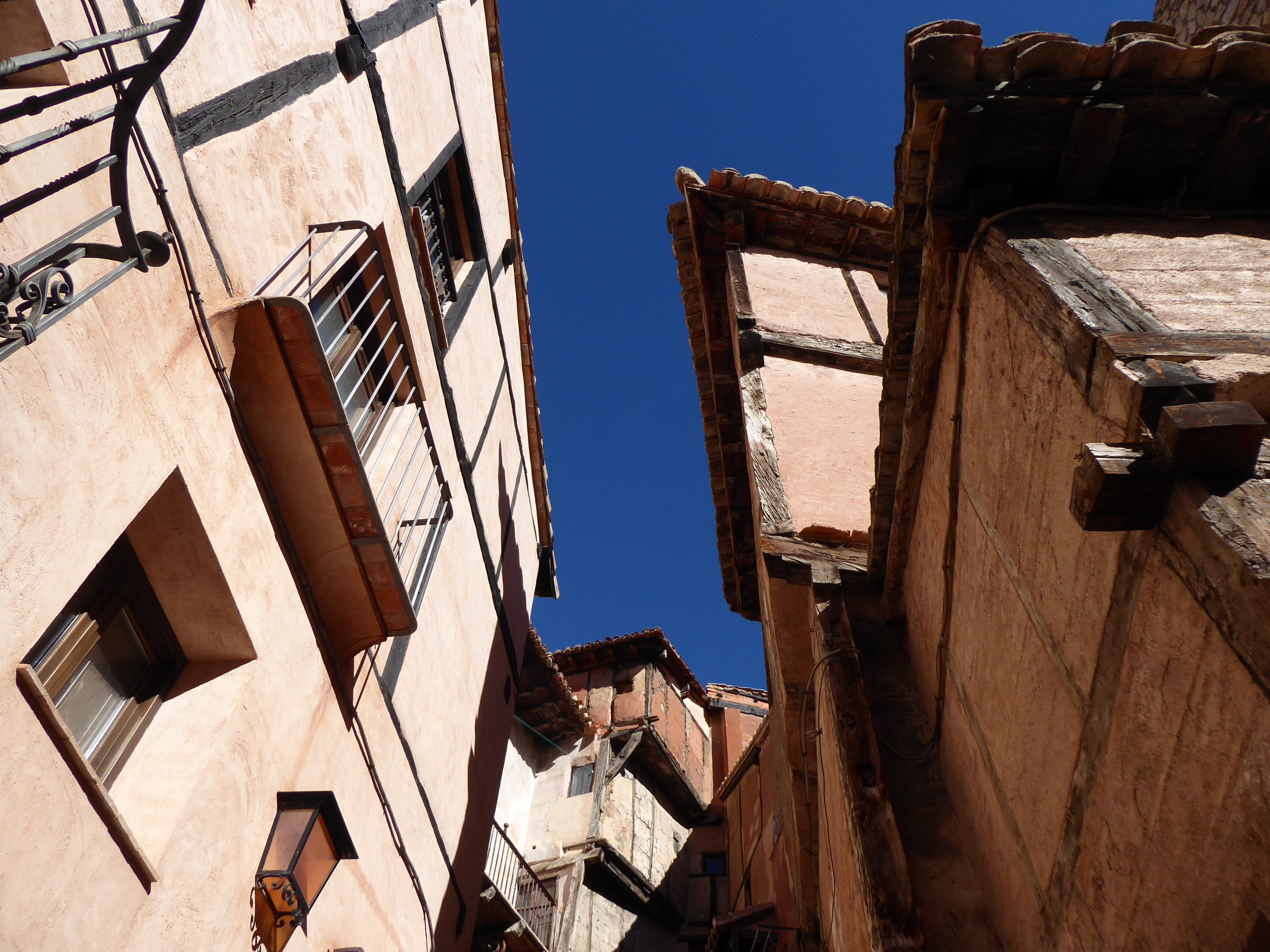
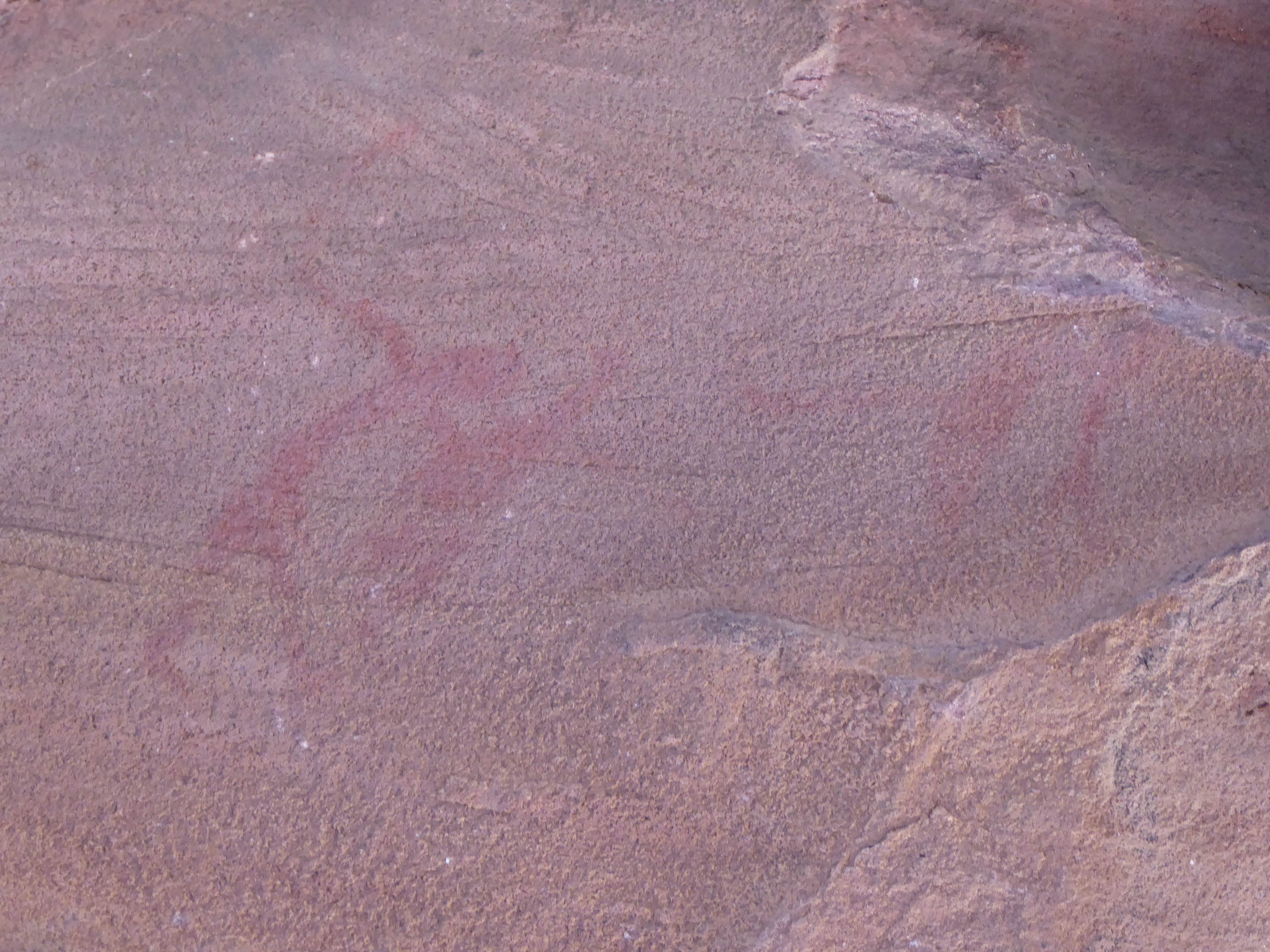
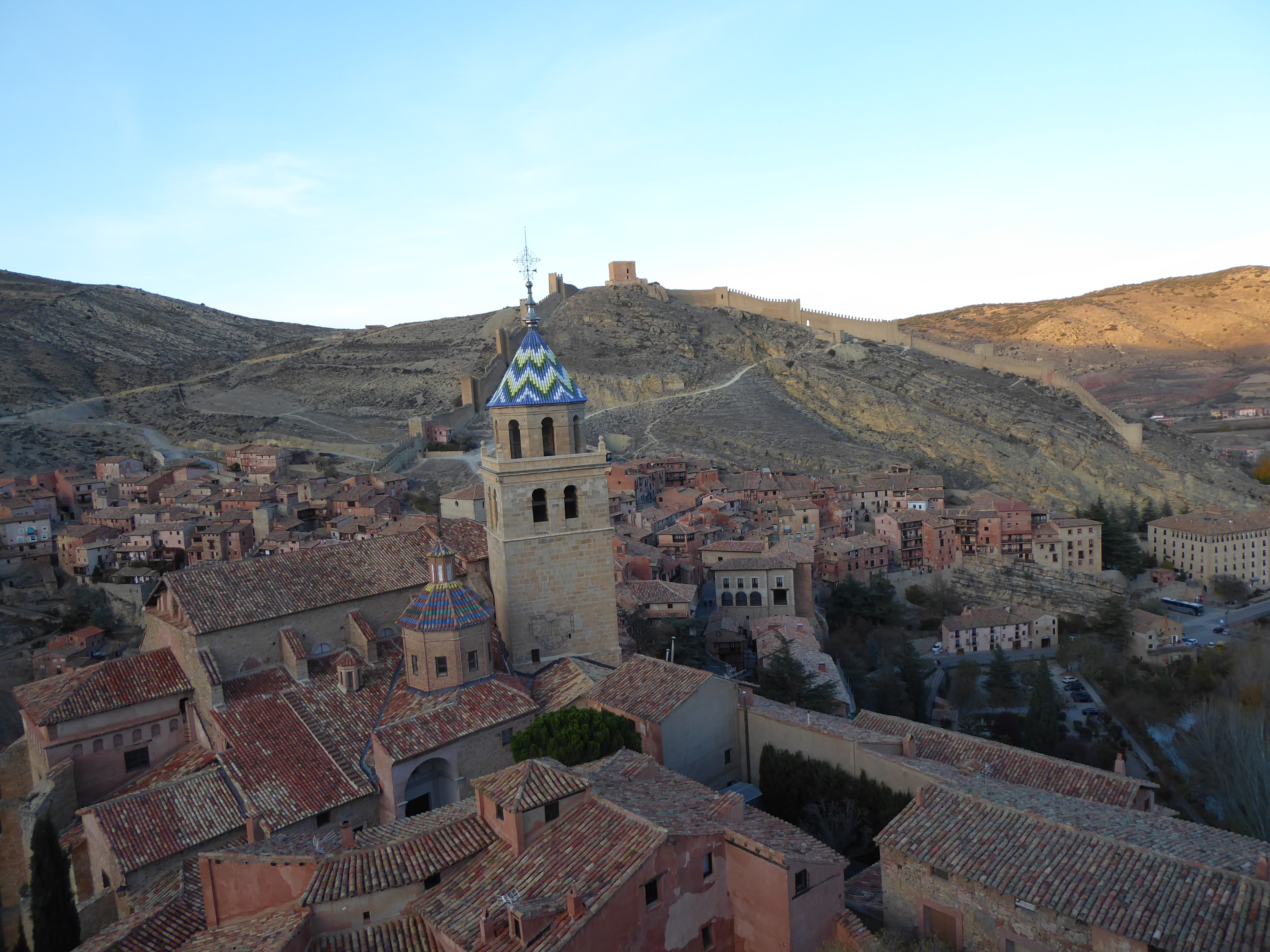
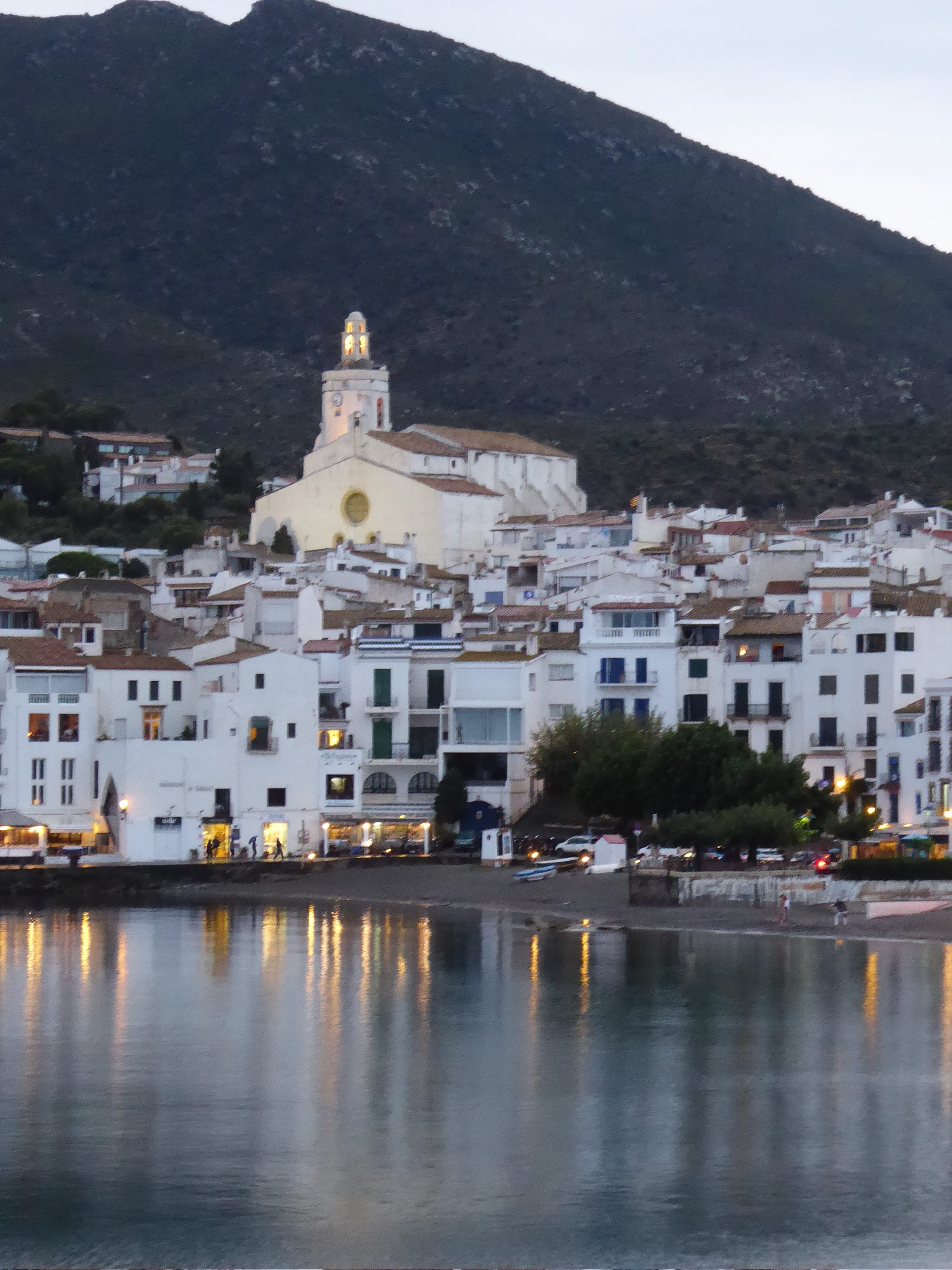
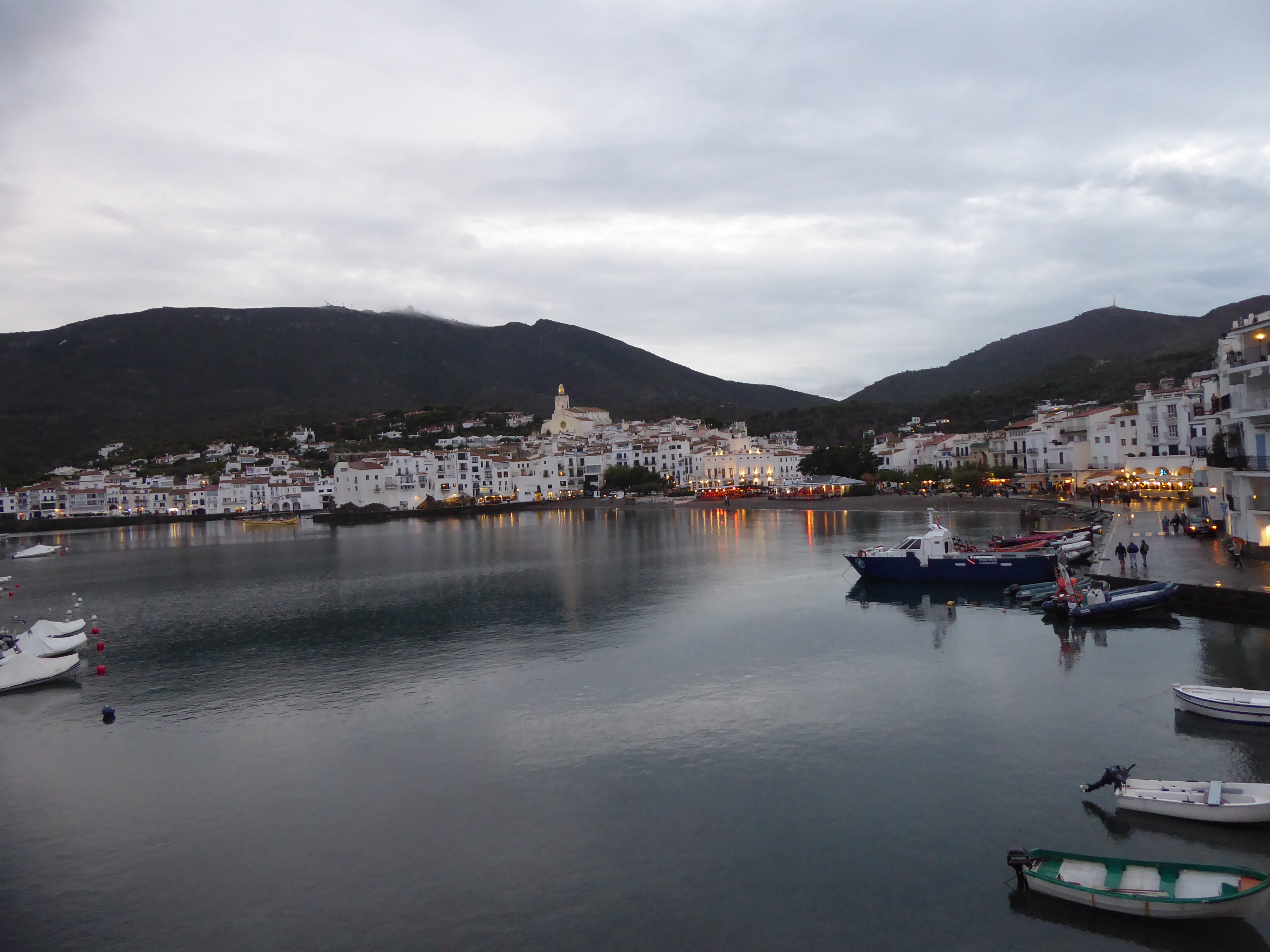
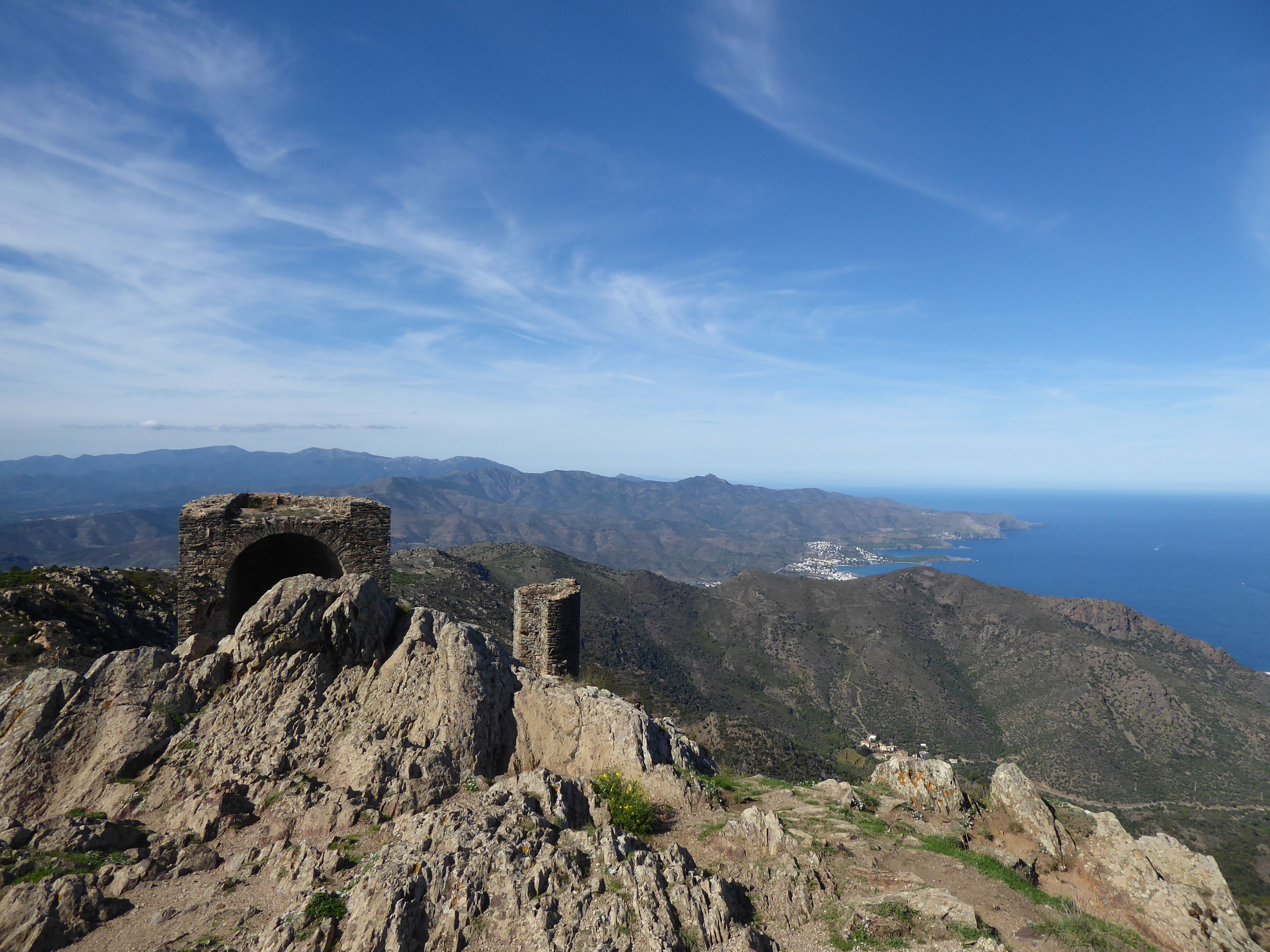
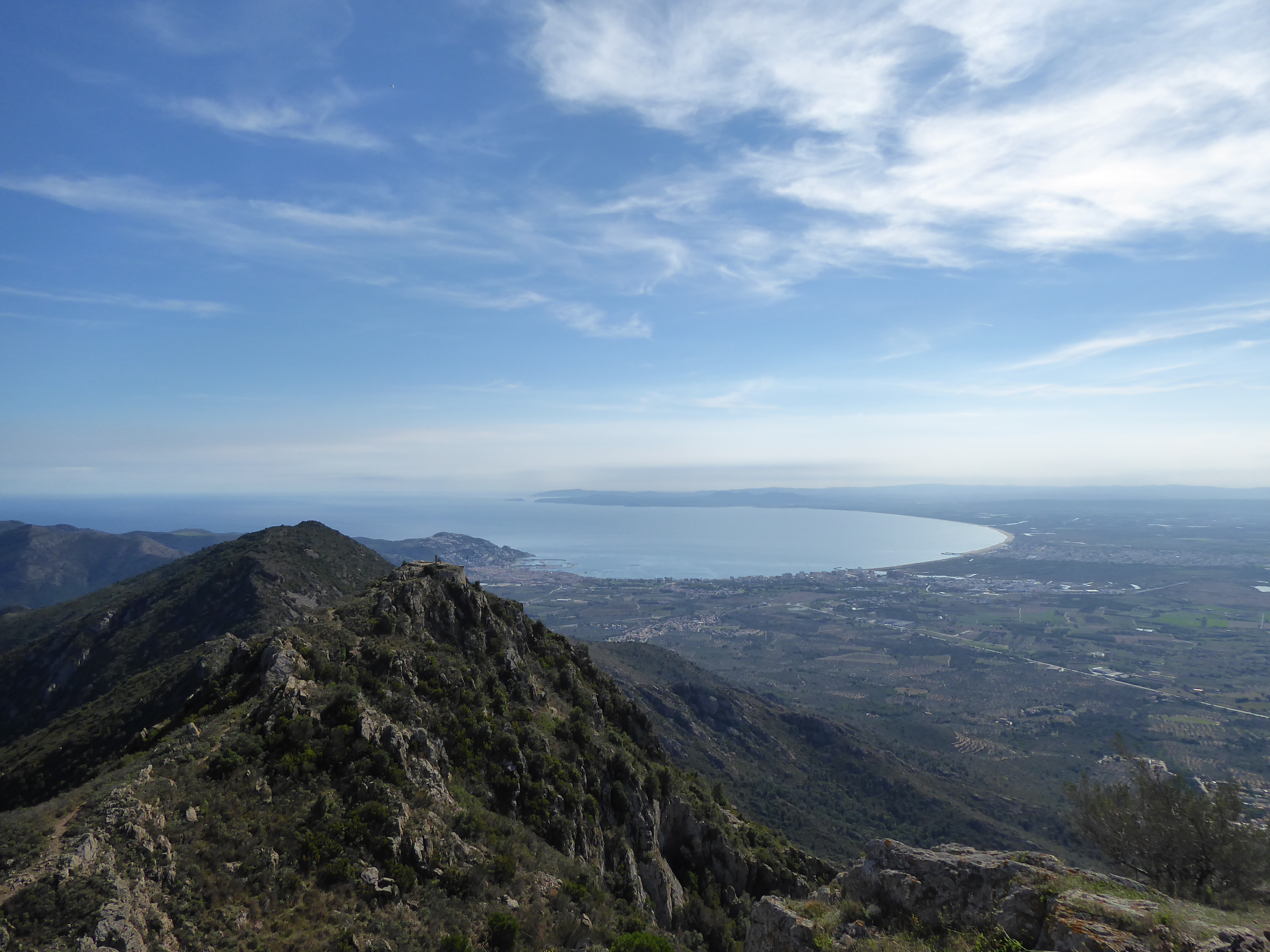
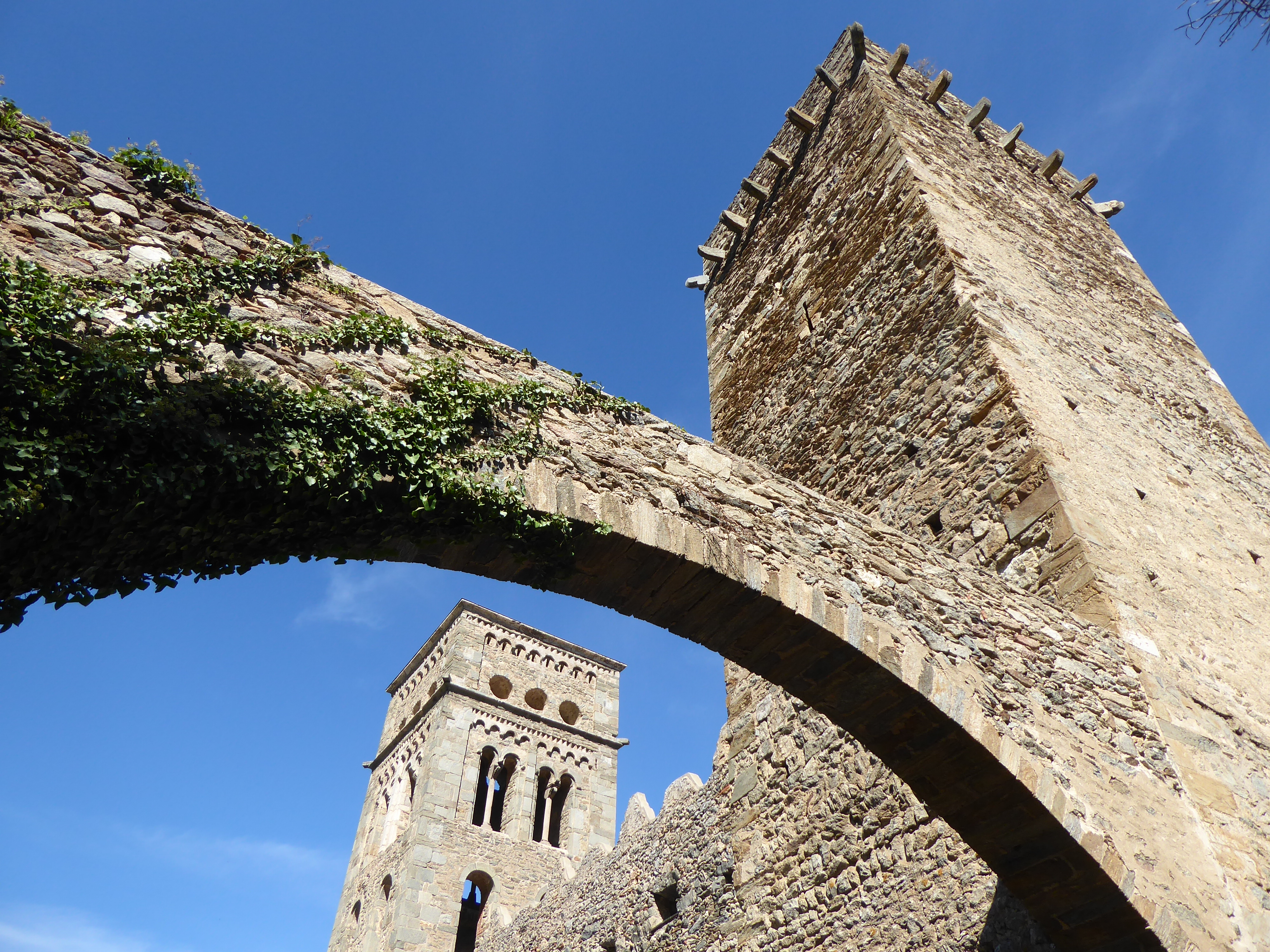
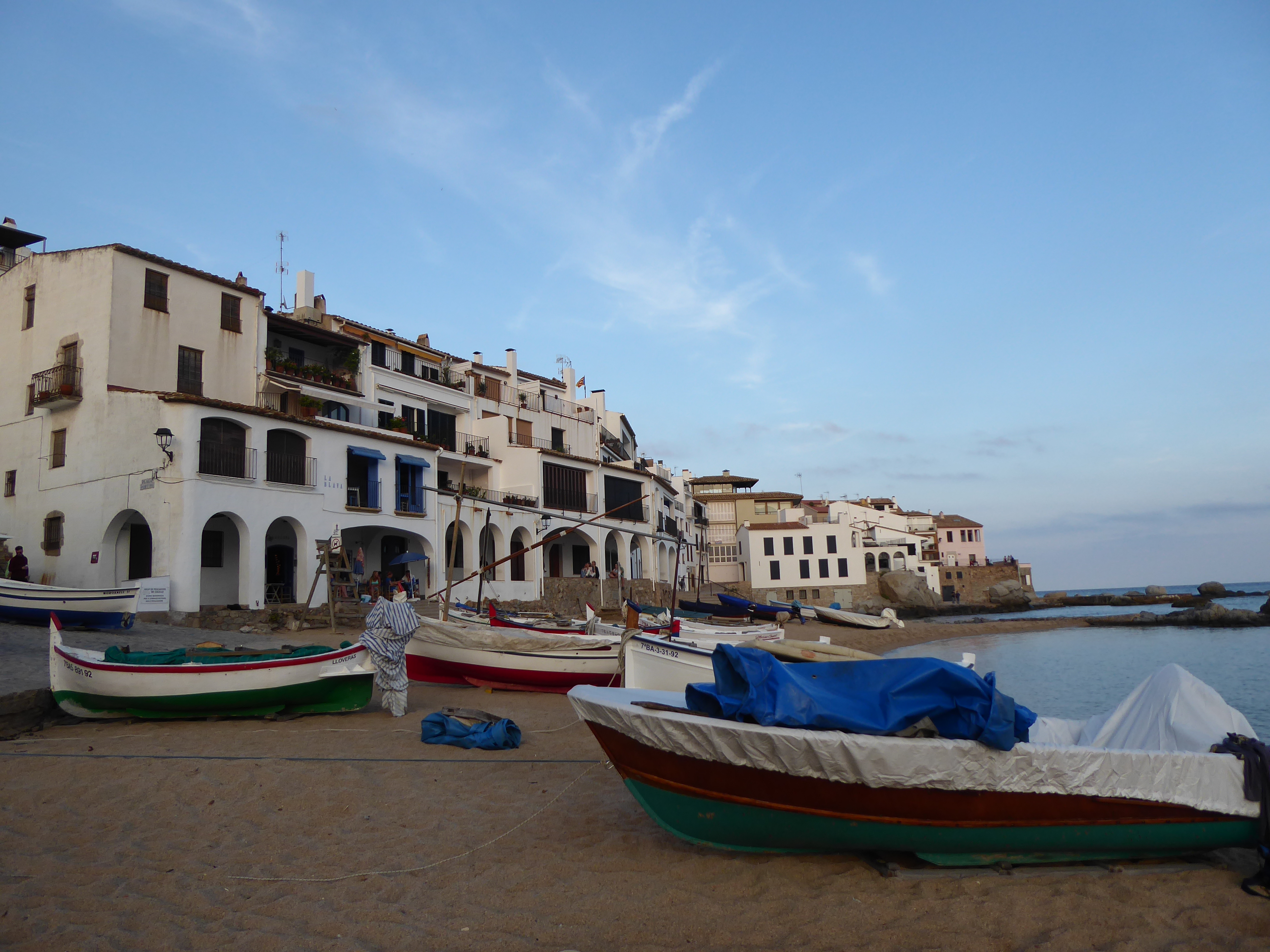
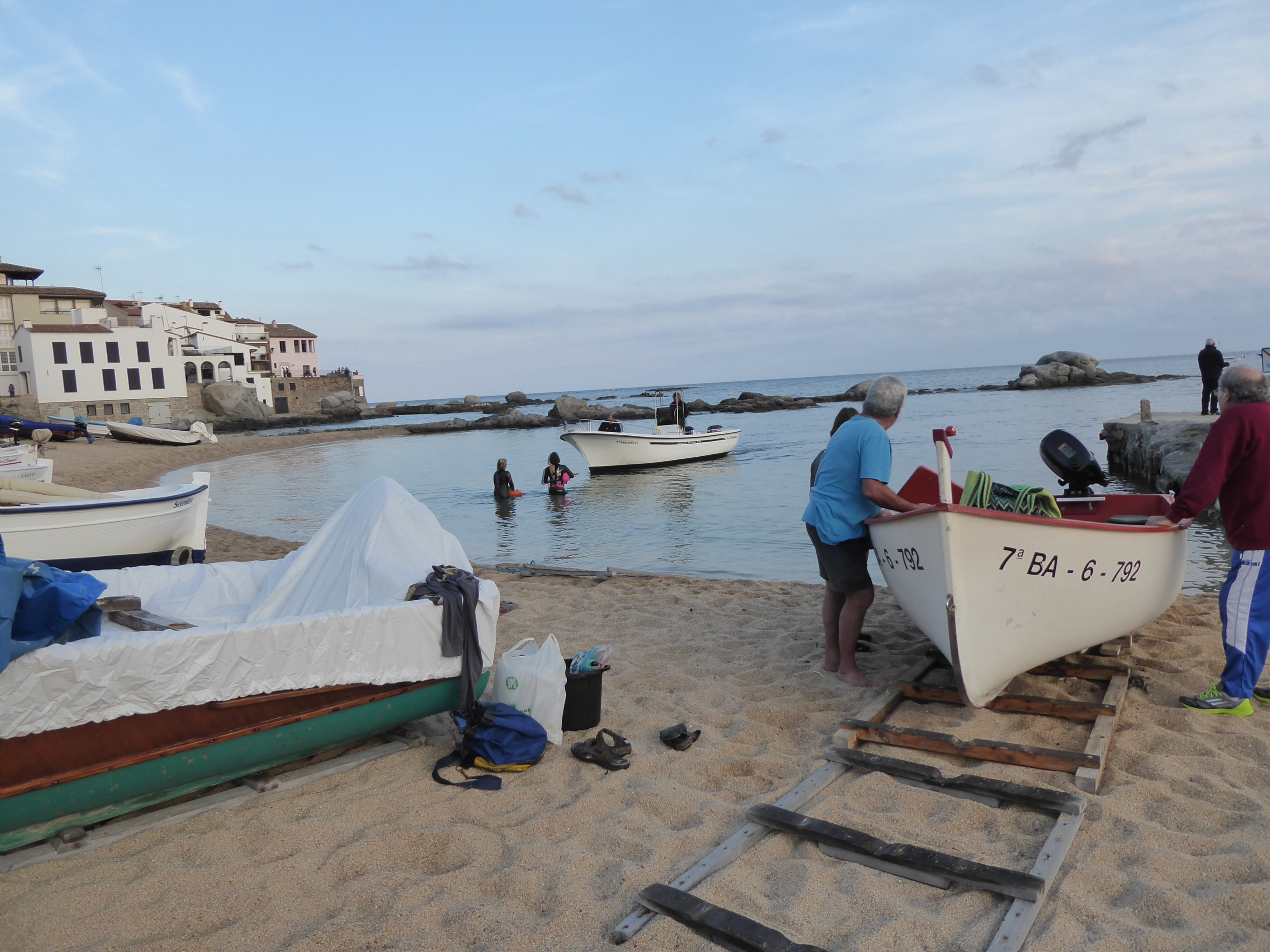
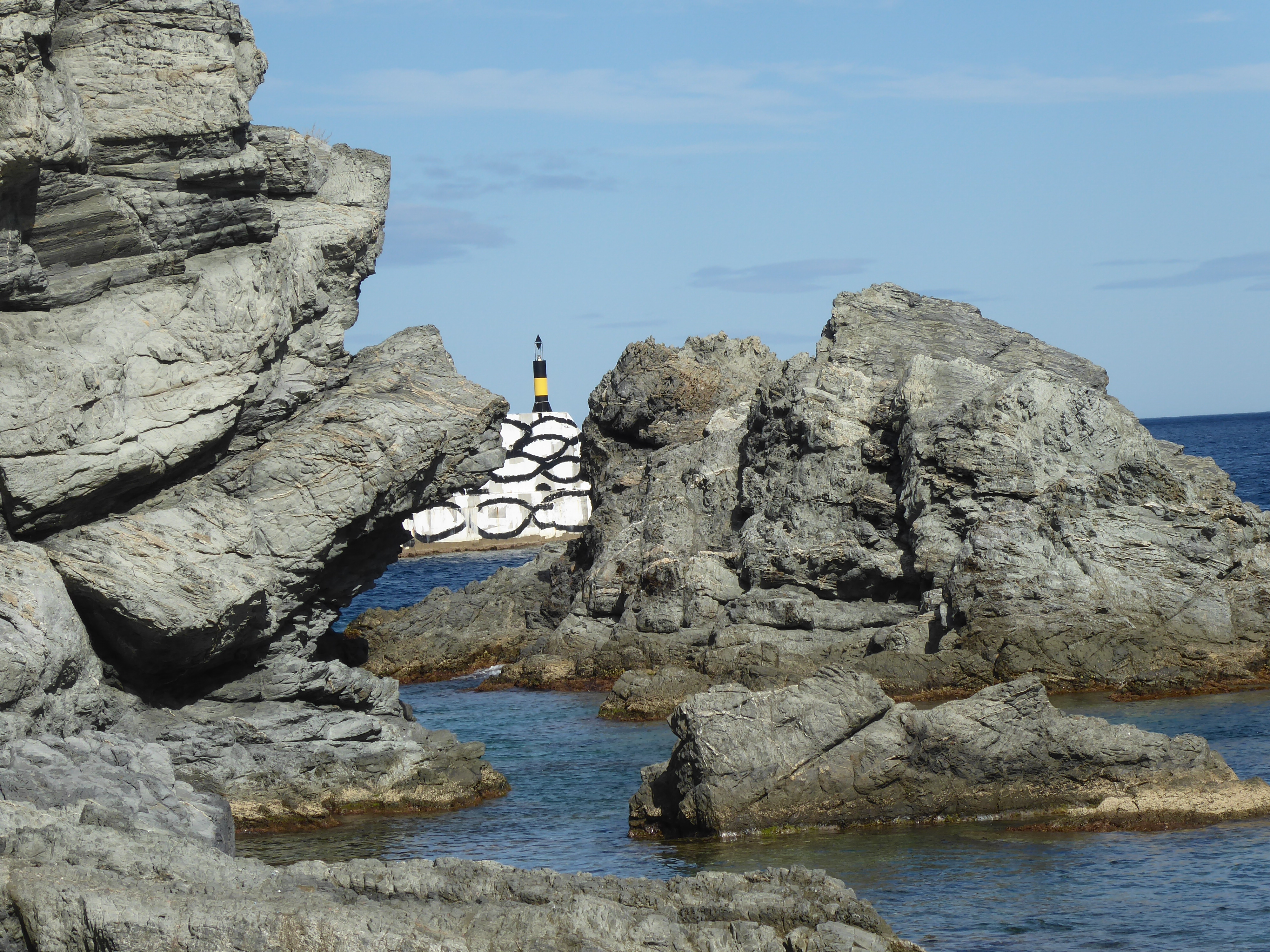
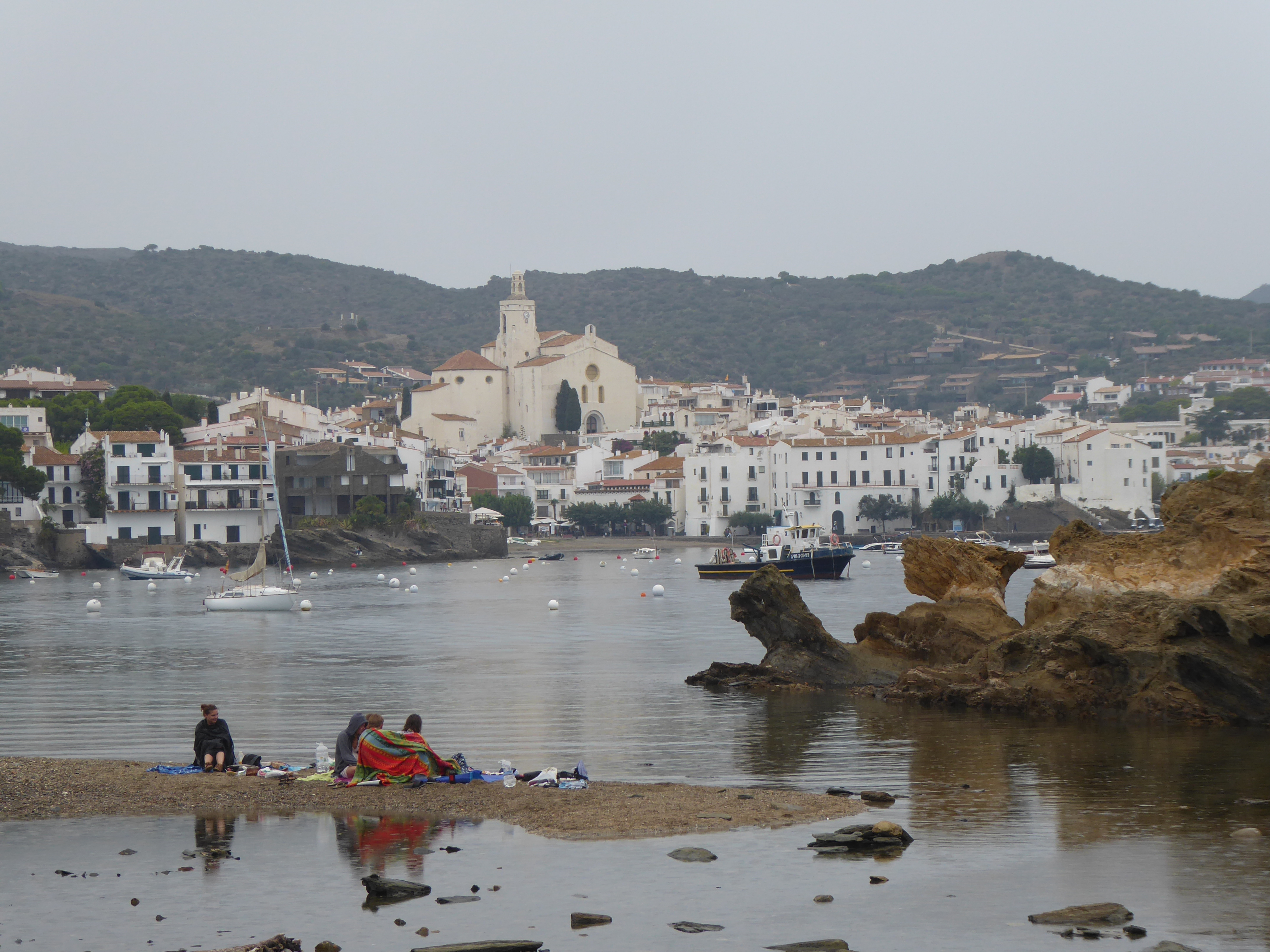
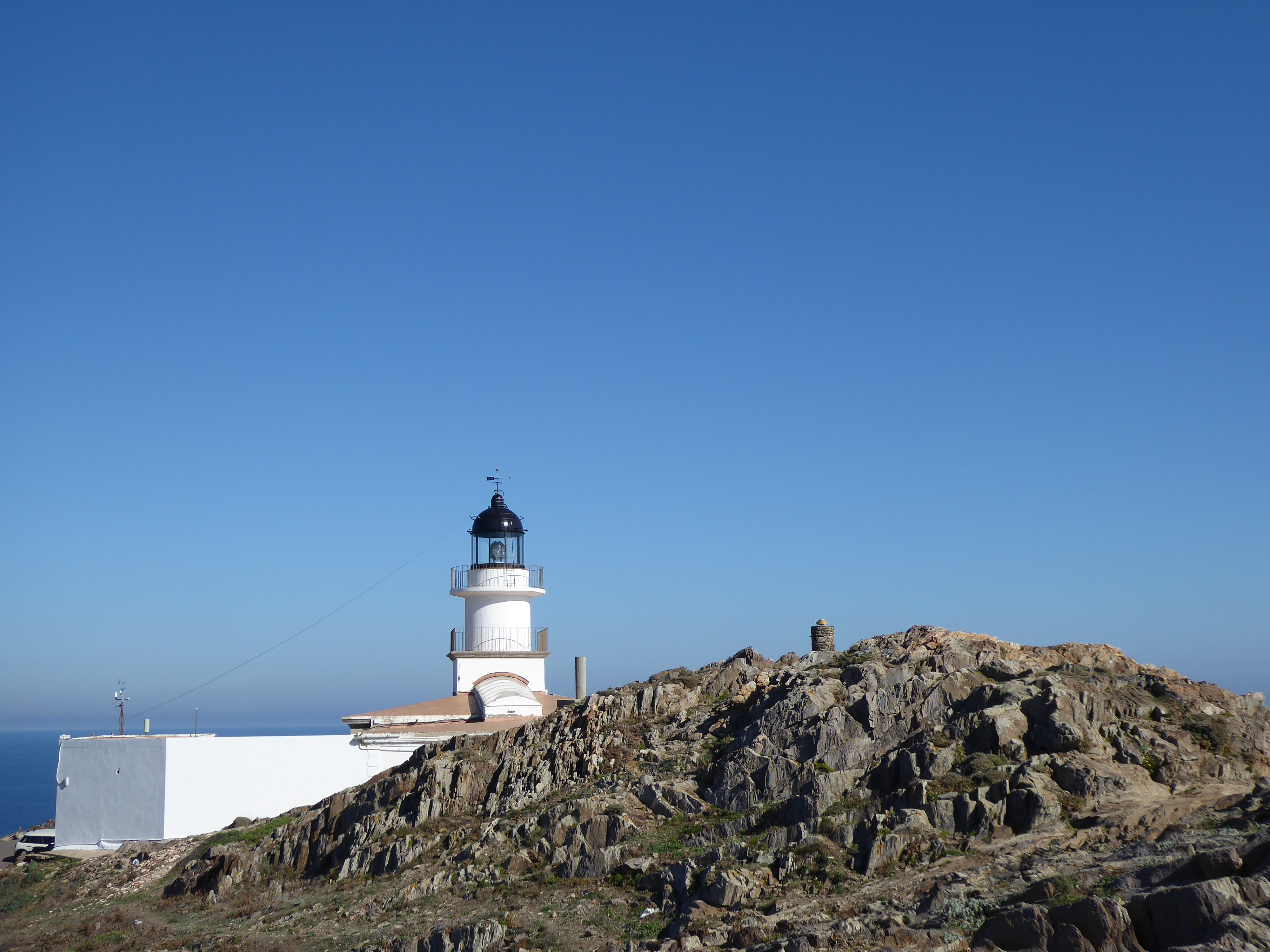
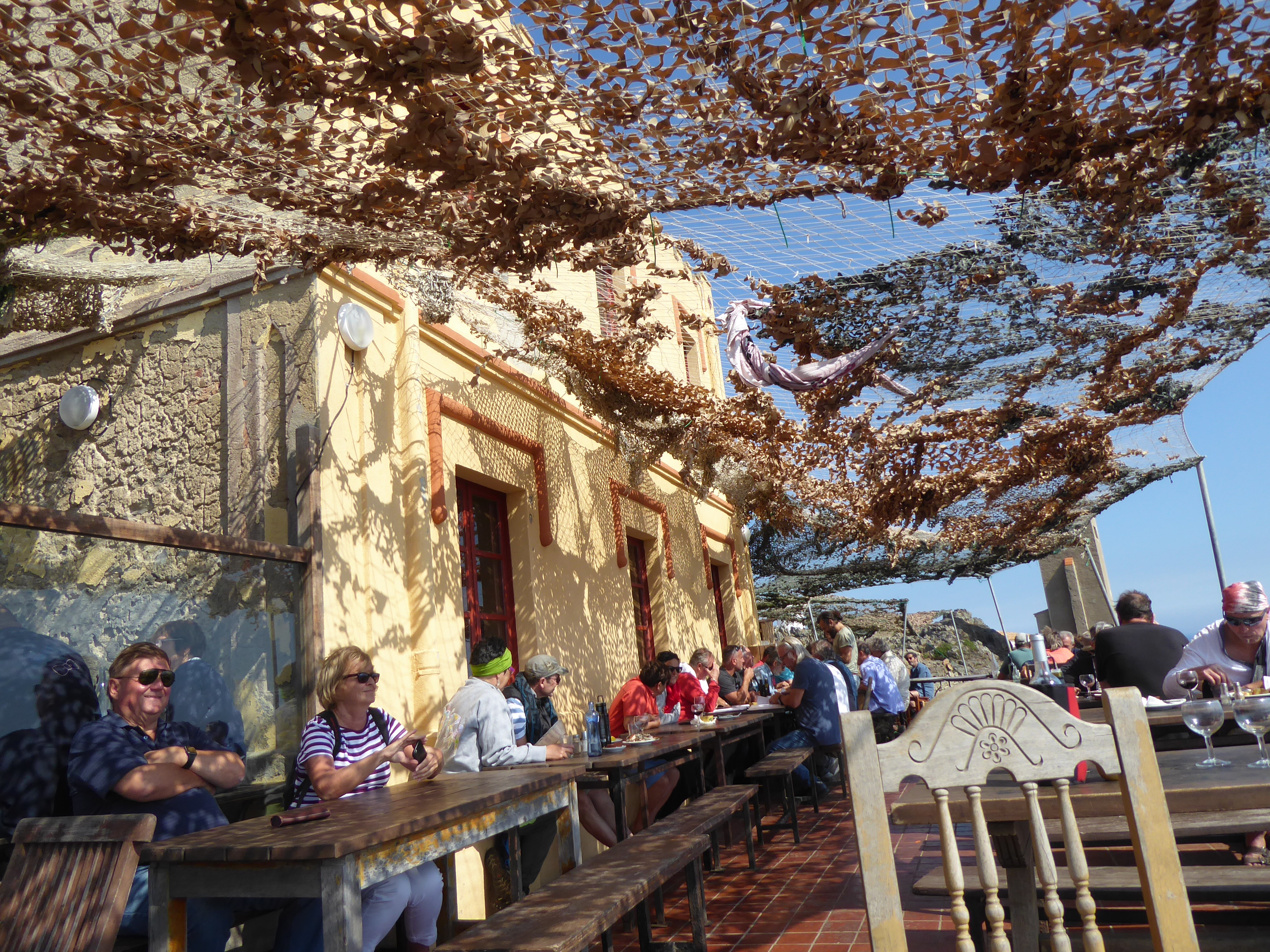
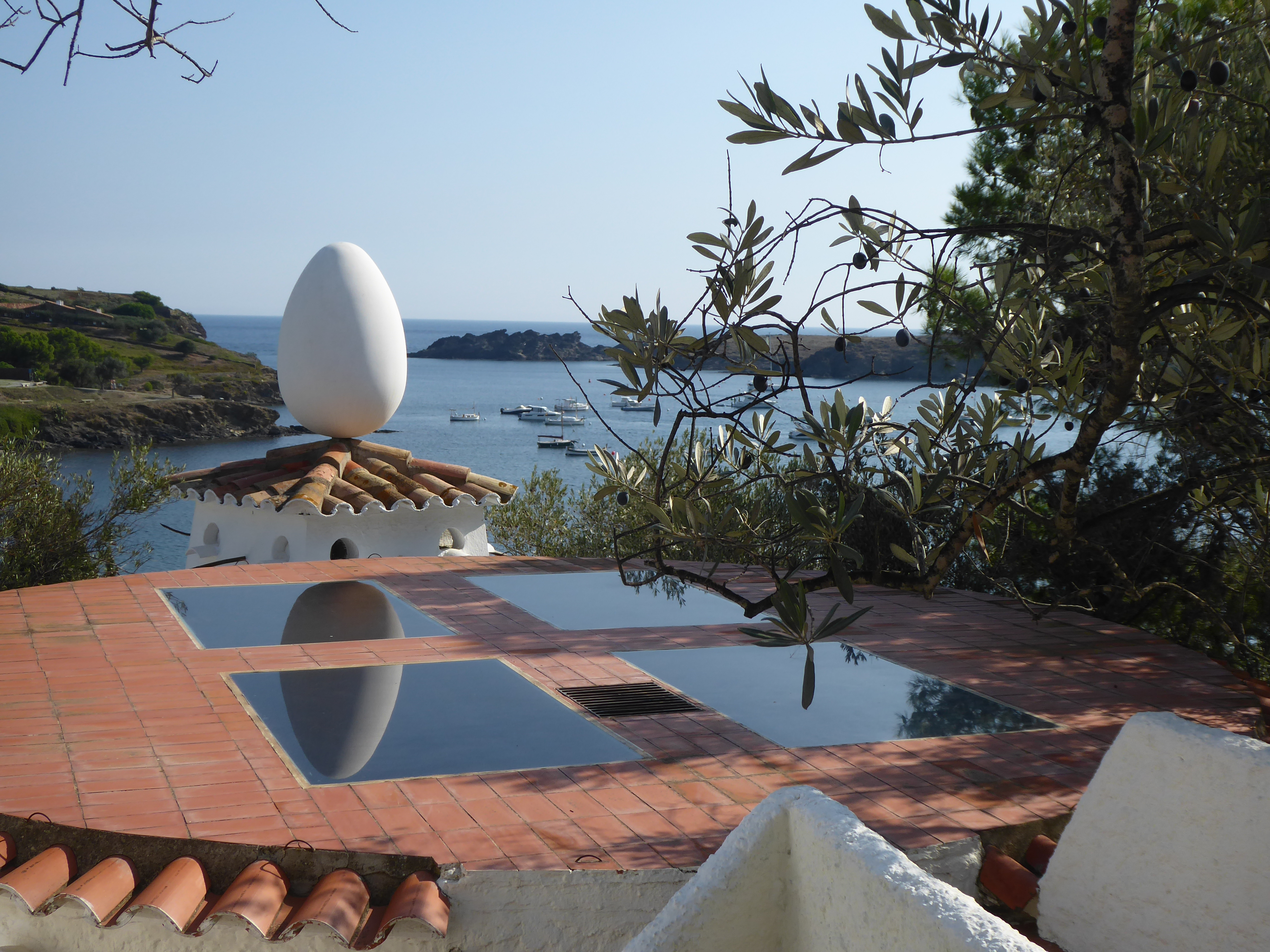
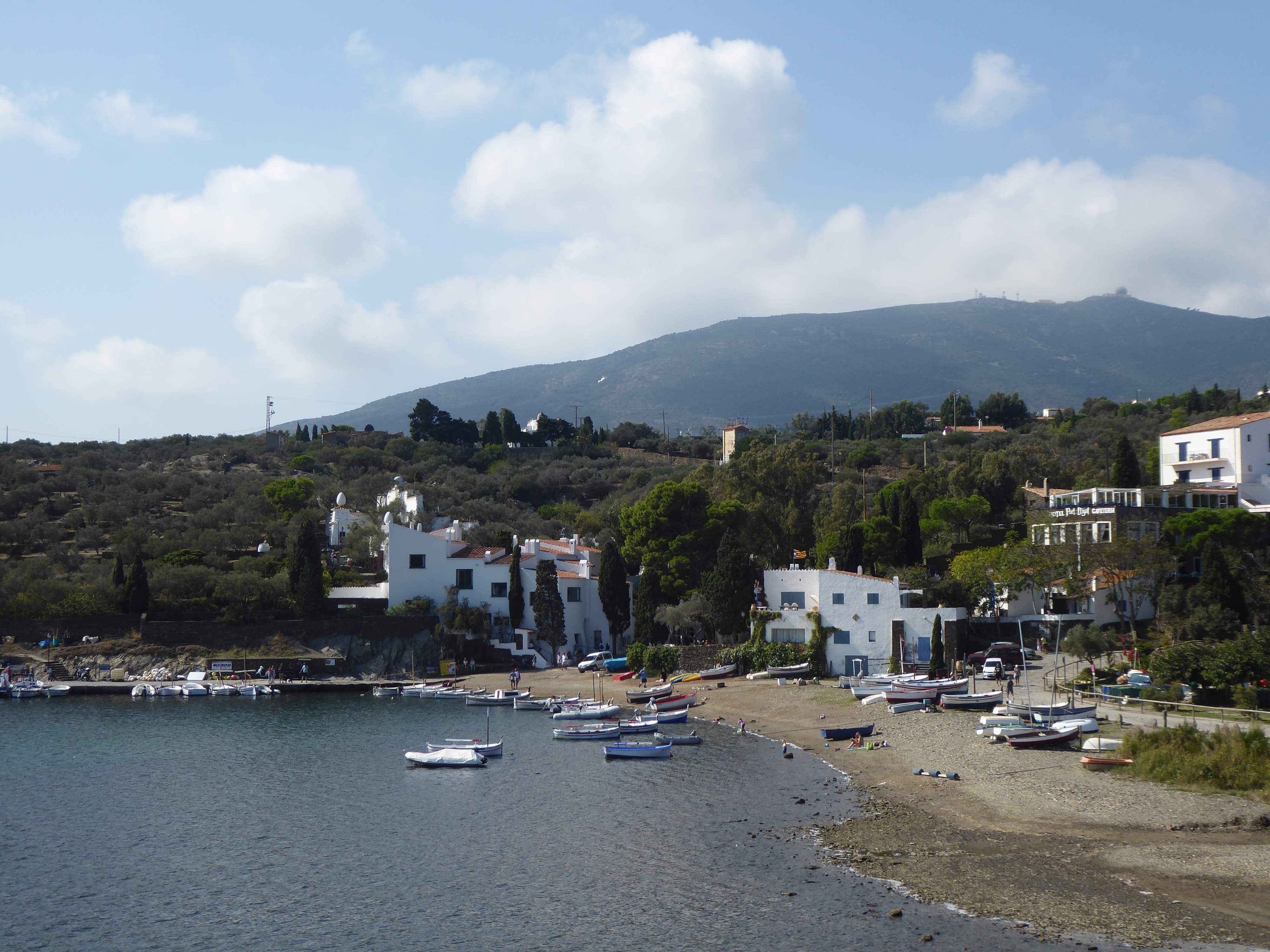
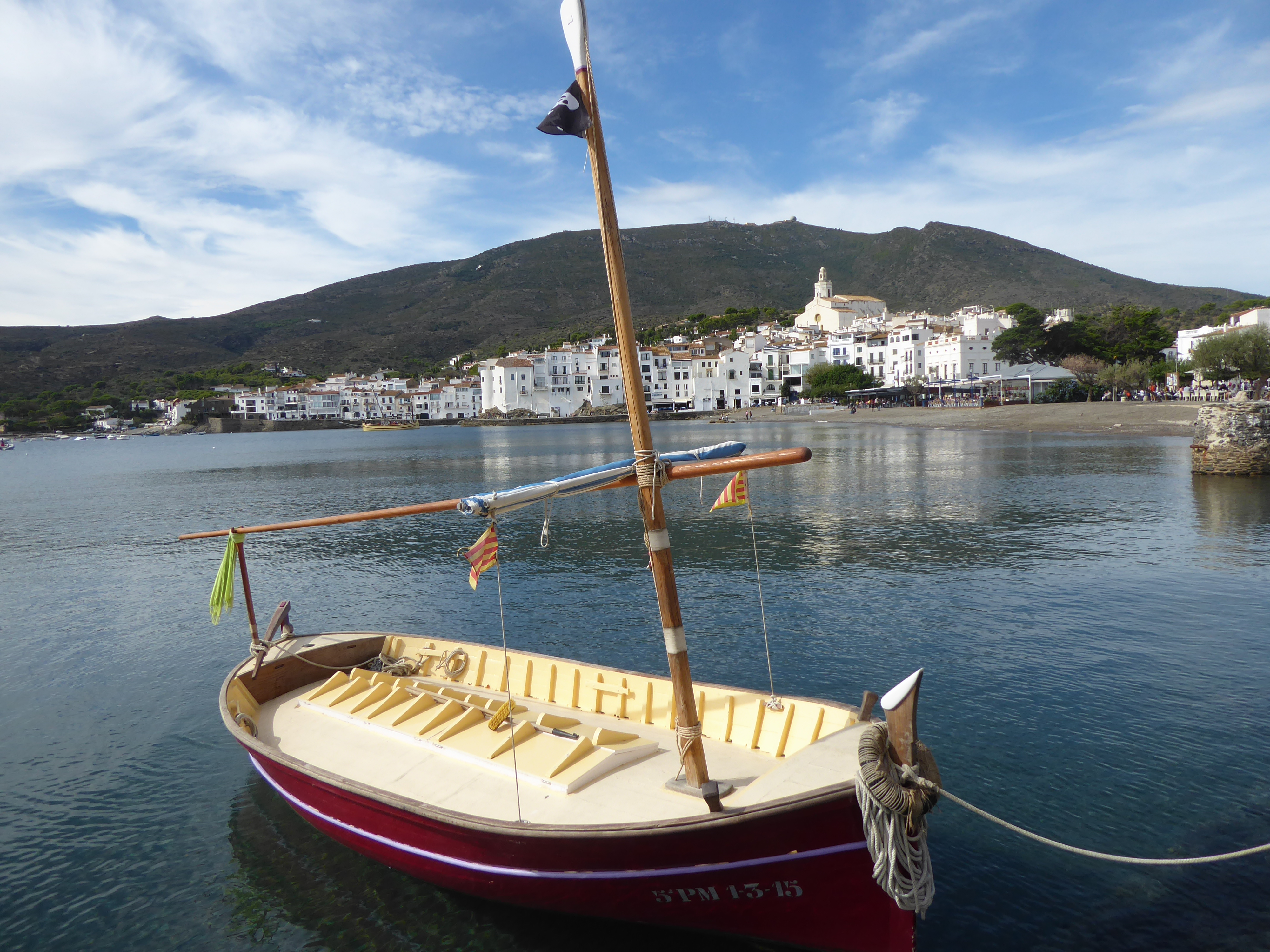
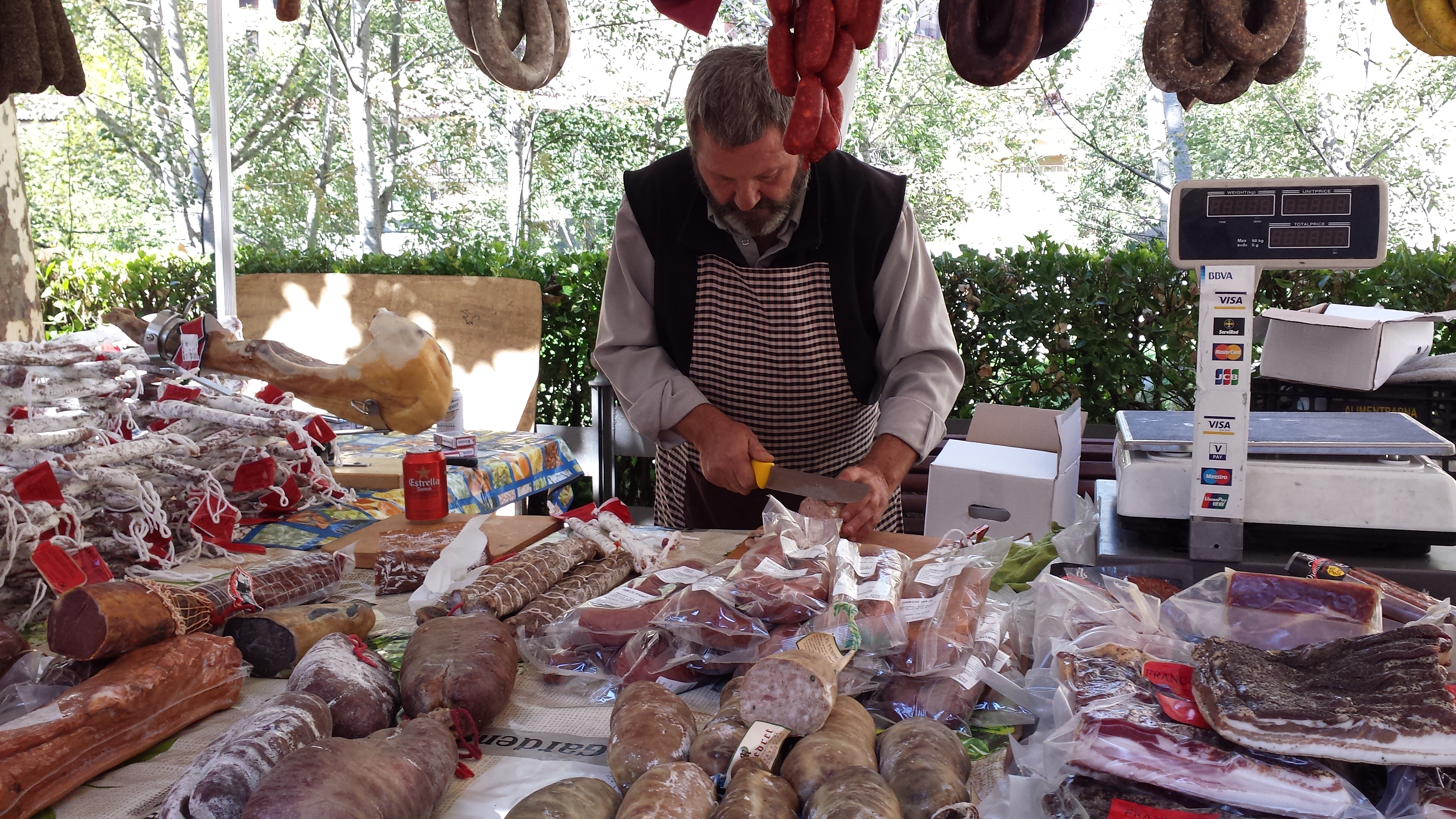
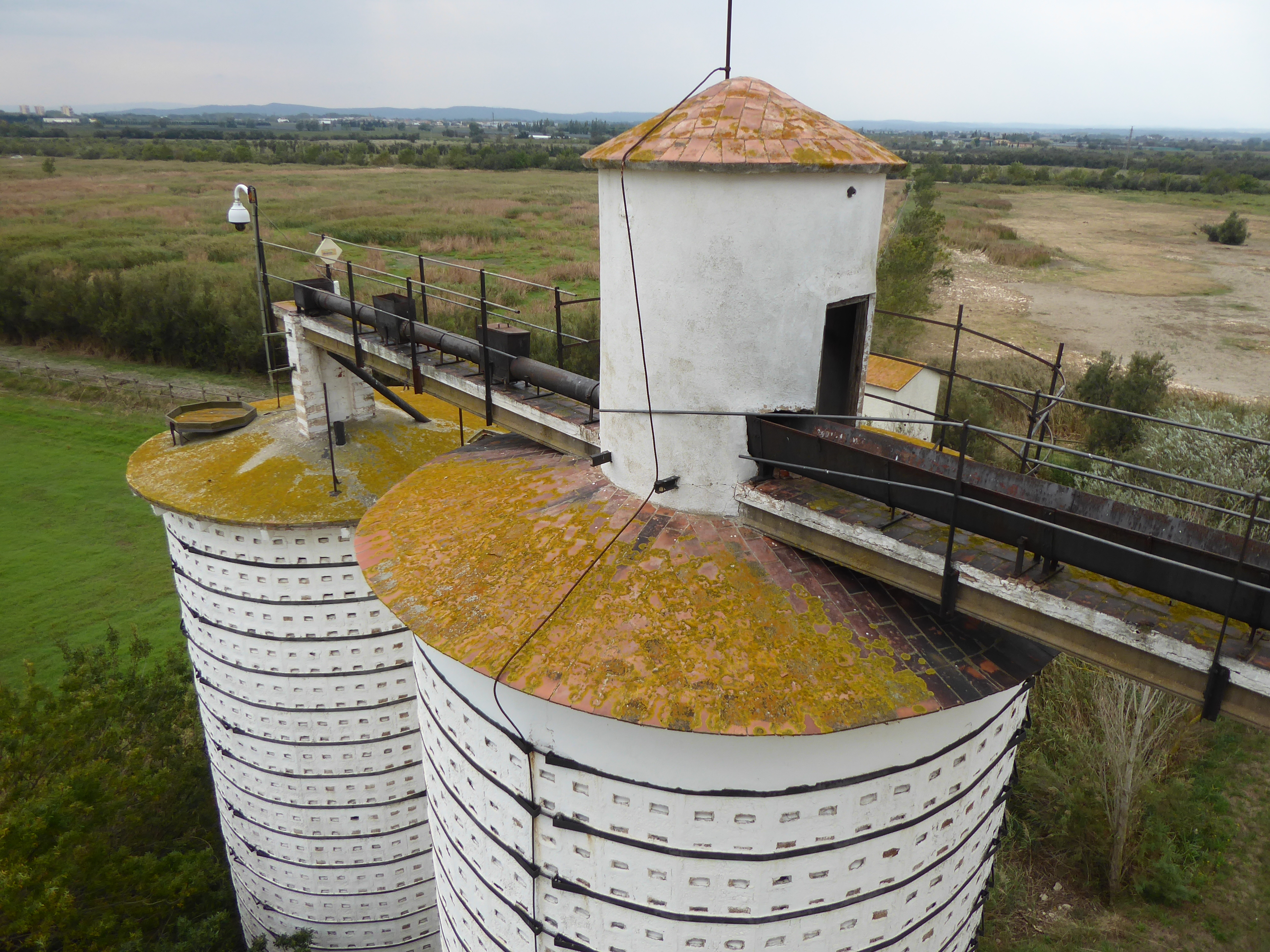
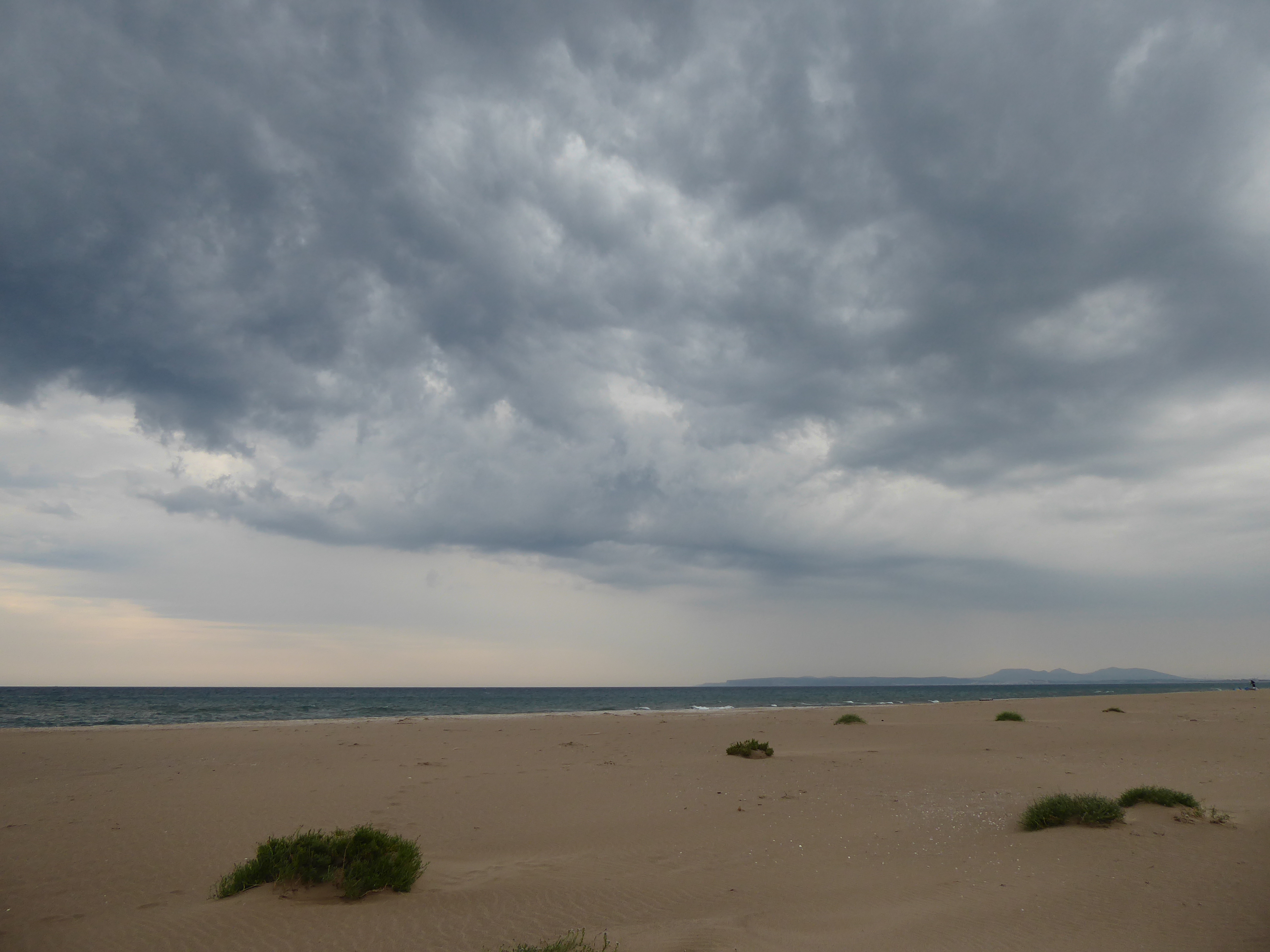
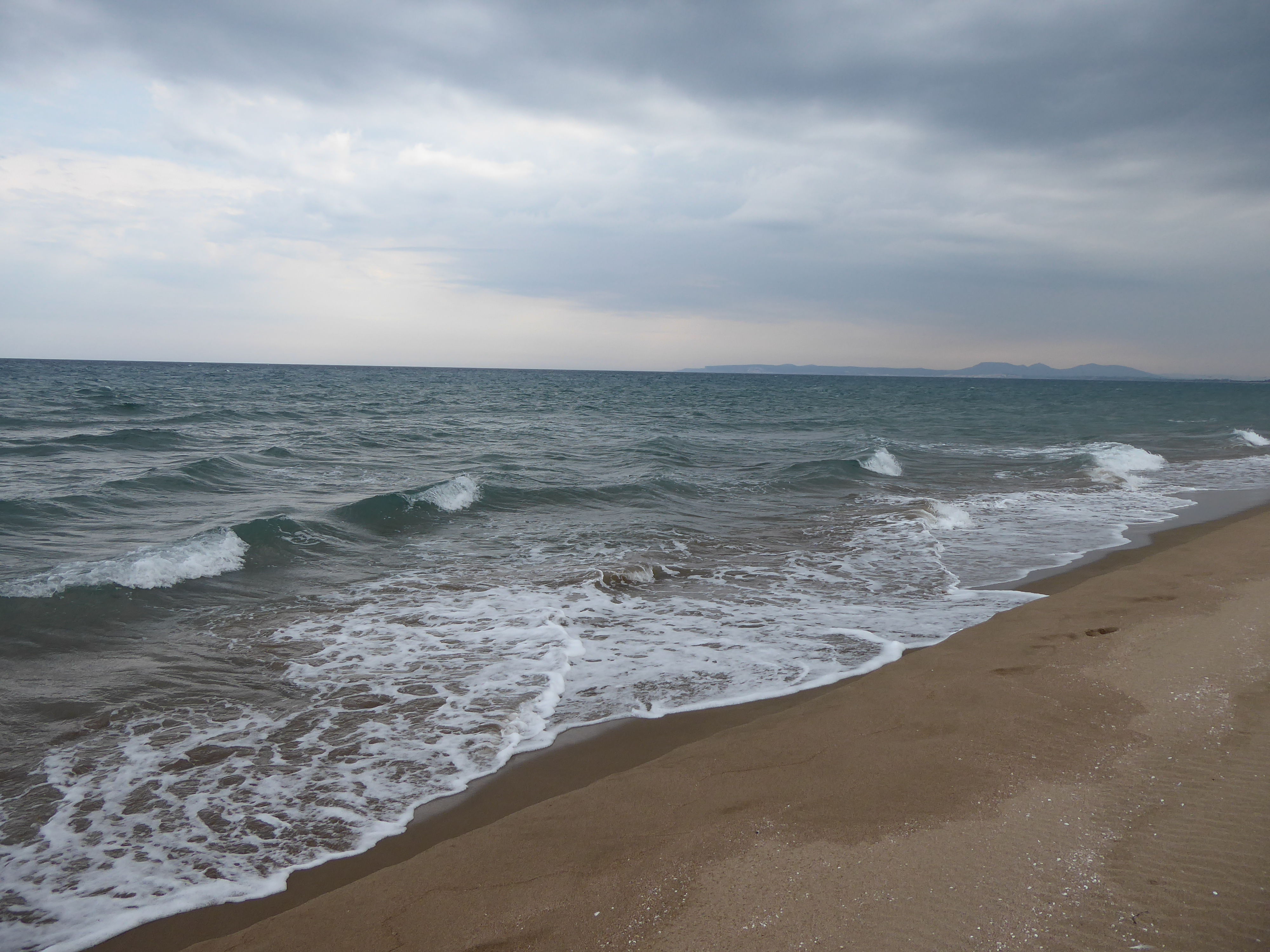
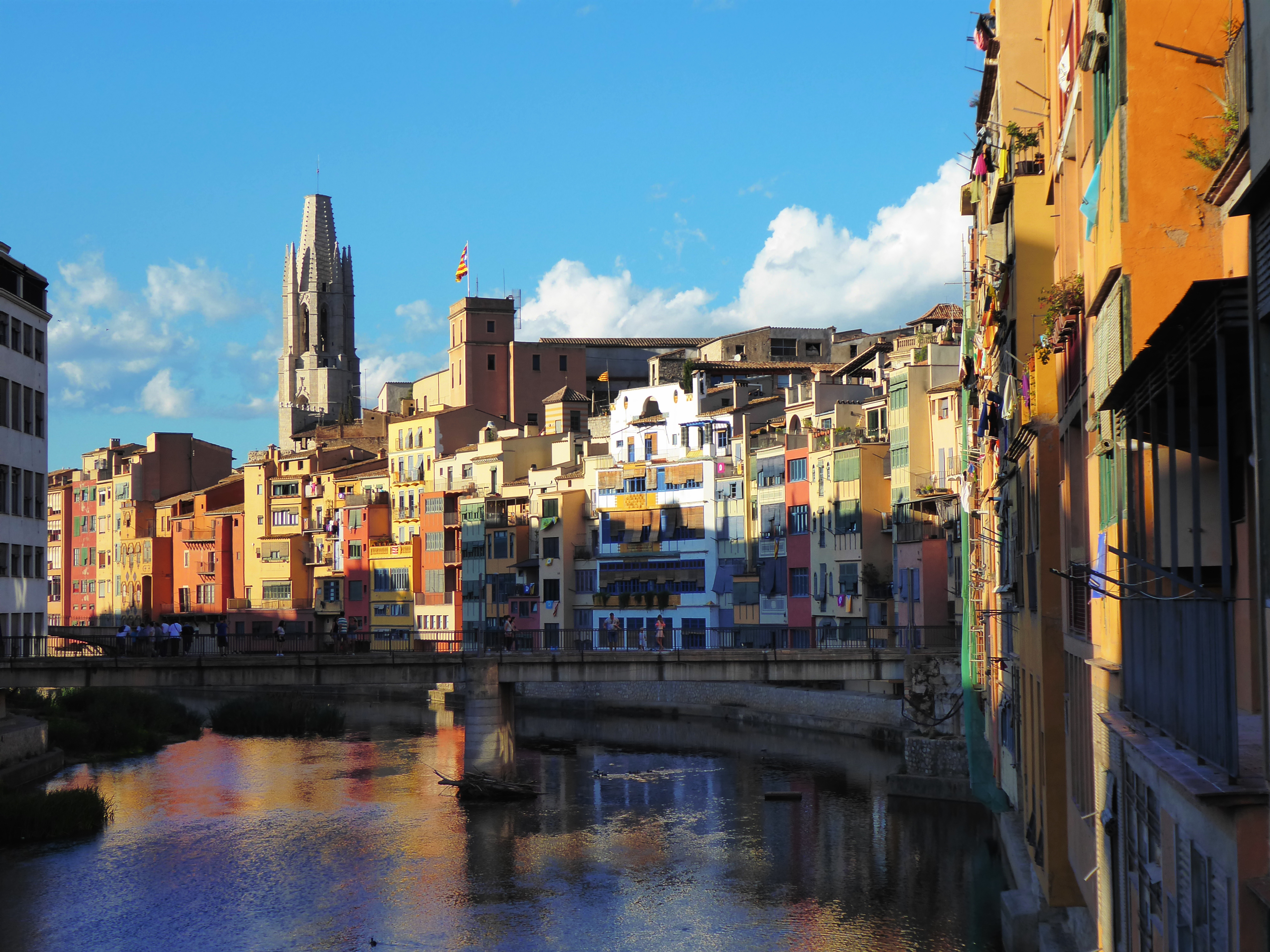
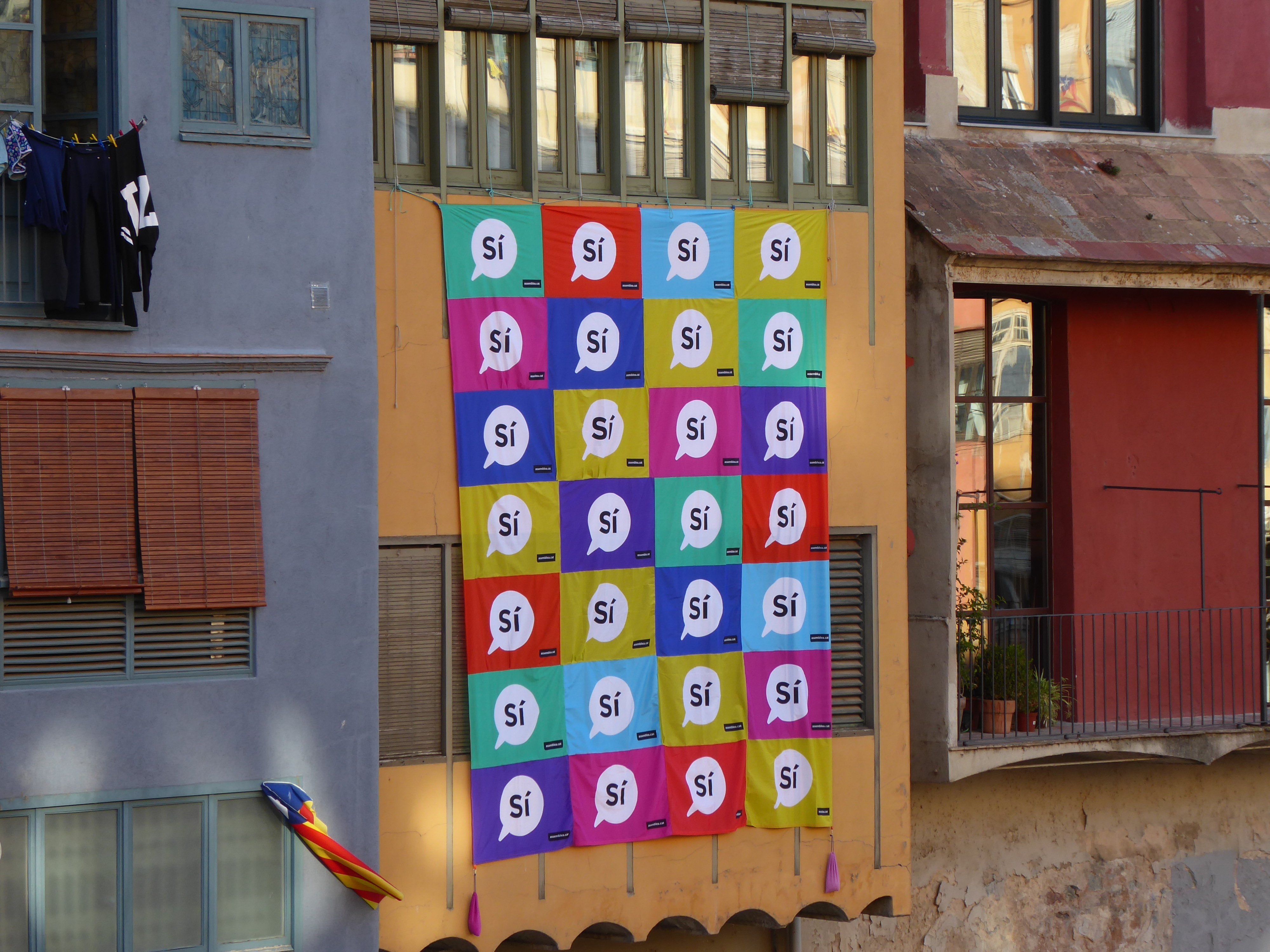
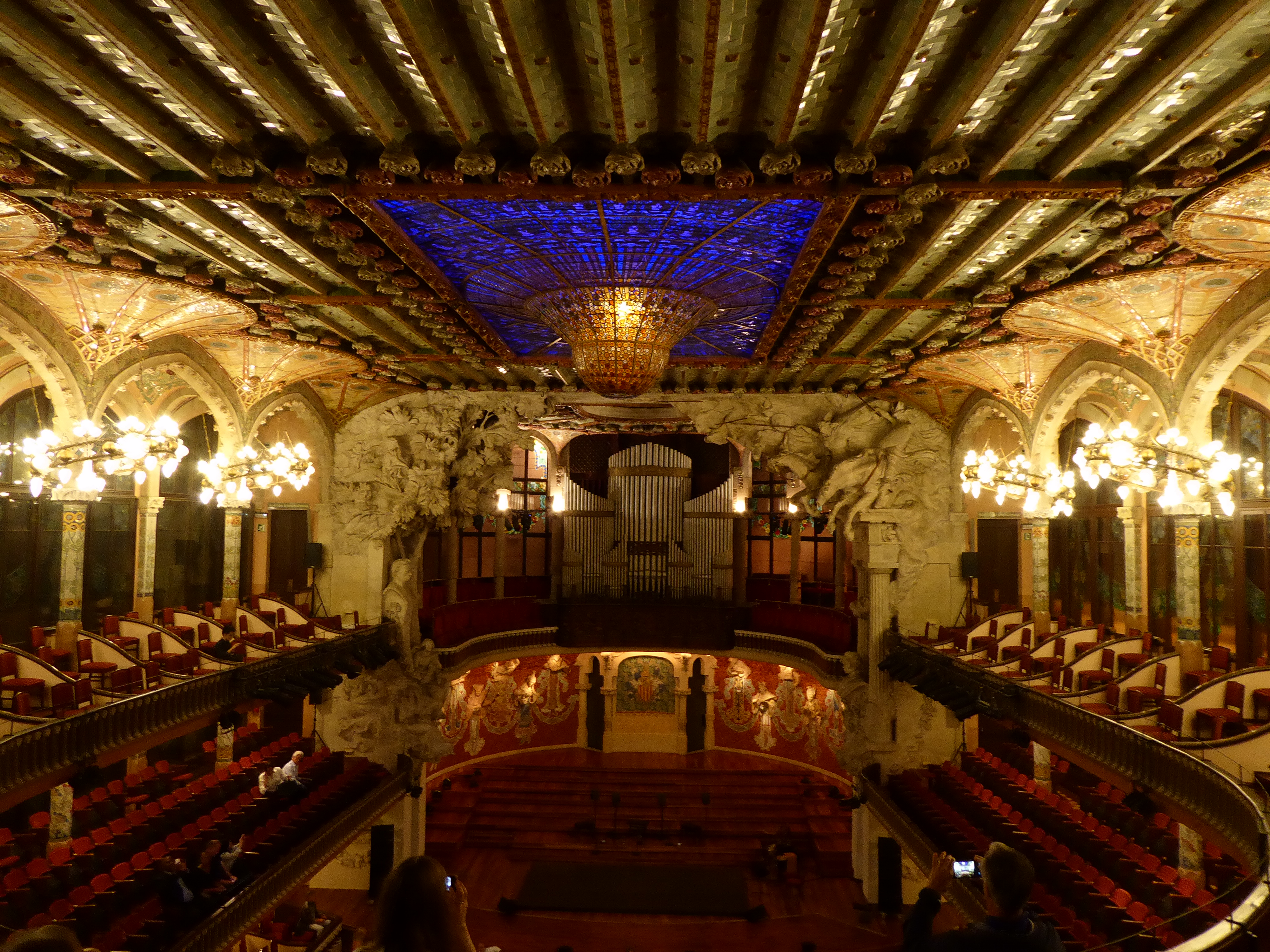
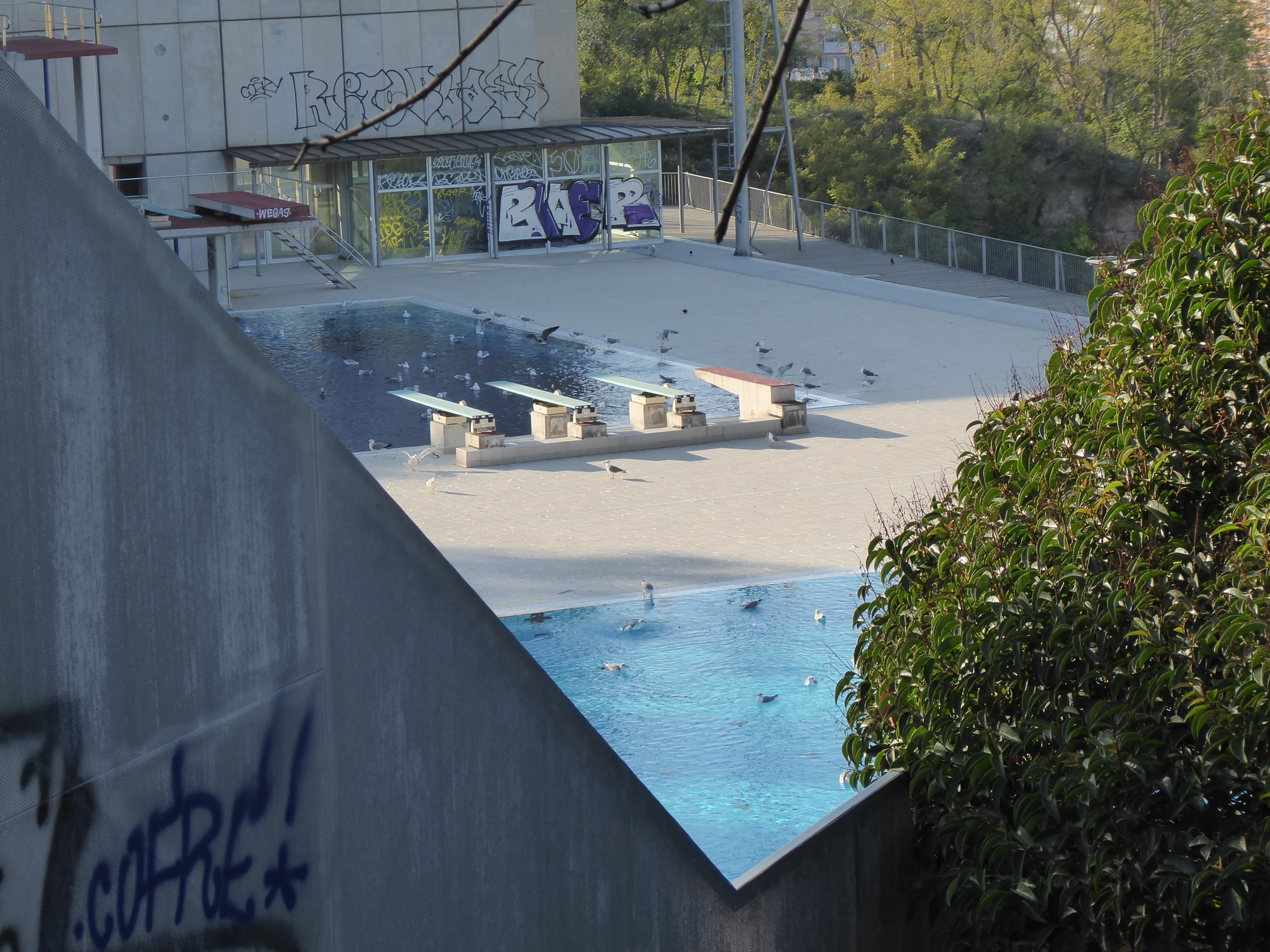
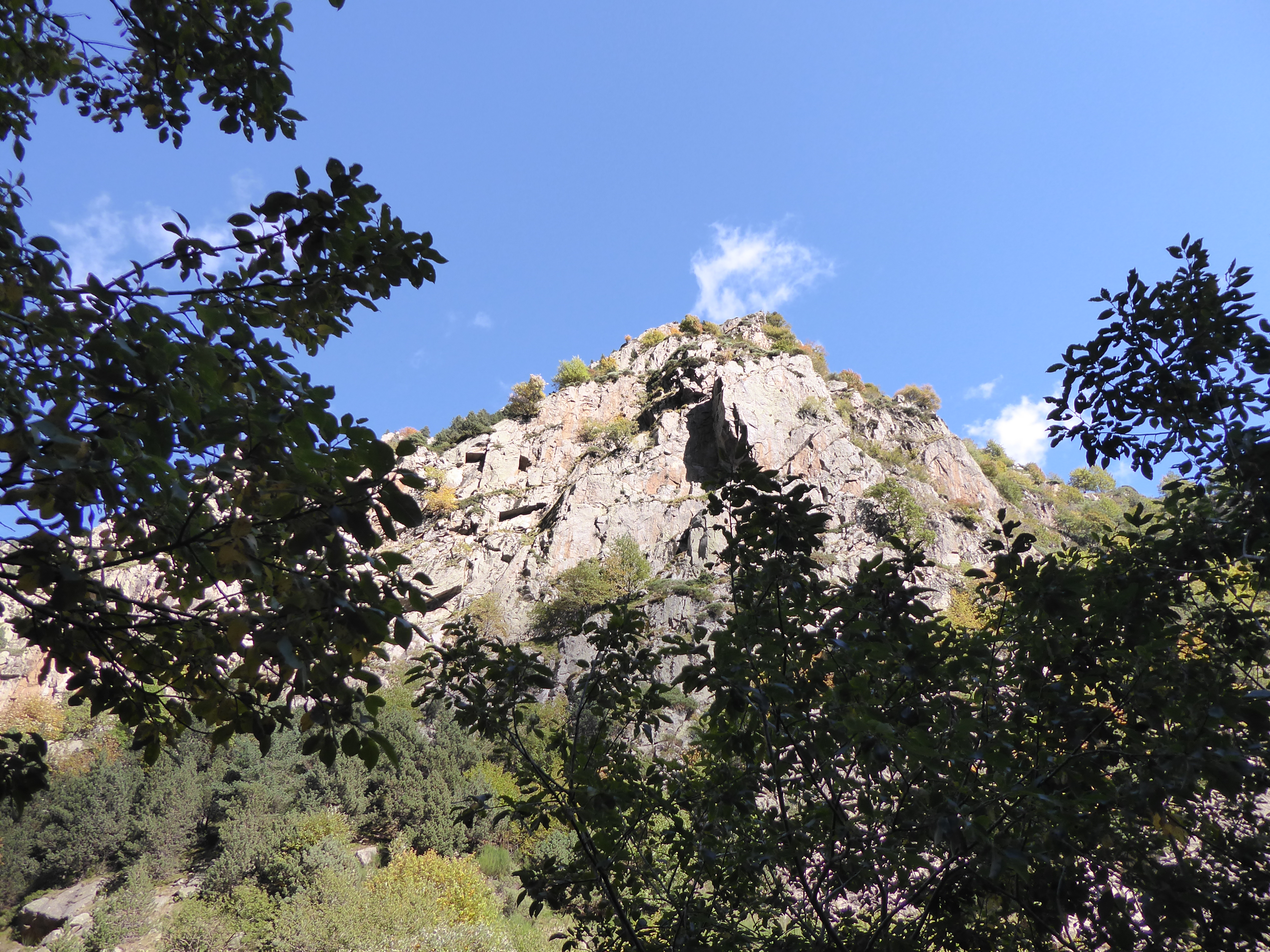
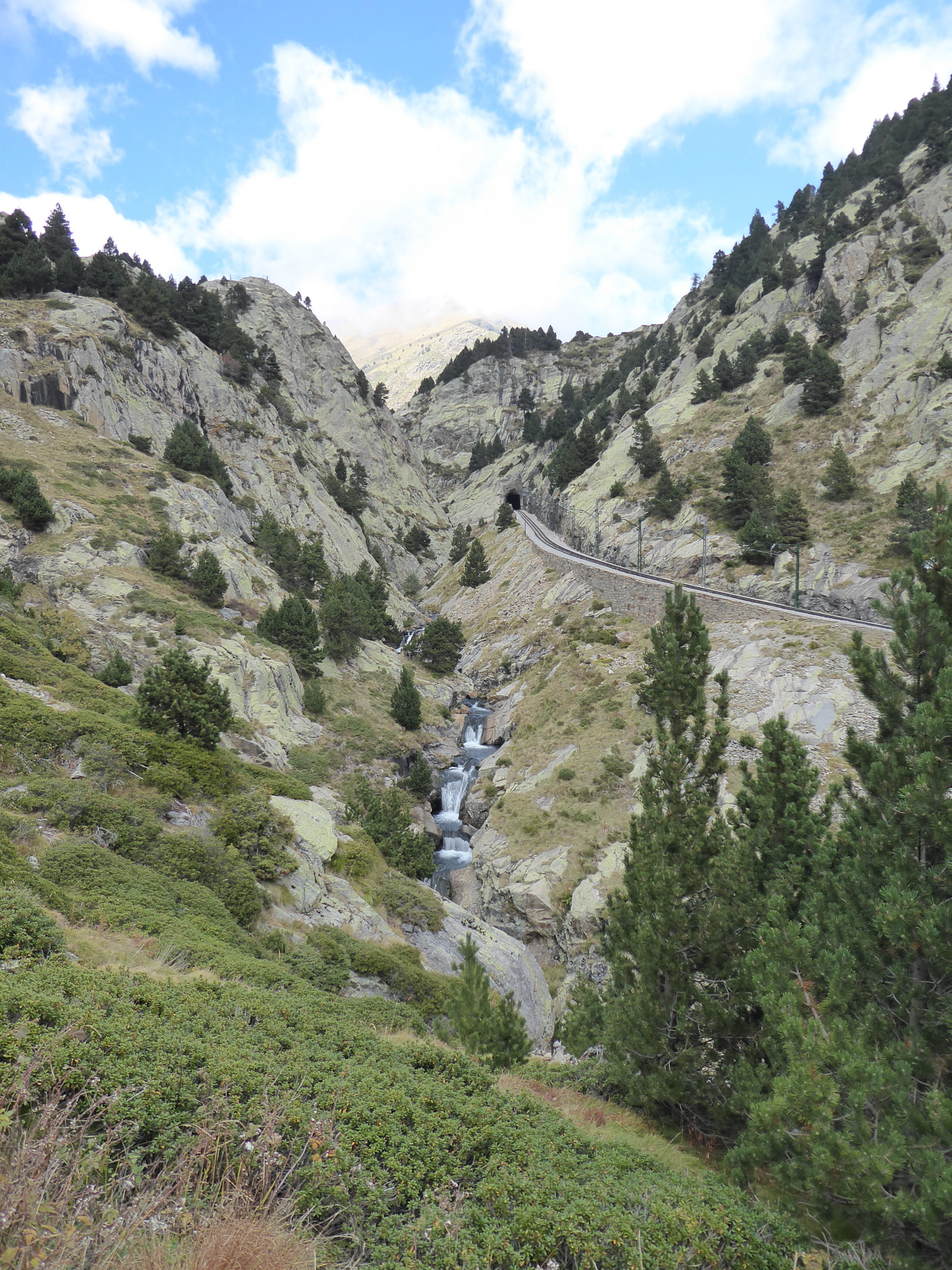
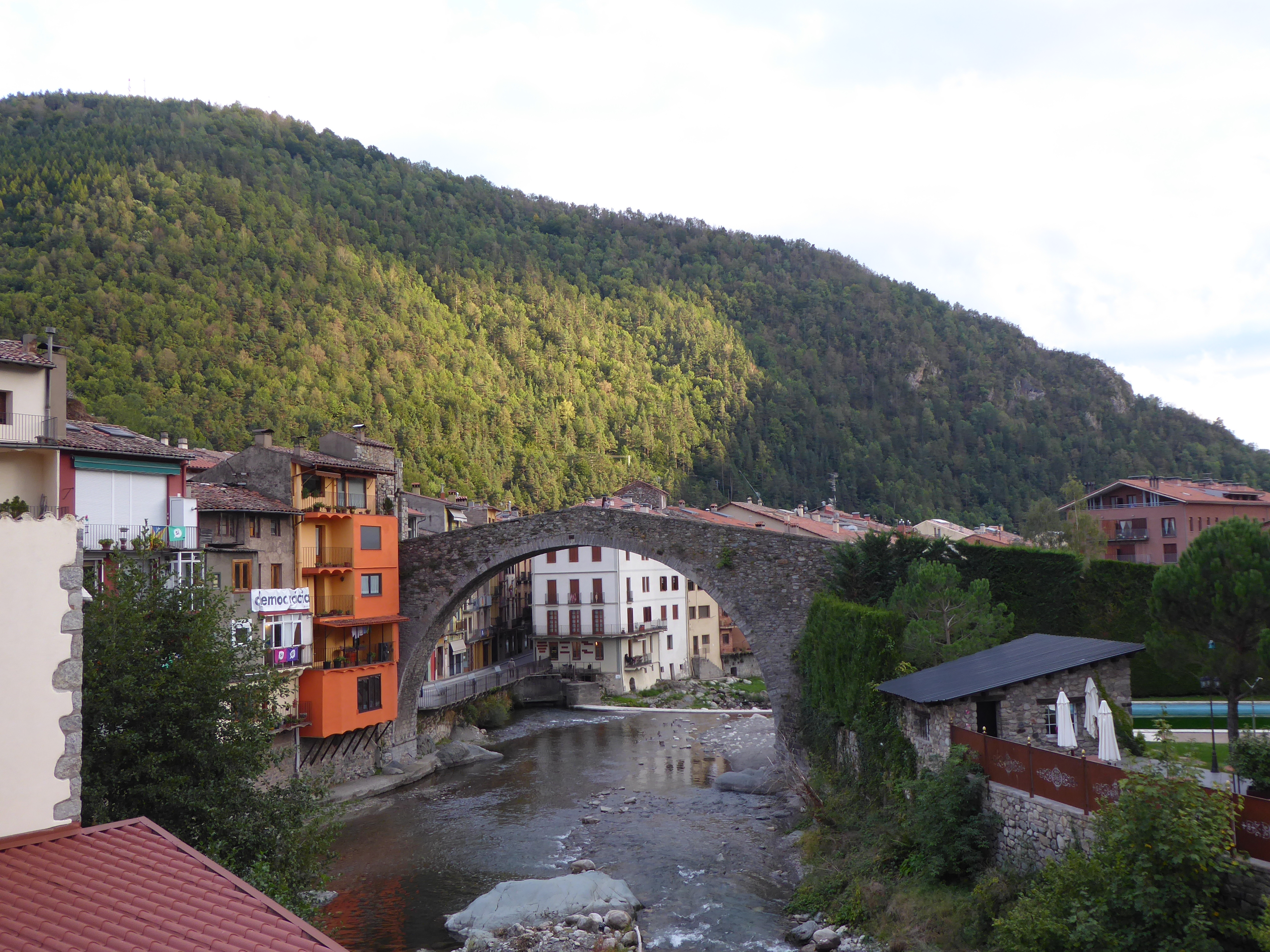
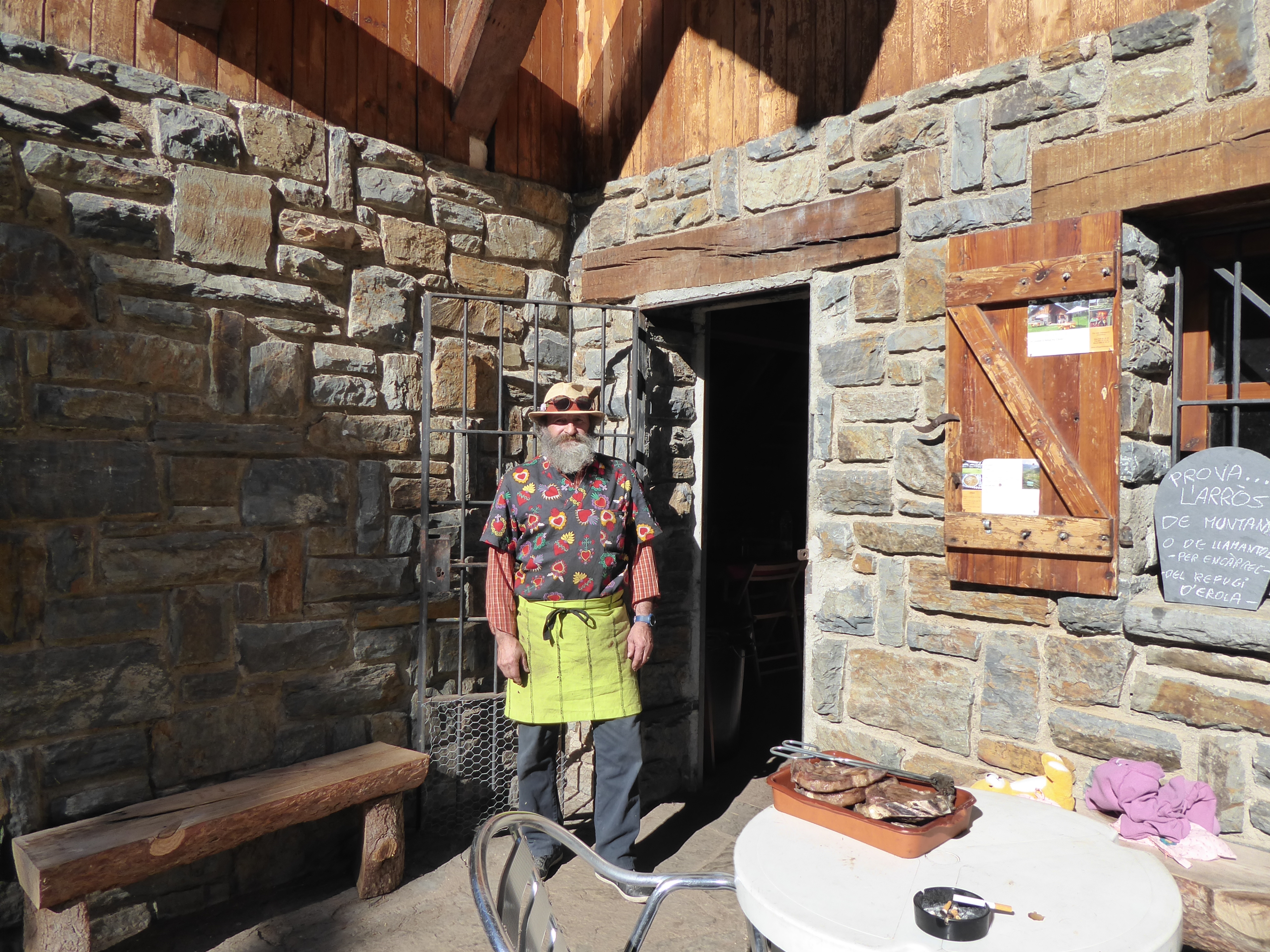
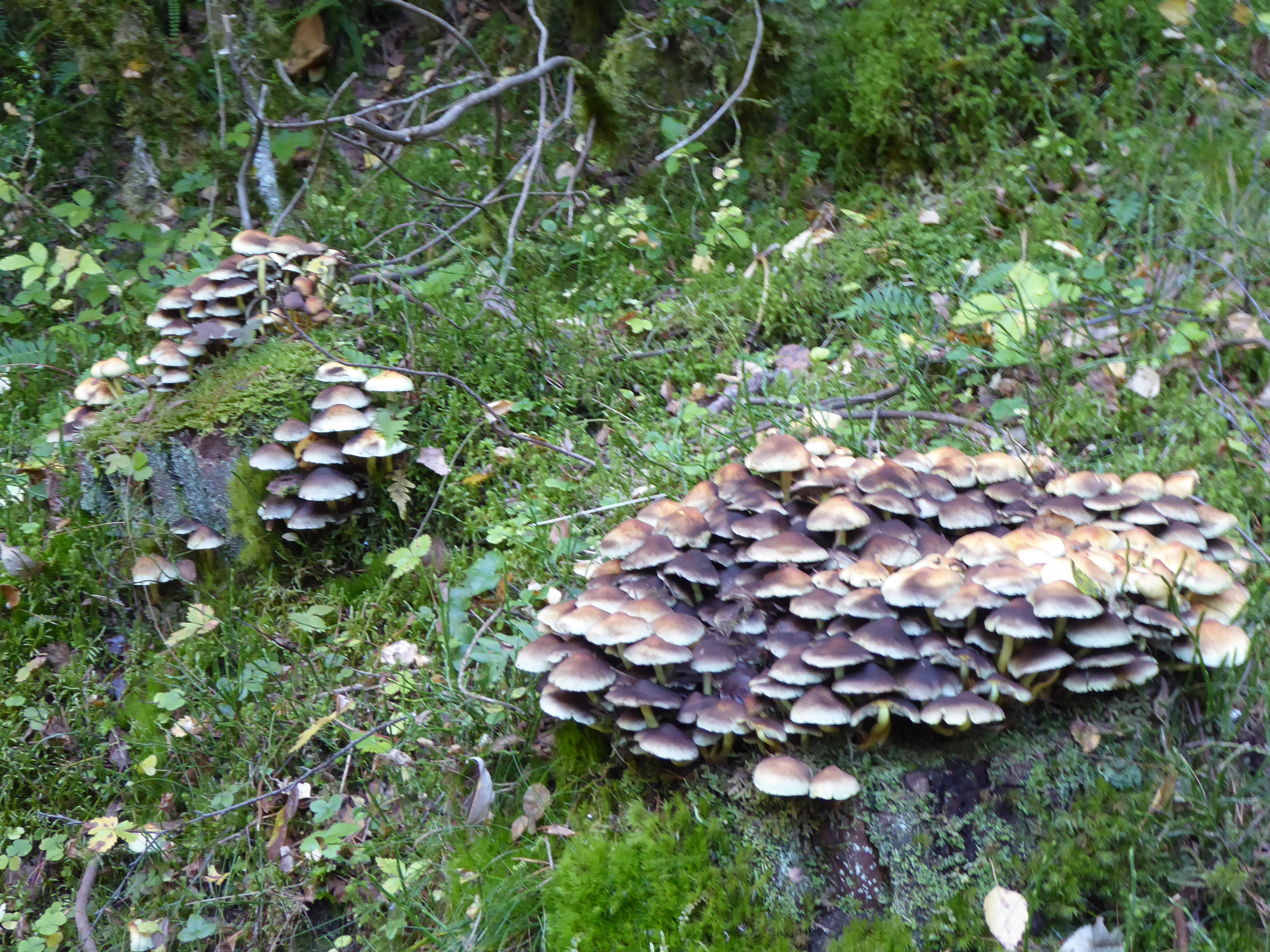
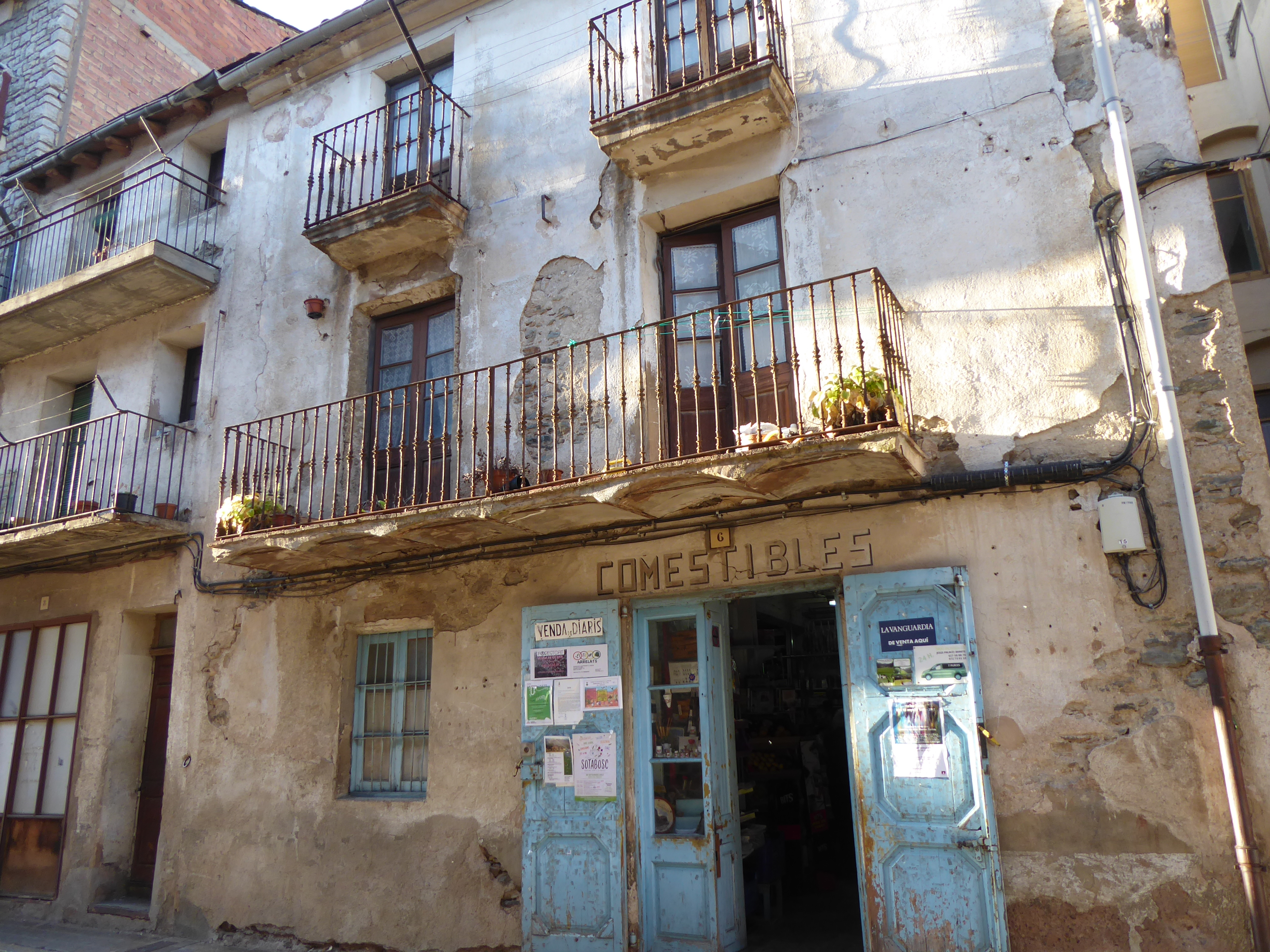
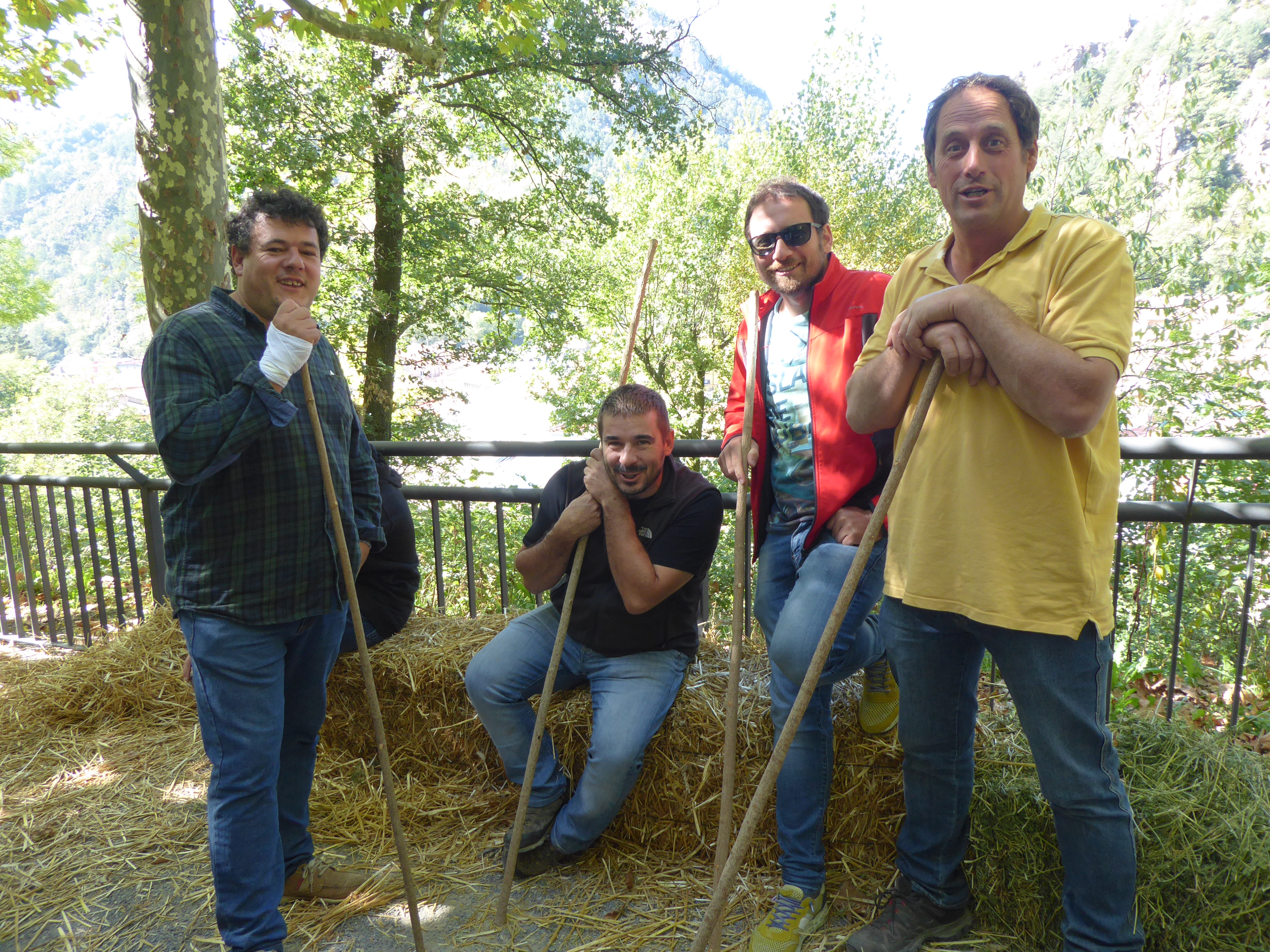
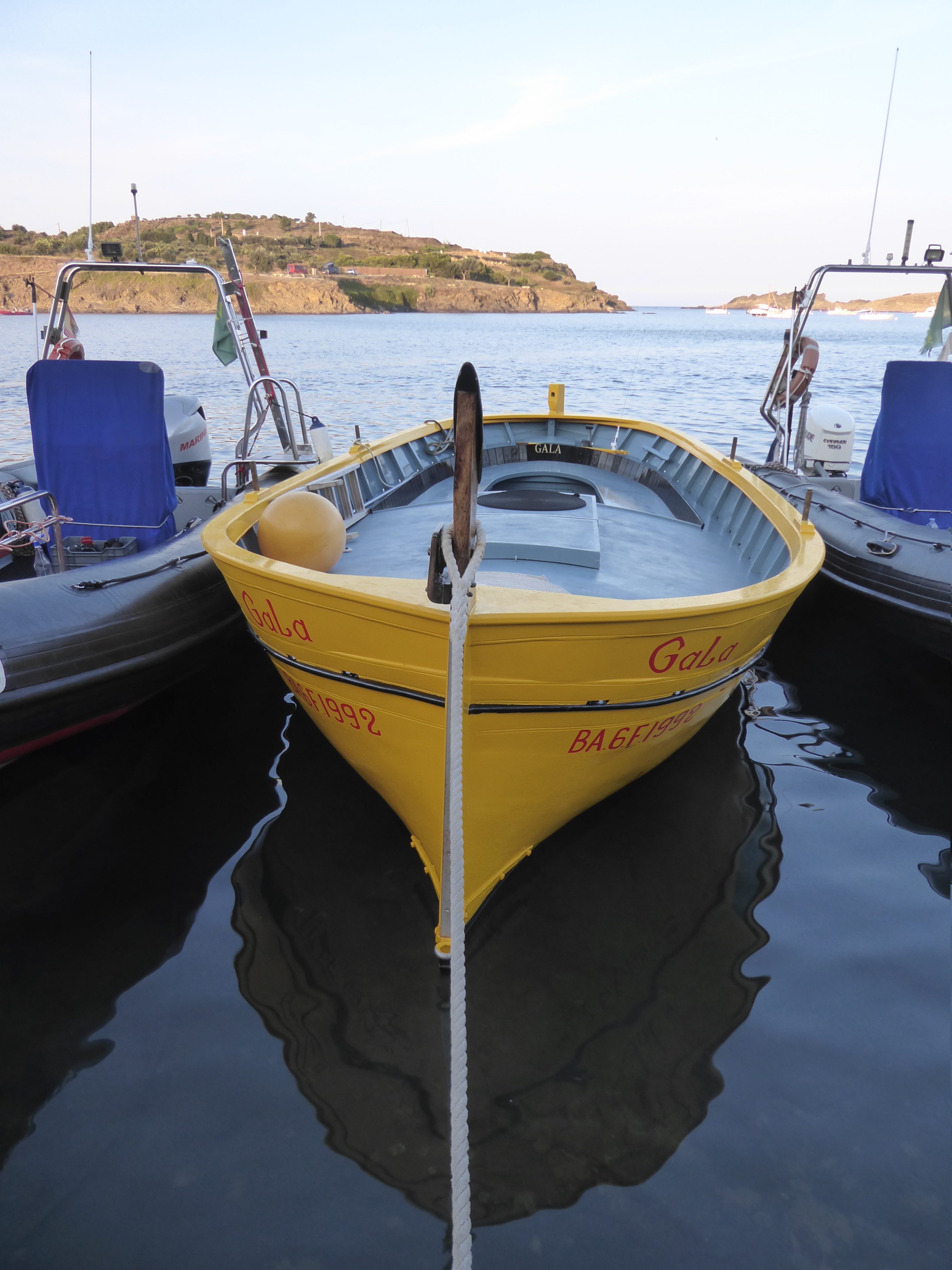
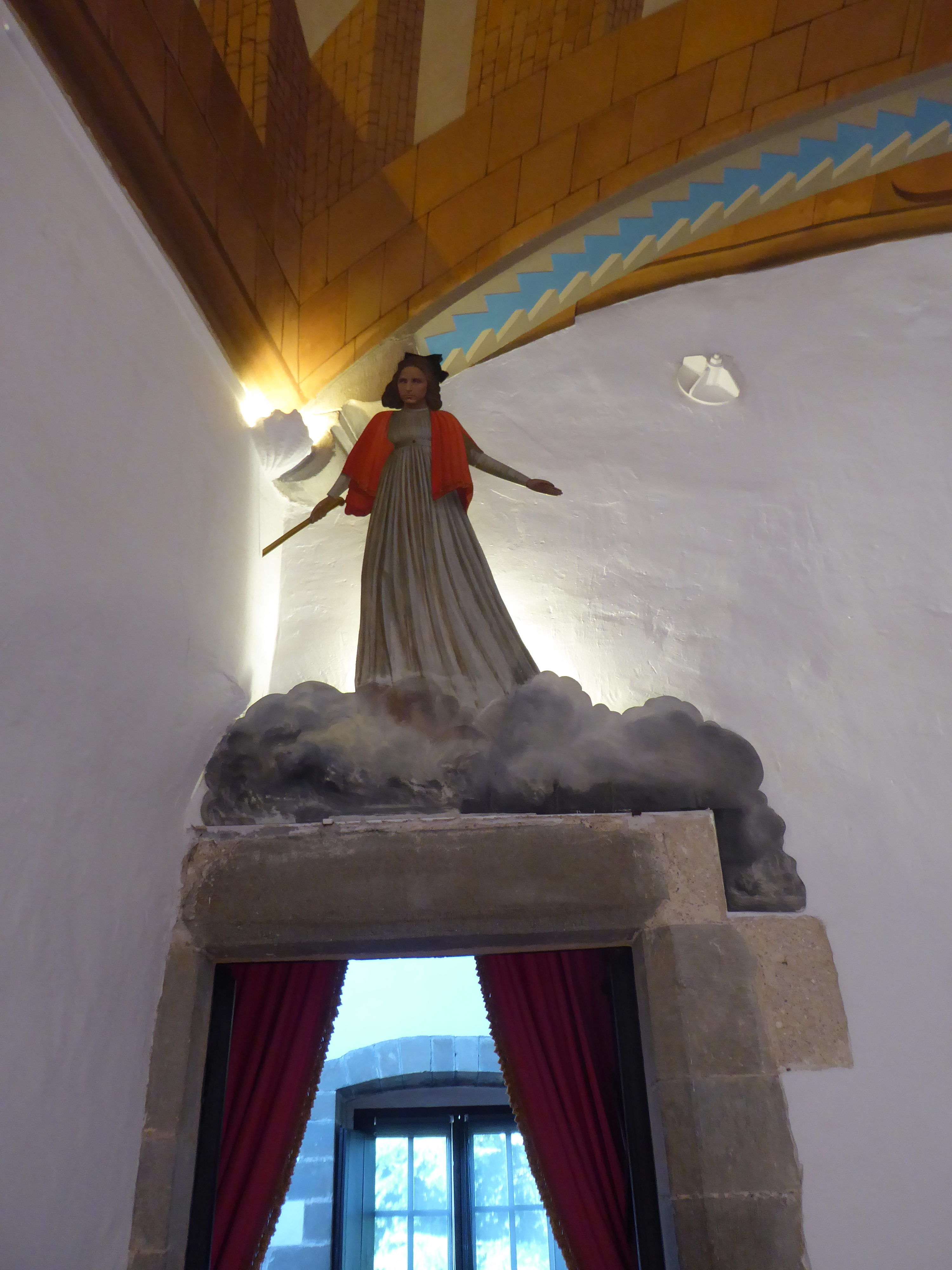
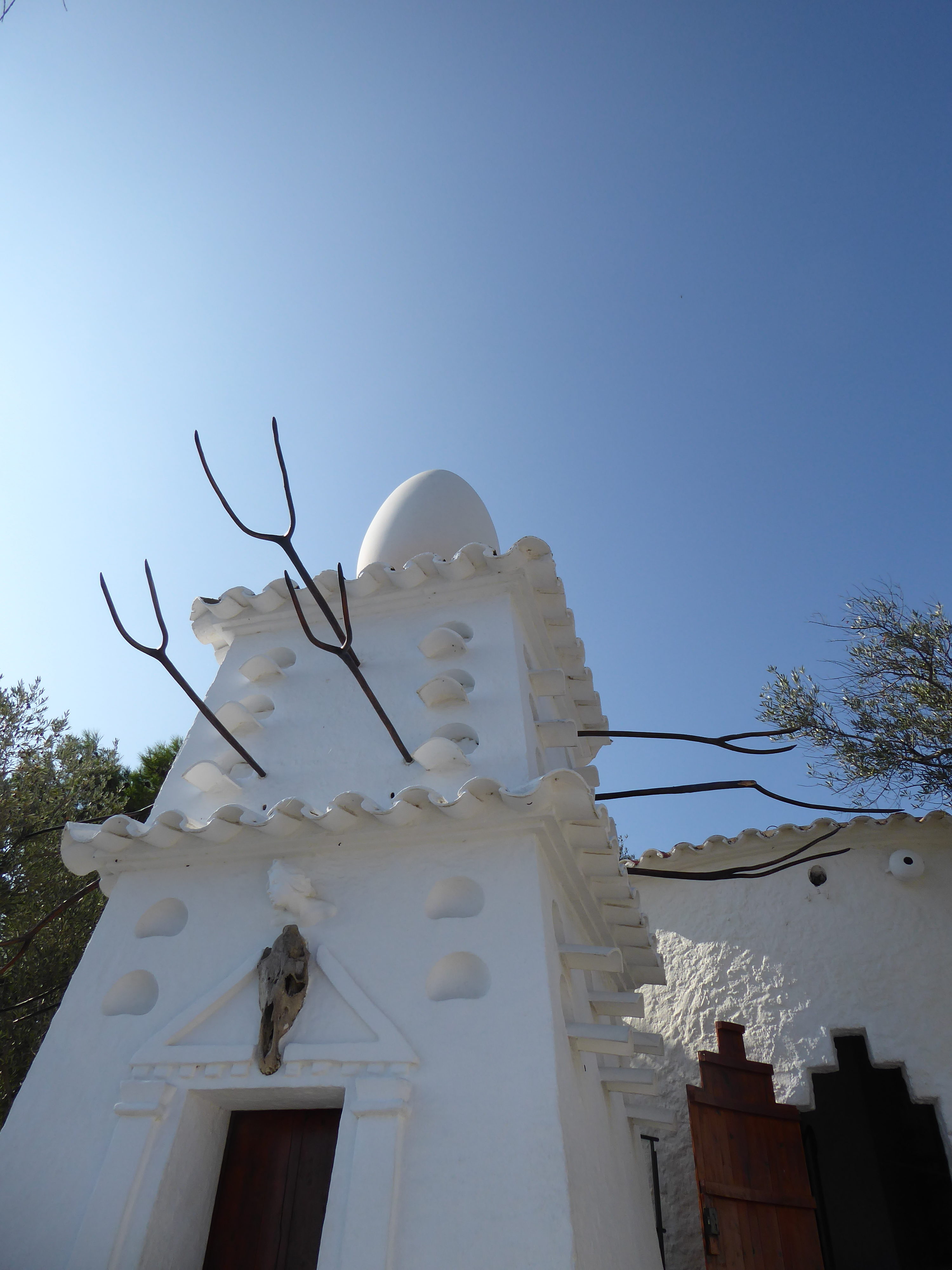 Dali and Gala’s home in Port LLigat
Dali and Gala’s home in Port LLigat